Varanasi, or what is colloquially referred to as Benaras, and more traditionally, Kashi, is inarguably the holiest city in India, located in the northern state of Uttar Pradesh. It is highly sacred pilgrimage destination for Hindus, with millions traveling there annually. Its main focal point, the Ganges River, is considered sacred, its waters perceived as washing away one’s sins. On an even grander scale, Hindus believe if one’s ashes are laid in this holy river, they may attain “moksha,” or liberation from the cycle of rebirth. Essentially its a possibility for a fast pass to heaven. The more holier the location one is cremated, before being laid in the Ganges, the more likely they are to attain moksha, with Varanasi having two main cremation sites for this.
Many will call Varanasi the oldest living city on Earth. Many will debate this. But I am here to say, that it was… without debate… amazing. I was fortunate enough to spend an action-packed three days inside this very old, vibrant, dense, historic, spiritual, and very much bustling with life (and death), city.
In addition to this post, the photos from my trip are also available in an album format, of just the photos themselves.
To see the standard length album of my Varanasi trip, containing the main 163 photos, click here.
To see the extended length album, featuring my full 283 photos, click here.
The extended length album contains a ton of extra content from my photographic journey, in addition to the photos found in the standard album. For those looking for an even deeper and more immersive feel, see what didn’t make the cut for the standard album.
Every photo featured on this post and in the albums can be viewed in full screen, and zoomed in to full resolution. This is especially helpful in a place like Varanasi, where the density of detail and action can sometimes feel like a Where’s Waldo of interesting things to look at. So please, zoom in and enjoy all there is to see.
Day 0 commenced late at night at the Varanasi airport, via my new favorite-named airline, SpiceJet, chosen thanks to a cancelled IndiGo flight I received a couple hours earlier. Which I hear is normally the opposite in standard operations, between those two airlines.
I happened to be traveling during the Indian wedding season, and apparently Sunday nights are party time in Varanasi. My first welcome into the city was met with at least a handful of wedding celebrations taking place throughout the streets, as I traveled from the airport to my Airbnb by taxi. Brides were being escorted atop highly decorated carriages, with the sheer quantity of partygoers seeming to be in competition with the equally impressive number of lights decorating the venue. Not to mention the music, and overall elation and celebration at each I passed by. Sadly I took no photos along the way, but experiencing this on my ride in, was an unexpected treat. After meeting my Airbnb host, it was off to bed to wake up early and experience Varanasi.
Day 1 began by heading straight to the Manikarnika Ghat, the most popular cremation ghat in Varanasi. Not only is it one of the oldest ghats in Varanasi, it is specifically mentioned in a Gupta era inscription from the 5th century. It operates 24 hours a day, cremating around 250 bodies daily, out in the open along the banks of the Ganges. It is safe to say that you will encounter what can be some pretty intense sights and senses at these cremation sites. I’ll spare anything sensitive in this post, but the extended album does have some additional photos. I do also include a few more photos from here, further down, as I did visit it later on another day.
Here are some of the sights in and around the Manikarnika Ghat area, from that morning.
Afterwards, the remainder of the morning was spent walking up and down the banks of the Ganges, observing and photographing the immense amount of activity taking place (spiritual and otherwise), the different forms of commerce, and the infinite and interesting people amongst it all.
The afternoon and into the evening centered around the area of Assi Ghat, located where the Assi River meets the Ganges. This area is a very popular tourist and pilgrimage destination, hosting morning and evening rituals, including the famous Ganga Aarti (more on that later).
The Ganga Aarti ritual is performed every night at Assi Ghat. It is also performed more notably at Dashashwamedh Ghat, which I visited the following night. I’ll talk more about it, then, but here are a few from the Ganga Aarti performed at Assi Ghat, on this evening.
Day 2 started early again, heading off on the back of a motorbike, through the narrow streets and alleyways, as Varanasi emerges for a new day, grabbing a chai from one of the many stalls serving chai out of disposable clay cups, along the way. The Ganges River is where so many people start their day here, either through morning worships, bathing in the river, or other practices. One noticeable example of this, is this boy’s school, who performs yoga on the Ganges during sunrise, every morning, with their colorful uniforms matching the vibrancy of the sun emerging from behind them.
The sunrise coming up over the very-busy Ganges River can be quite amazing.
Many people start their day by praying on the river’s edge.
Here are some of the sights and people encountered on this morning, alongside the Ganges.
After exploring around the edge of the river for quite some time, it was then deeper into the endless maze of narrow alleyways that blanket the city. Here is what I found inside these alleys, and some of the people met.
In the middle of the day I headed out to Sarnath, which is a town located about 5 miles (8 km) outside of Varanasi, a UNESCO world heritage site, and are highly sacred Buddhist grounds, with many pilgrimaging to it. It is the location where Buddha gave his first sermon, as he had experienced enlightenment here in the weeks prior.
Nearby is the Wat Thai Temple, home to a 80-foot tall Buddha statue. This giant statue, and corresponding temple, are located on the 2.5 acres of beautiful fountain-filled manicured gardens, occupied by the orange-robe-wearing monks navigating around the temple compound.
If you do find yourself in Sarnath, and prefer the idea of one of the guides showing you around the area instead of doing so on your own, be warned, they will always end the tour with taking you into a tourist trap shop, to try and hard-sell you some decorative silk. While this stop was brief, as I was not in the market for silk, it did give the option to take a couple photos of the process.
After returning back to Varanasi via taxi, it was straight to the banks of the Ganges again for the evening, as the main Ganga Aarti performance was going to take place at Dashashwamedh Ghat. Anywhere from hundreds to tens of thousands of people attend this ceremony each night, as it is performed nightly all year long. While it is a deeply religious ritual, it is also highly touristic, with it being the main draw for people visiting from across India and beyond. As 6pm grew closer, more and more people gathered for the evening’s attraction.
The Ganga Aarti is a ritual performed at dusk, with Hindu devotees congregating to pray and offer reverence to the river goddess “Ganga.” The “Aarti” is in reference to the waving around of a lighted ornate oil lamp. During the ceremony, priests chant hymns, ring bells, and wave these lit lamps around. Not only is it powerful and meaningful to those who follow Hinduism, it is quite a feast for the eyes, and in this instance, my camera.
Day 3 began with something that every person needs to do, if they find themselves in Varanasi. A sunrise boat ride on the Ganges. The sky on this morning put on a show, with the sun briefly passing through a small pocket in the clouds.
If you are wondering where to find a boat captain to take you out, you will literally be approached by a new one, about every 30 seconds as you walk down the river. With the number of tourists flocking to this special river, there is great opportunity for anyone with a boat to capitalize, so they will inevitably find you.
Once on the Ganges, the views are breathtaking. The ancient city you had been walking amongst in the days prior is now an incredible backdrop, made only more vibrant and beautiful as its illuminated by the rising sun. This allowed for a whole new view not only of the buildings, but of the people worshiping and starting their day in or next to the river. Bathing and drinking from this river is seen as highly spiritual, with many believing doing so will cleanse their soul, leading to spiritual purification. This is a long-held and practiced belief, but due to the high pollution of this river, it has become rather unsafe to do so.
I ended by time in Varanasi where I started it, at the Manikarnika Ghat, the centuries old sacred cremation site. Most Hindus dream of this location being the end of their journey in life, so it felt fitting to end my journey to Varanasi specifically here. As with my initial experience, being here elicits multiple sensations and feelings. Cremations start around 3,000 rupees ($35), with the price increasing depending on the decorations you want to include, and the quality of the wood to be burned along with the body. After burning, the remains are brought down to the Ganges, where they are released into the water directly.
That’s all for this three day trip to Varanasi. Again, here are the links to the album versions:
To see the standard length album version, click here.
To see the extended length album version, click here.

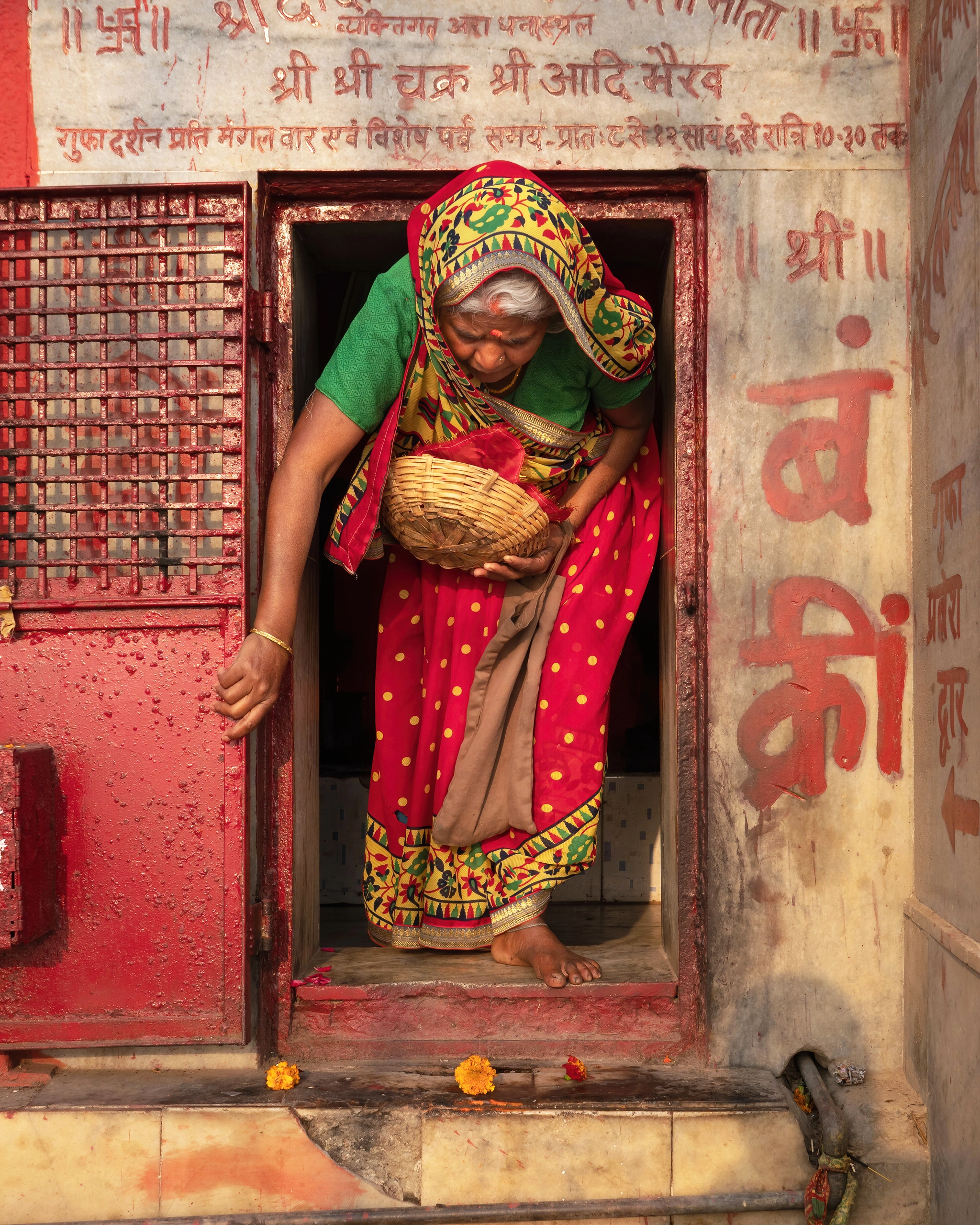
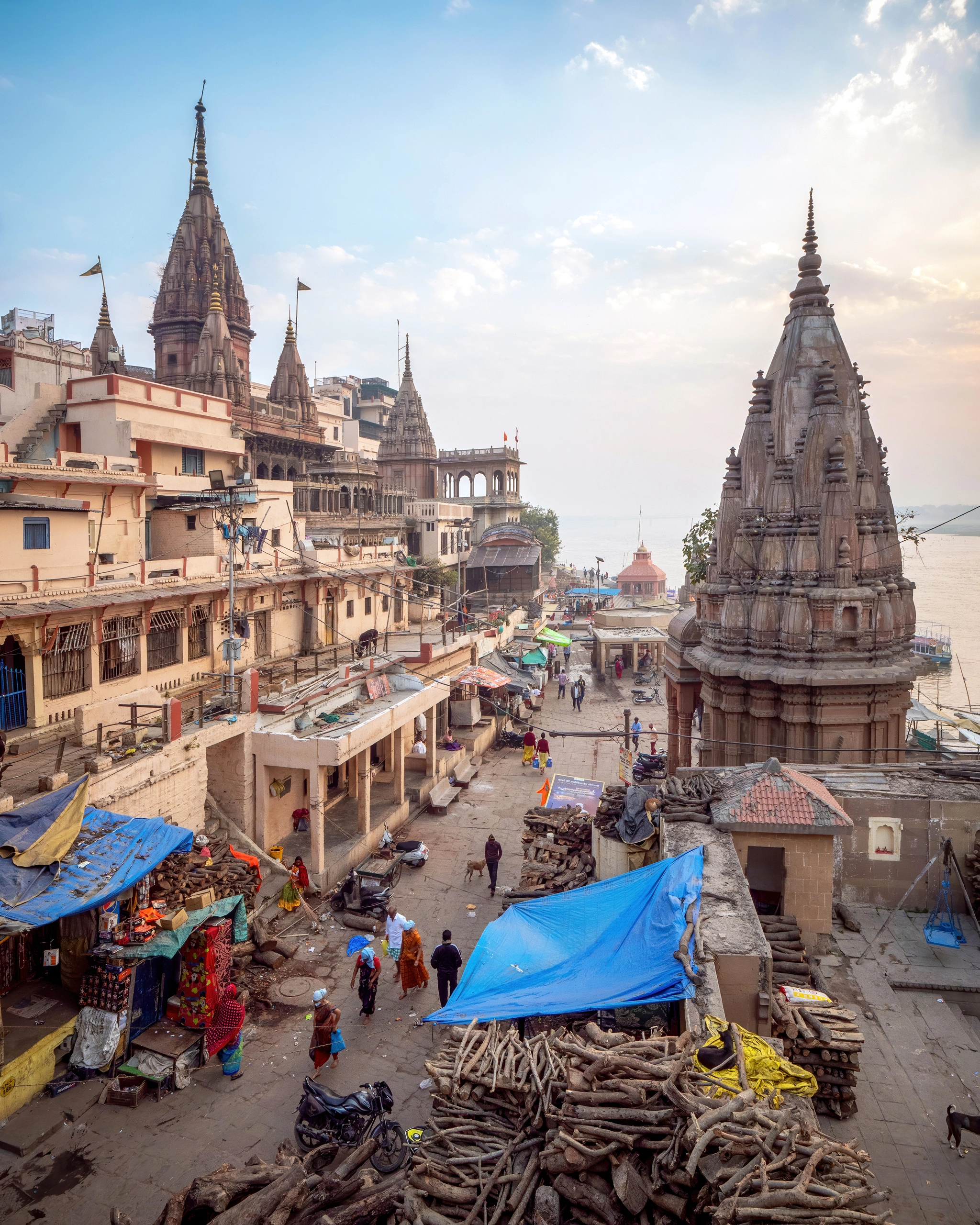
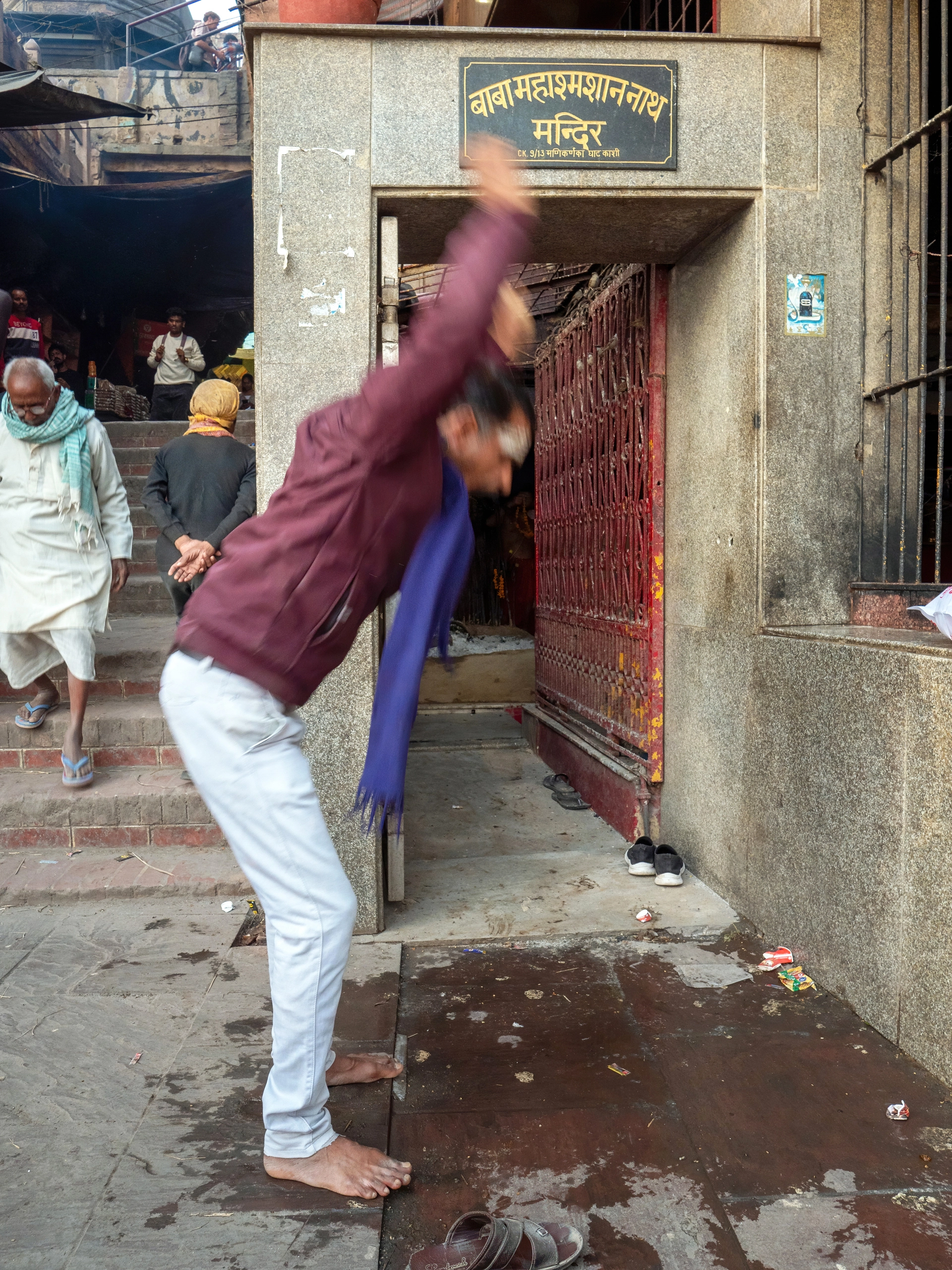
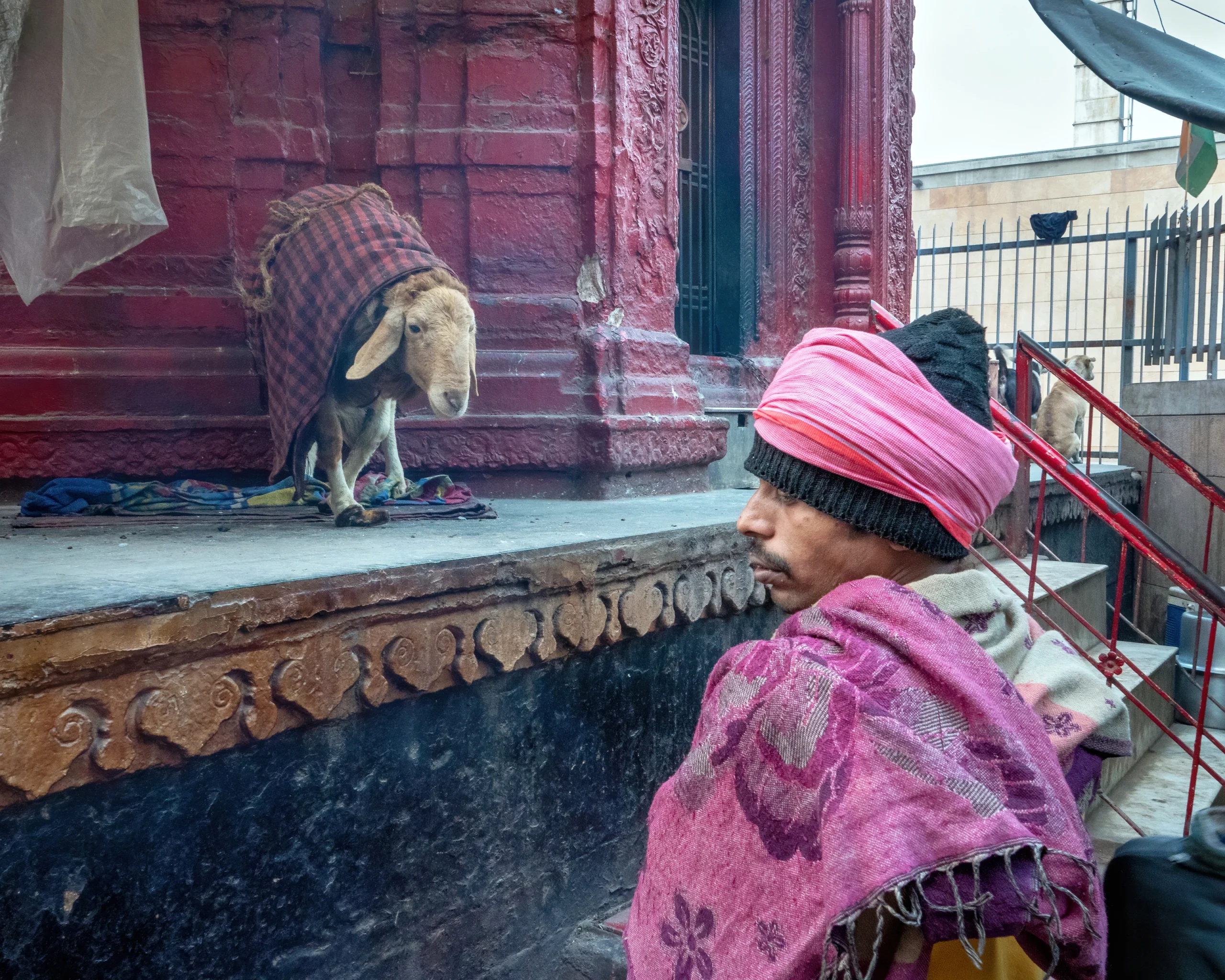
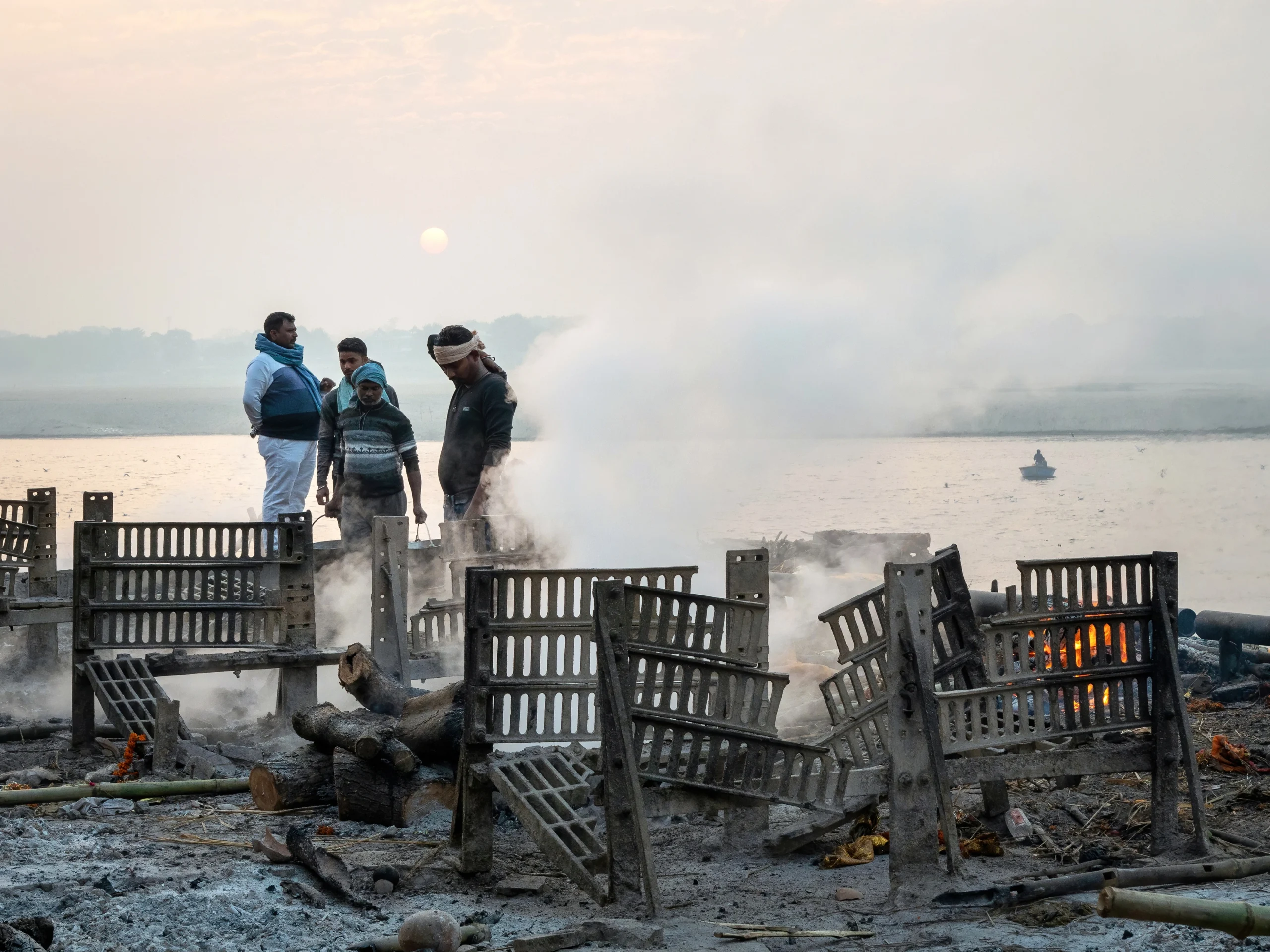
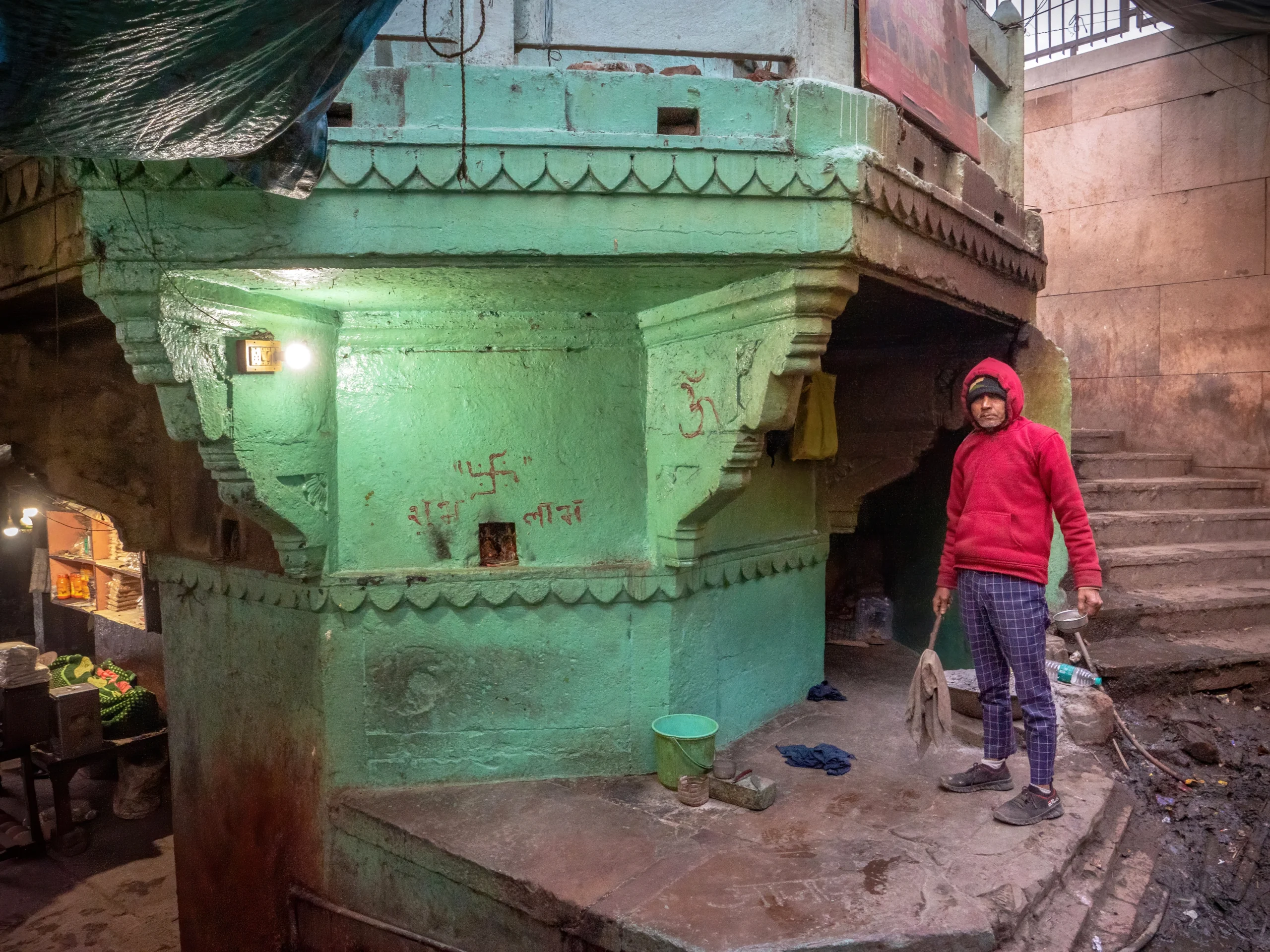
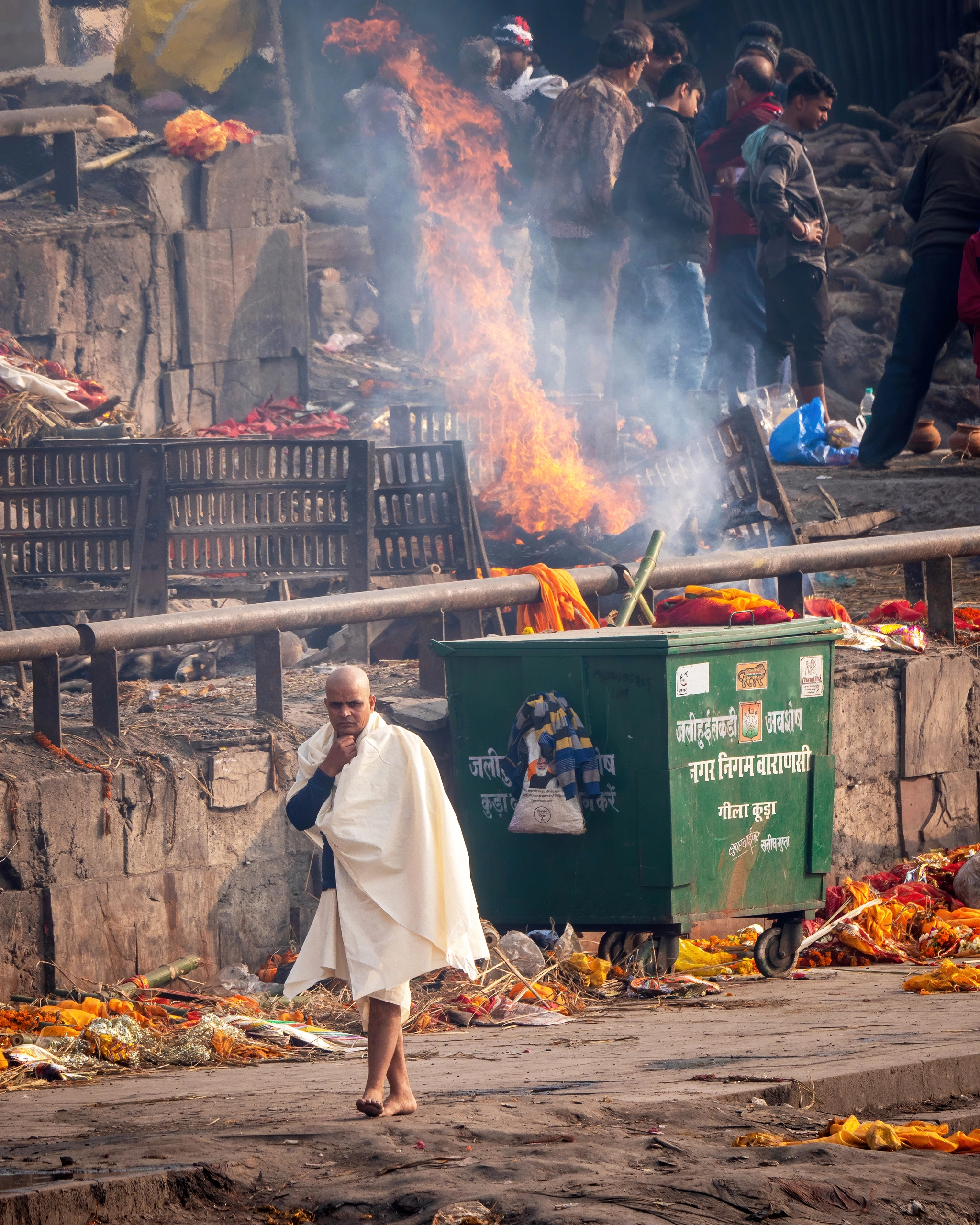
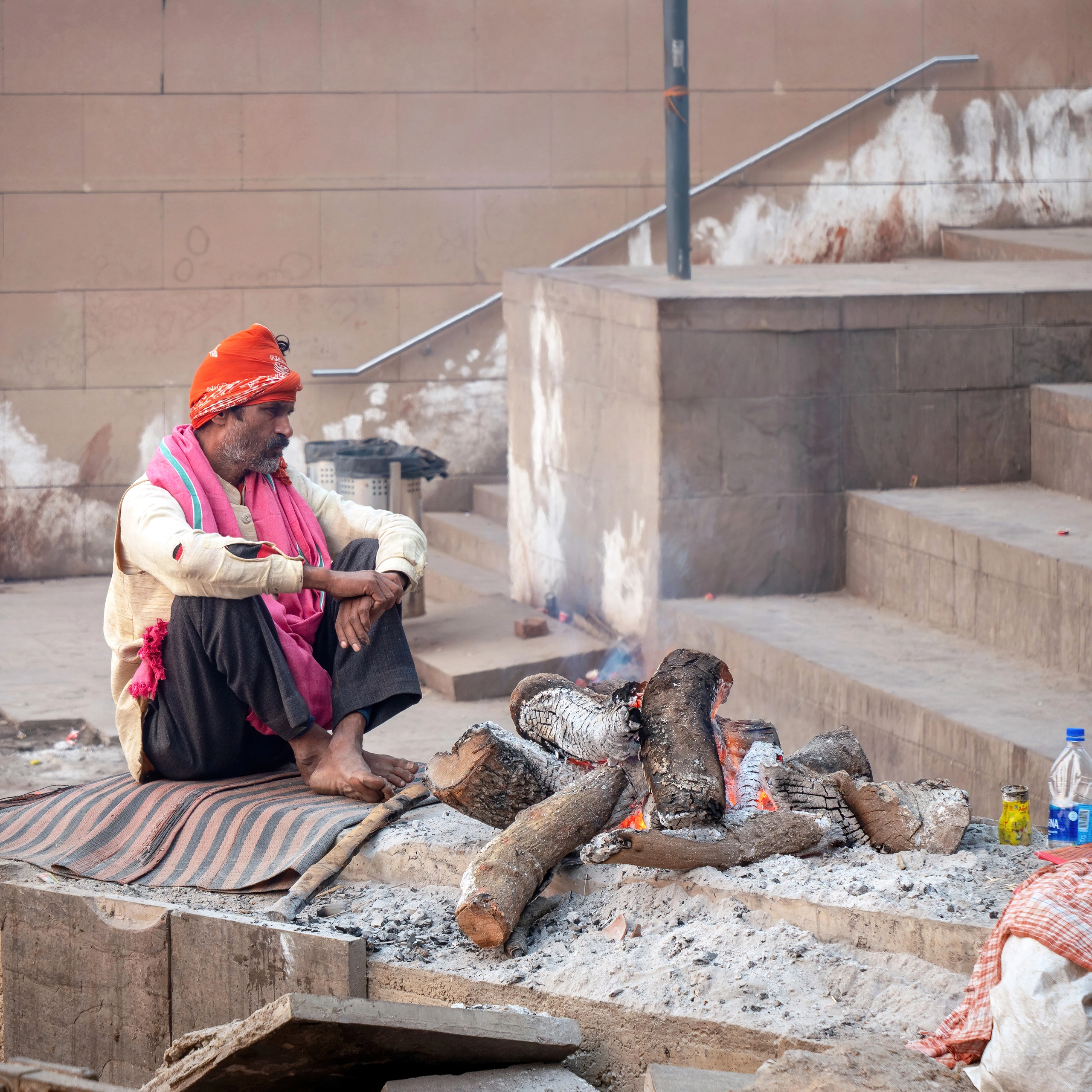
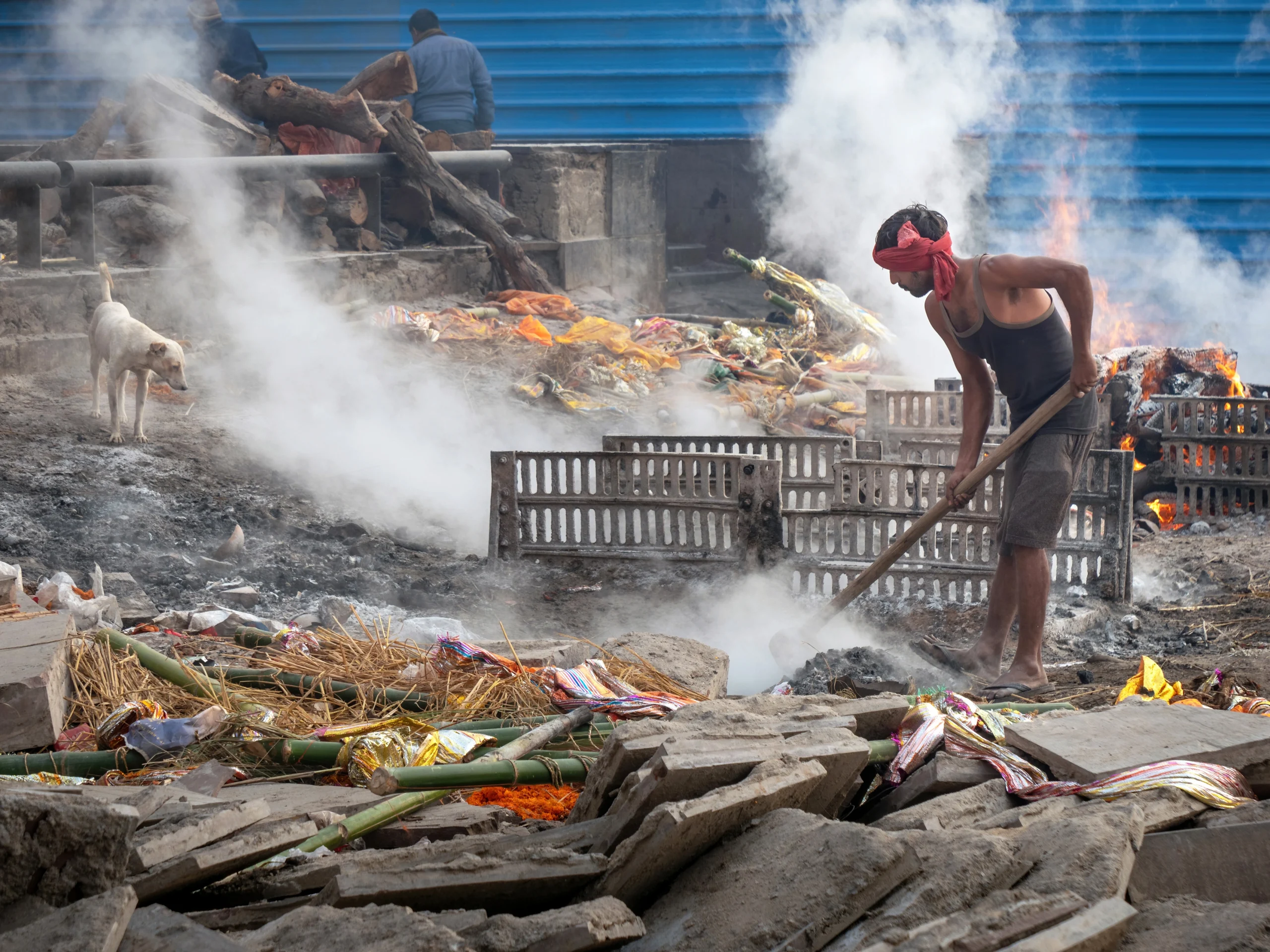
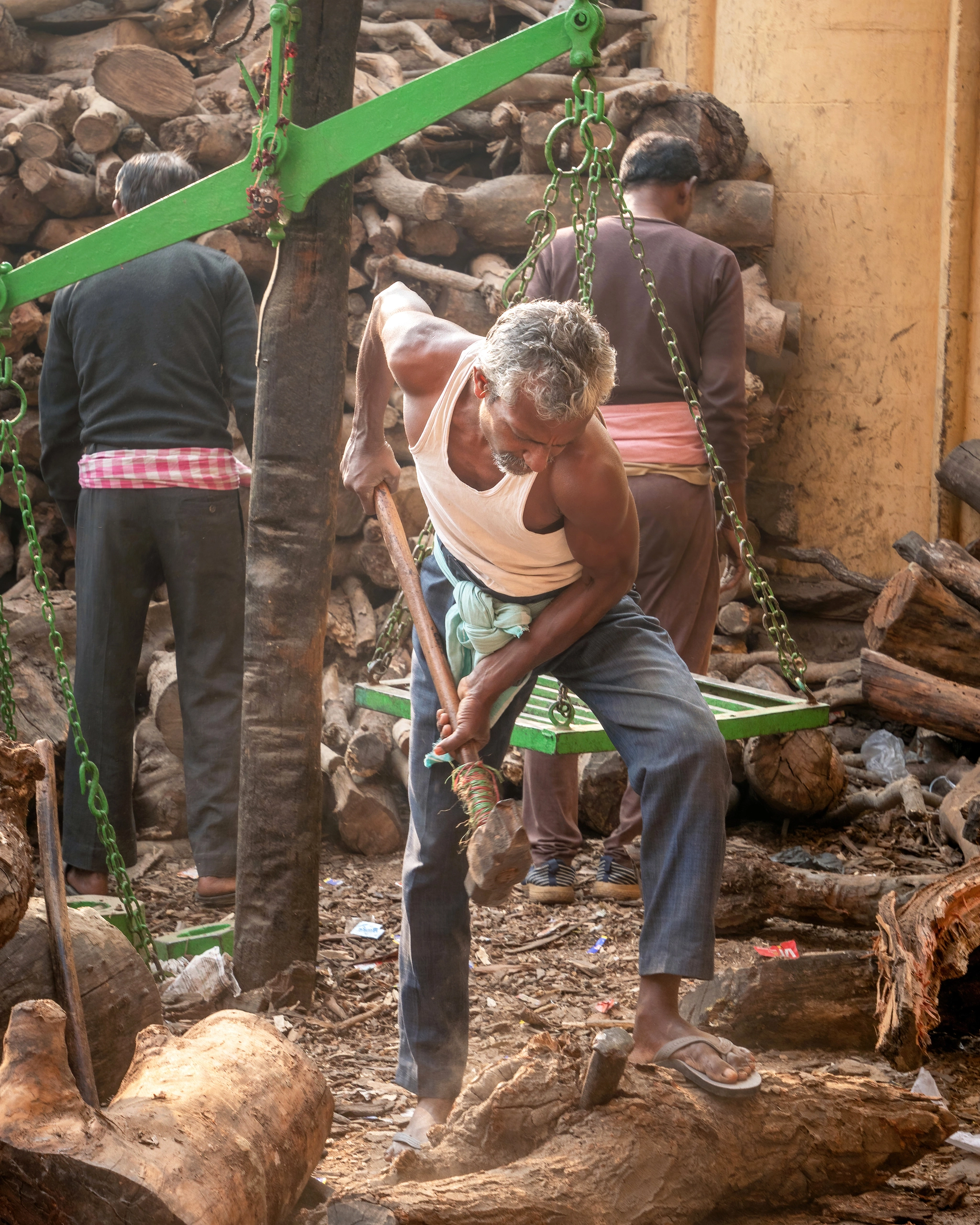
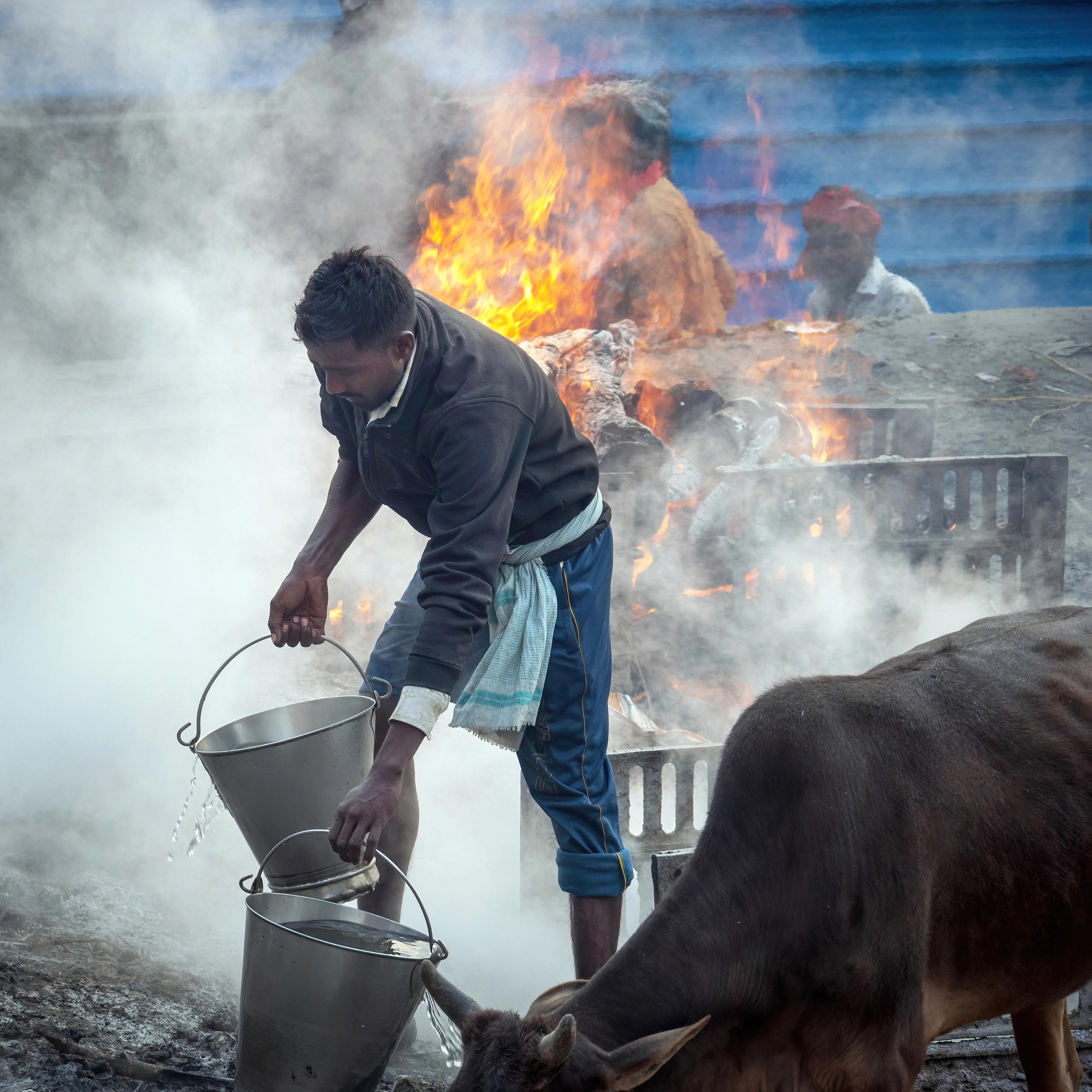
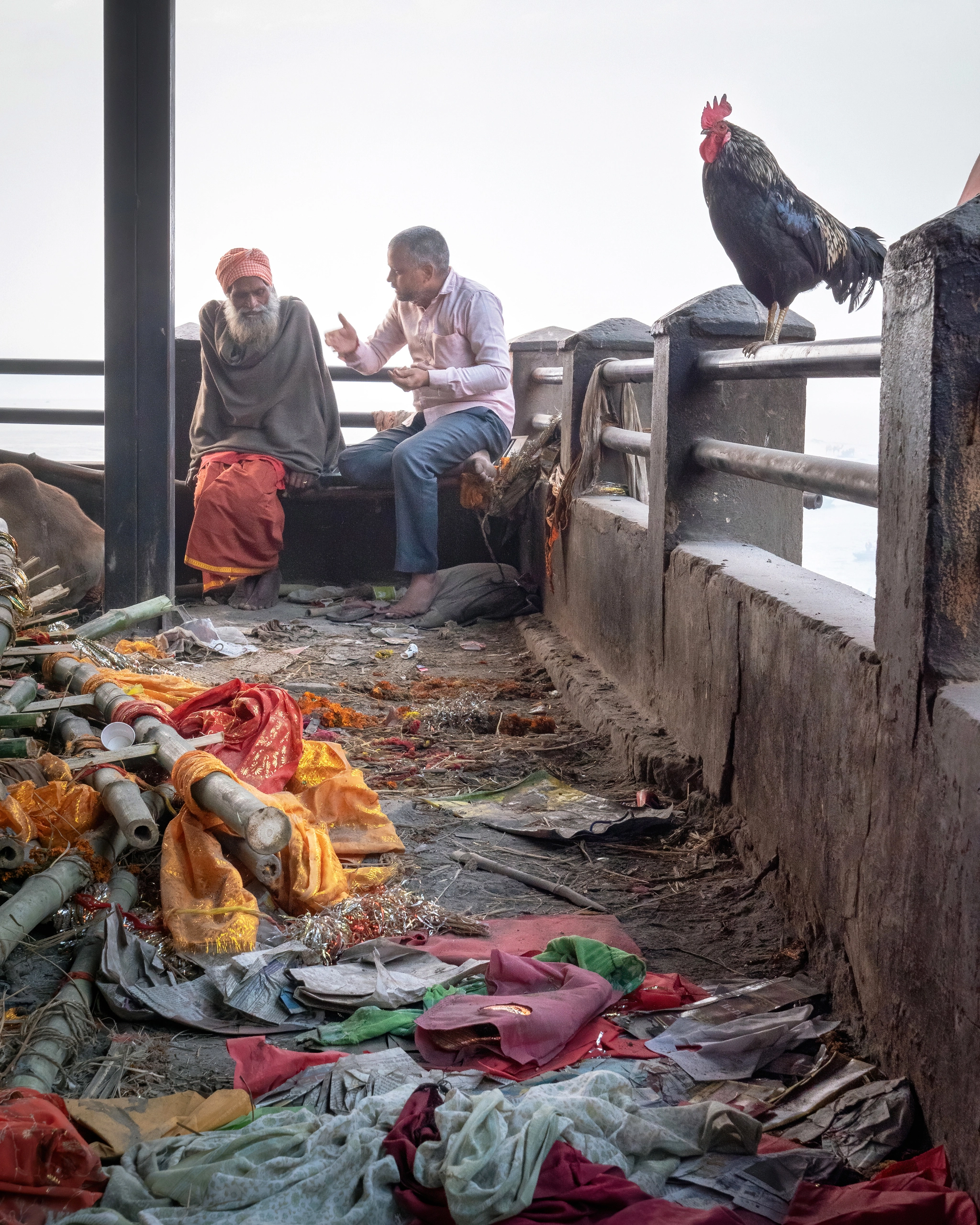
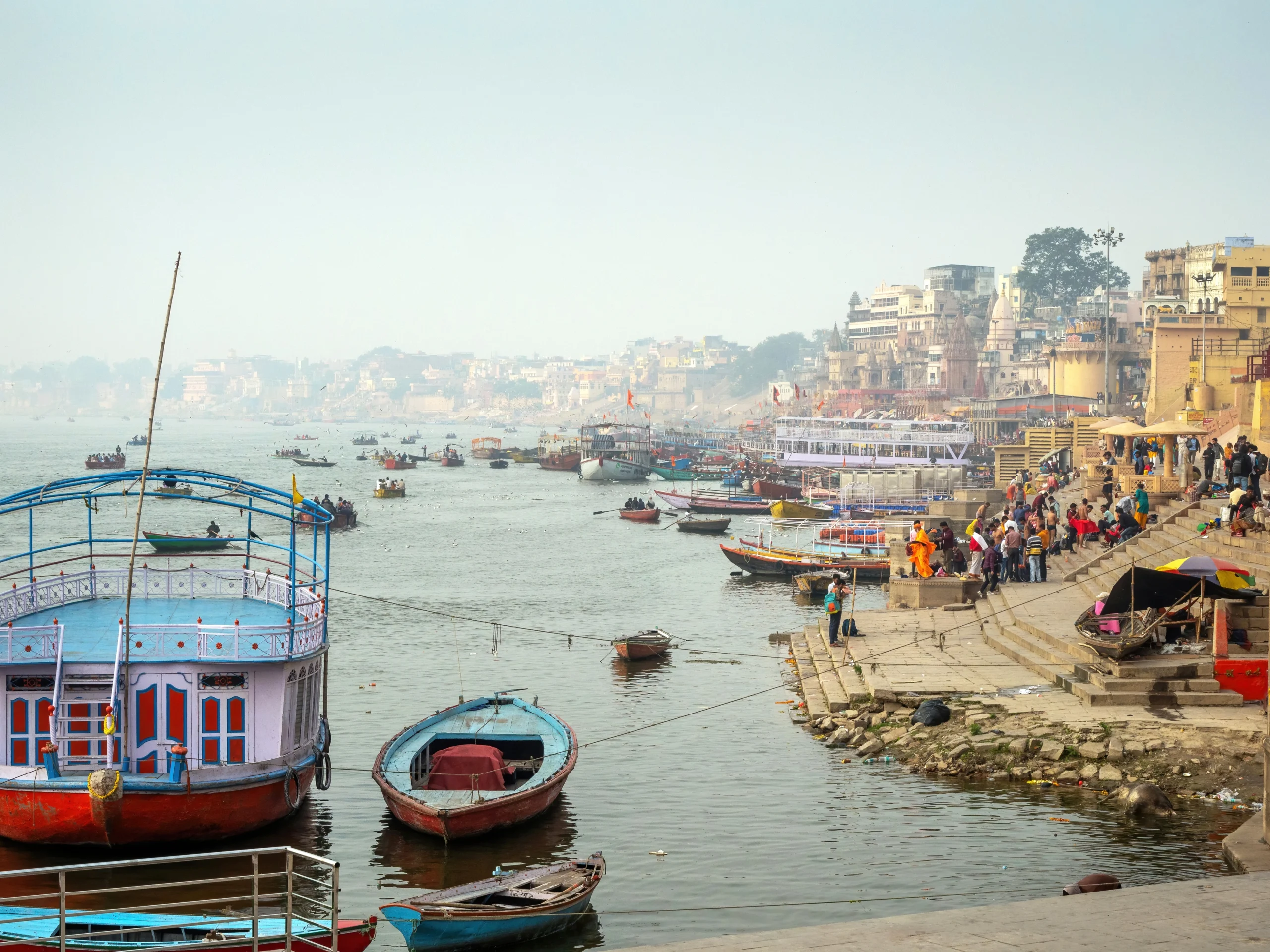
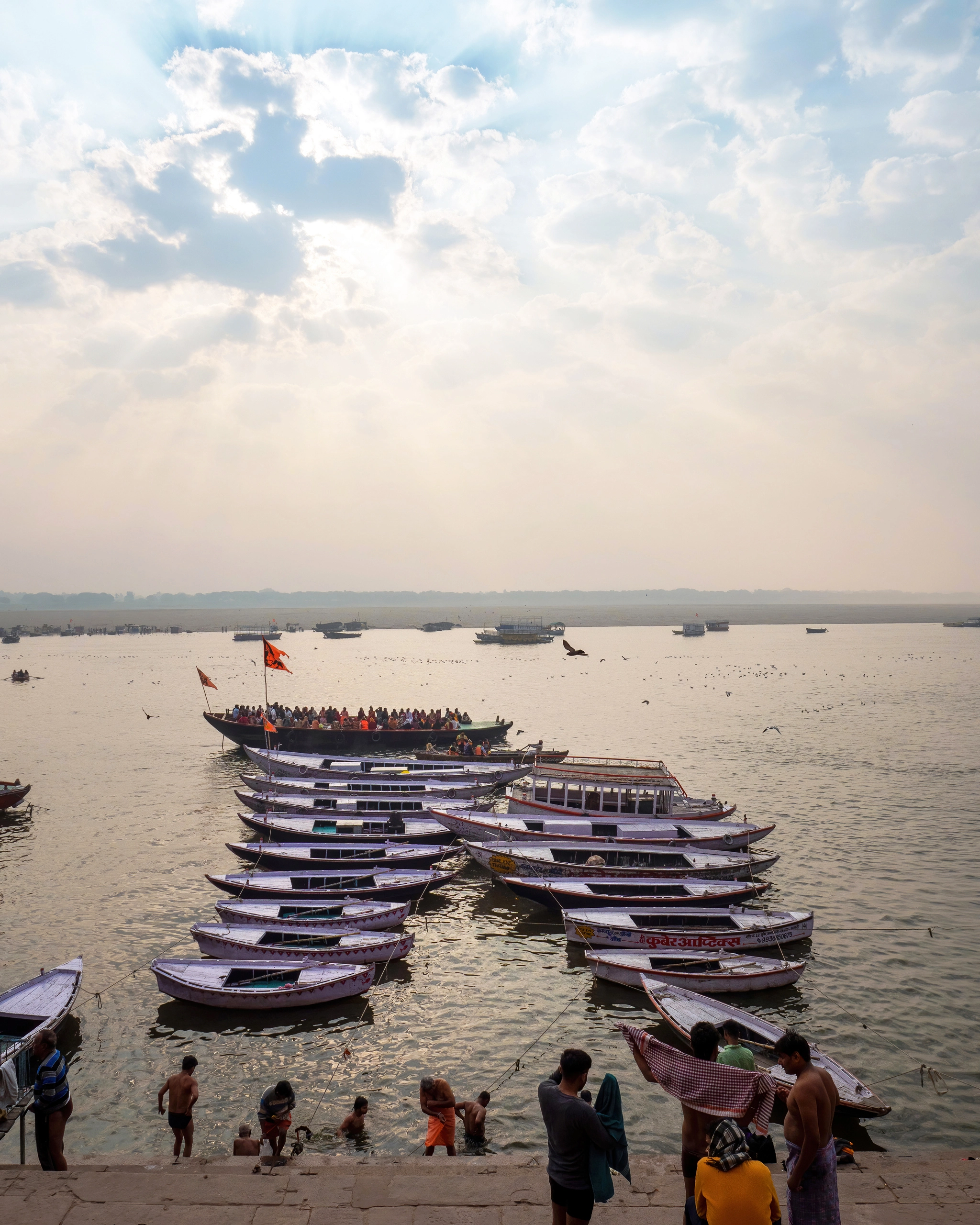
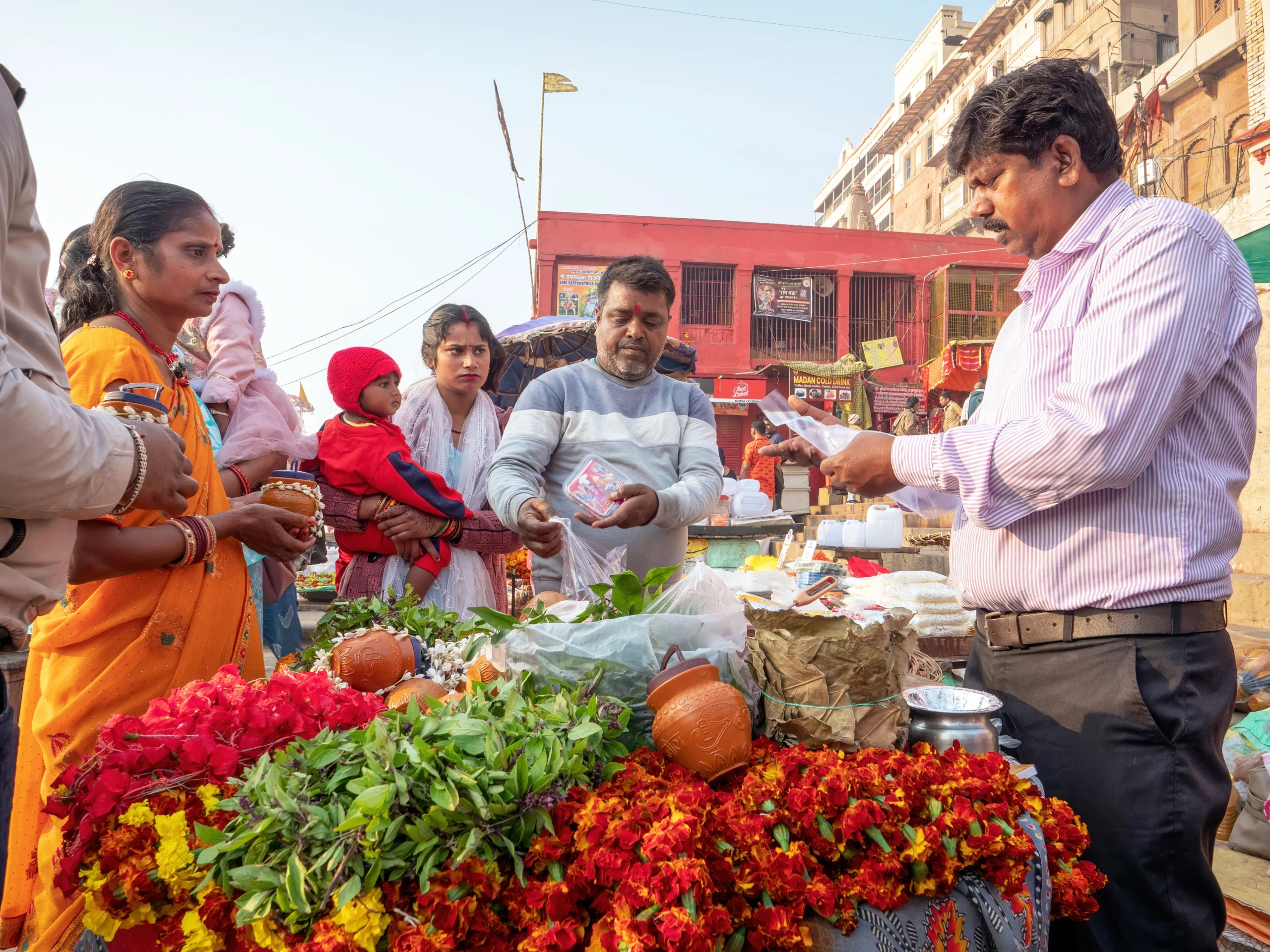
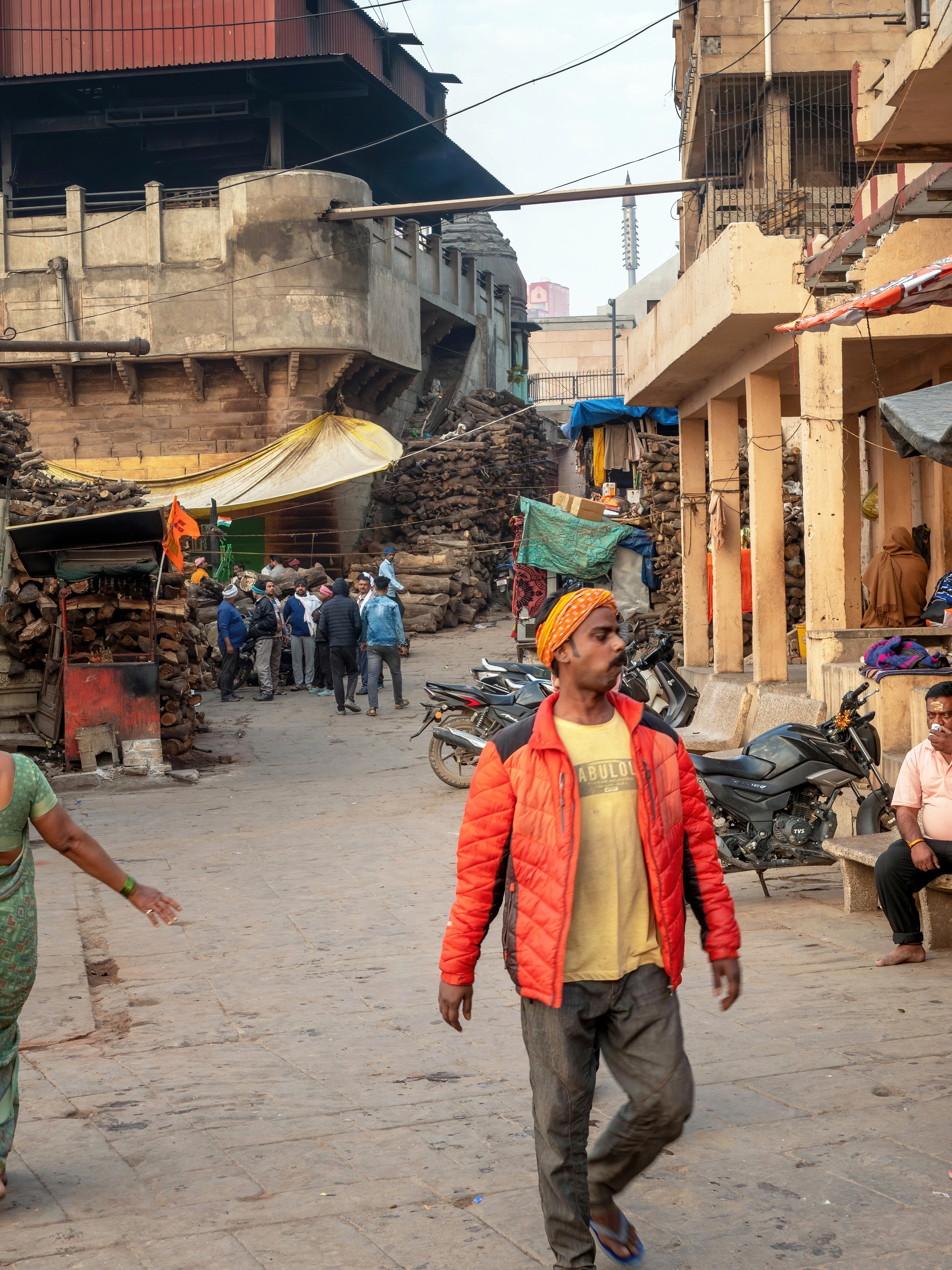
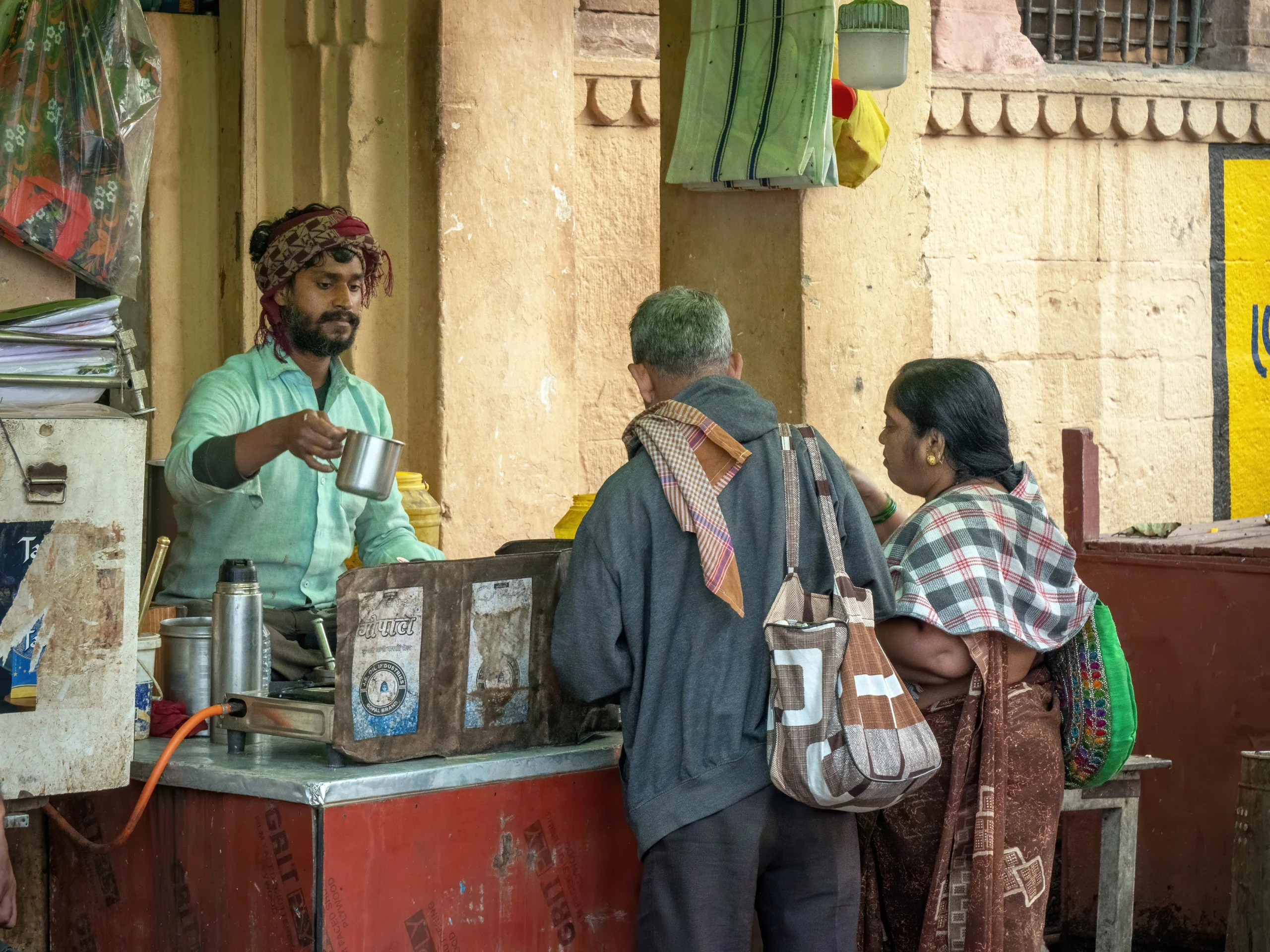
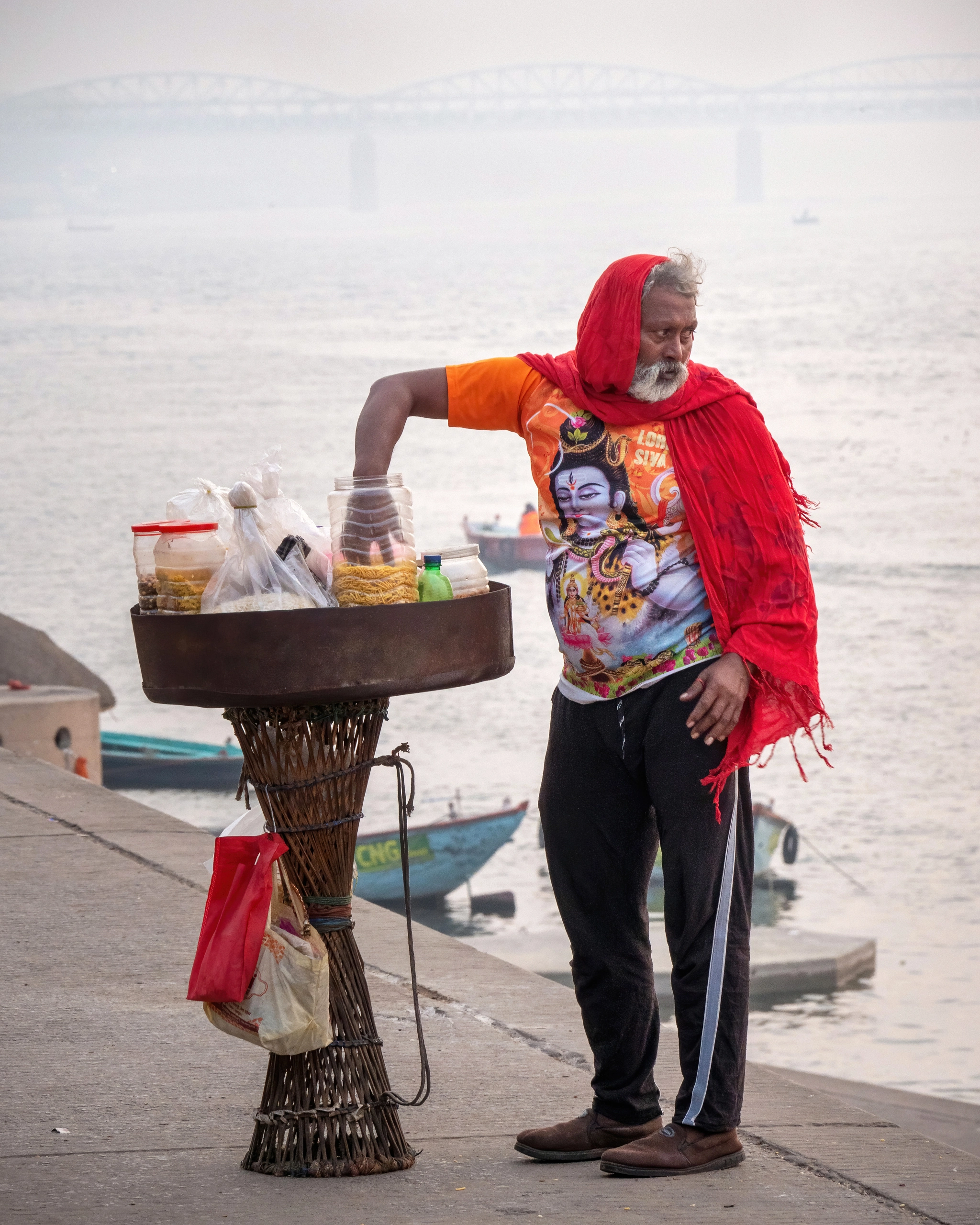
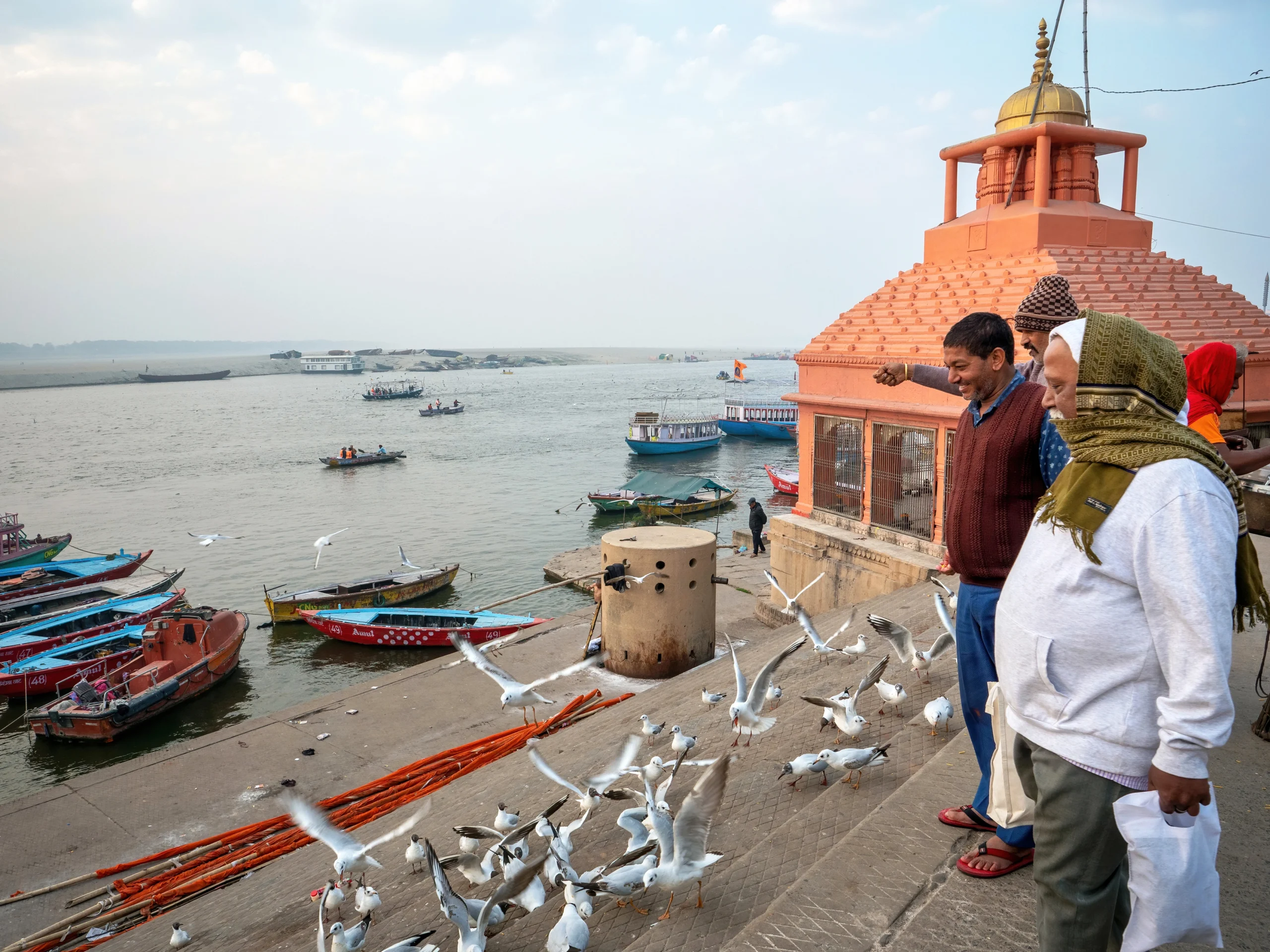
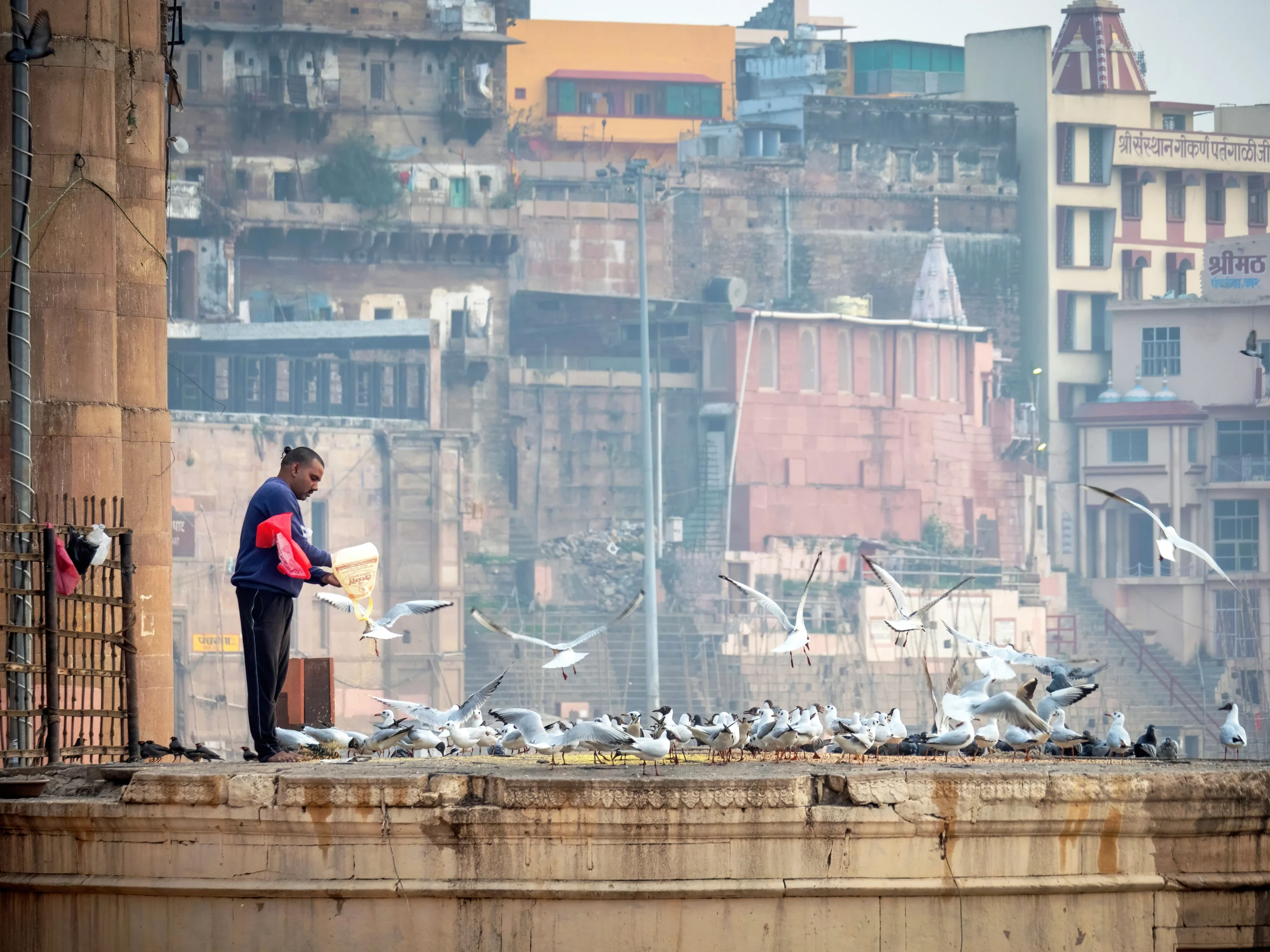
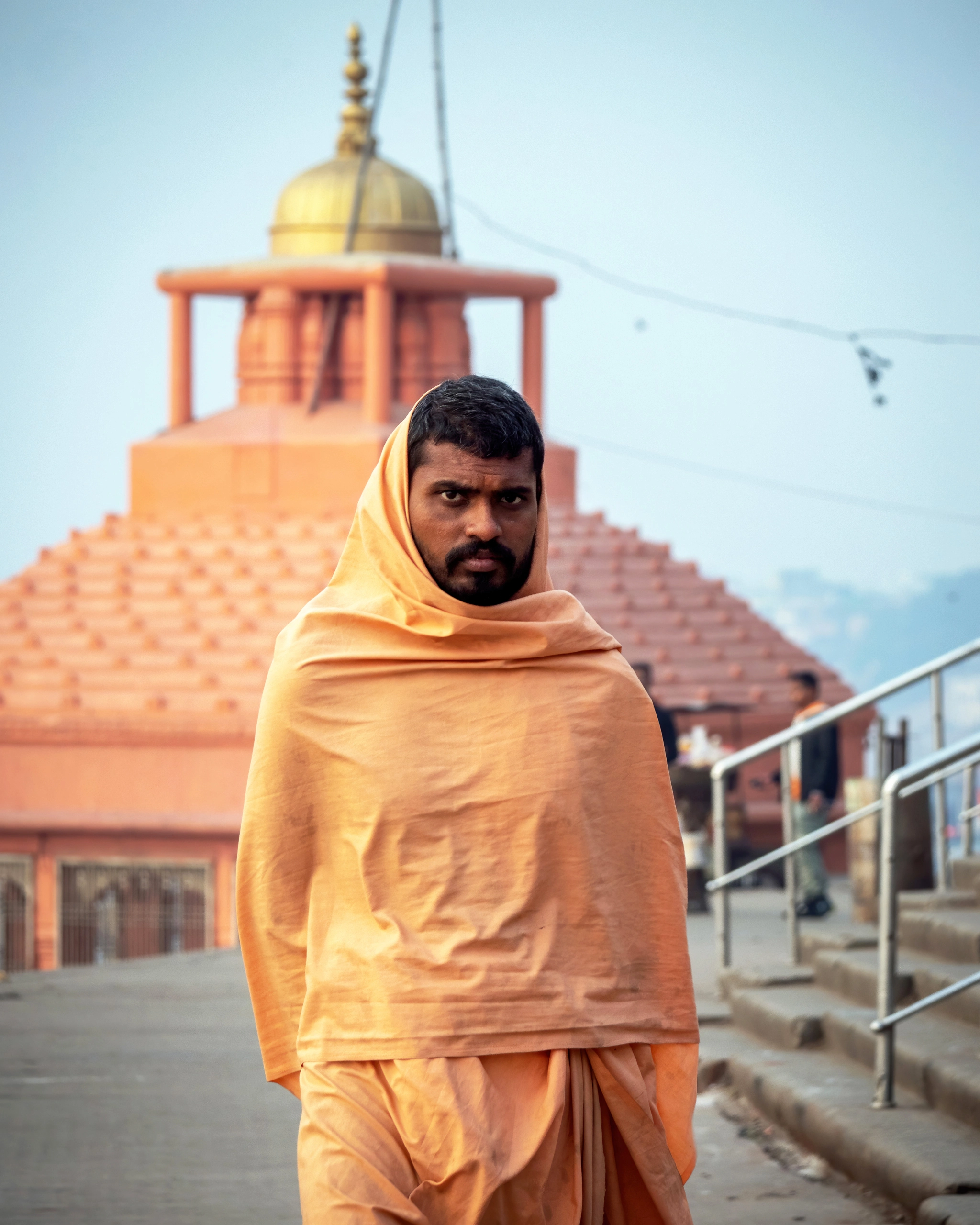
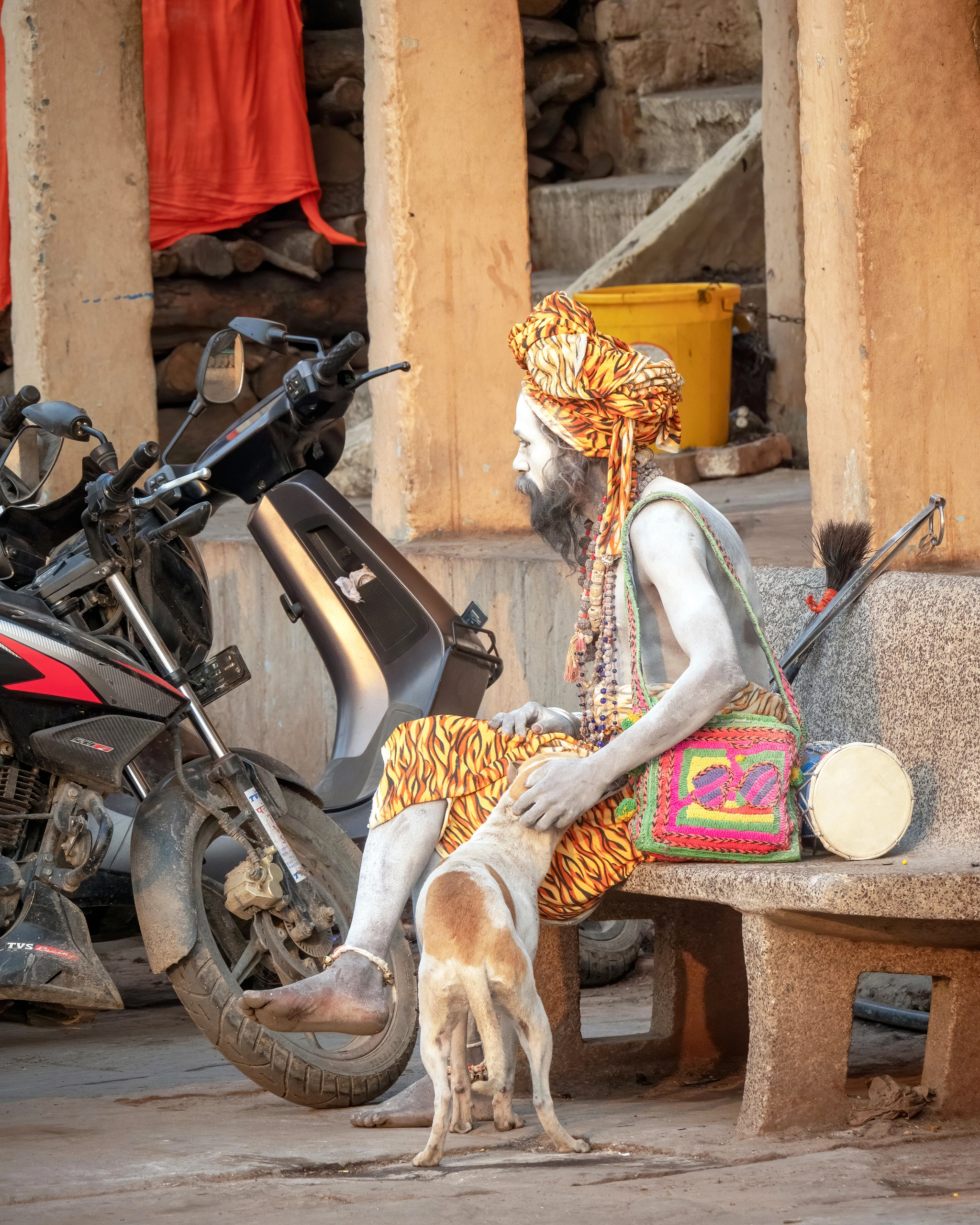
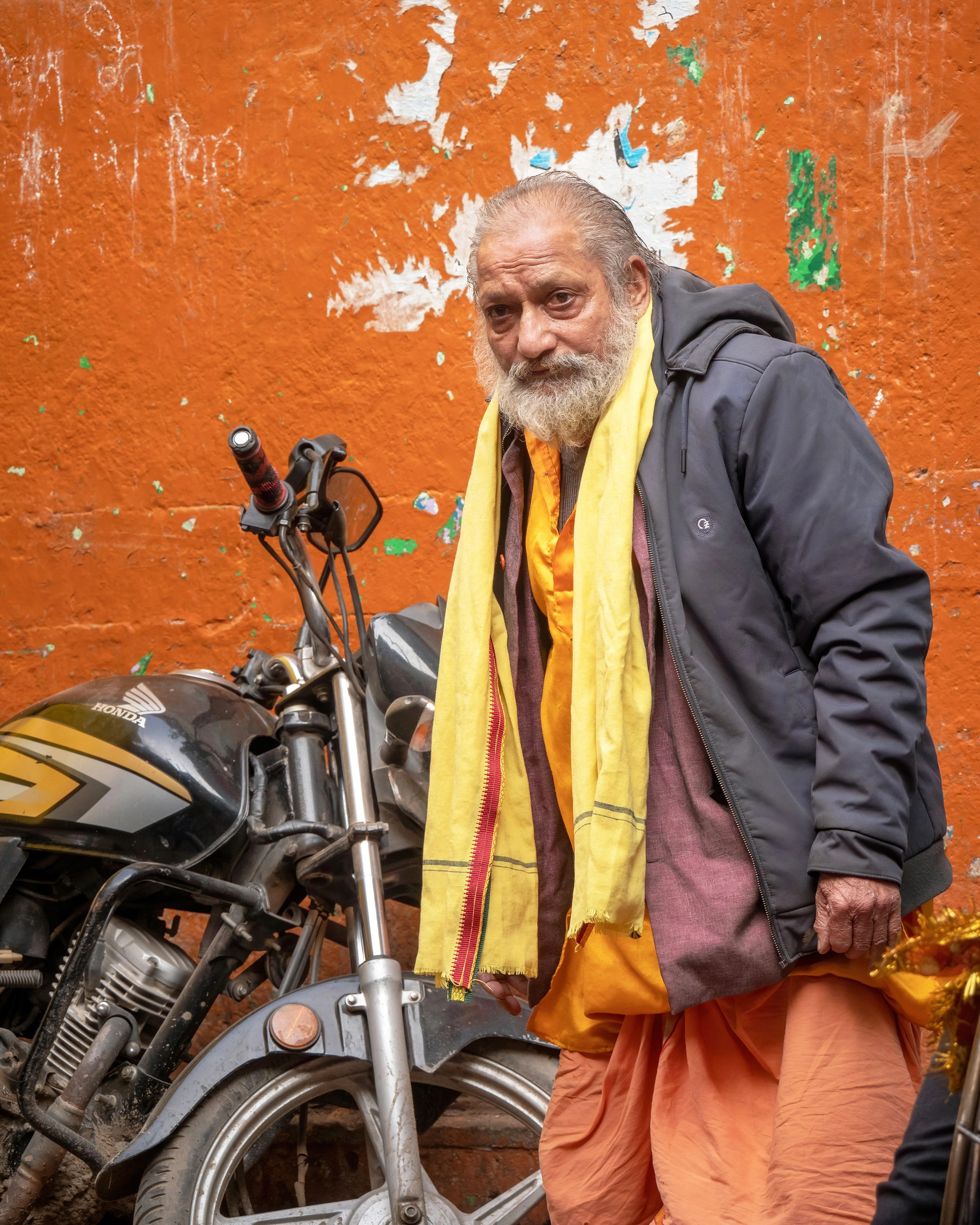
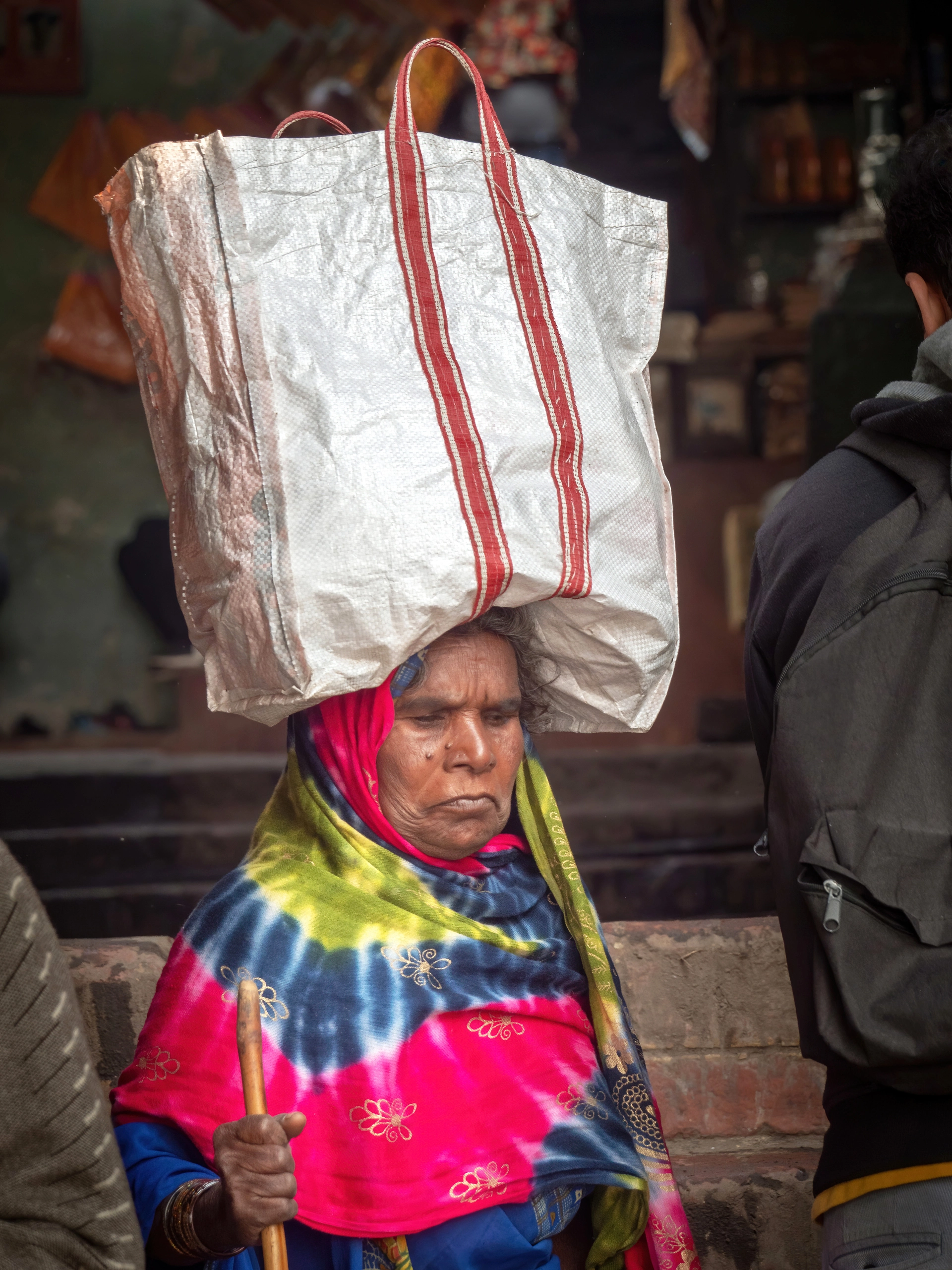
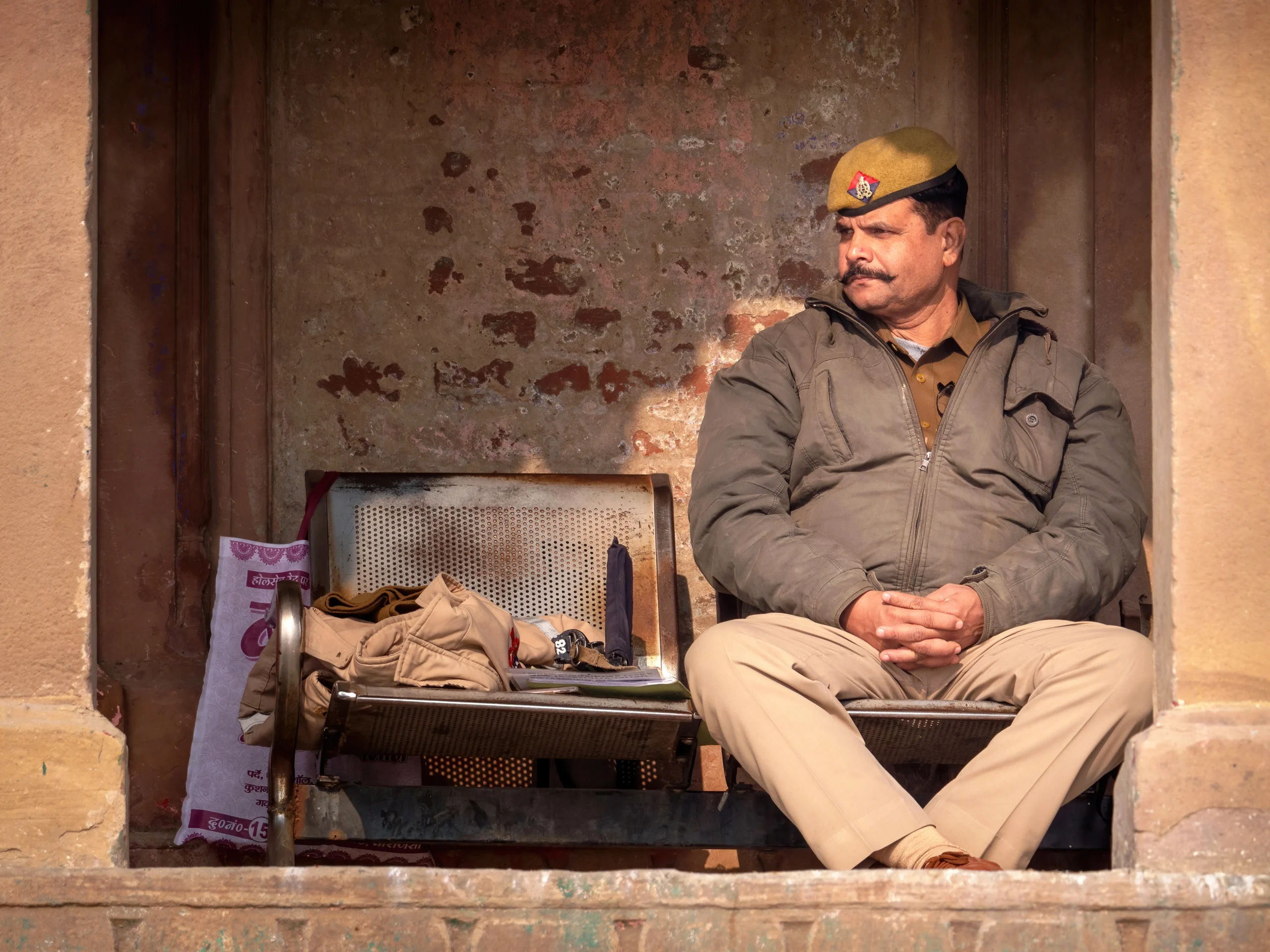
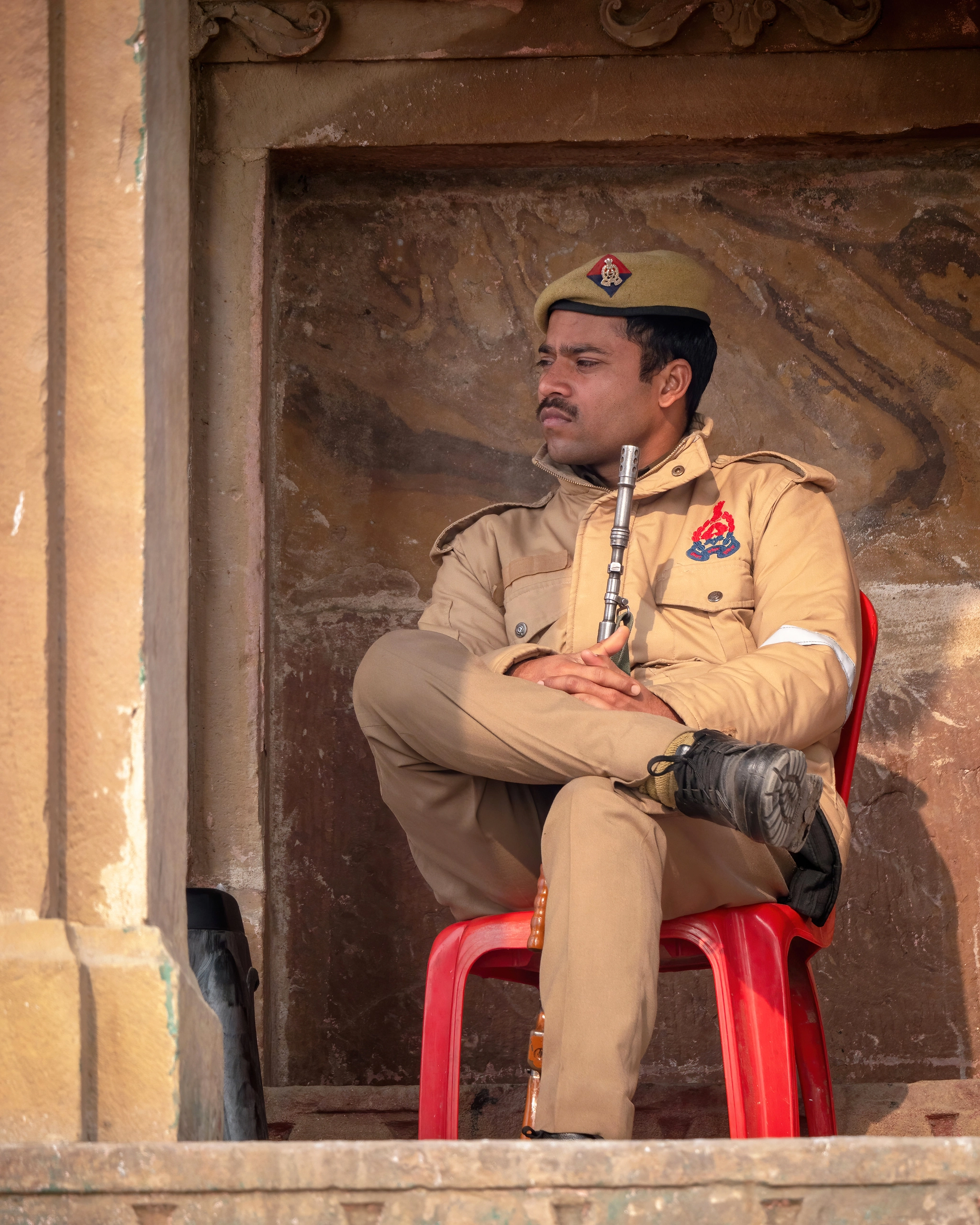
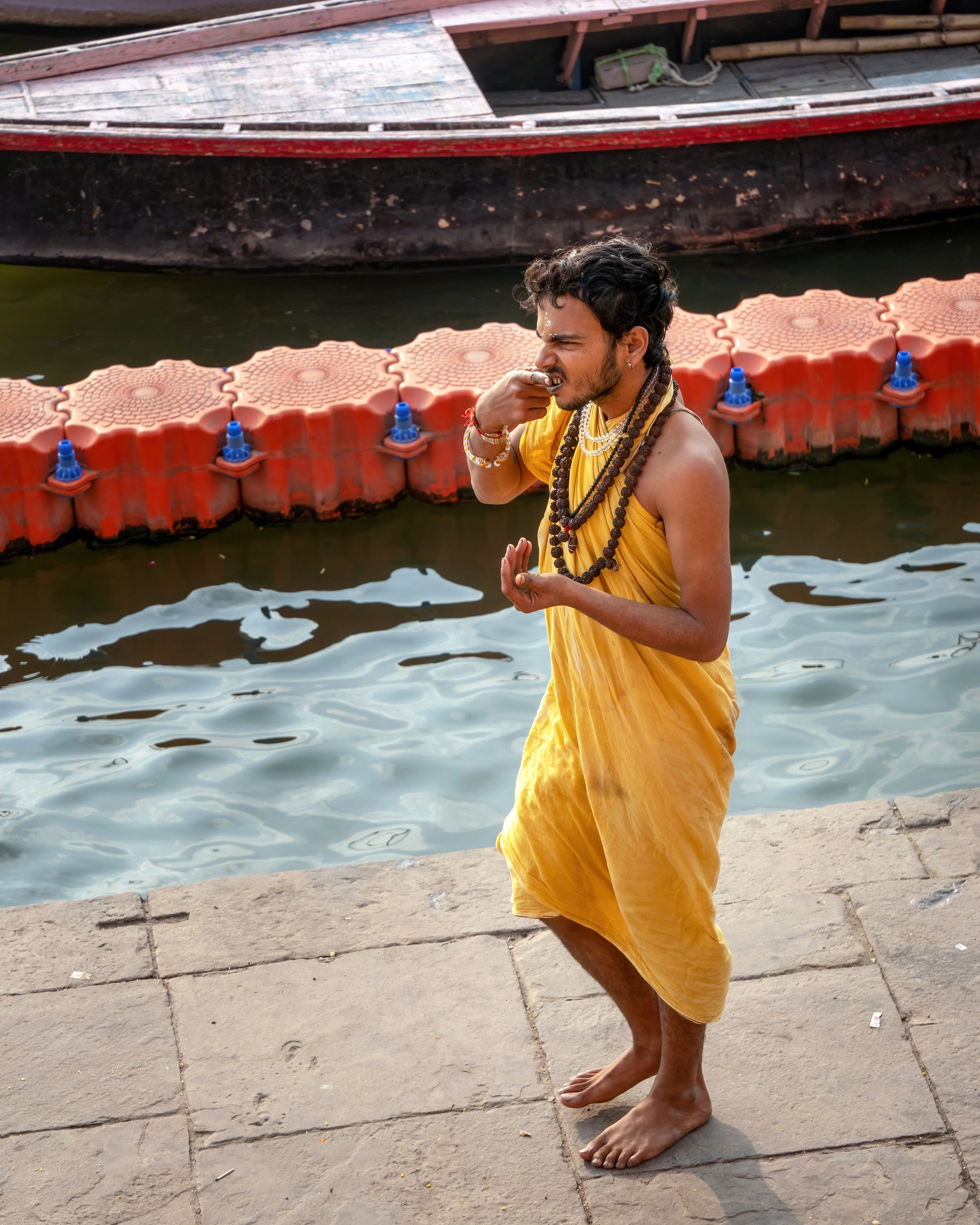
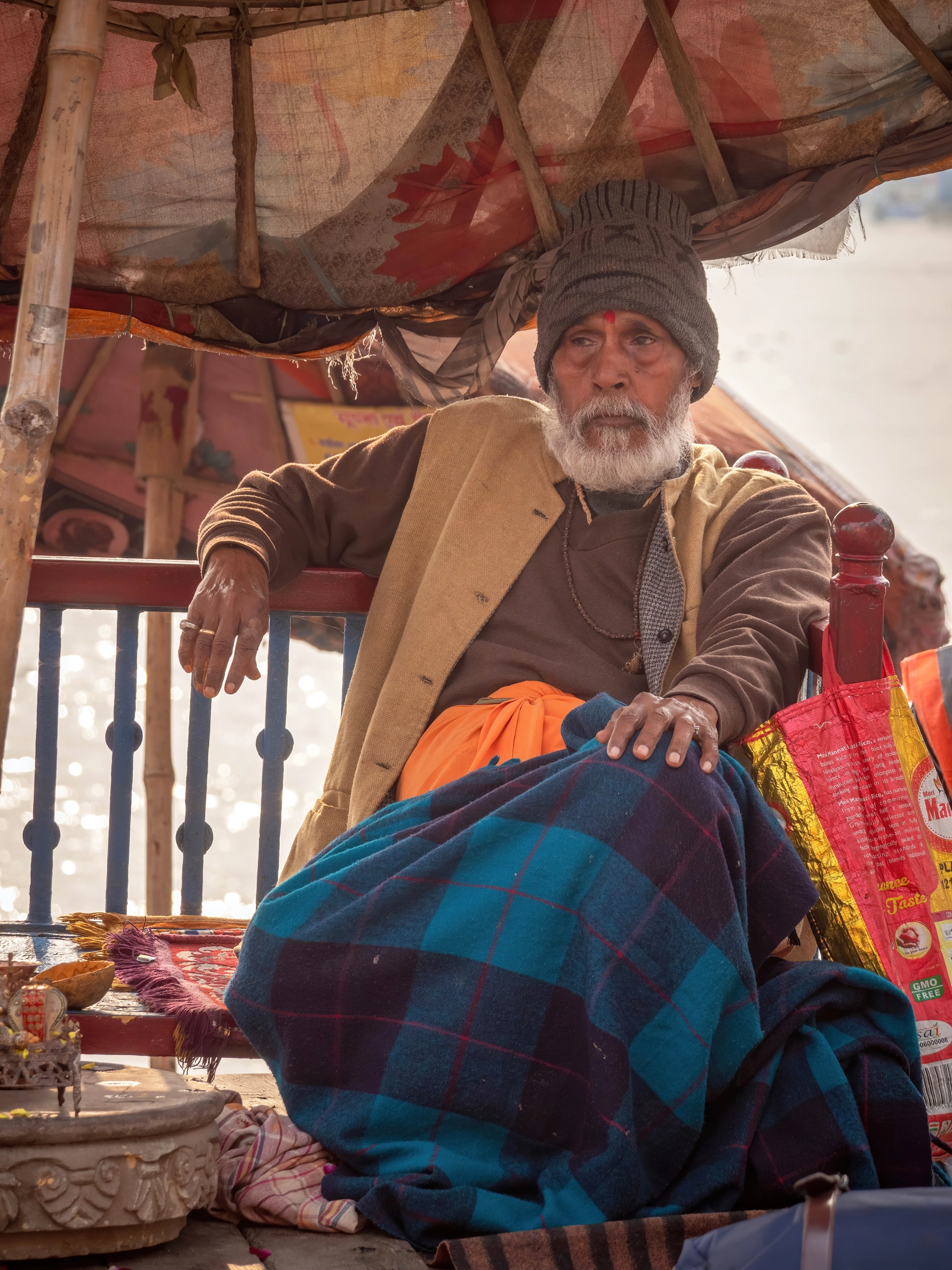
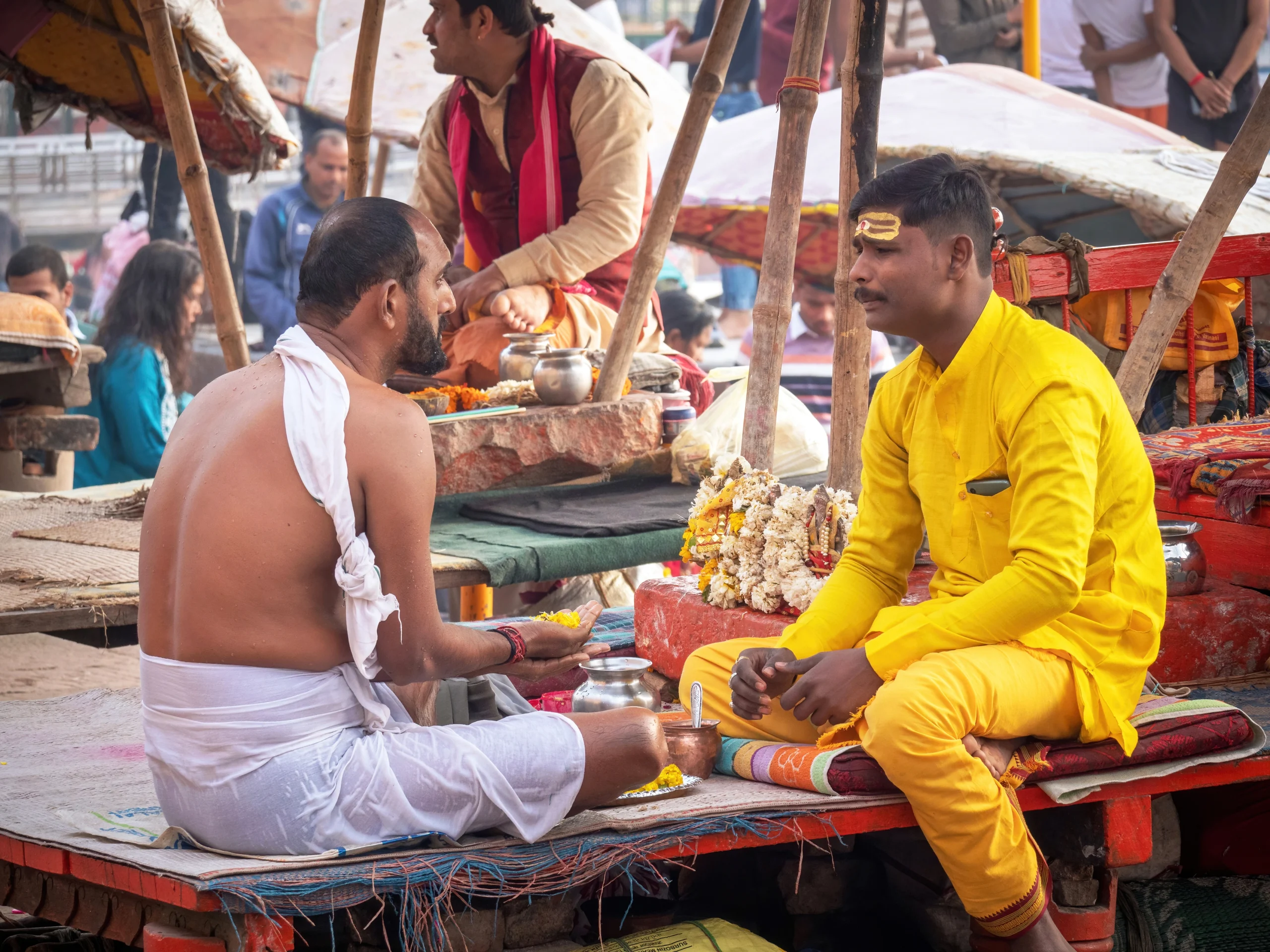
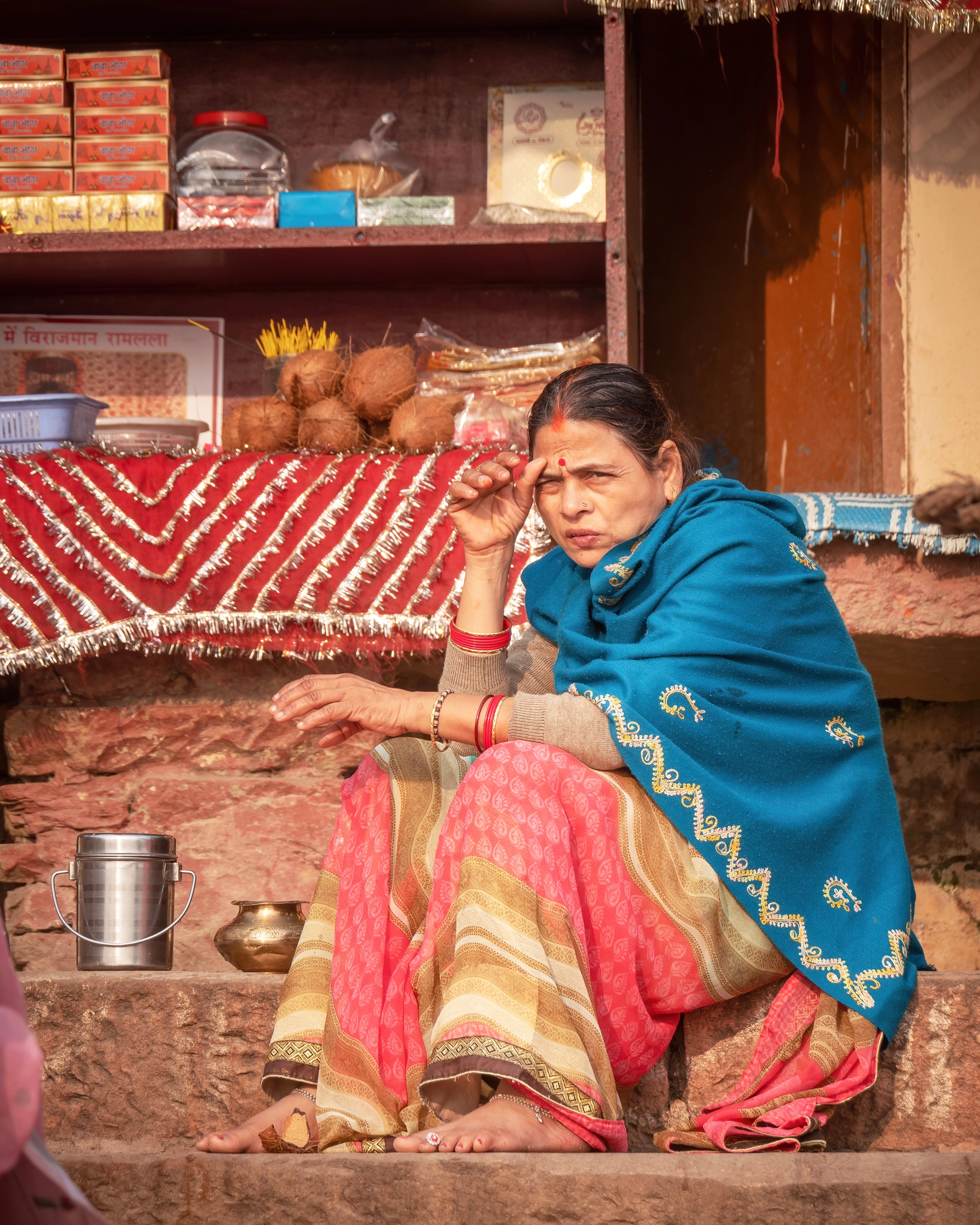
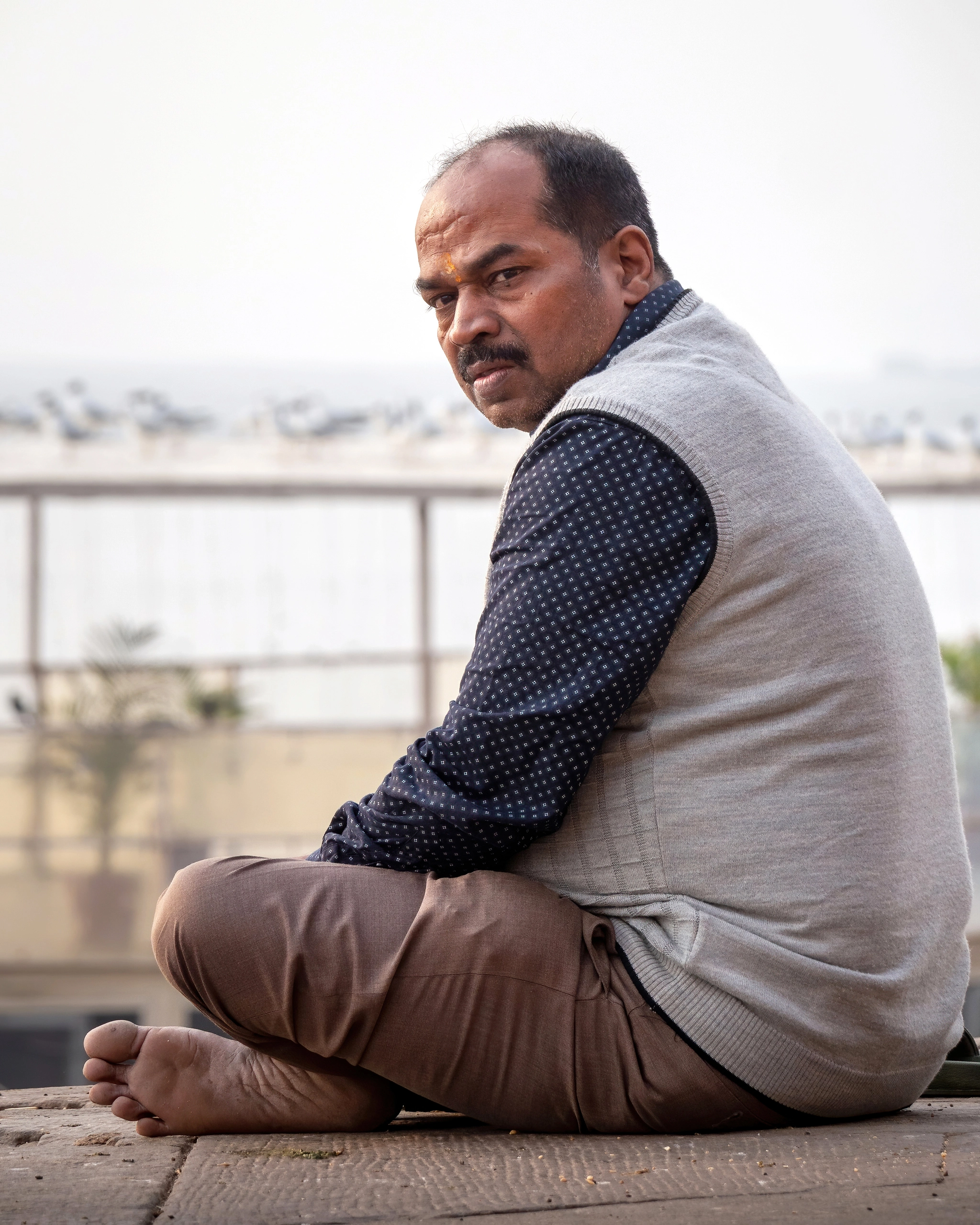
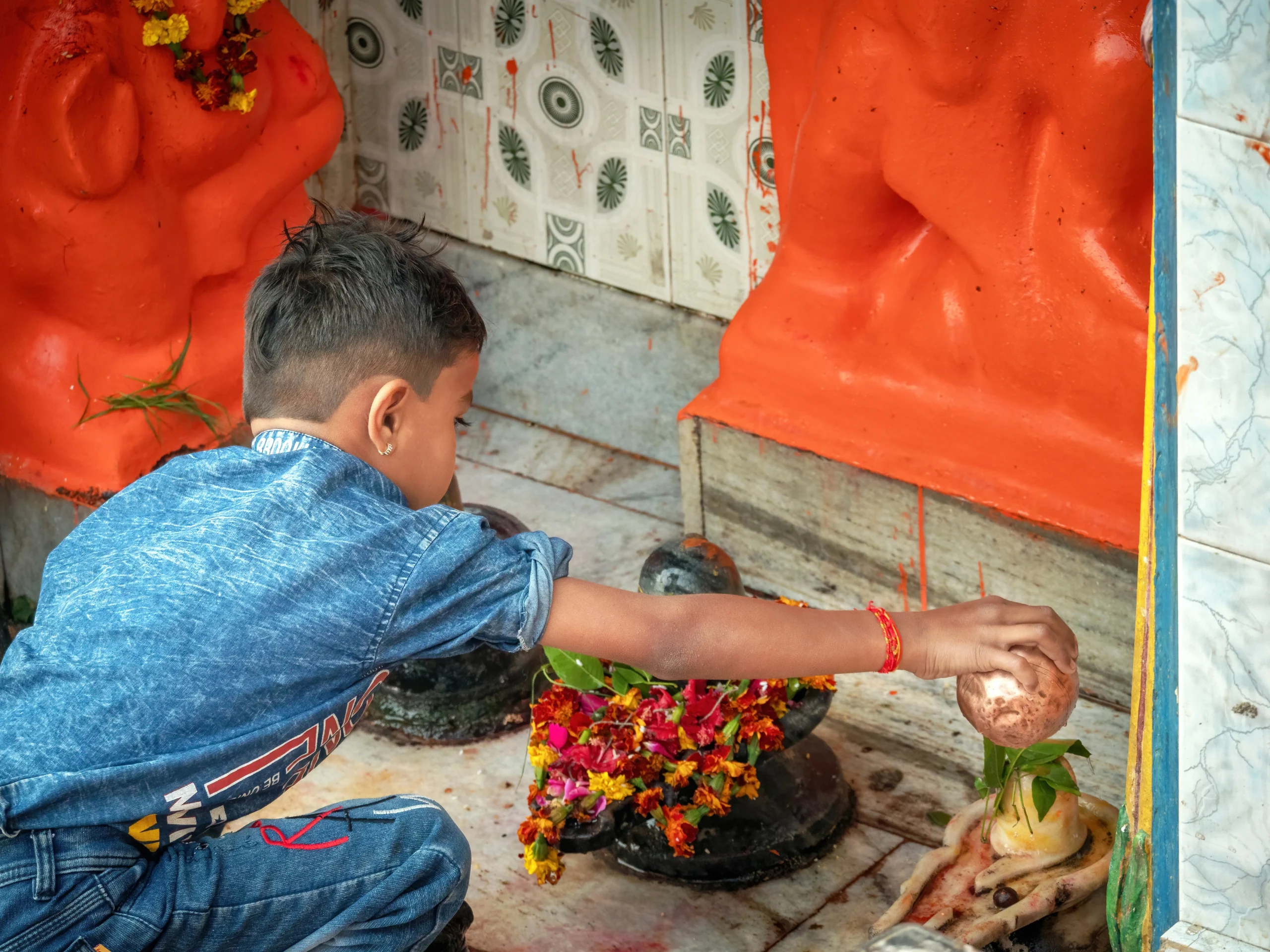
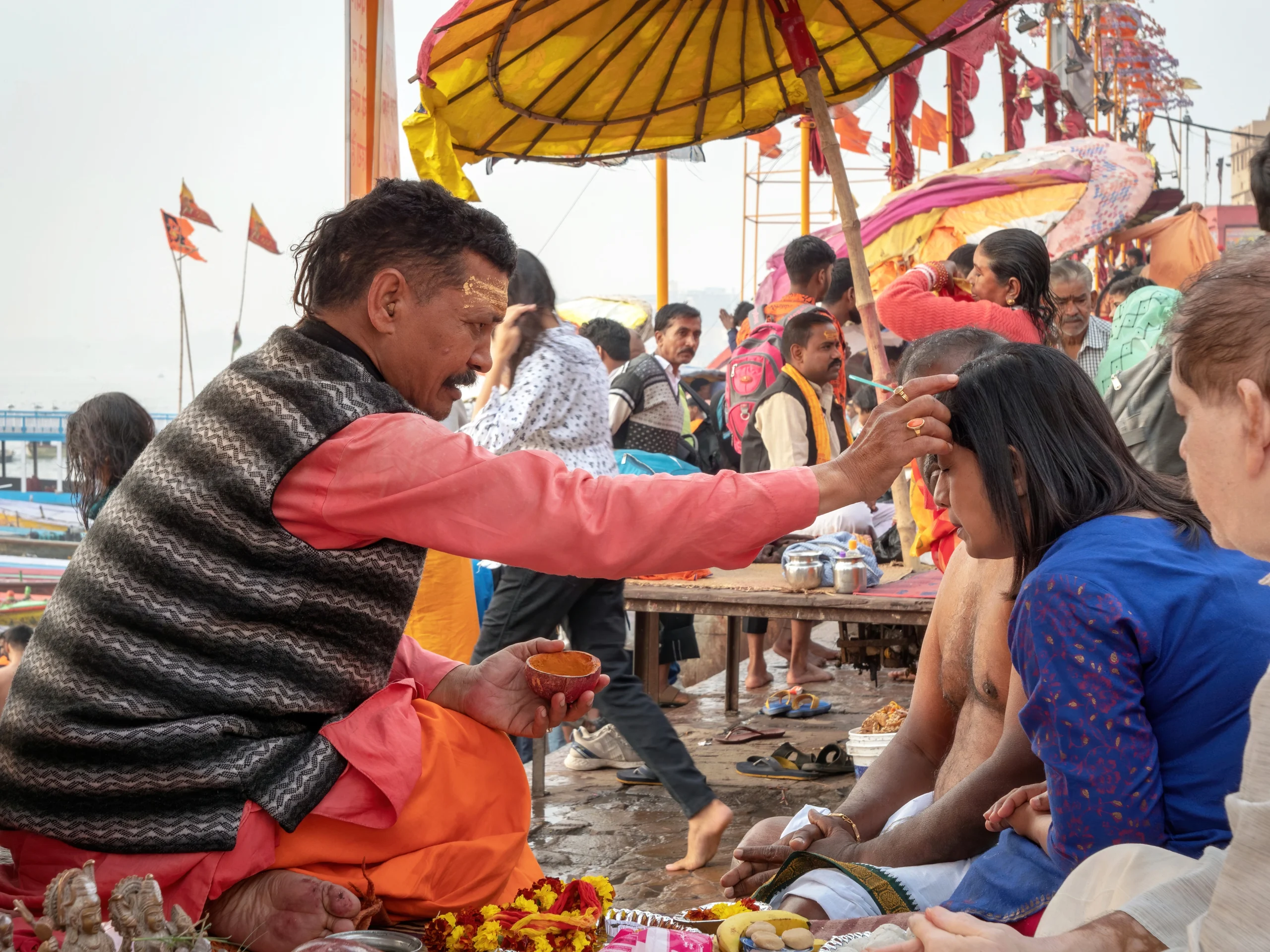
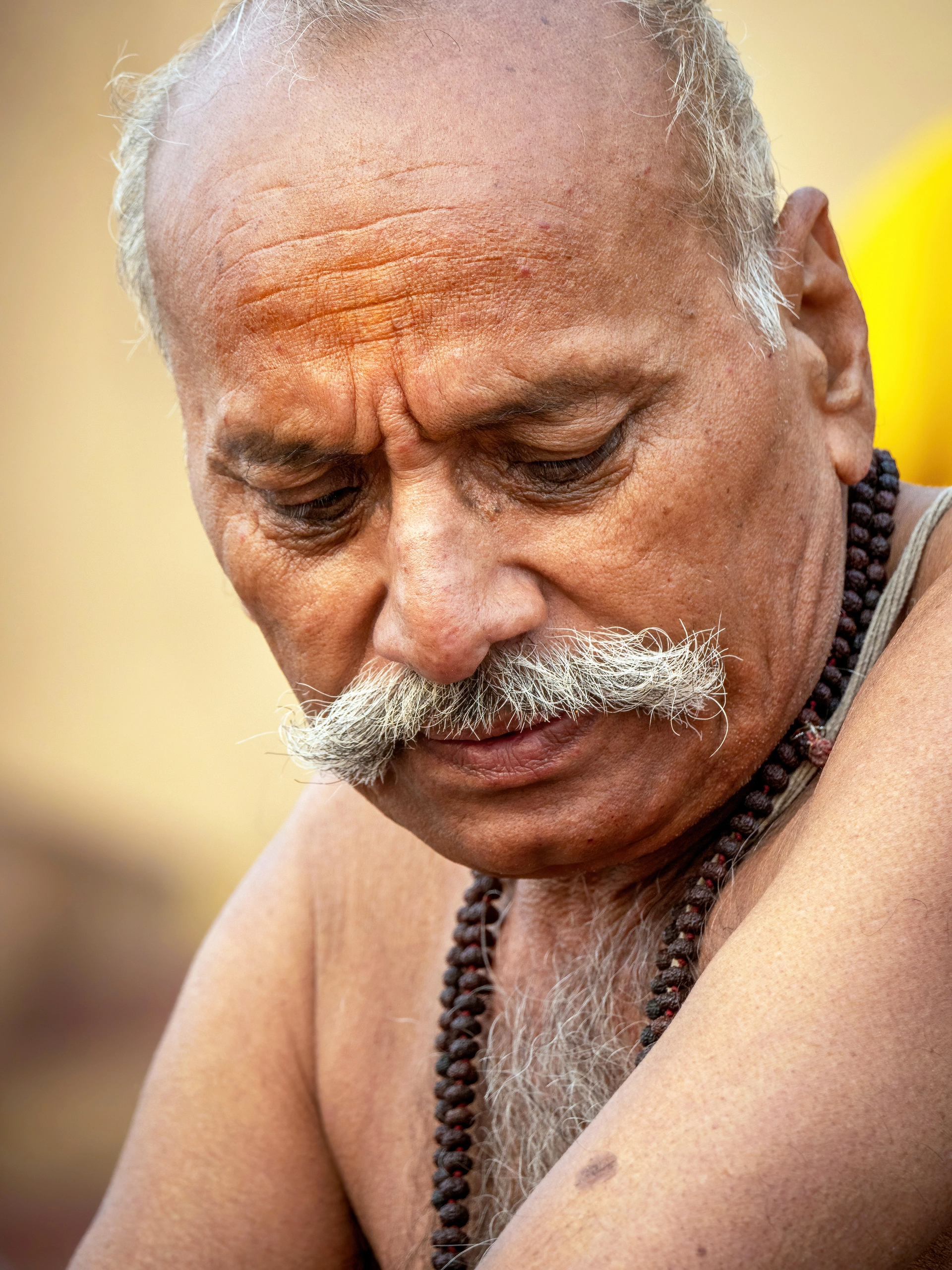
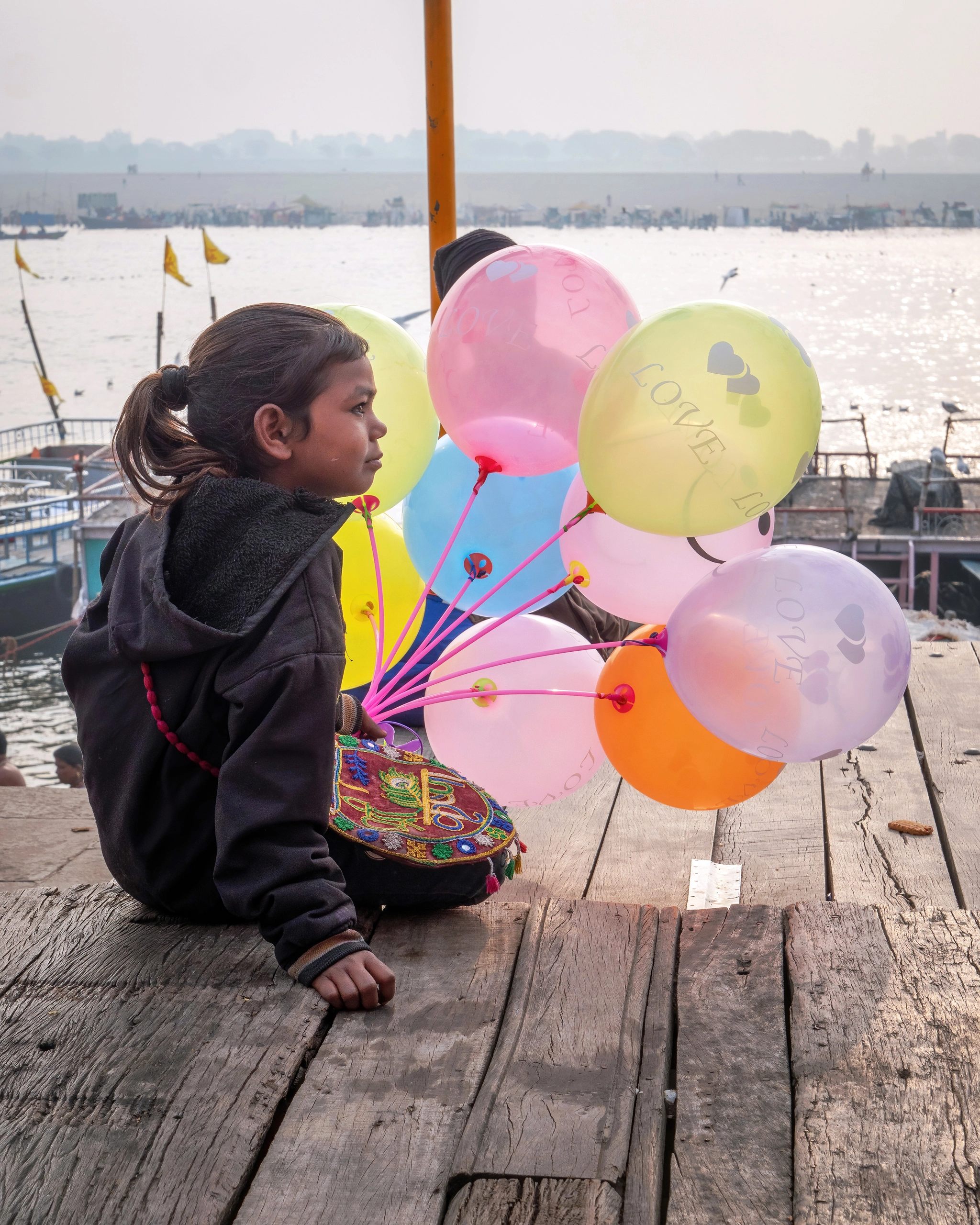
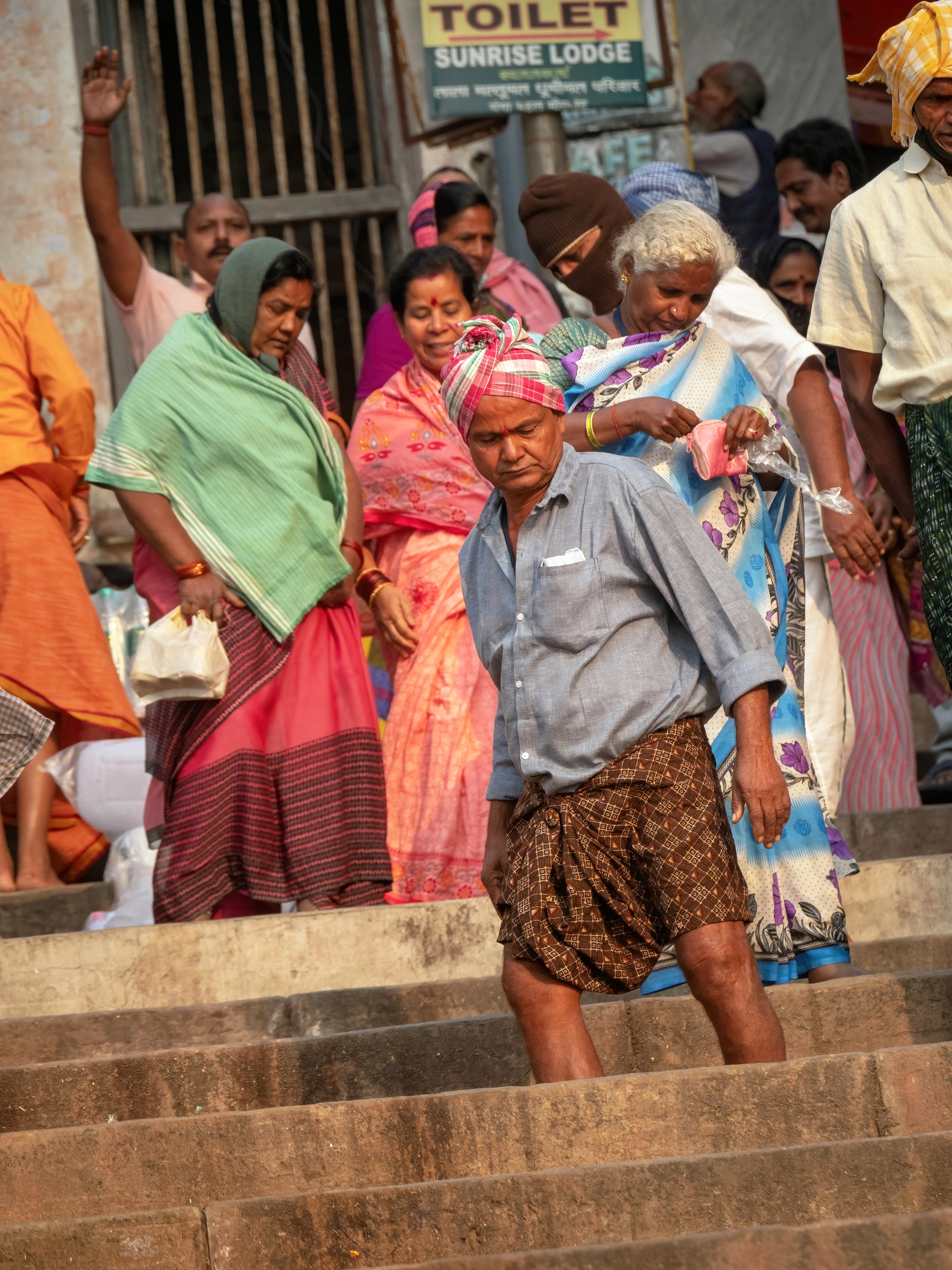
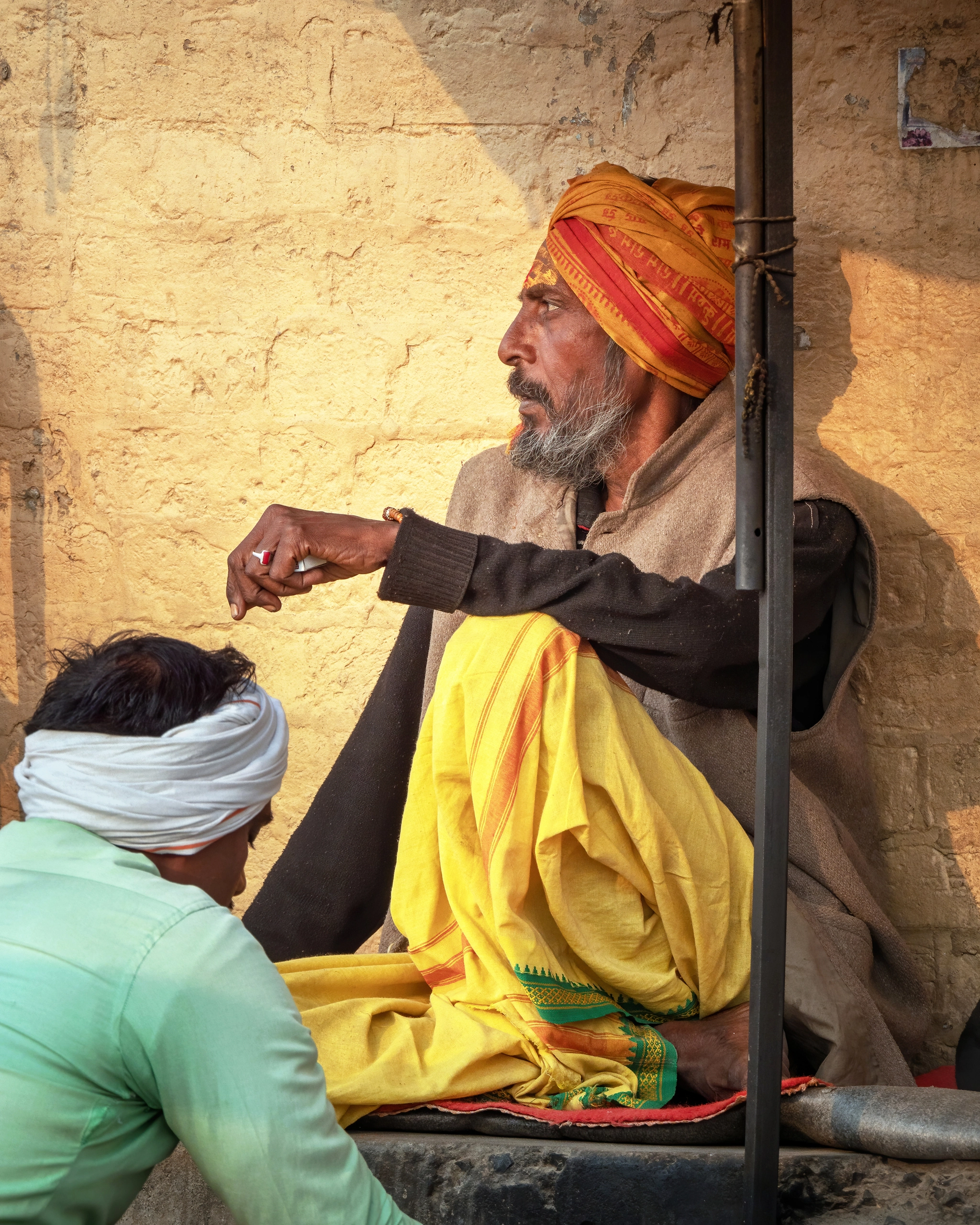
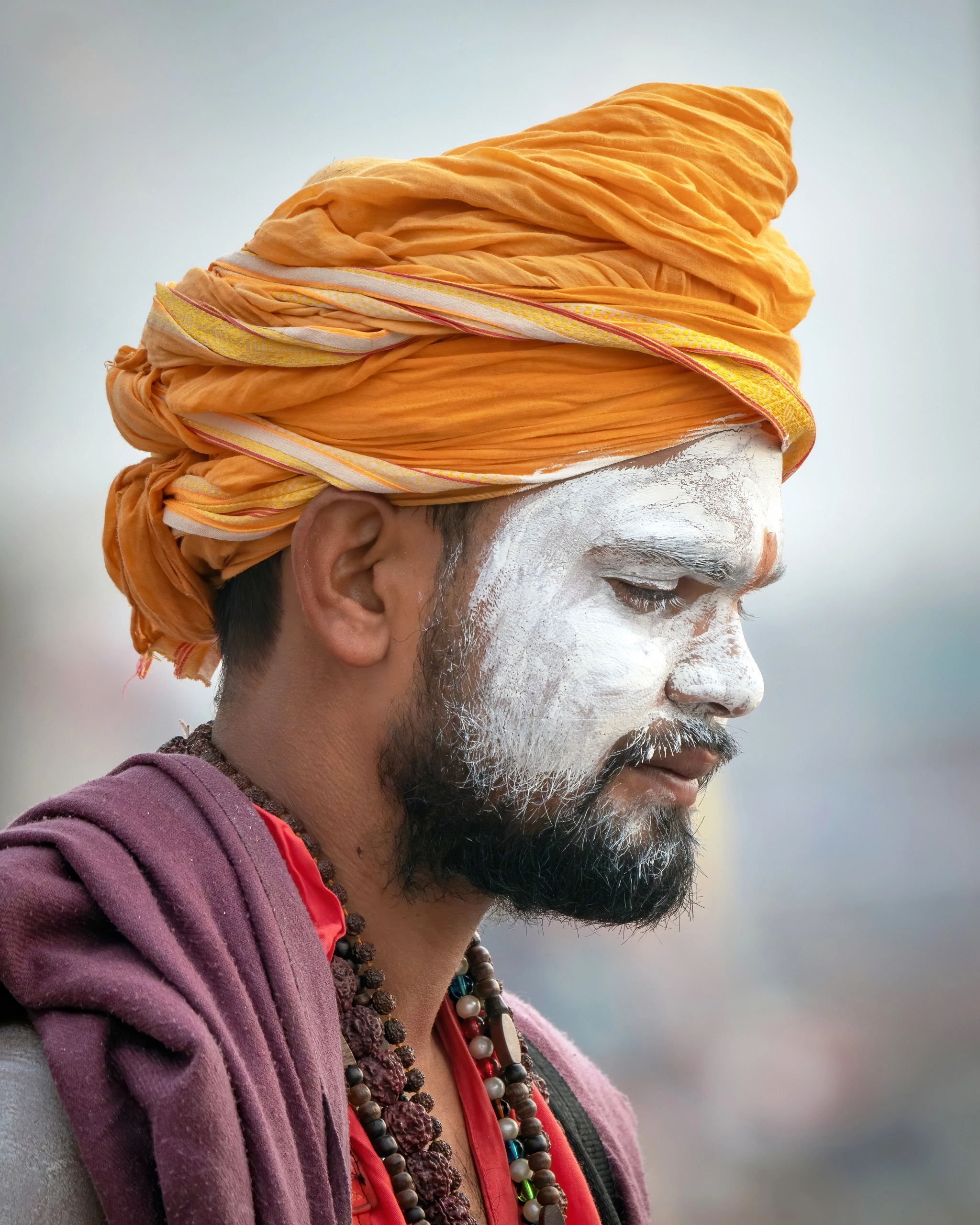
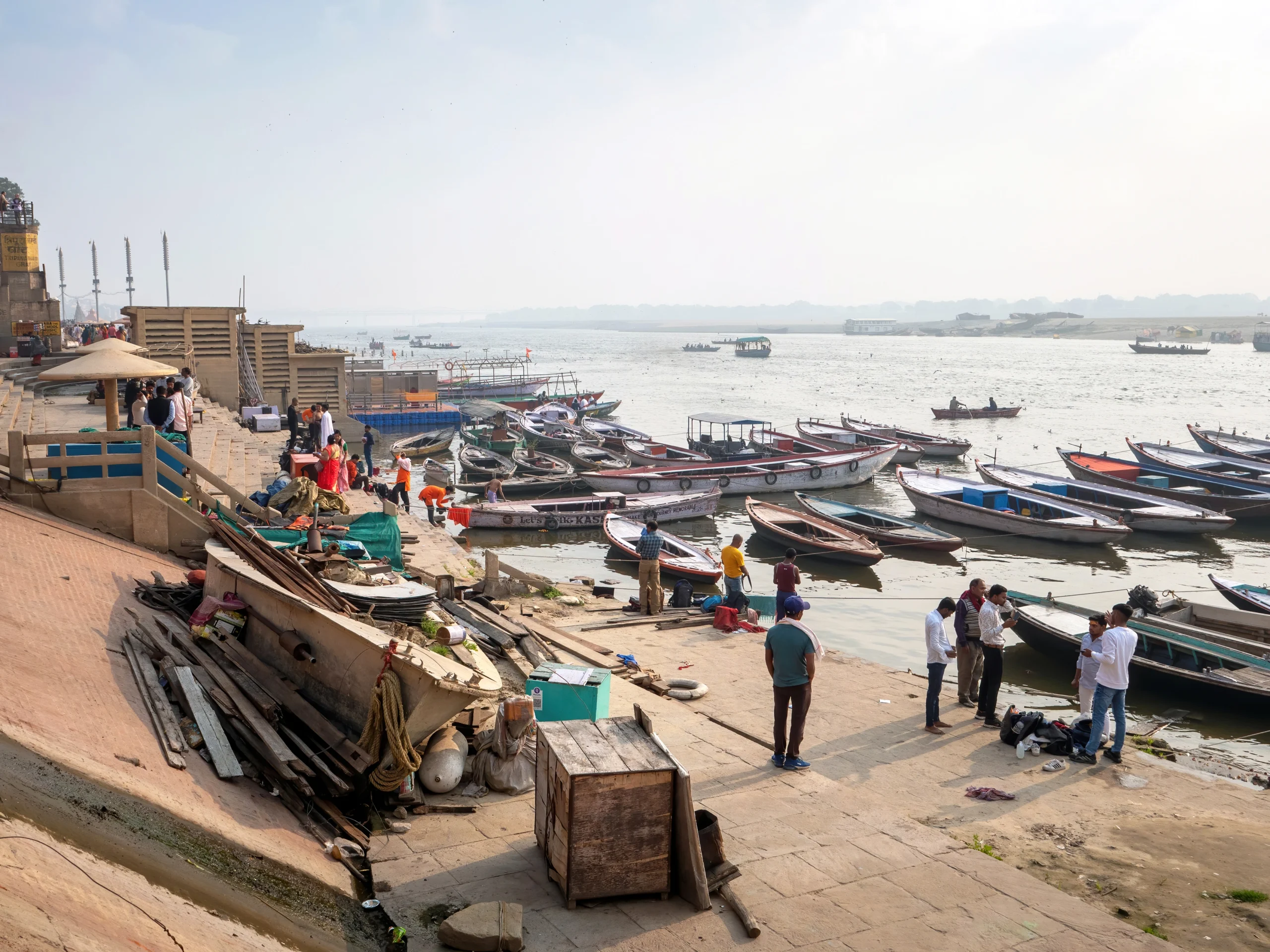
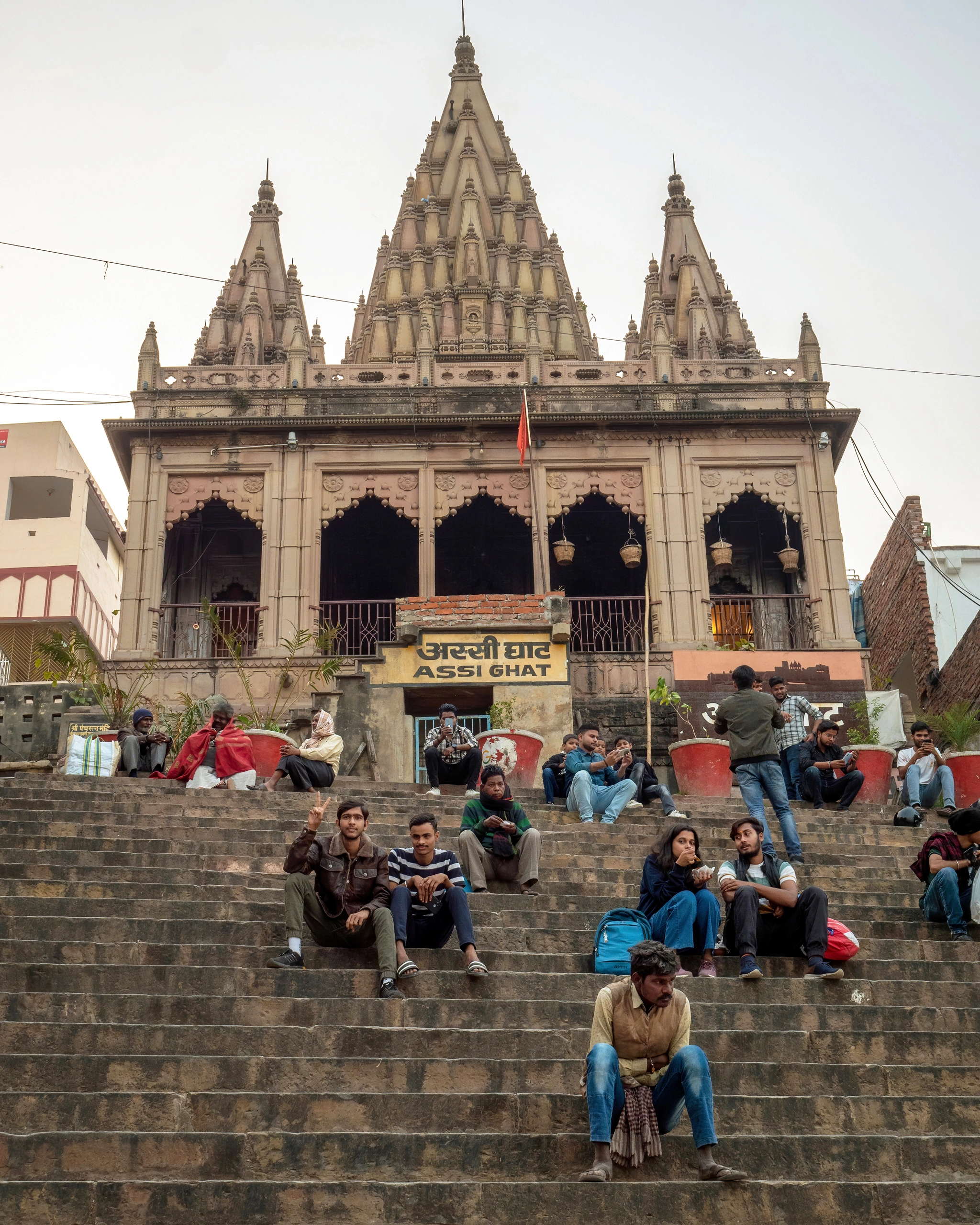
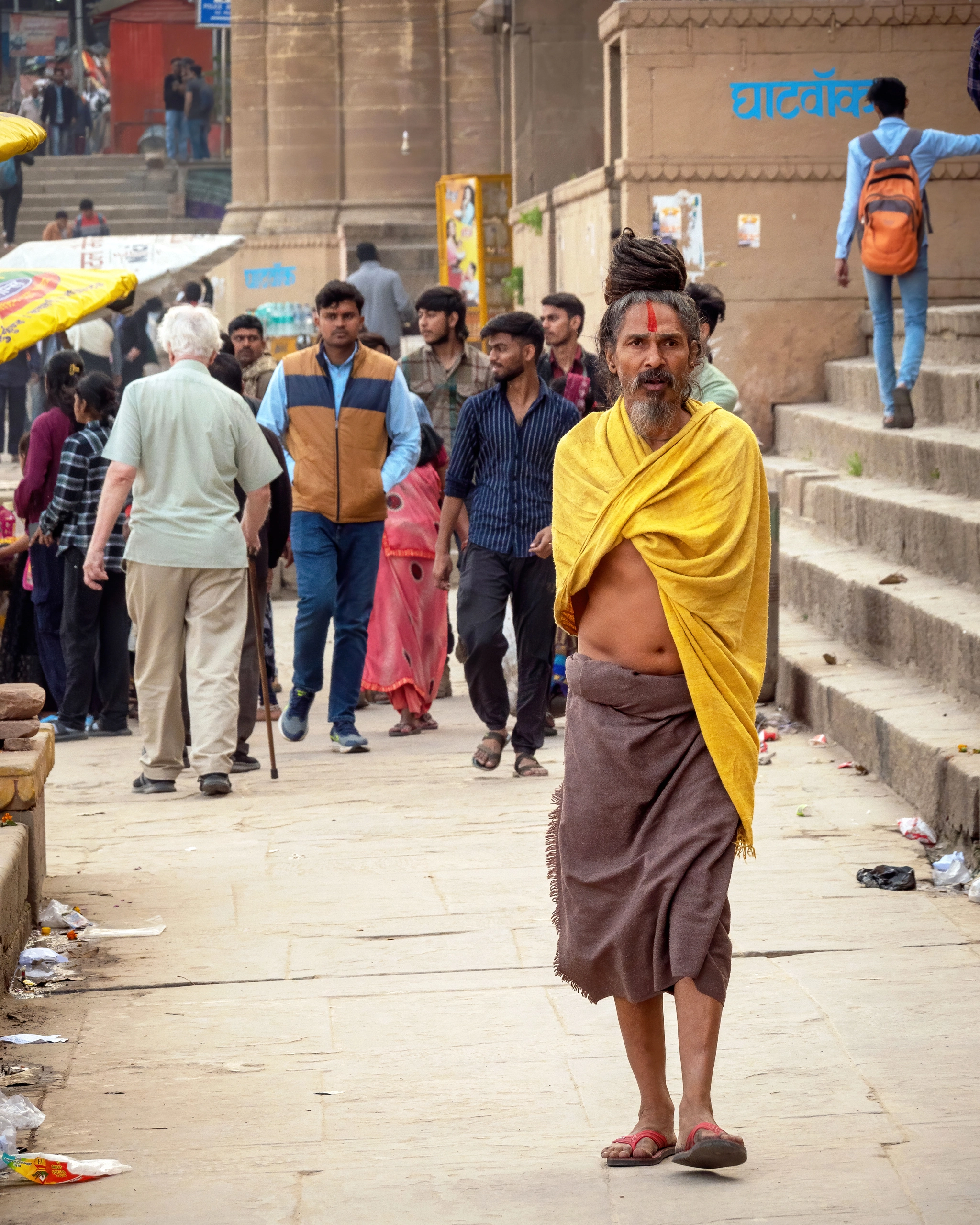
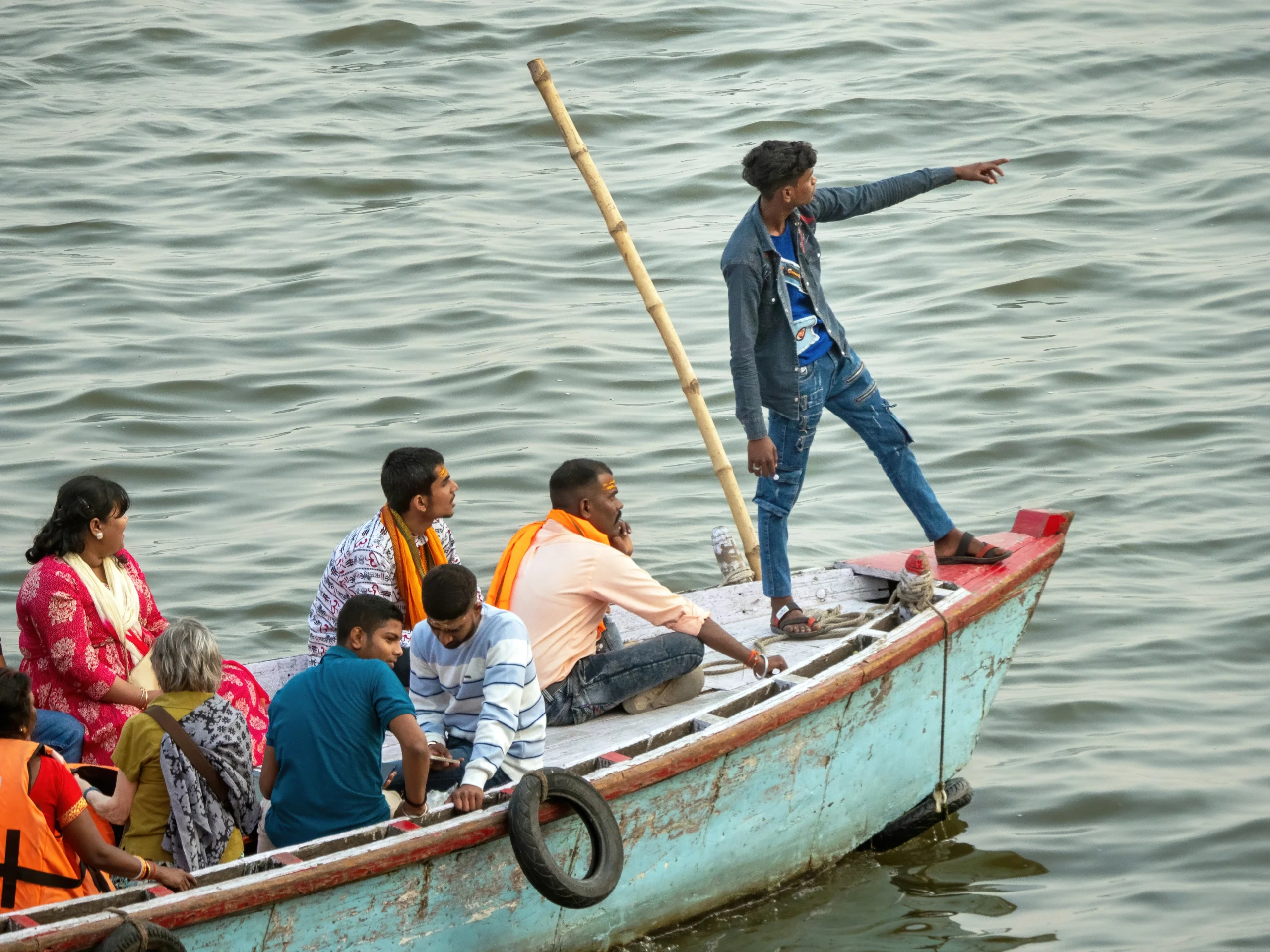
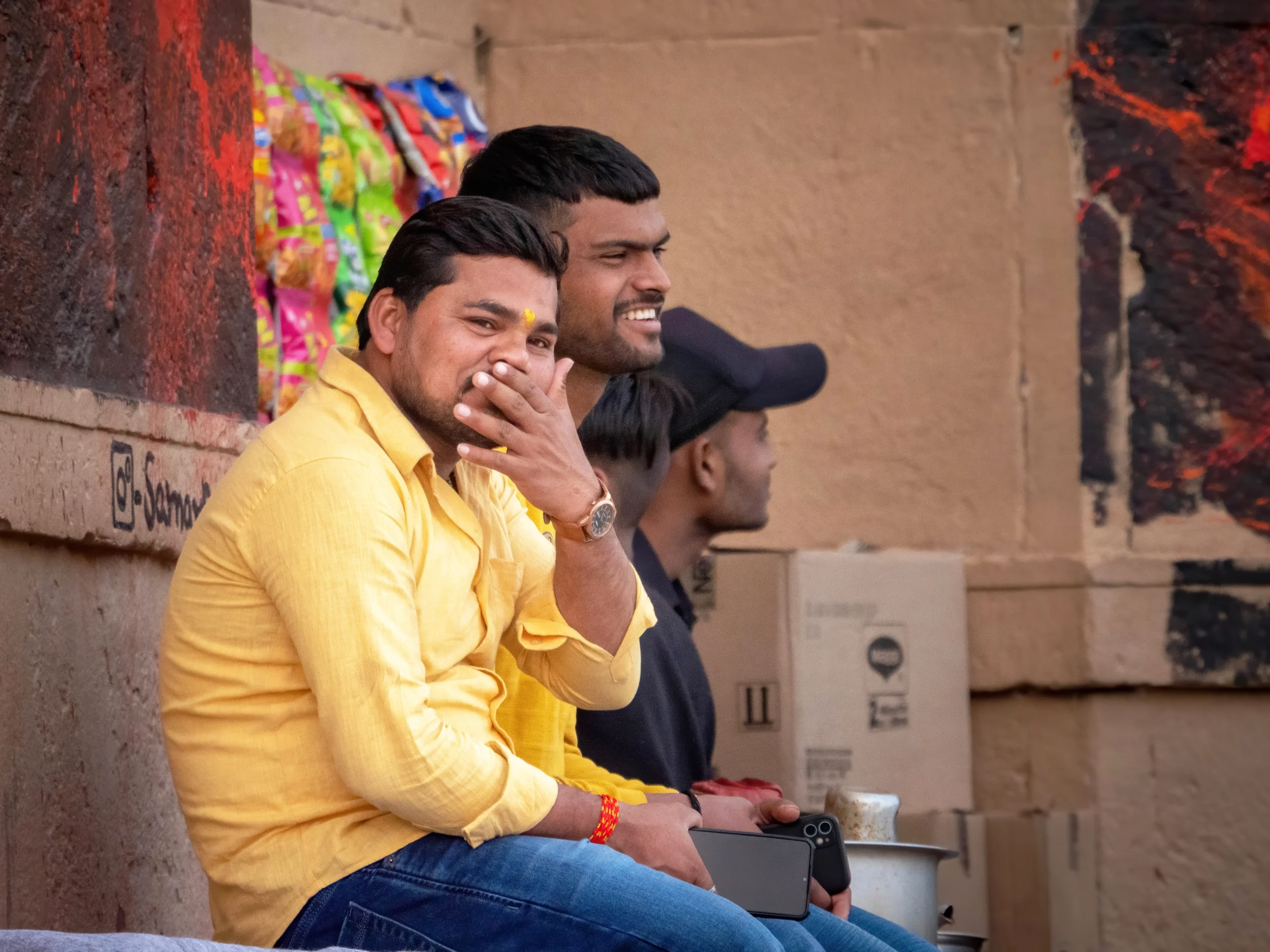
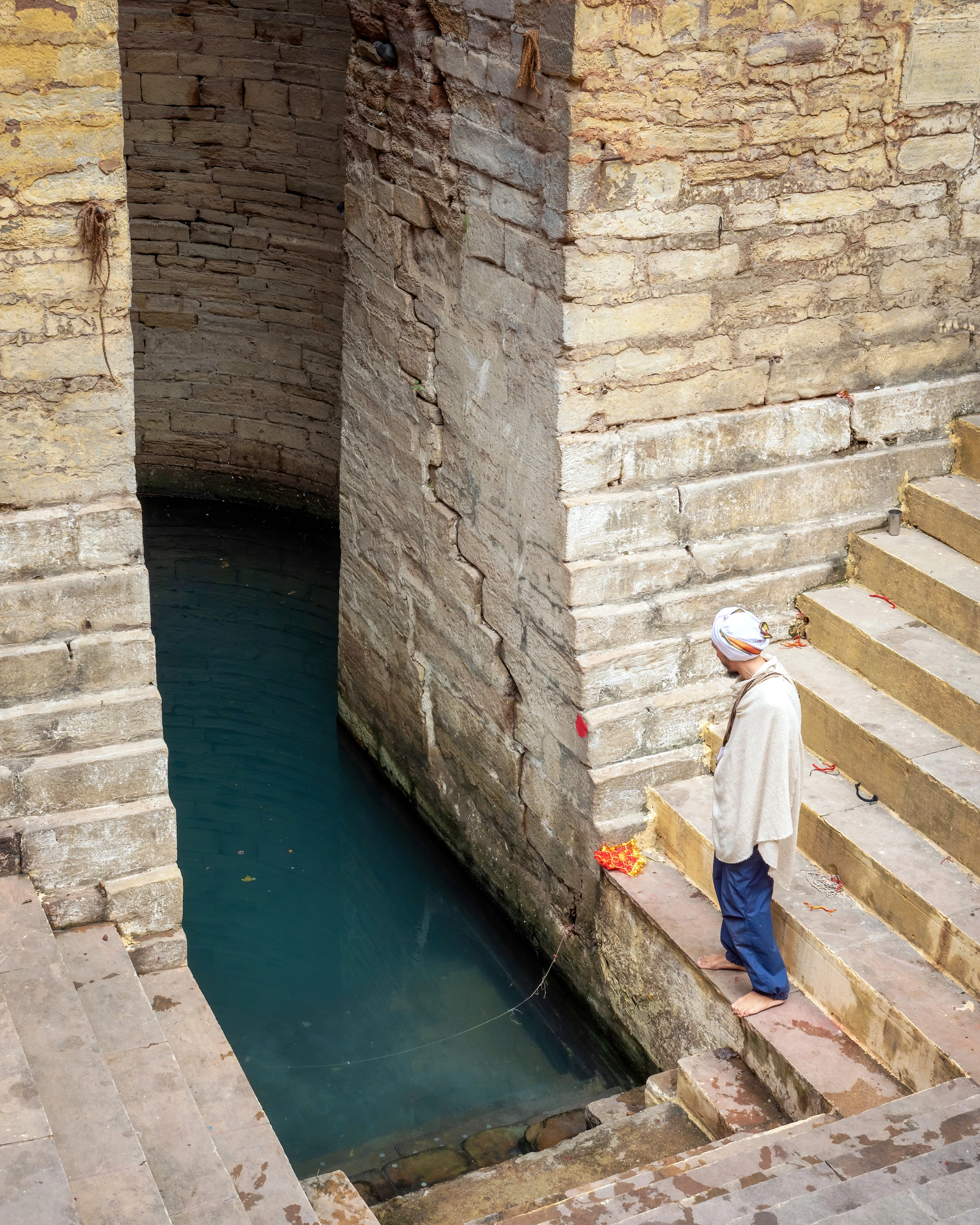
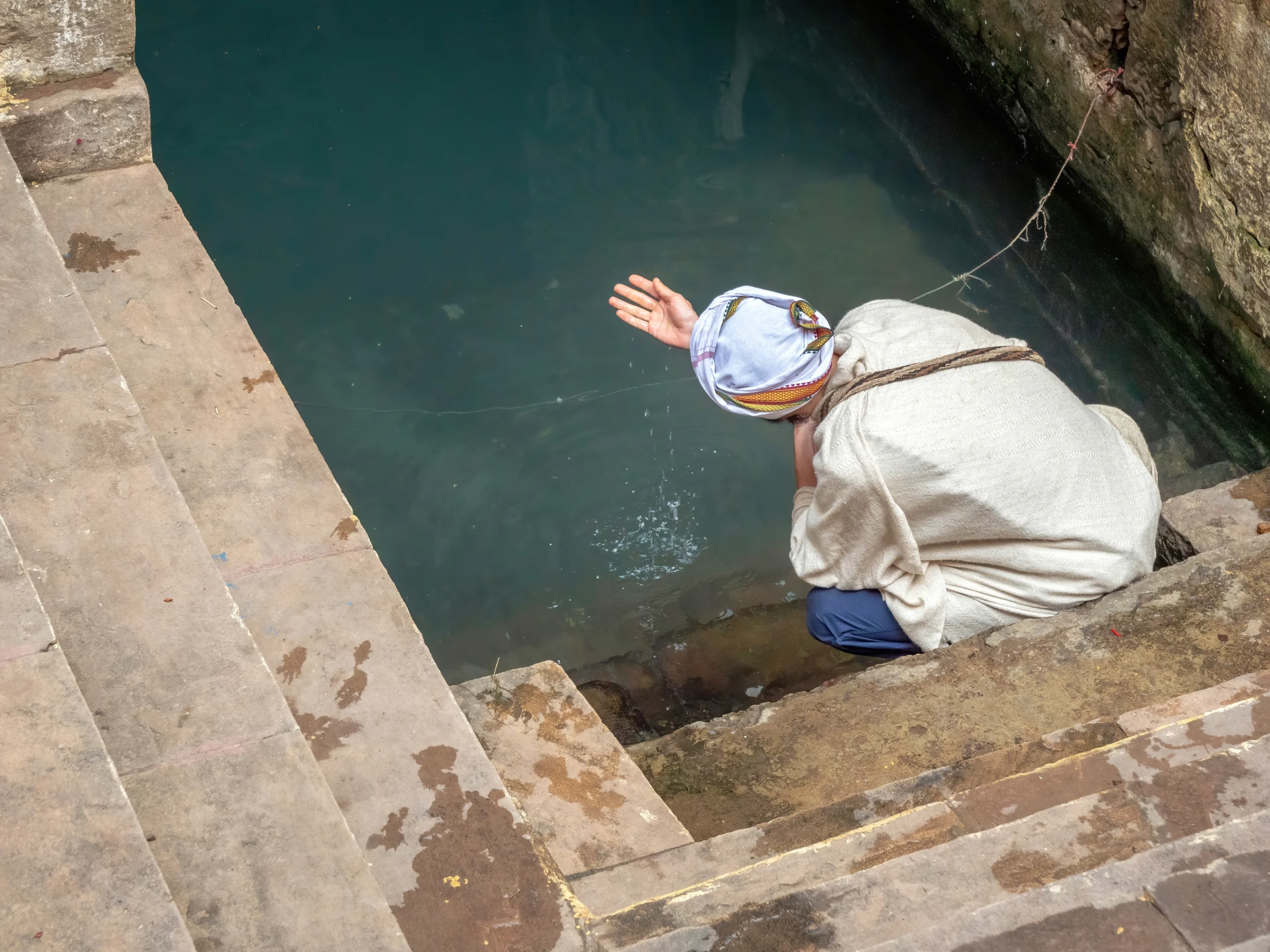
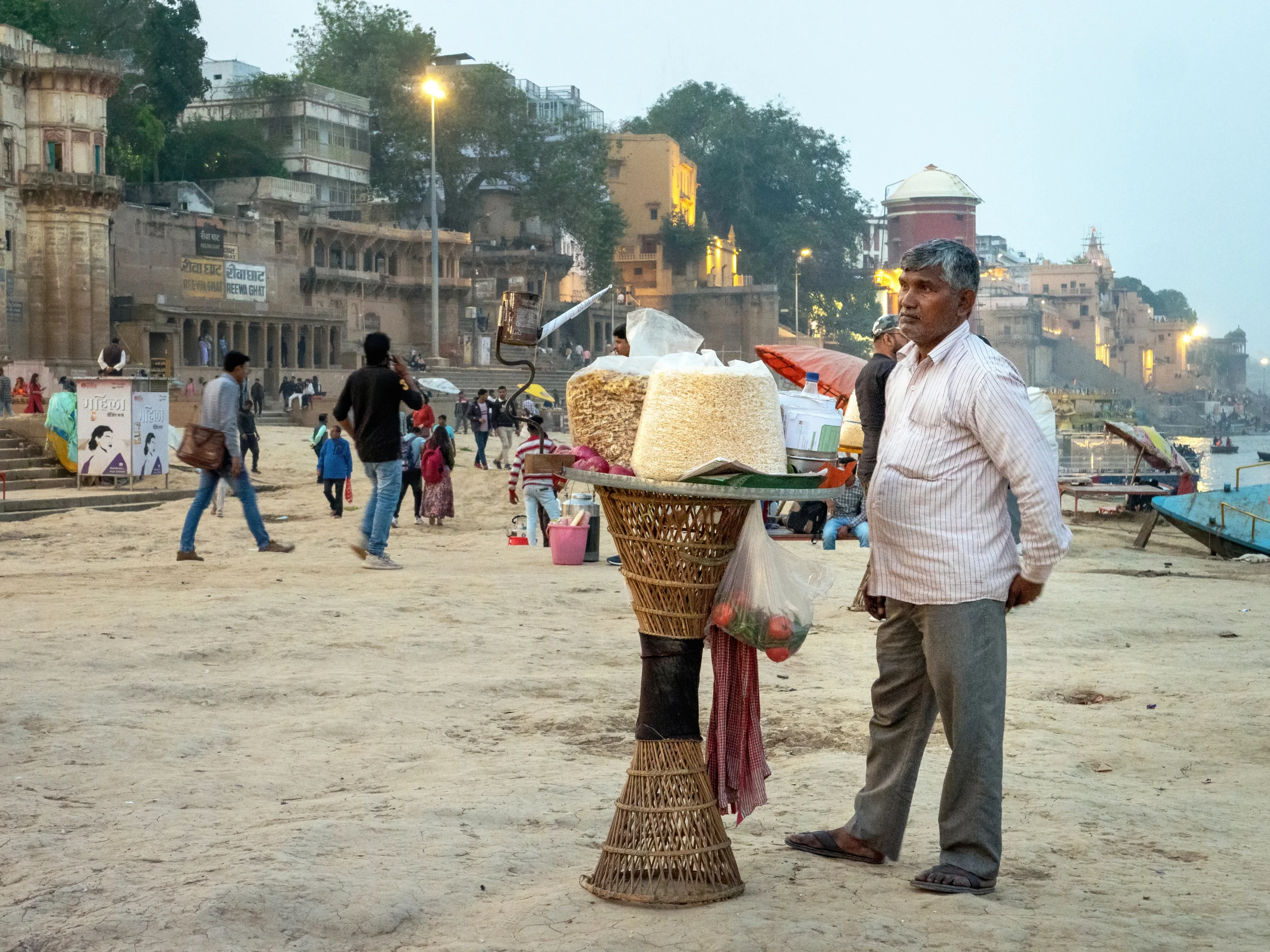
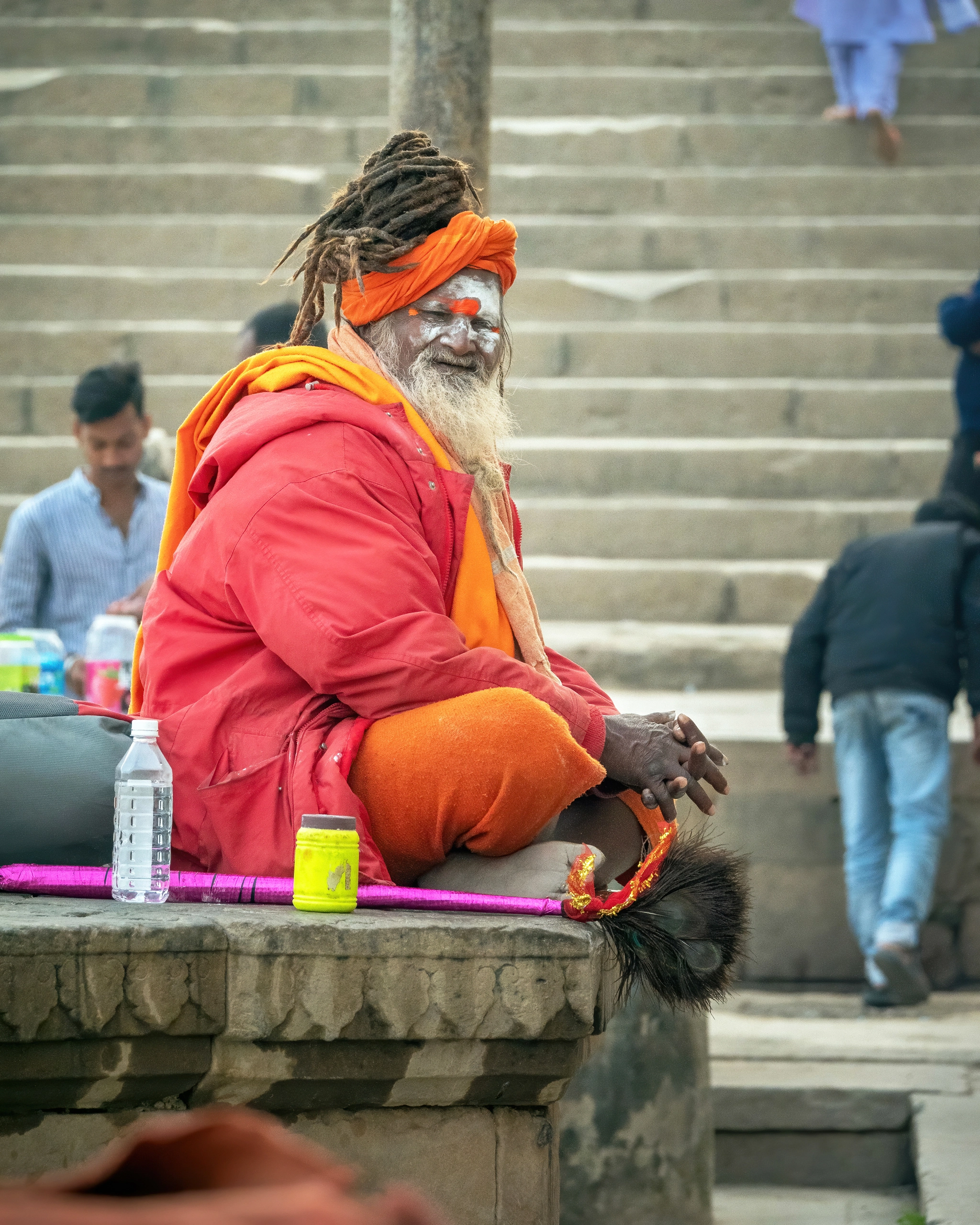
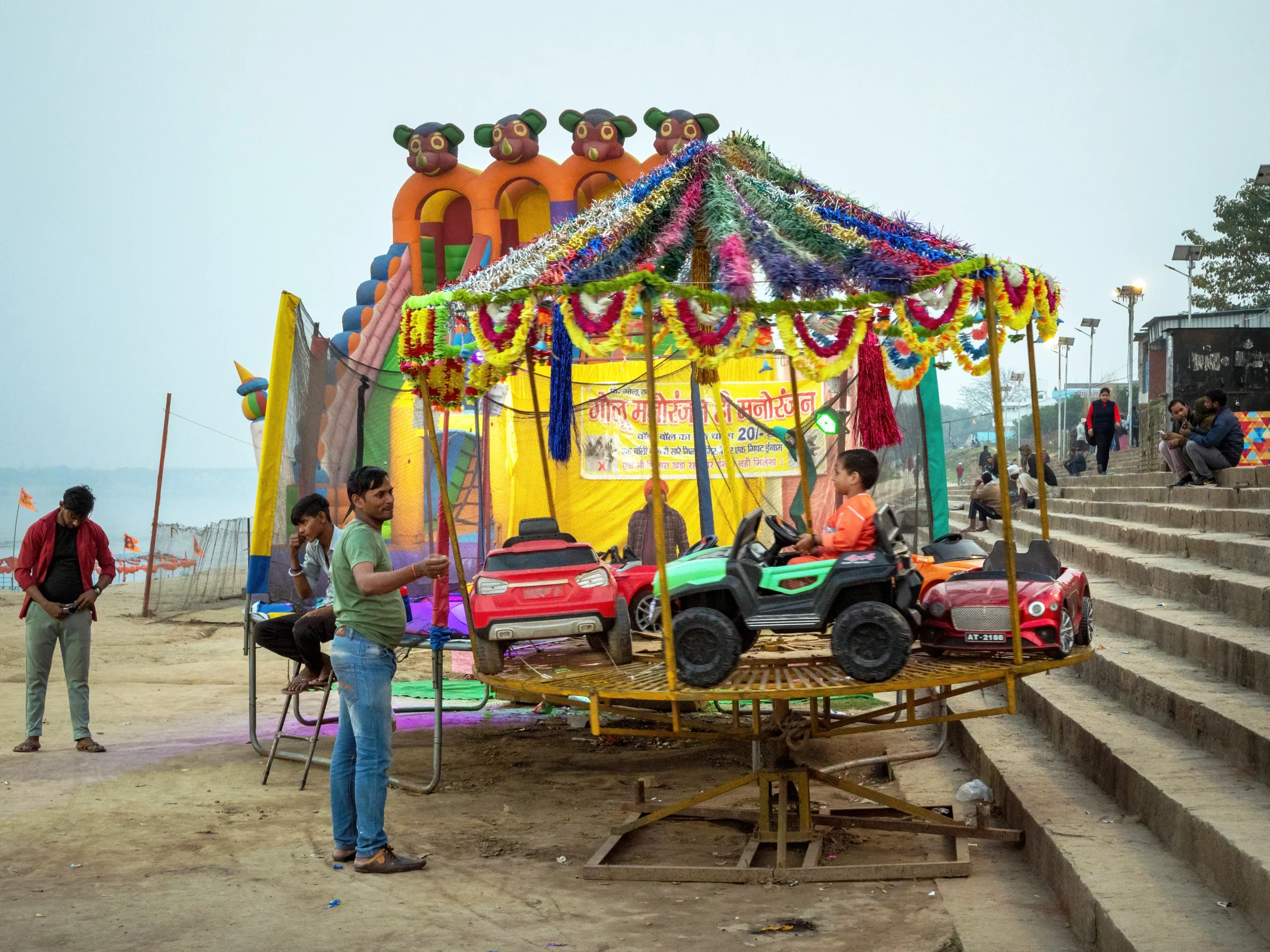
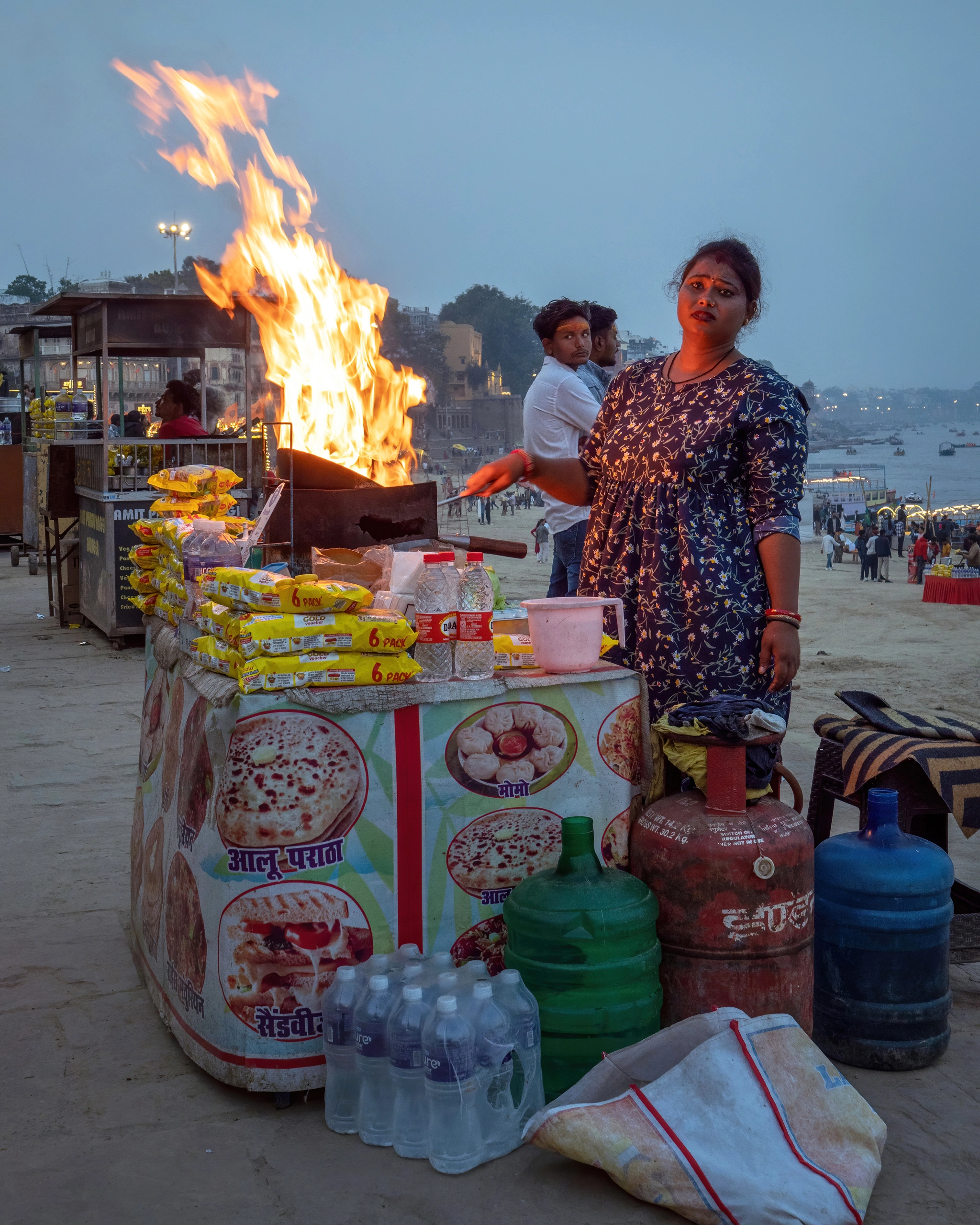
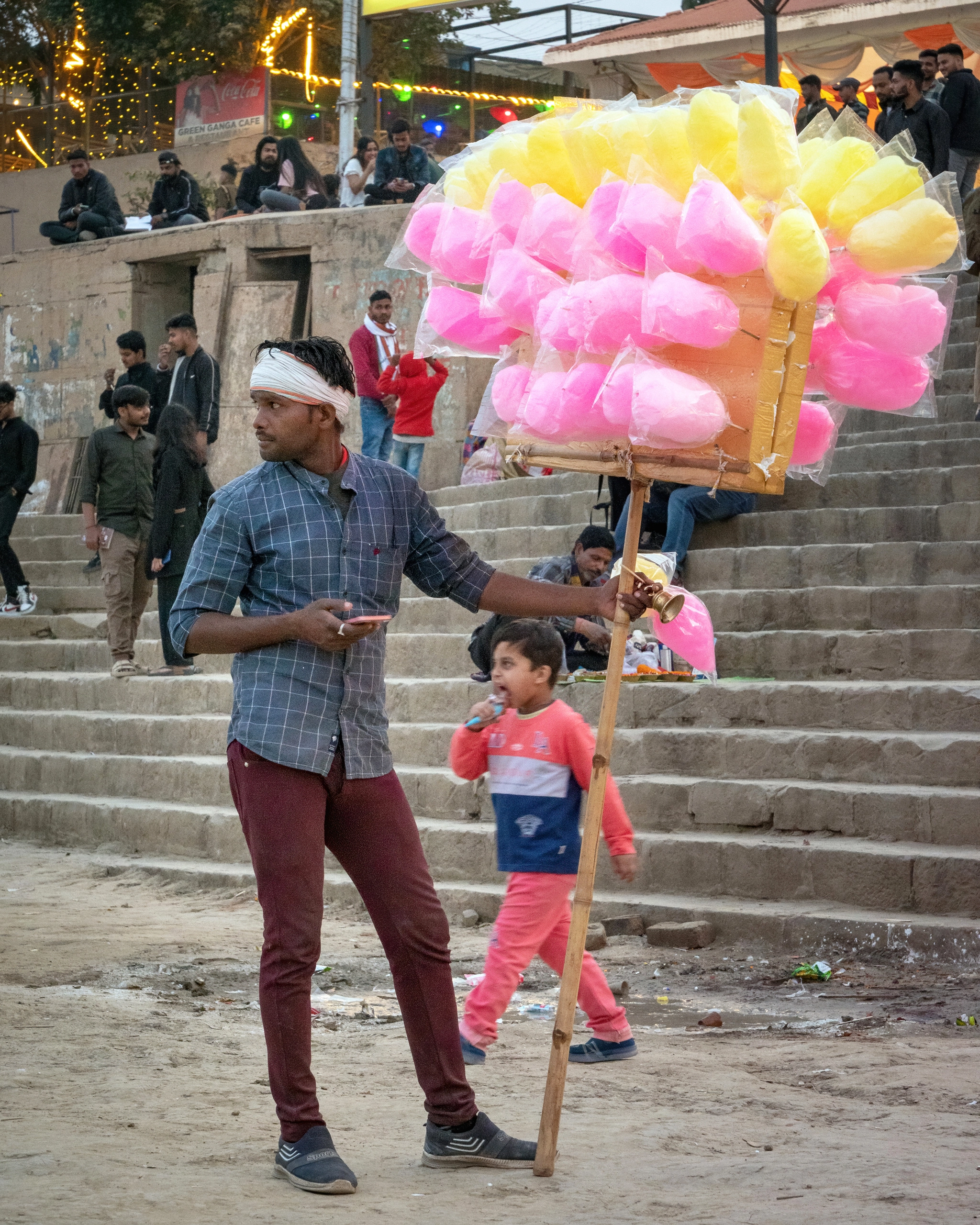
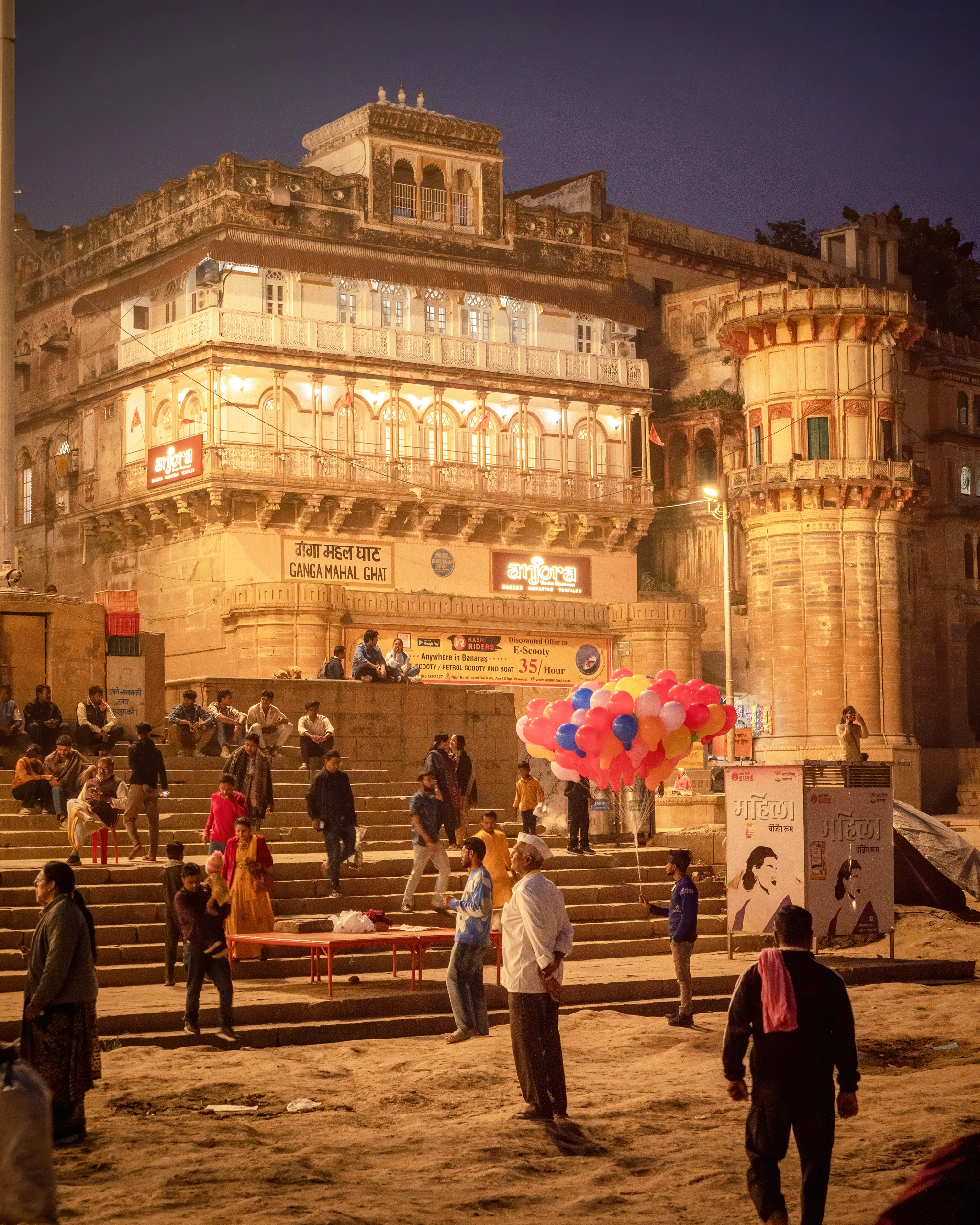
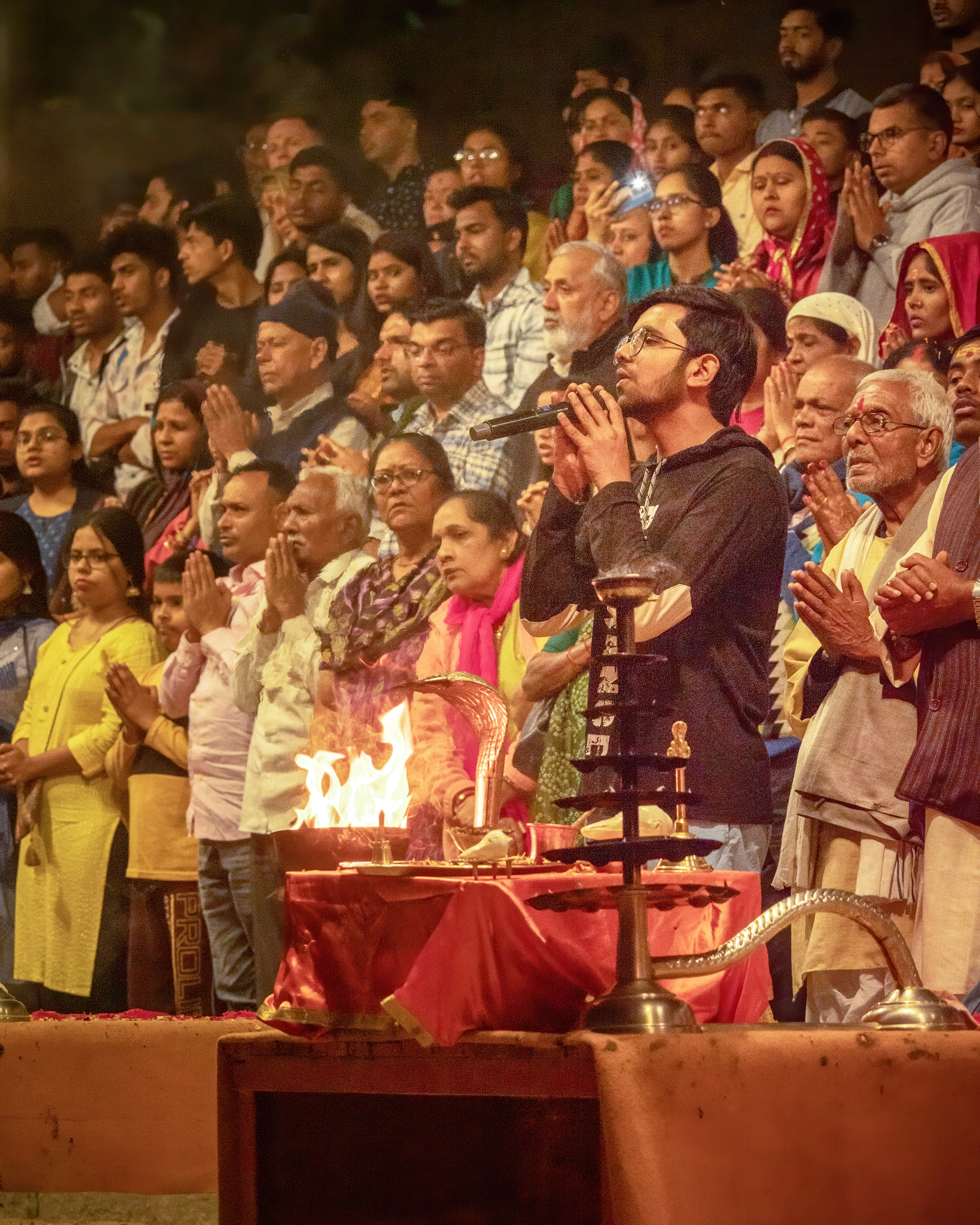
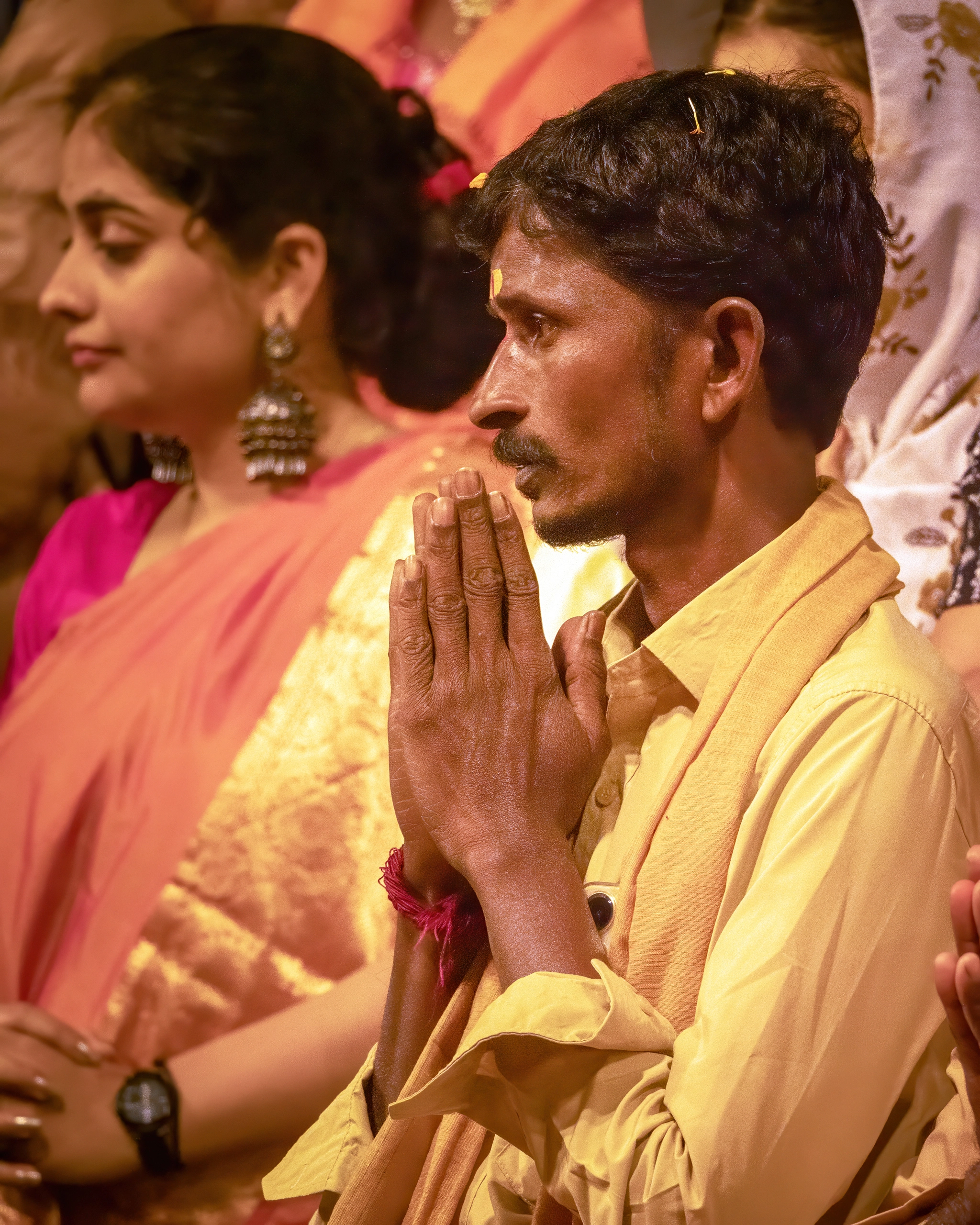
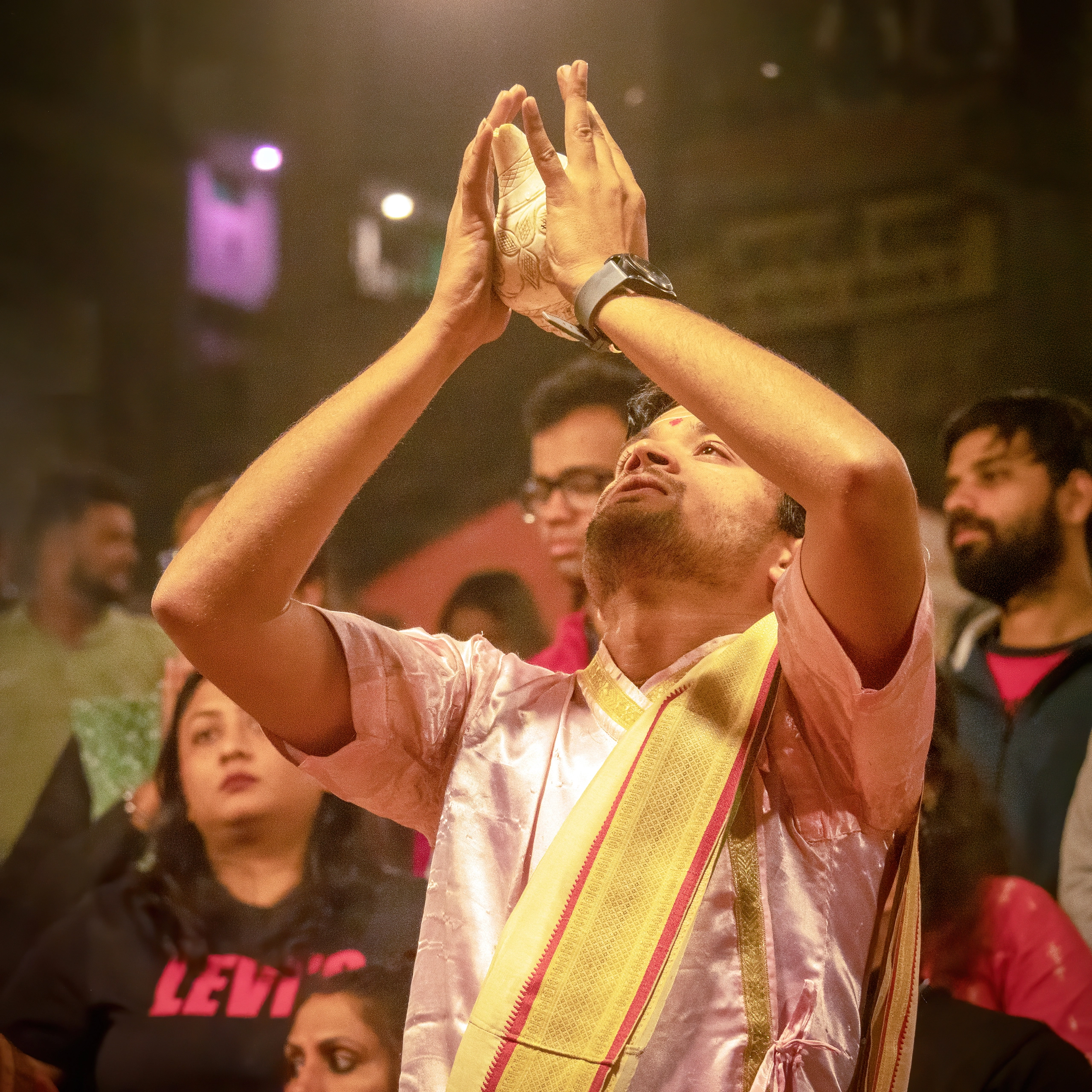
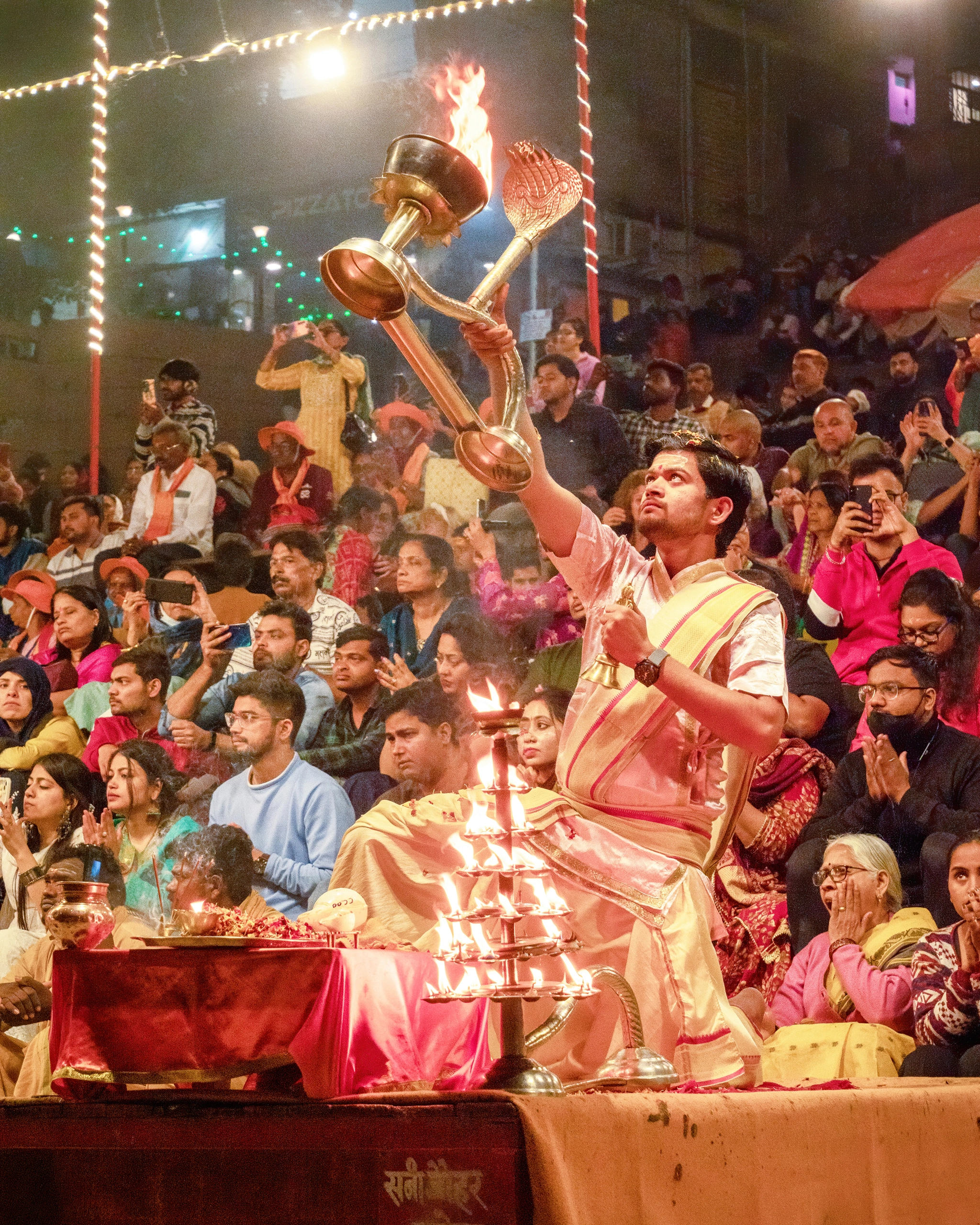
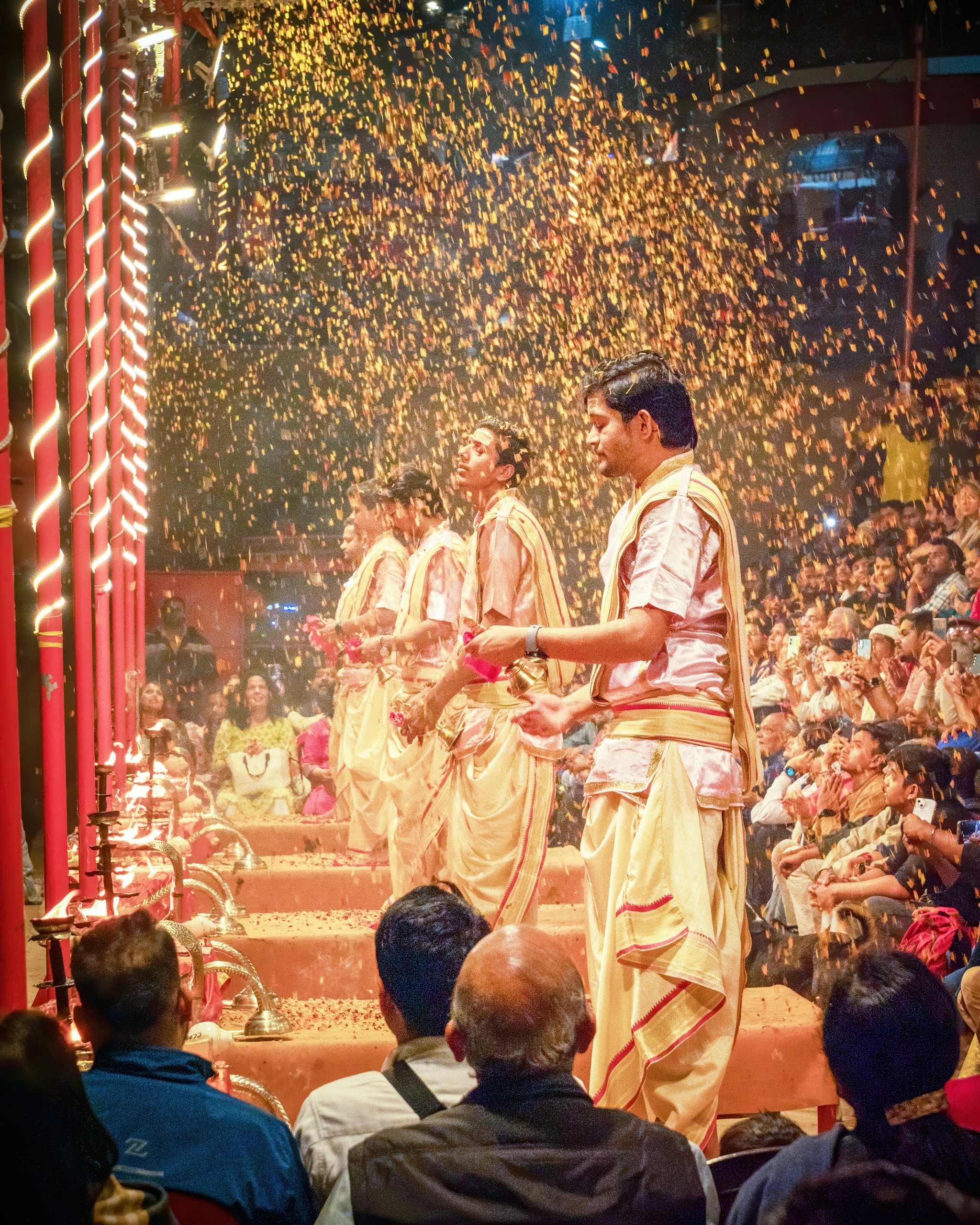
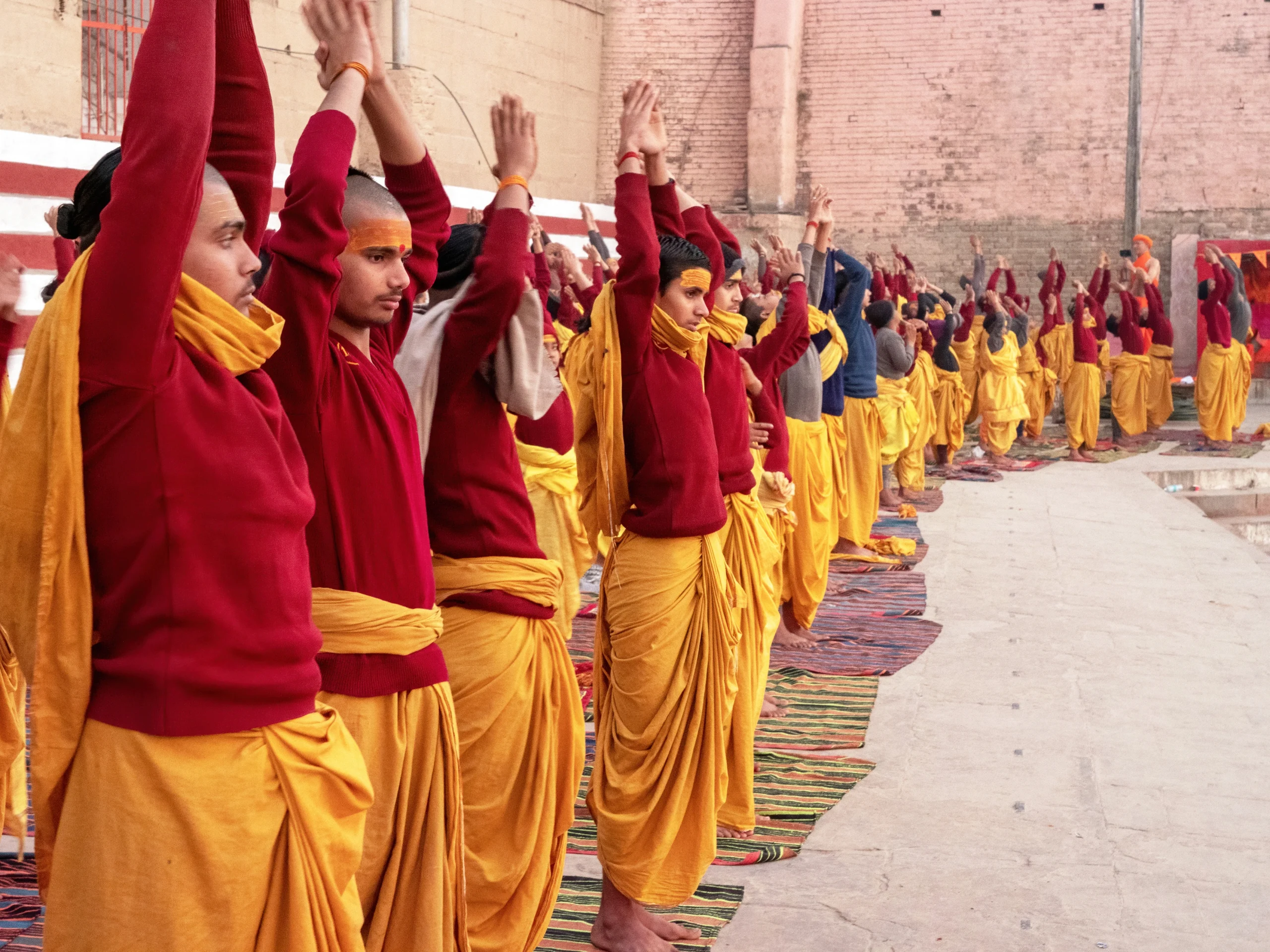
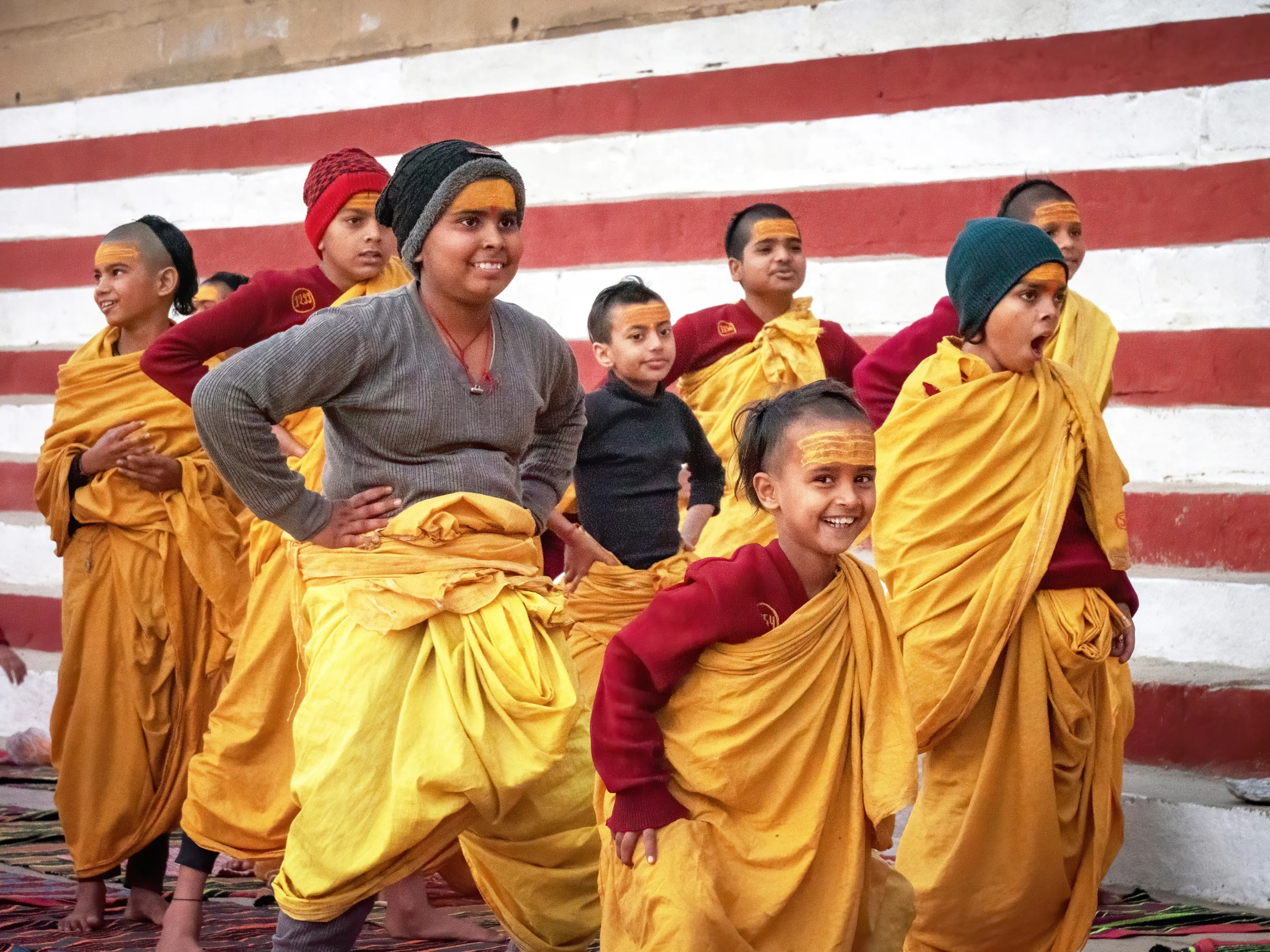
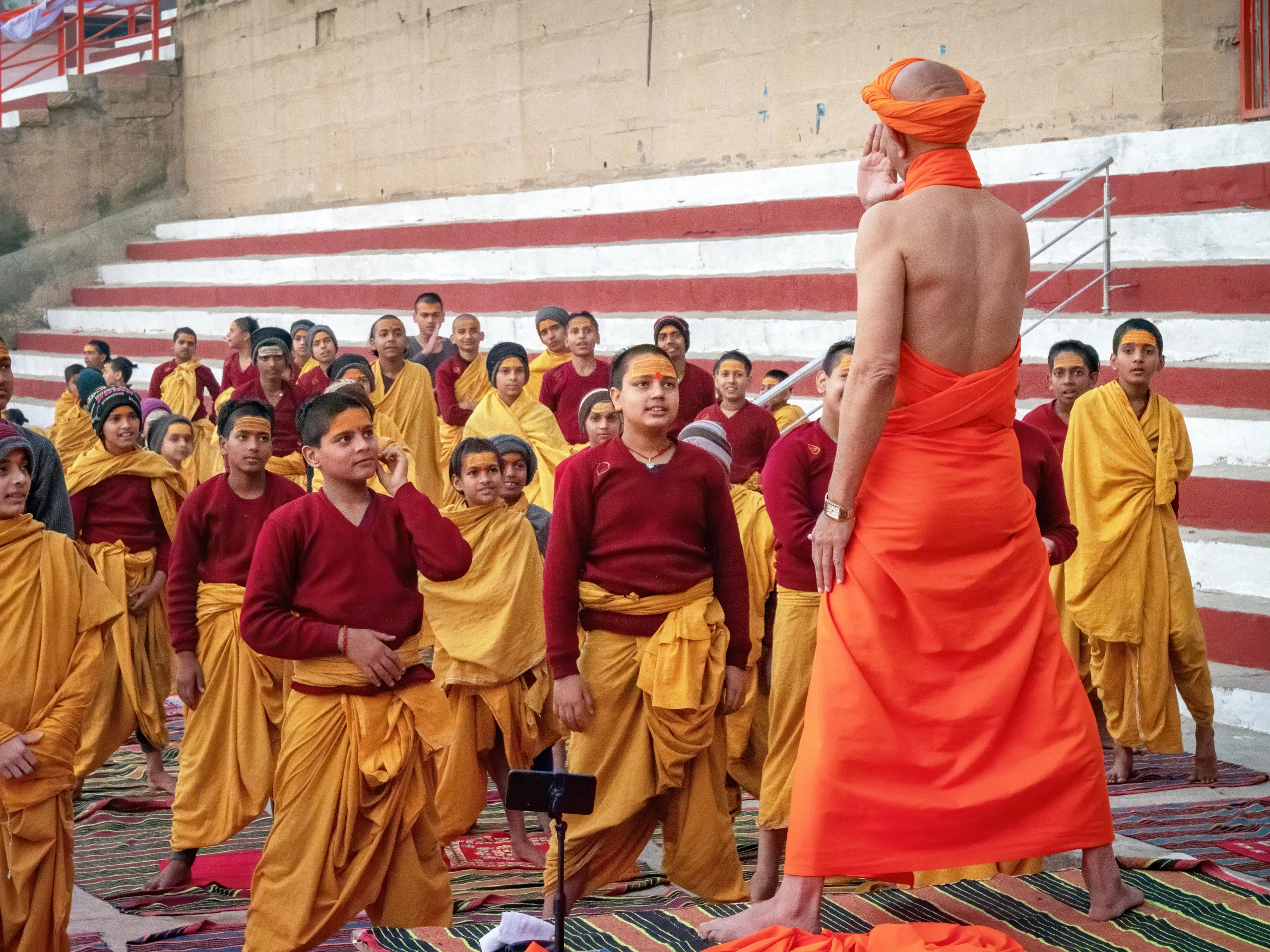
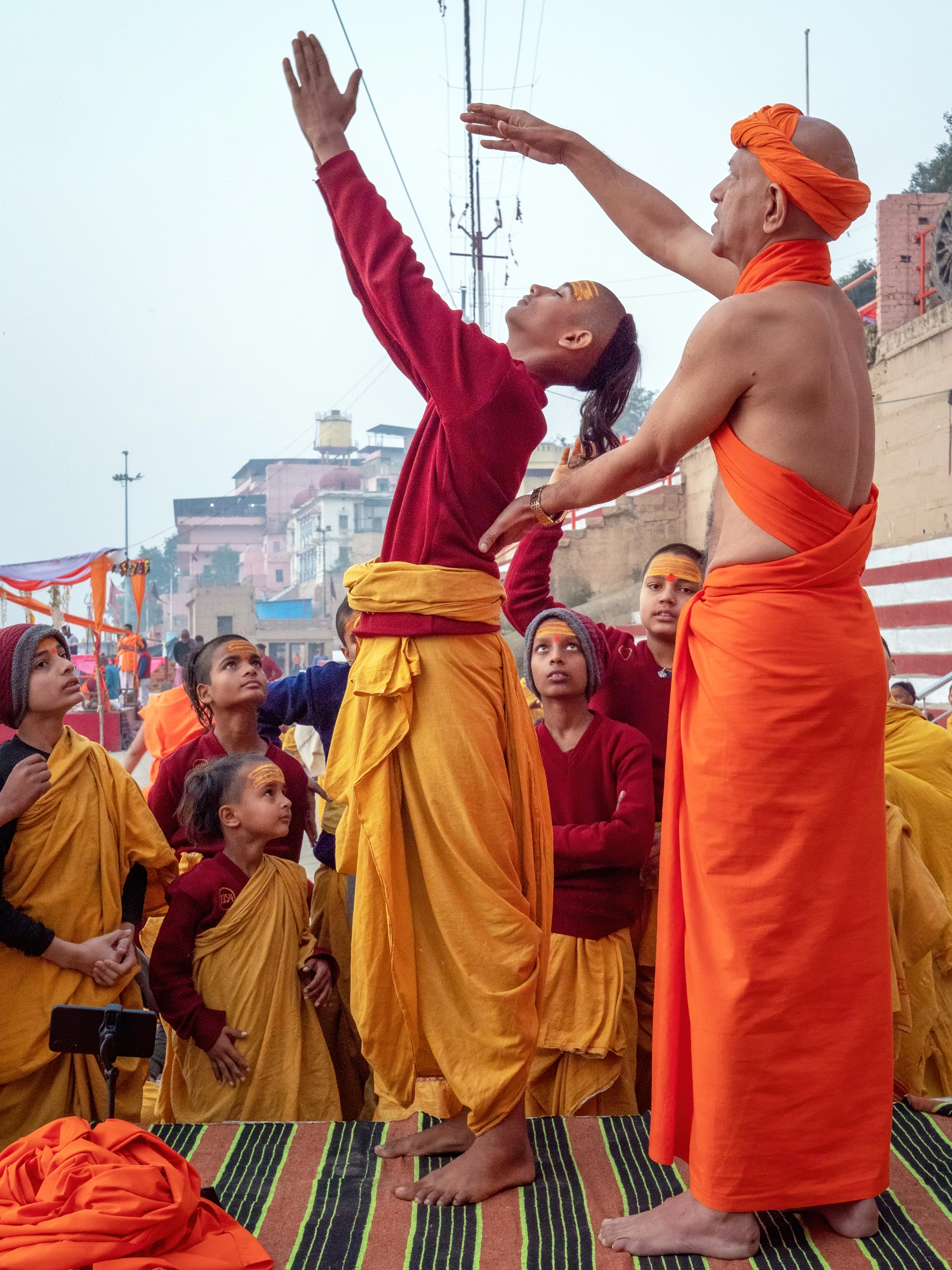
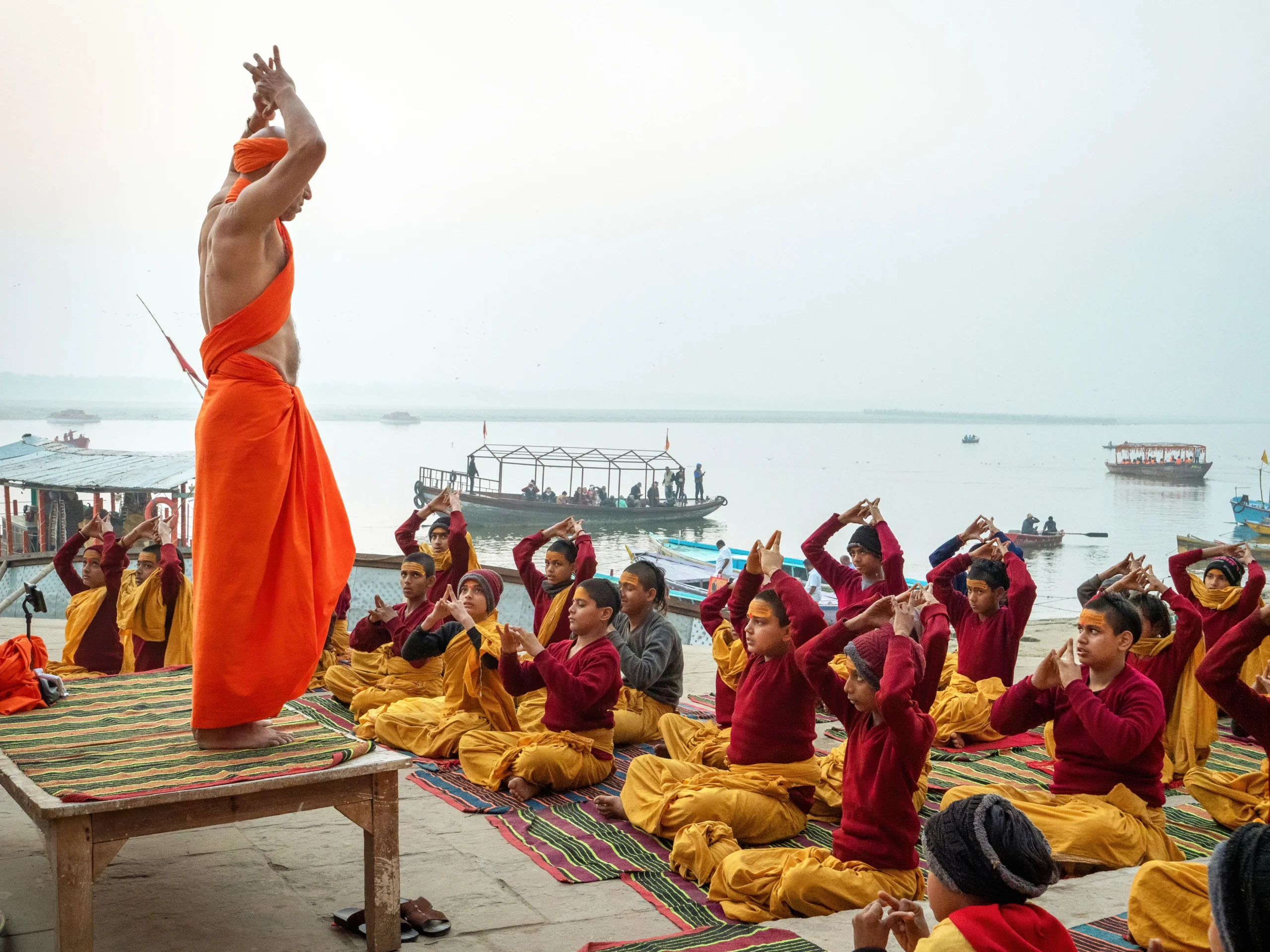
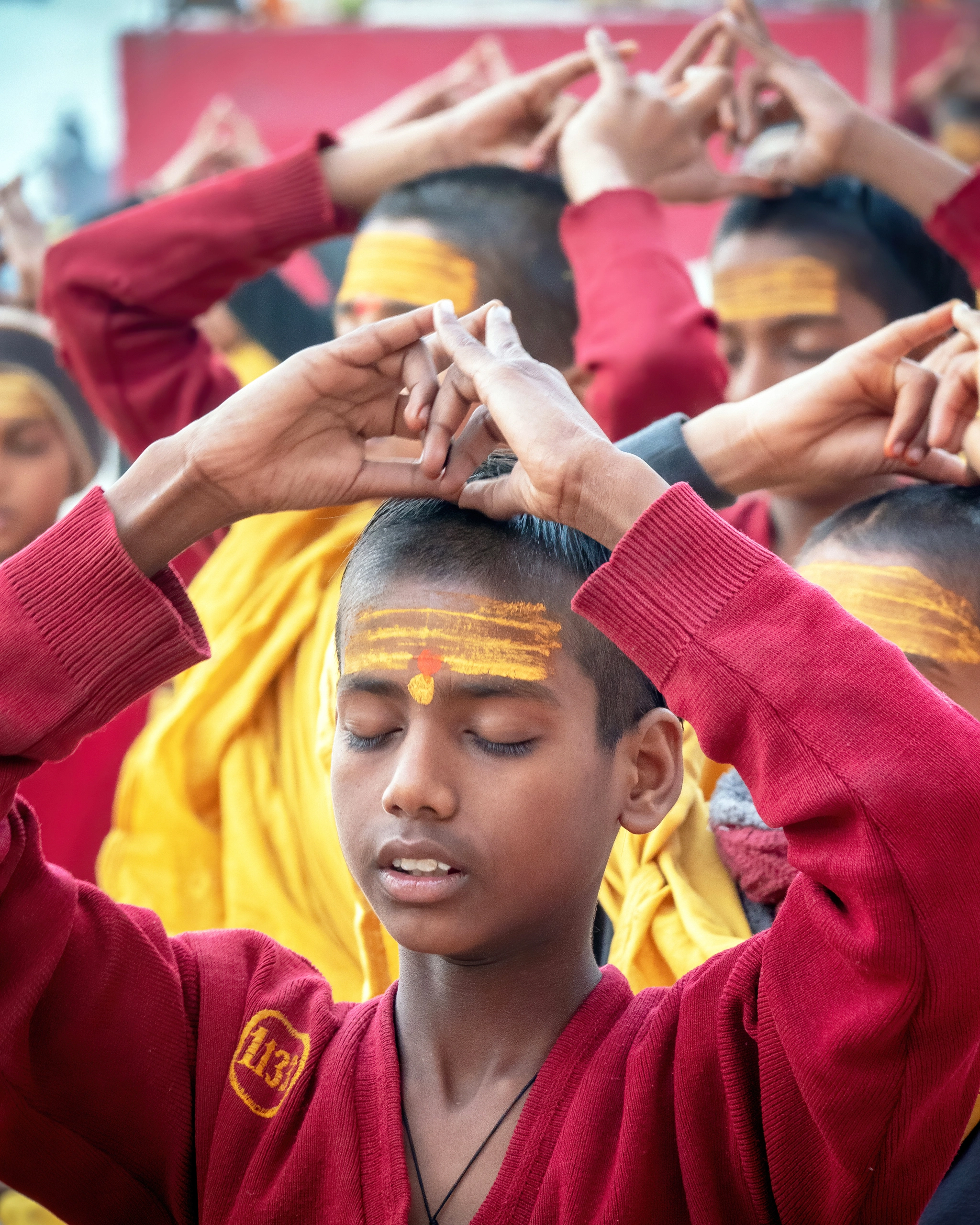
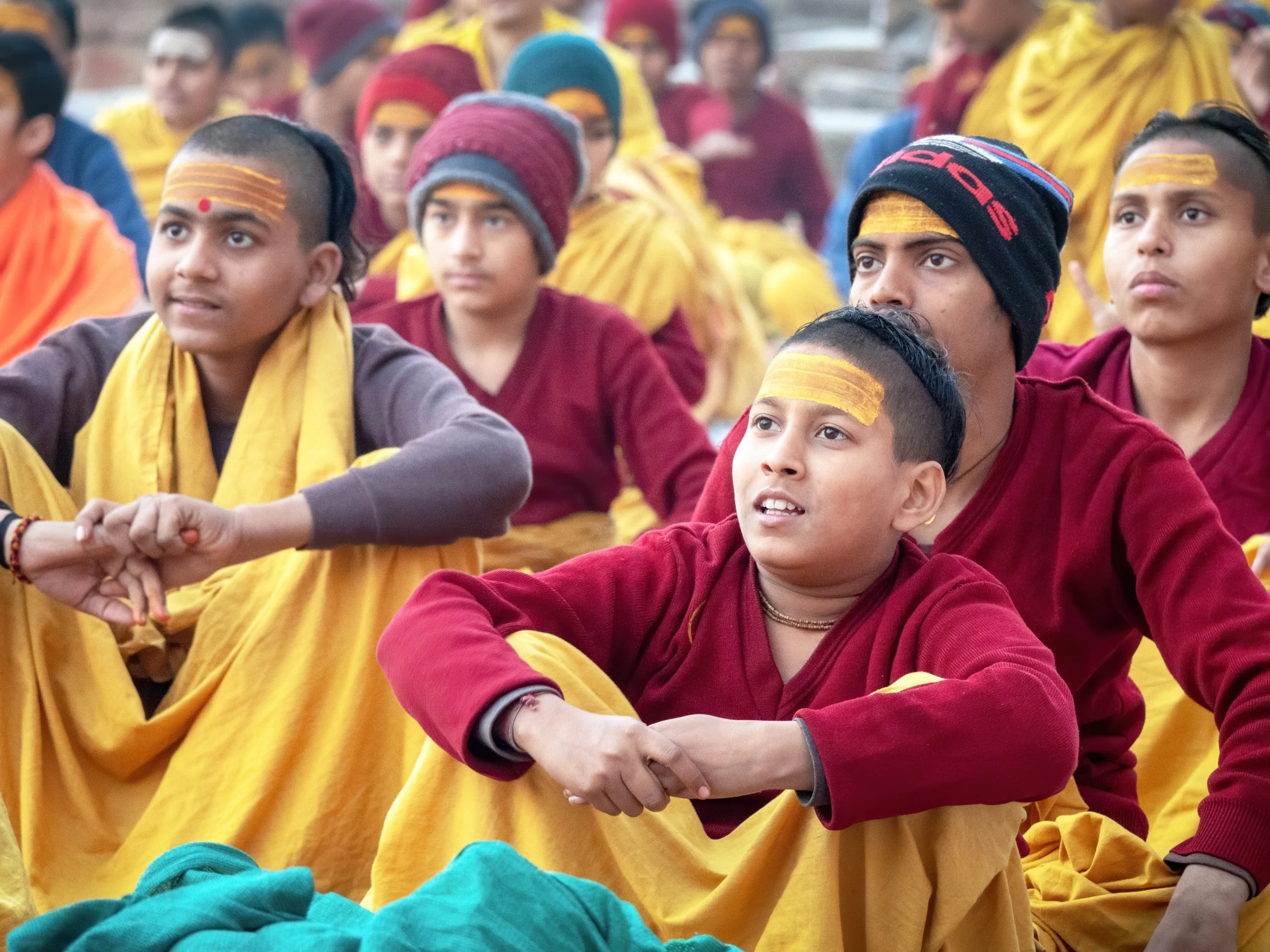
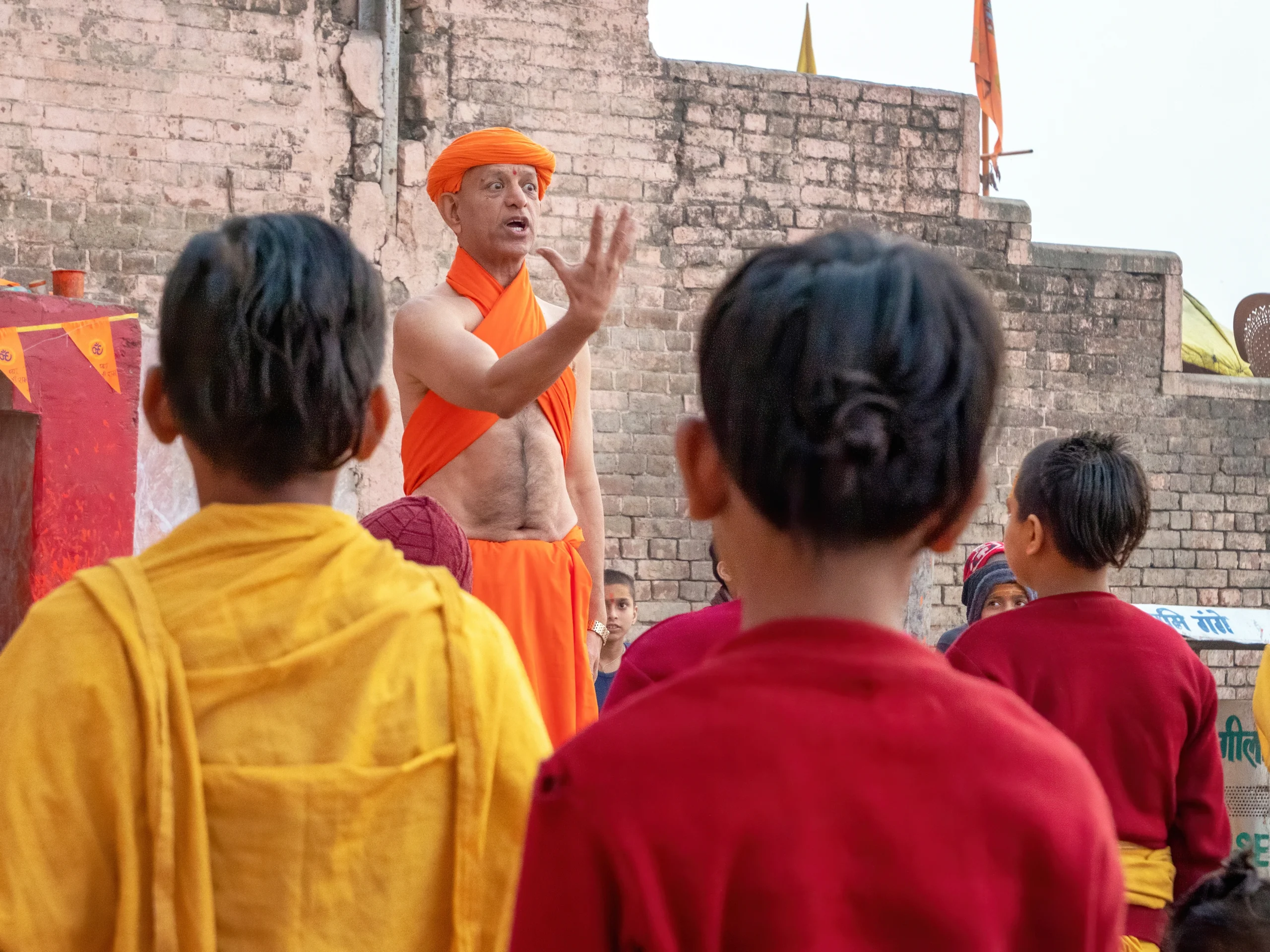
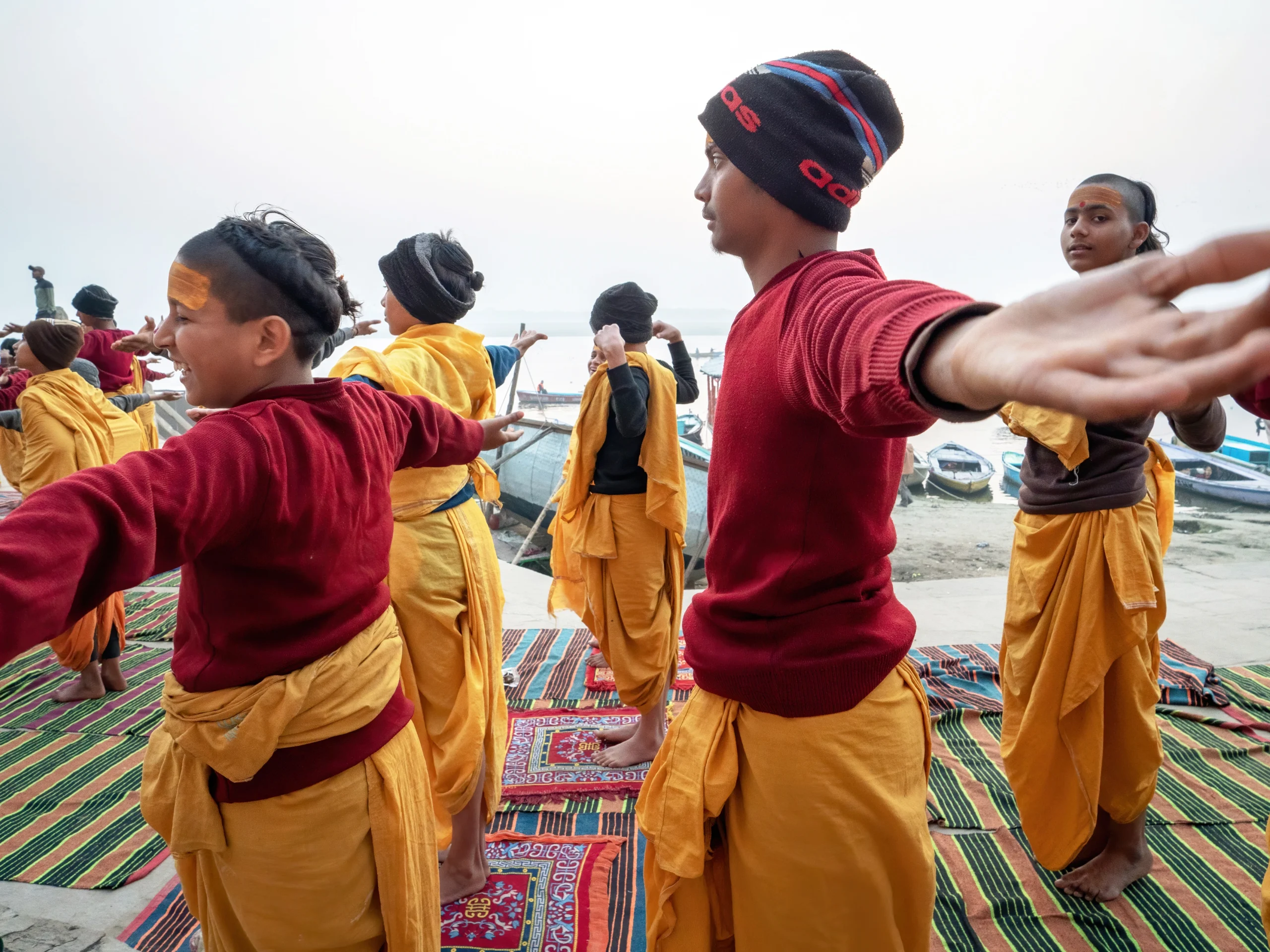
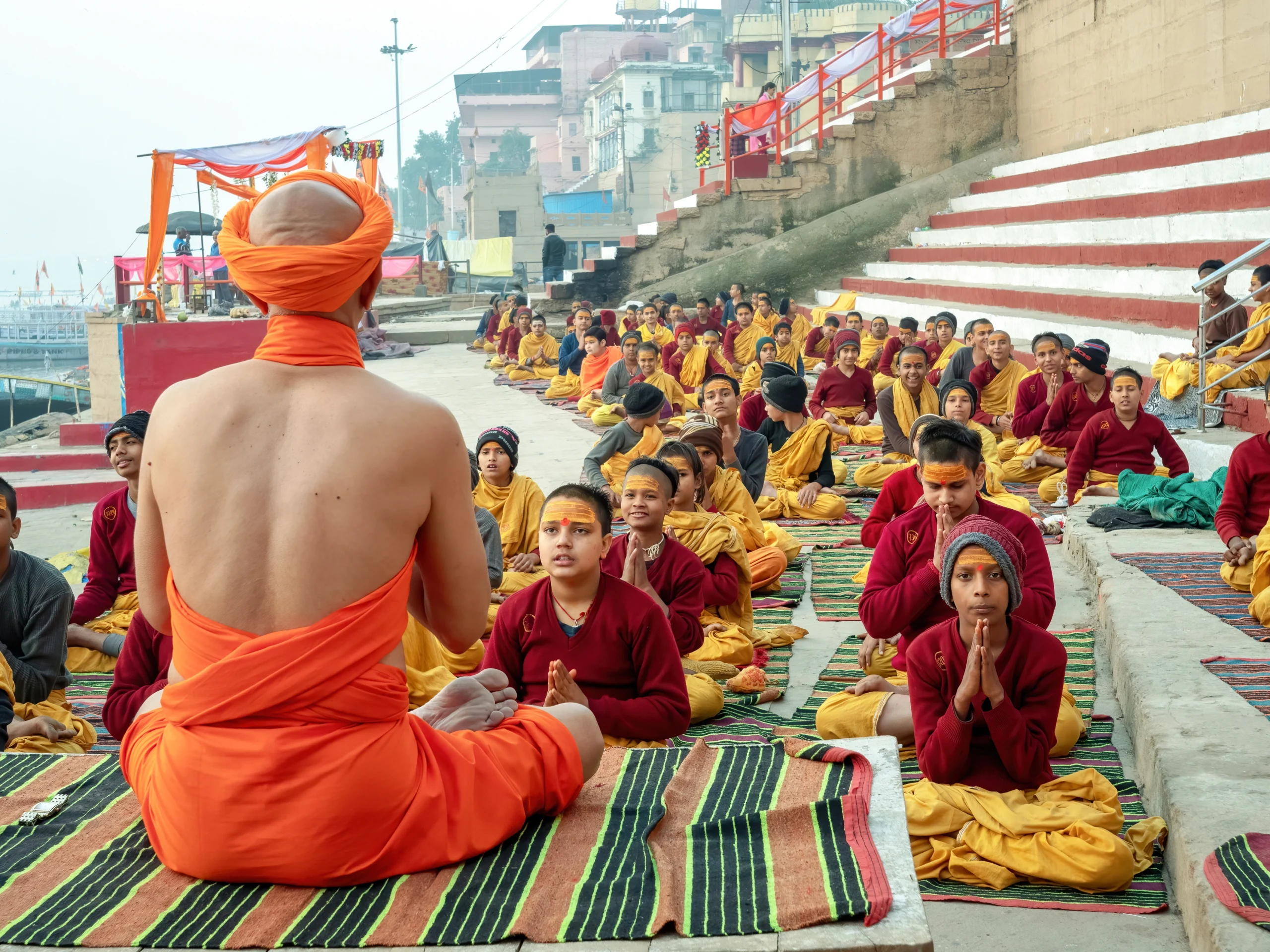
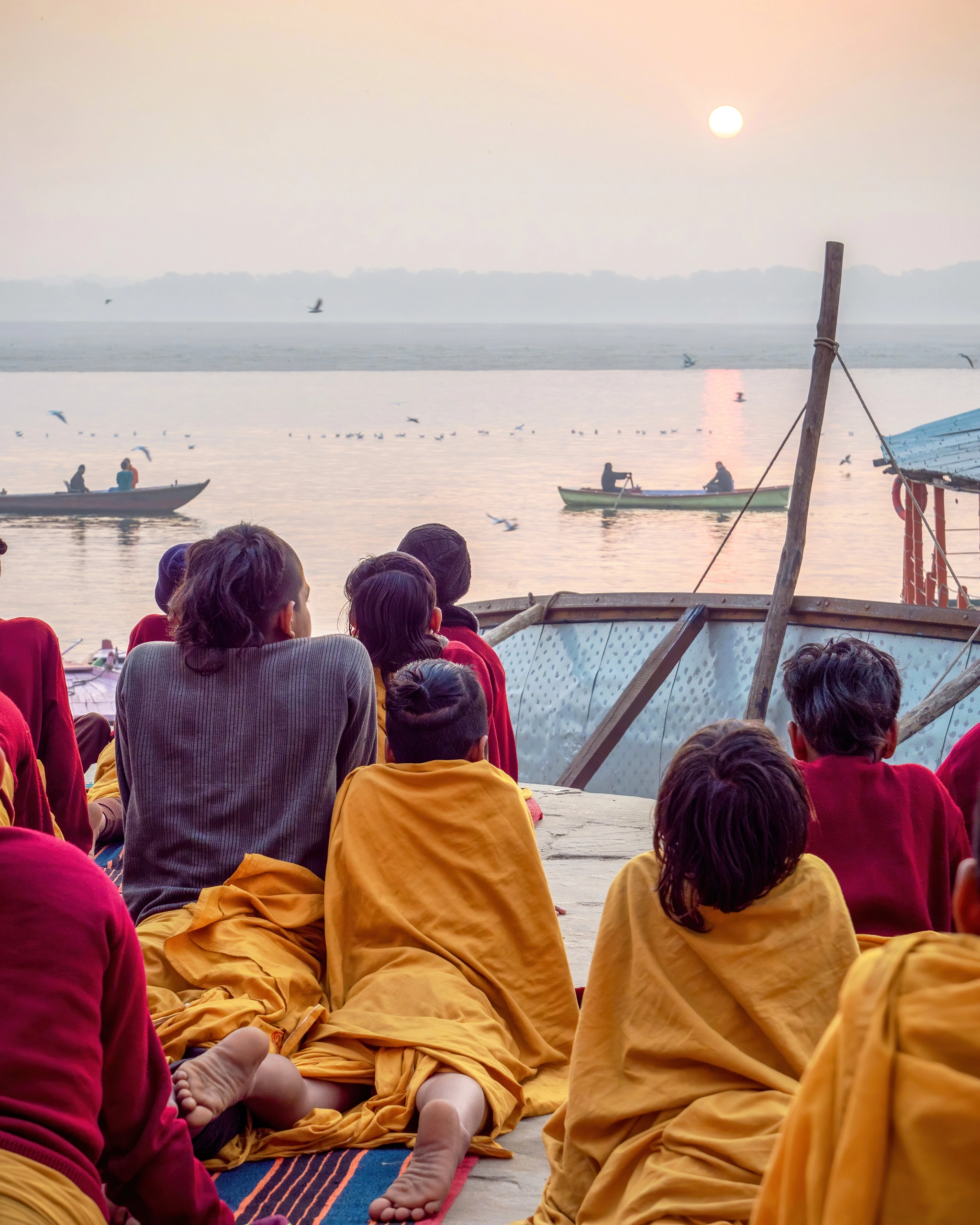
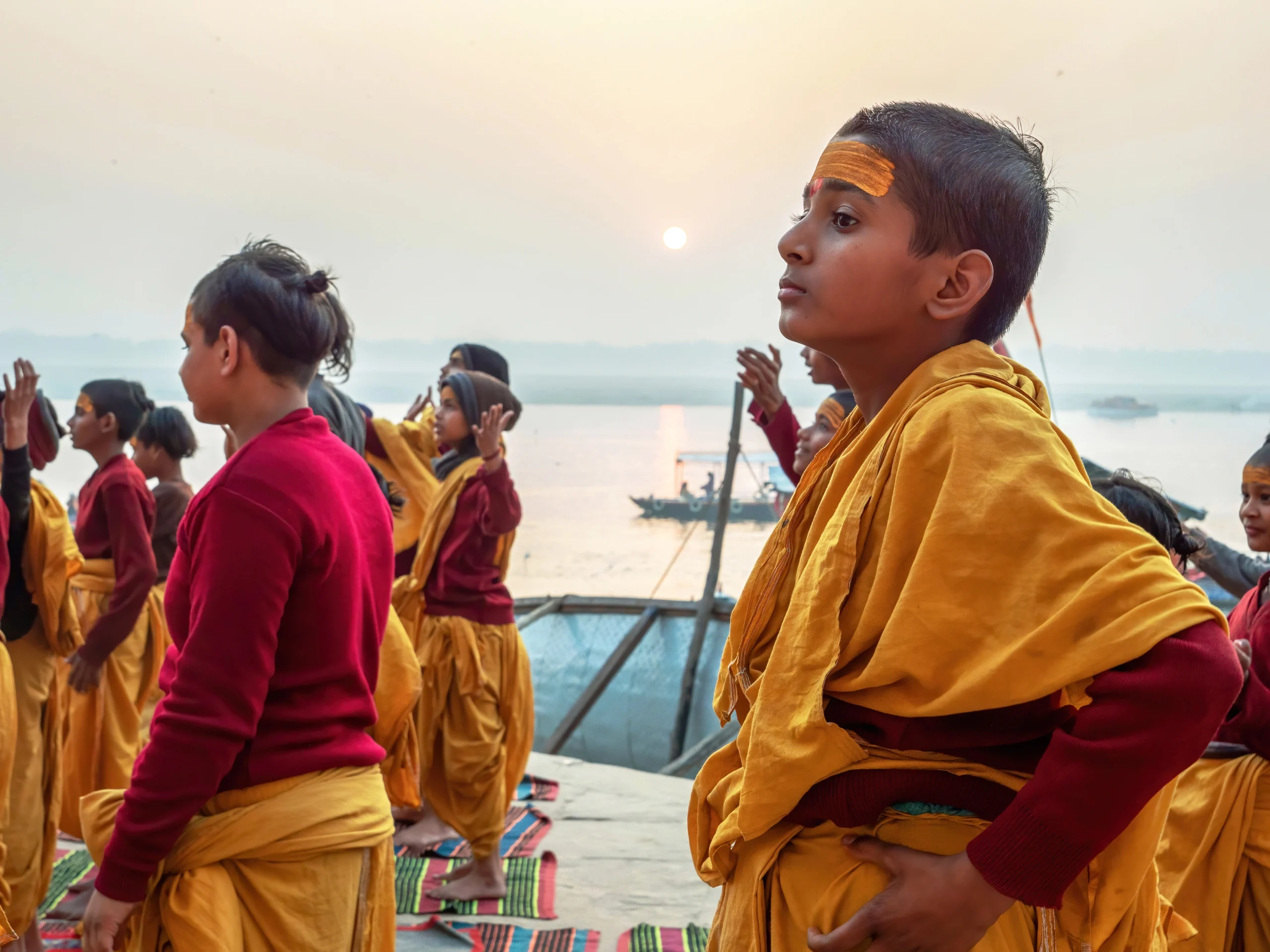
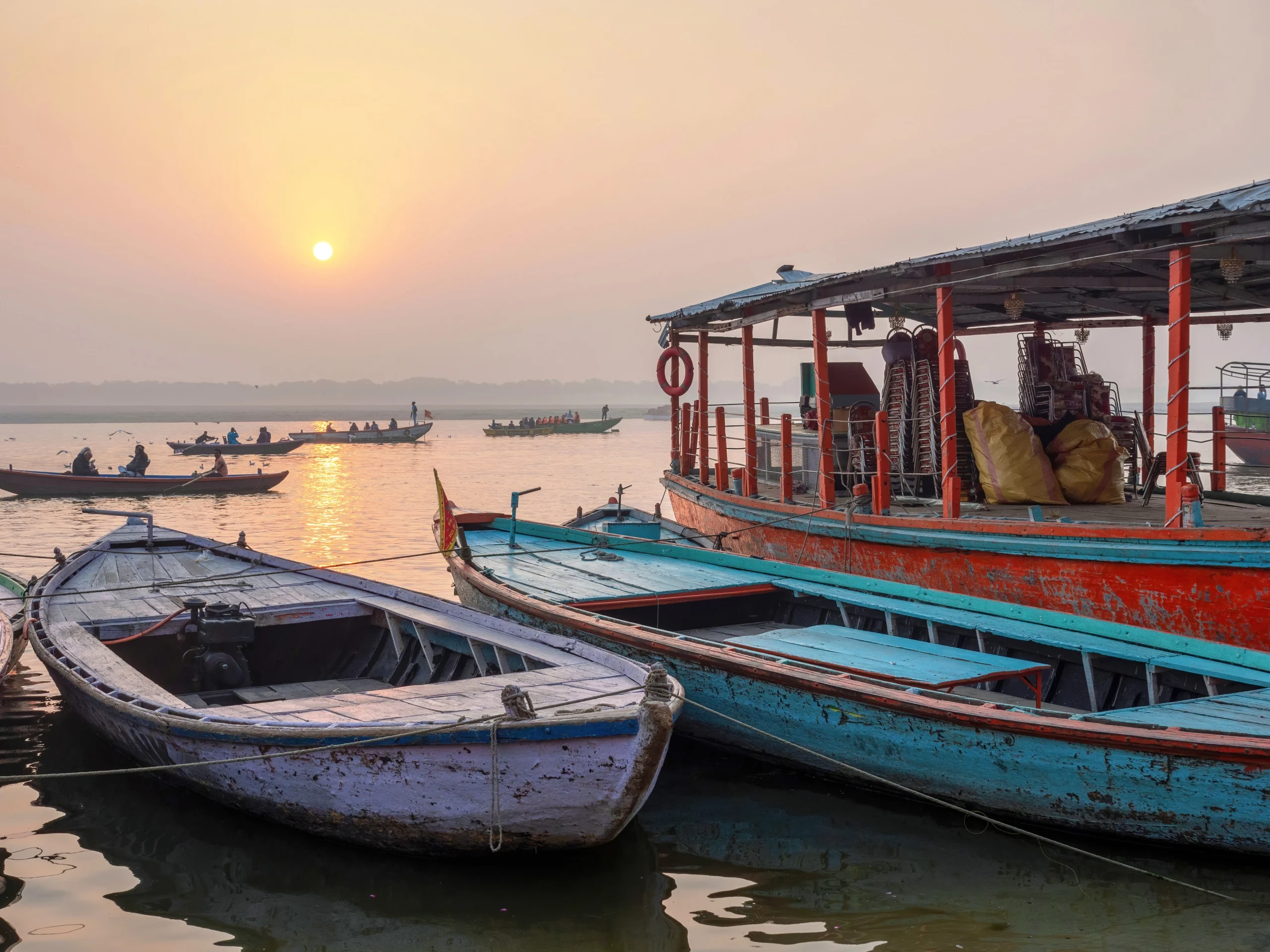
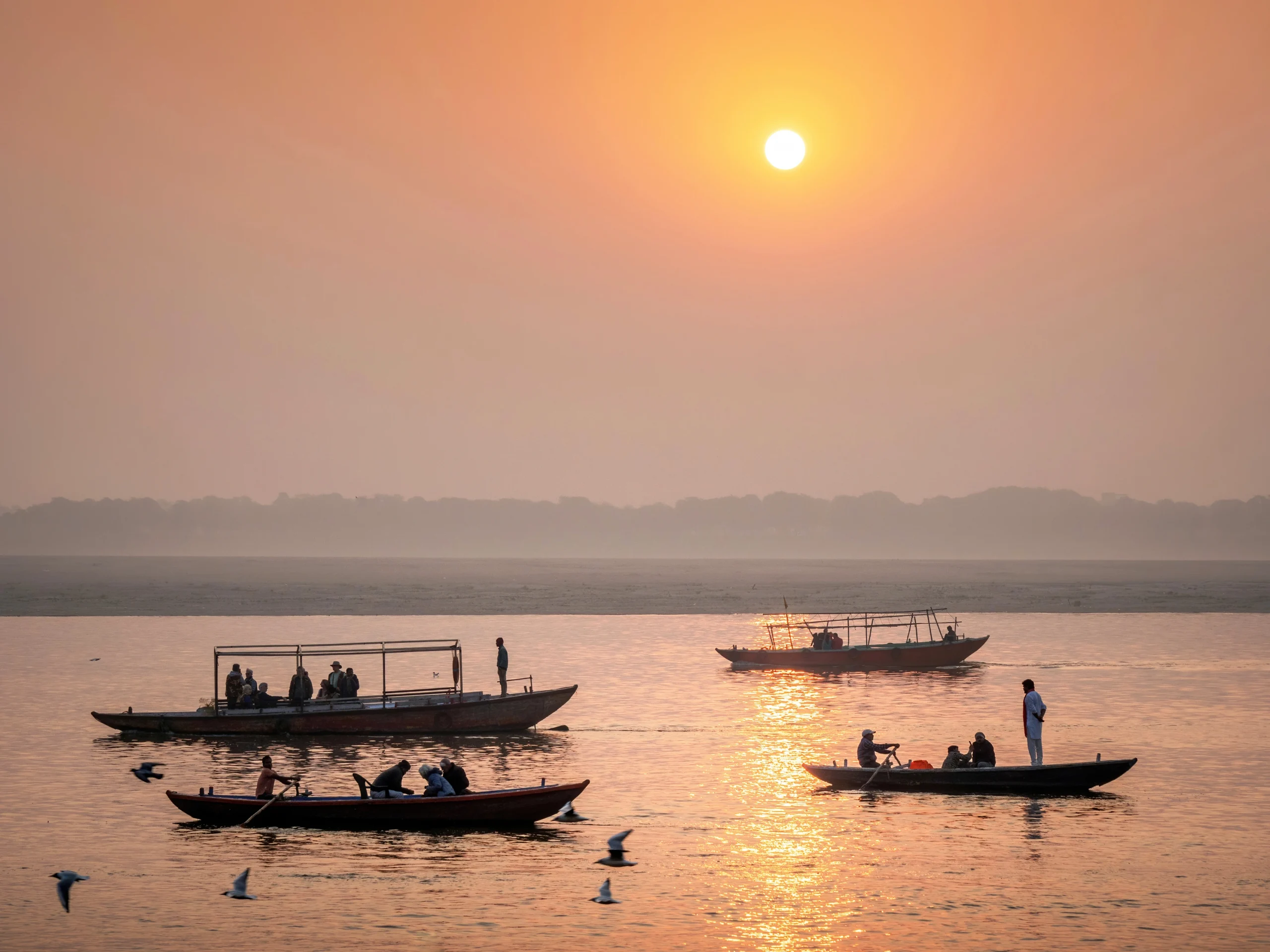
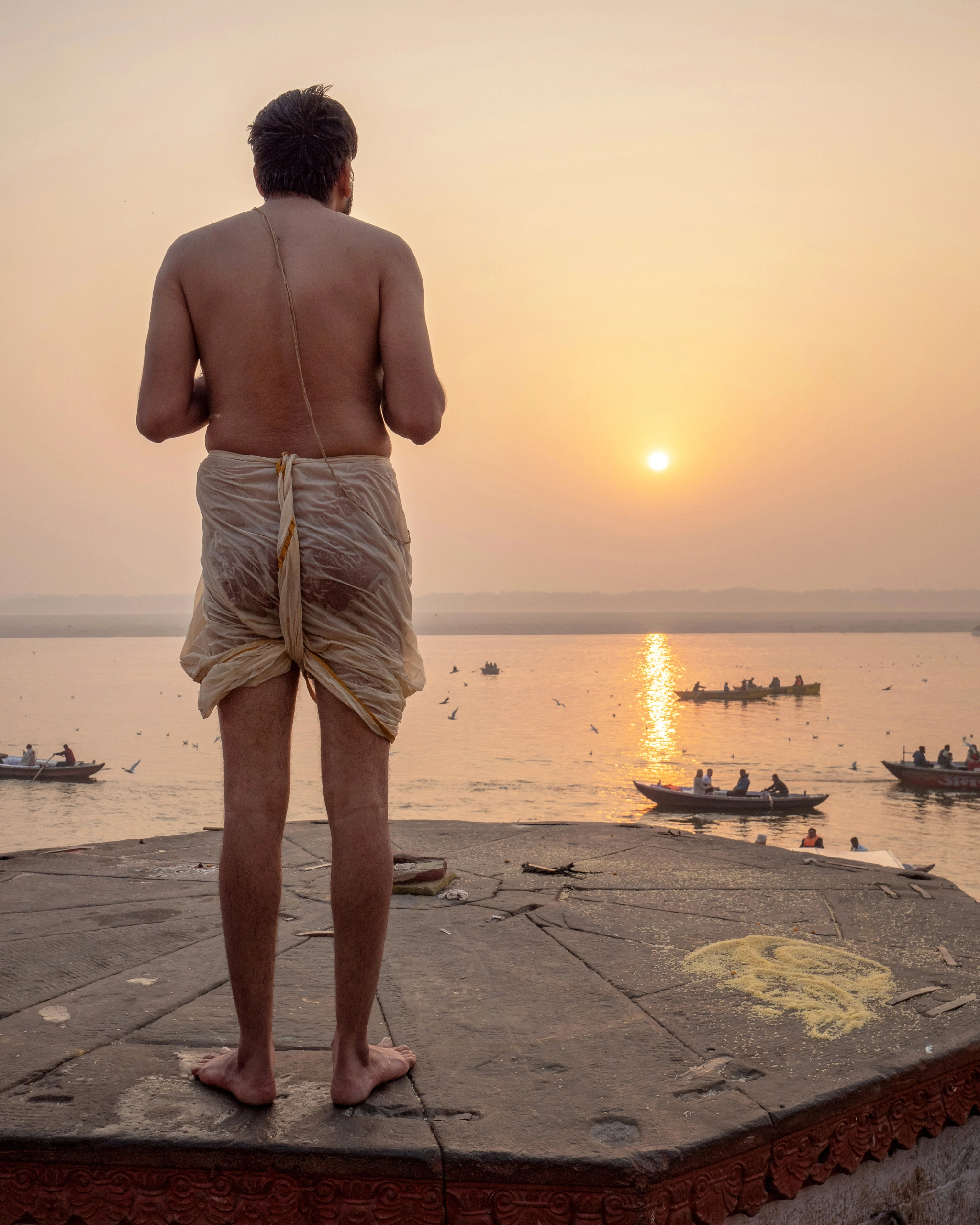
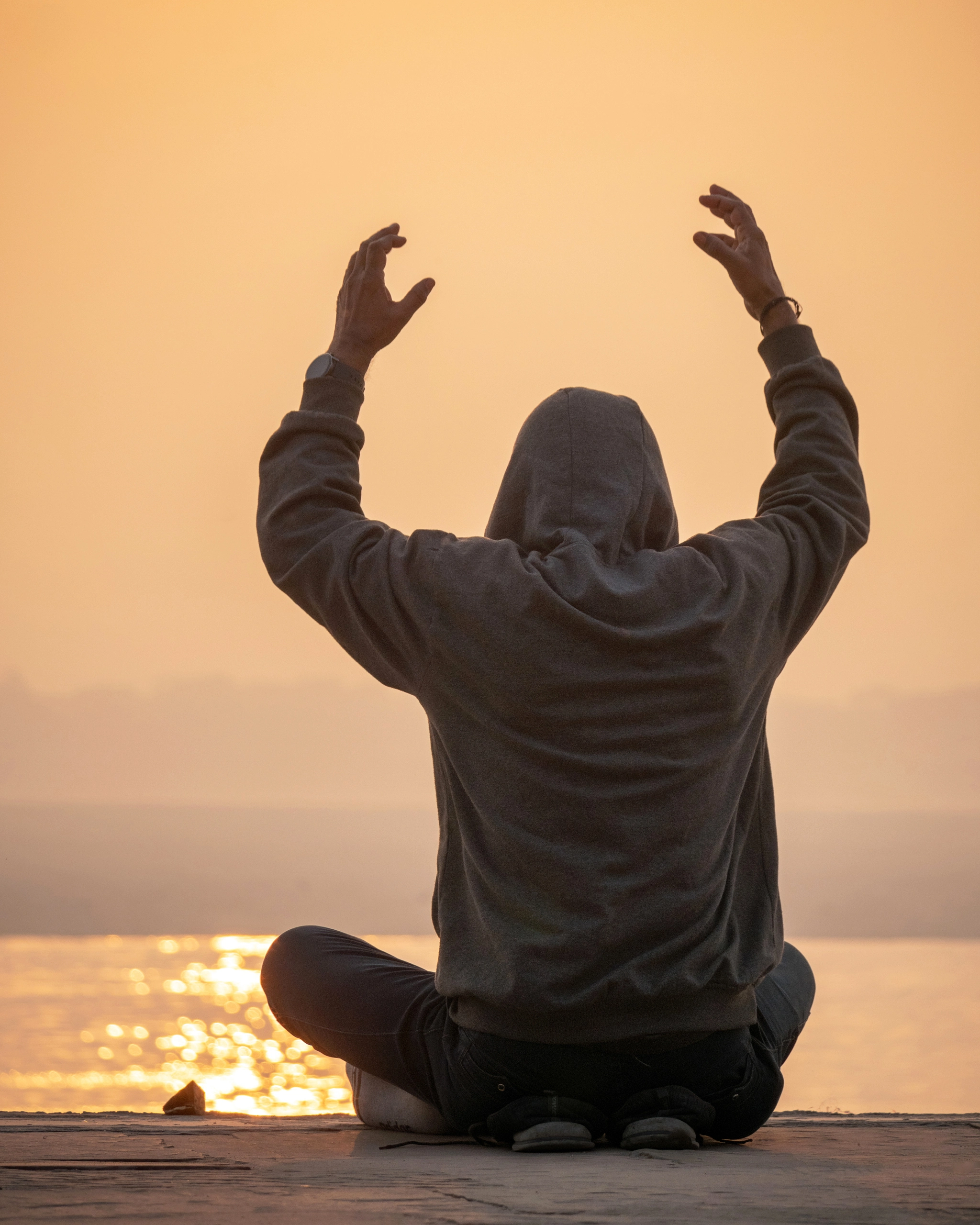
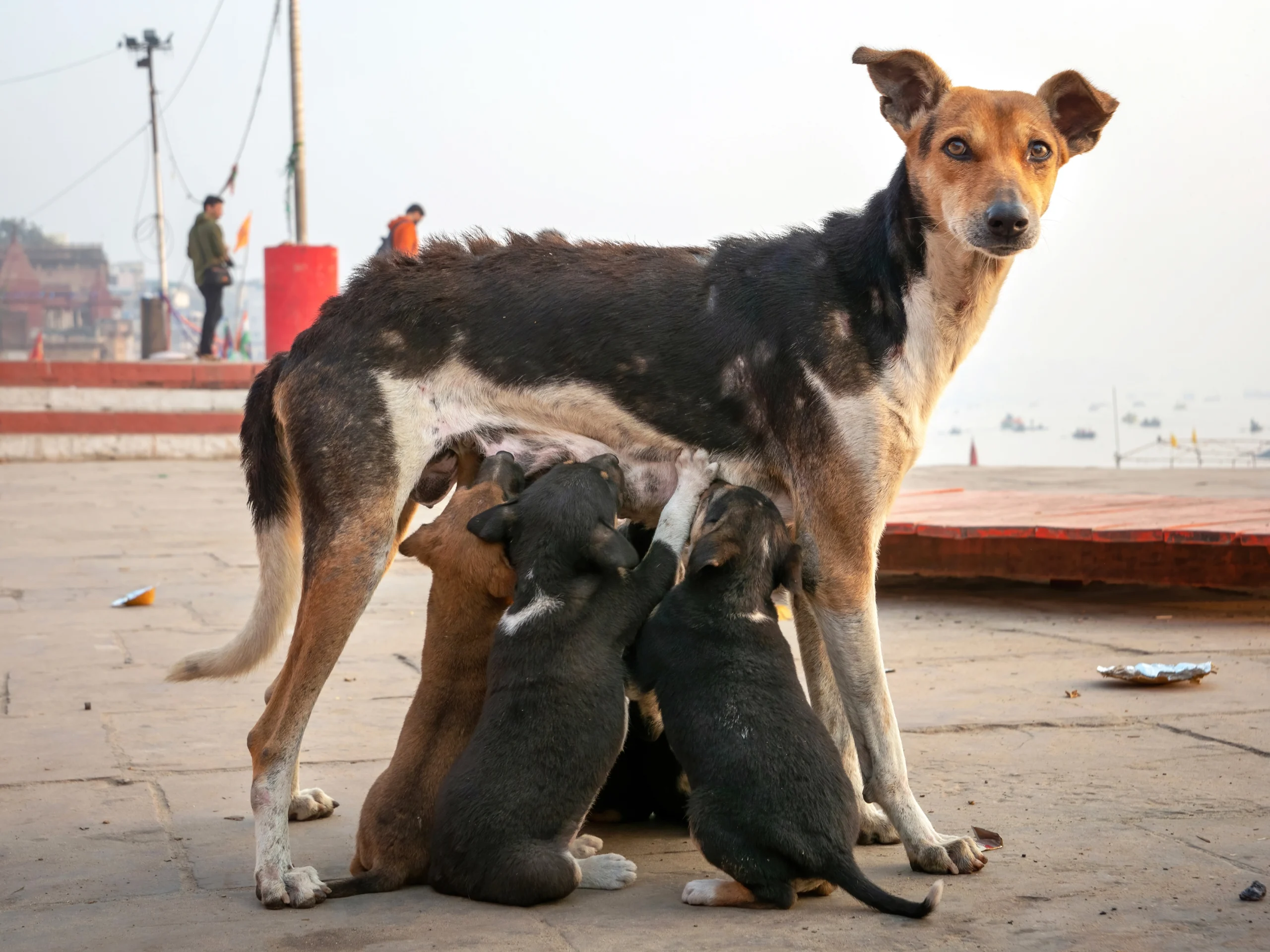
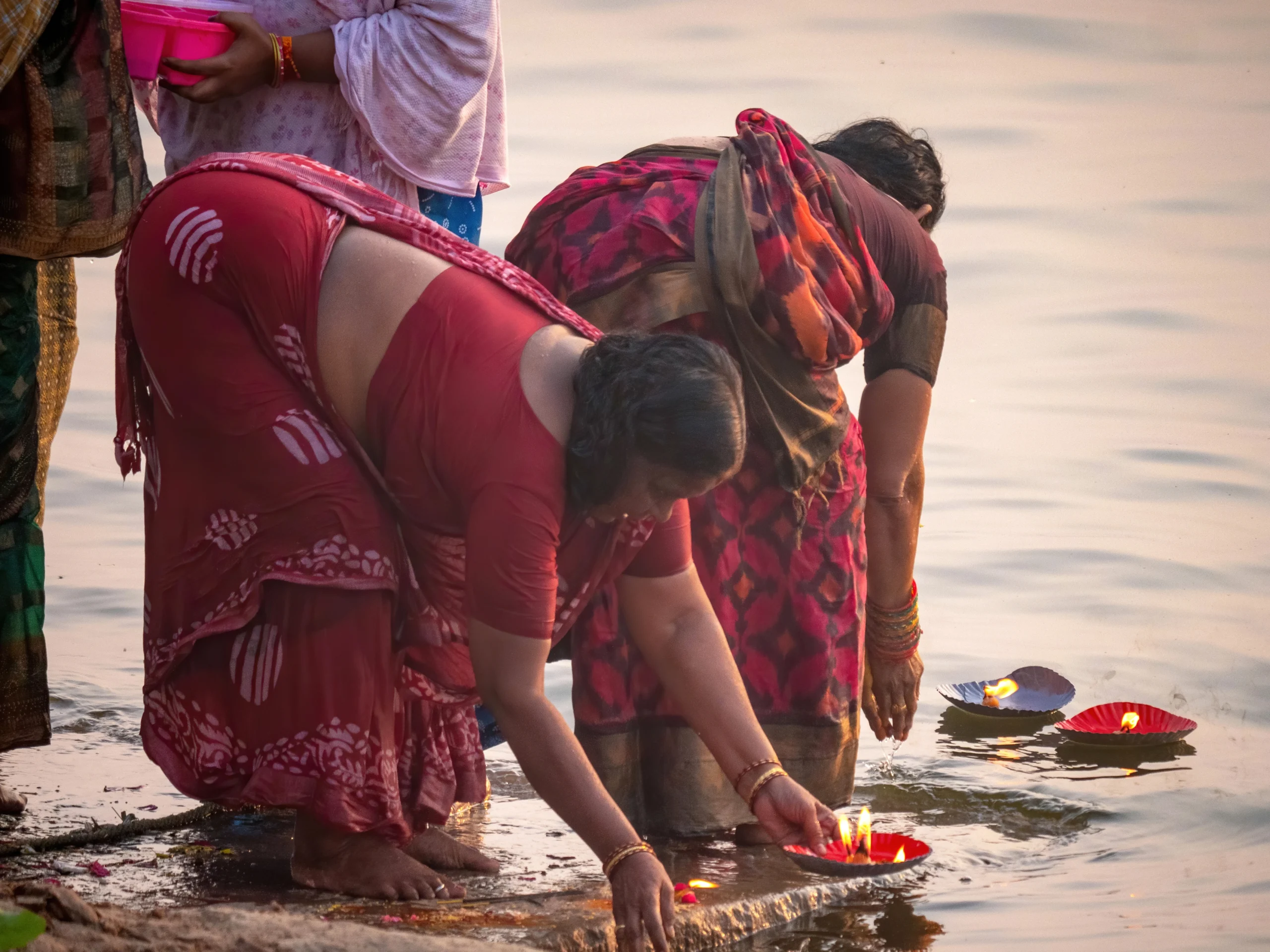
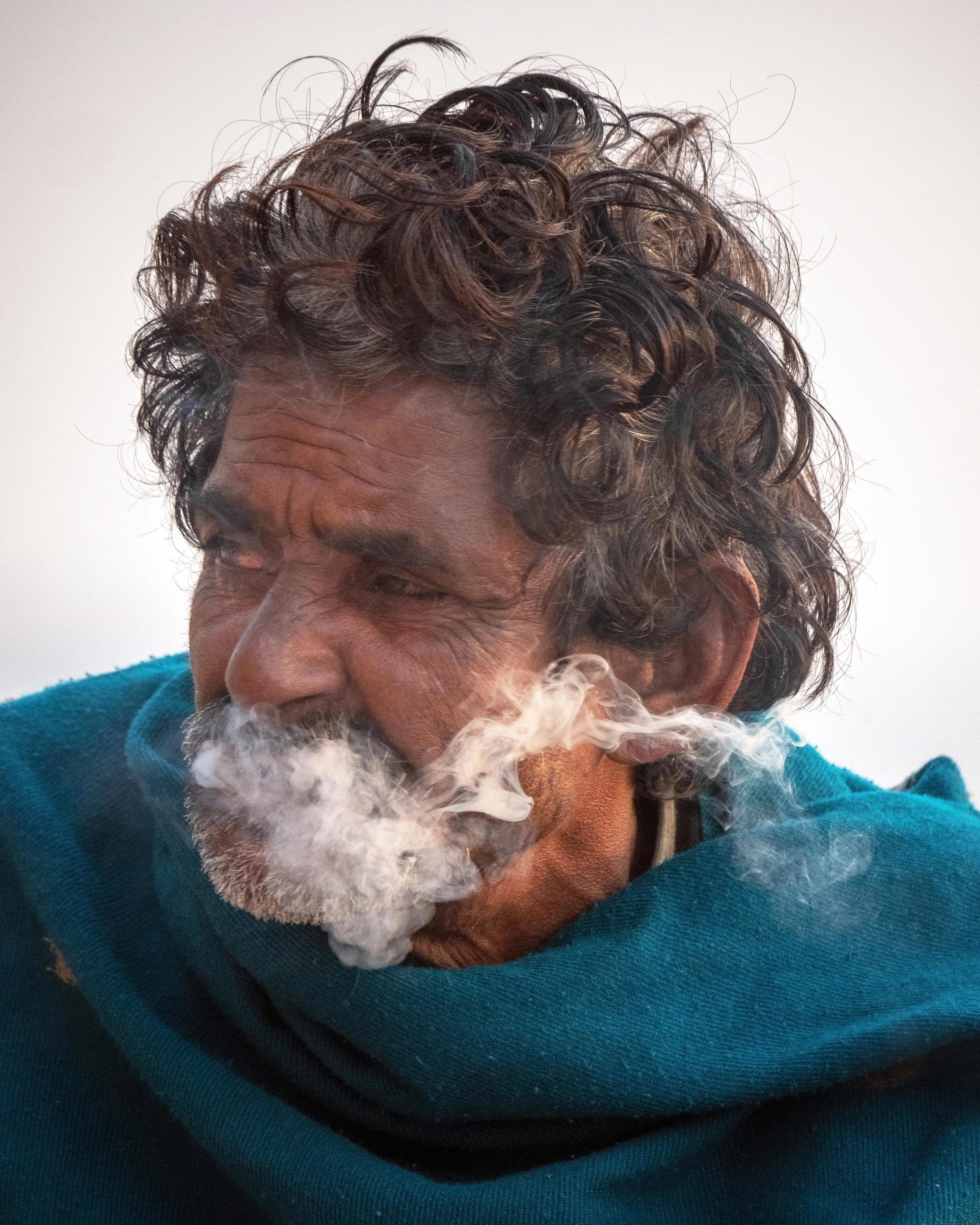
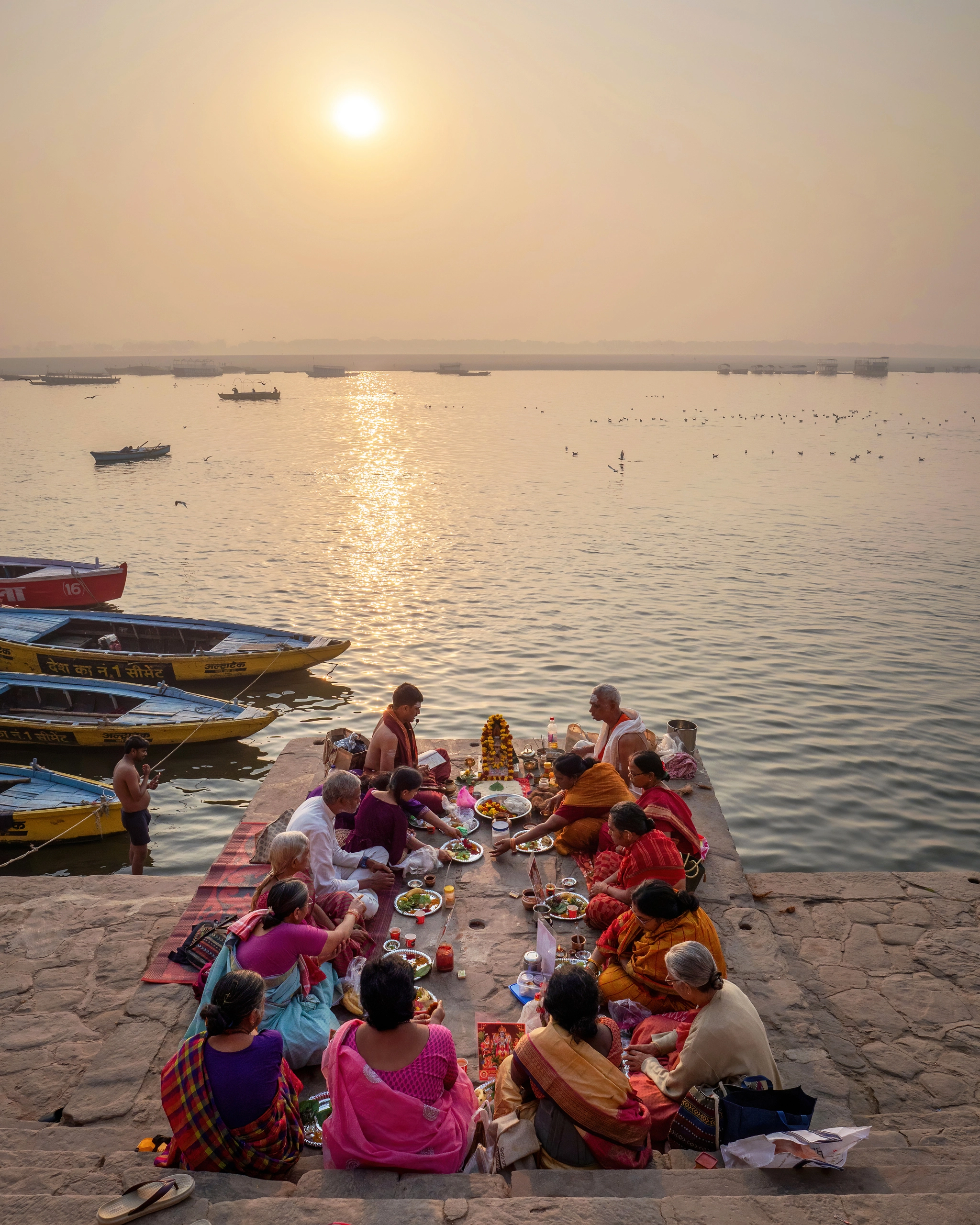
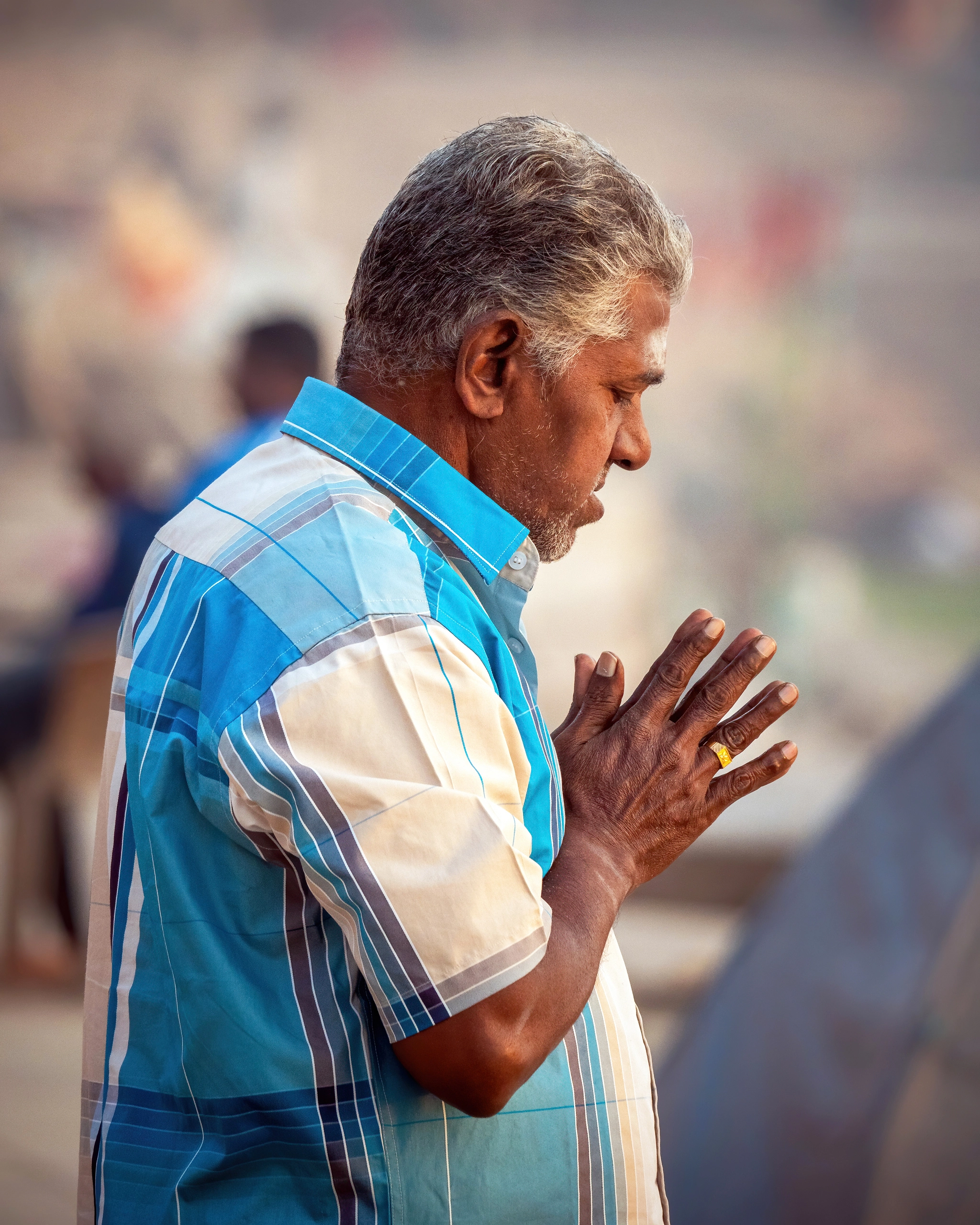
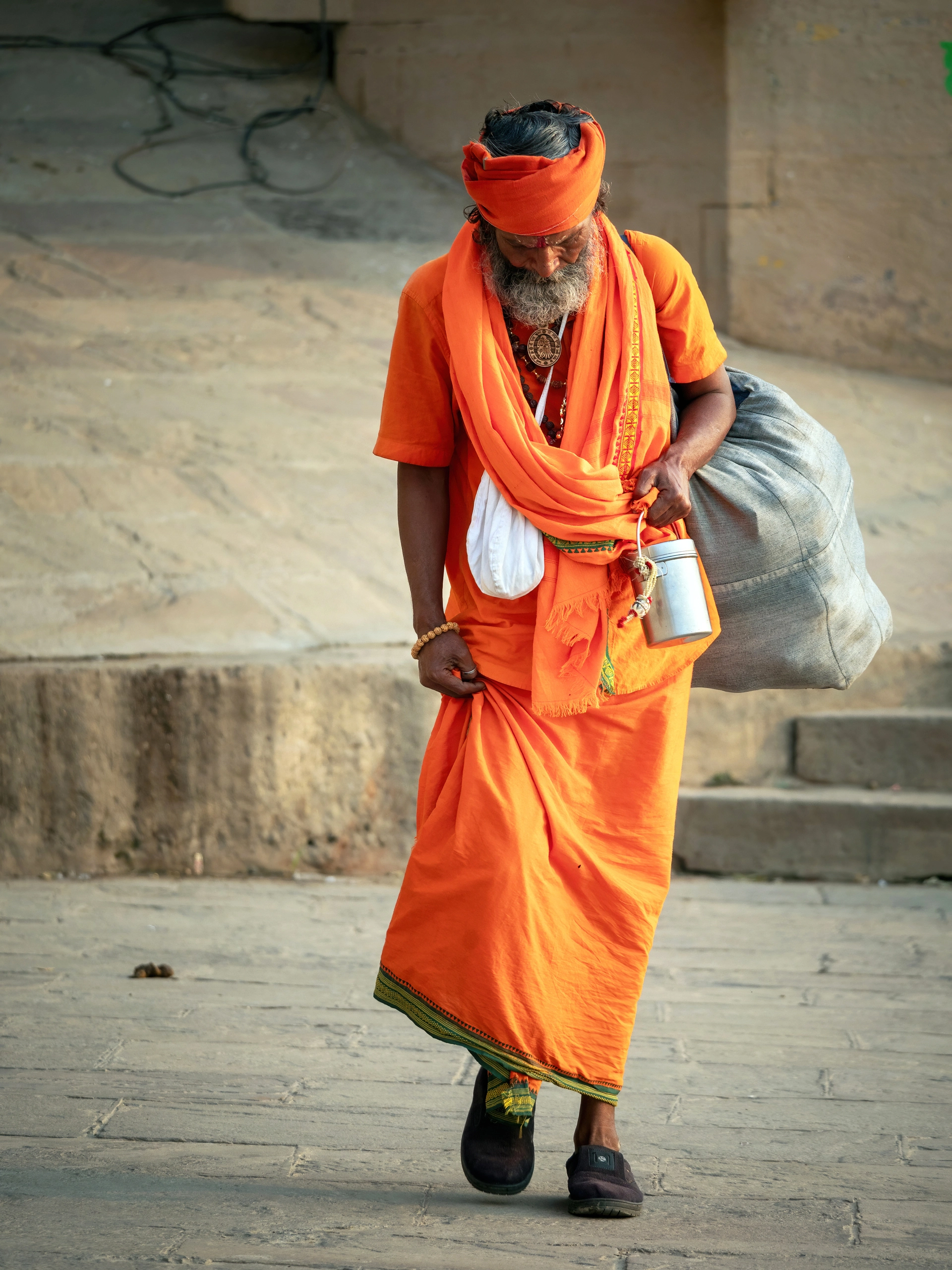
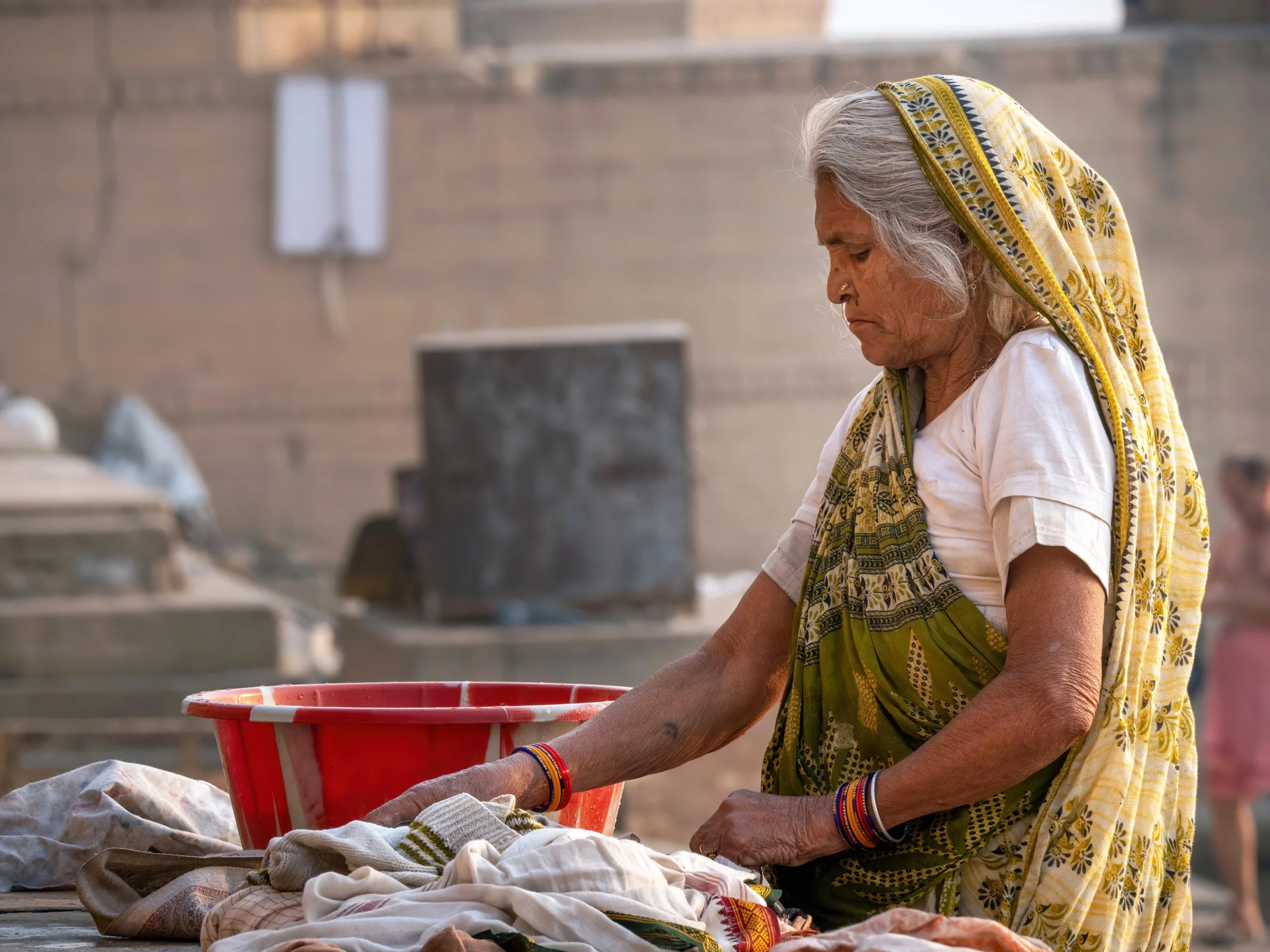
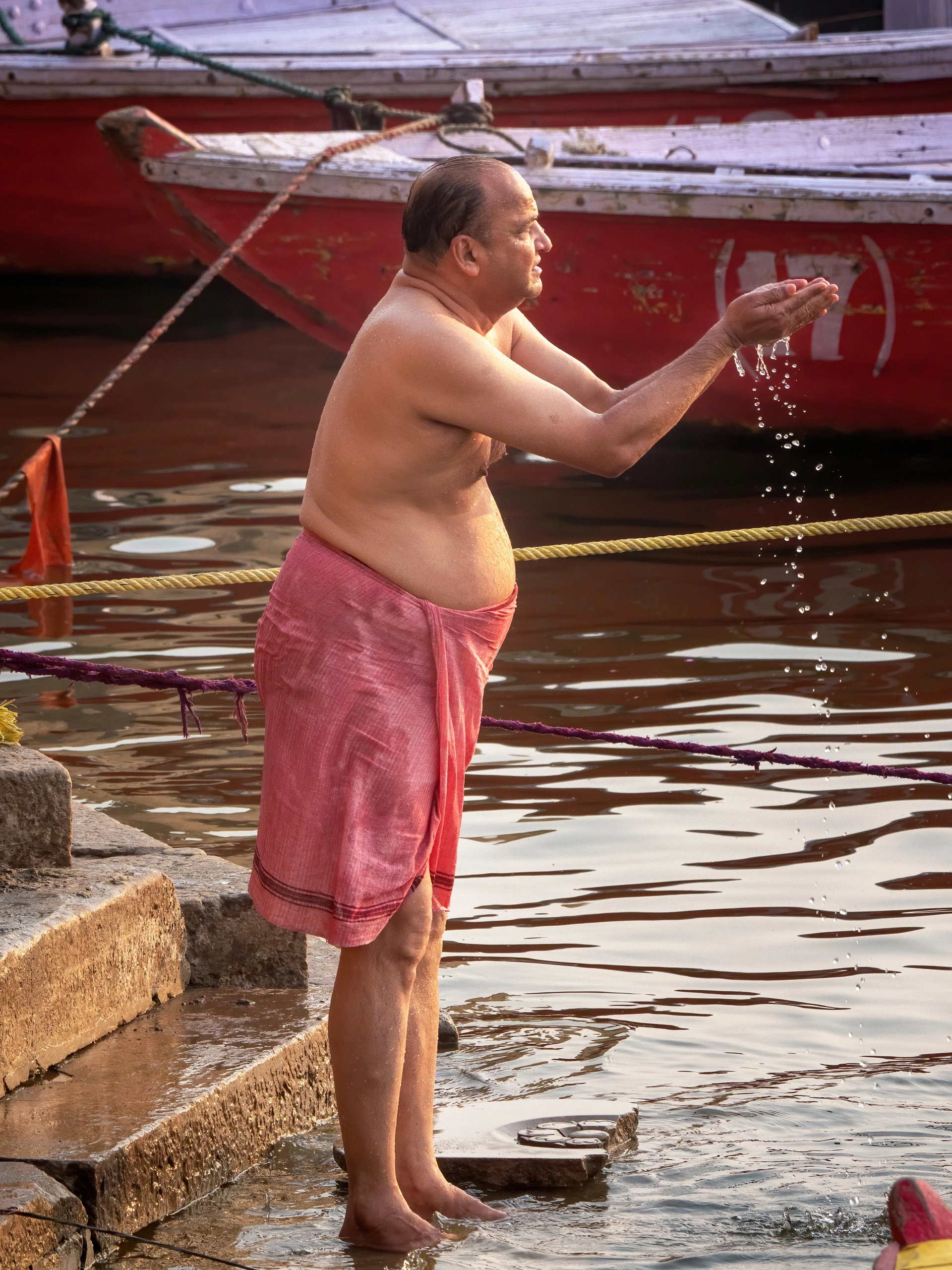
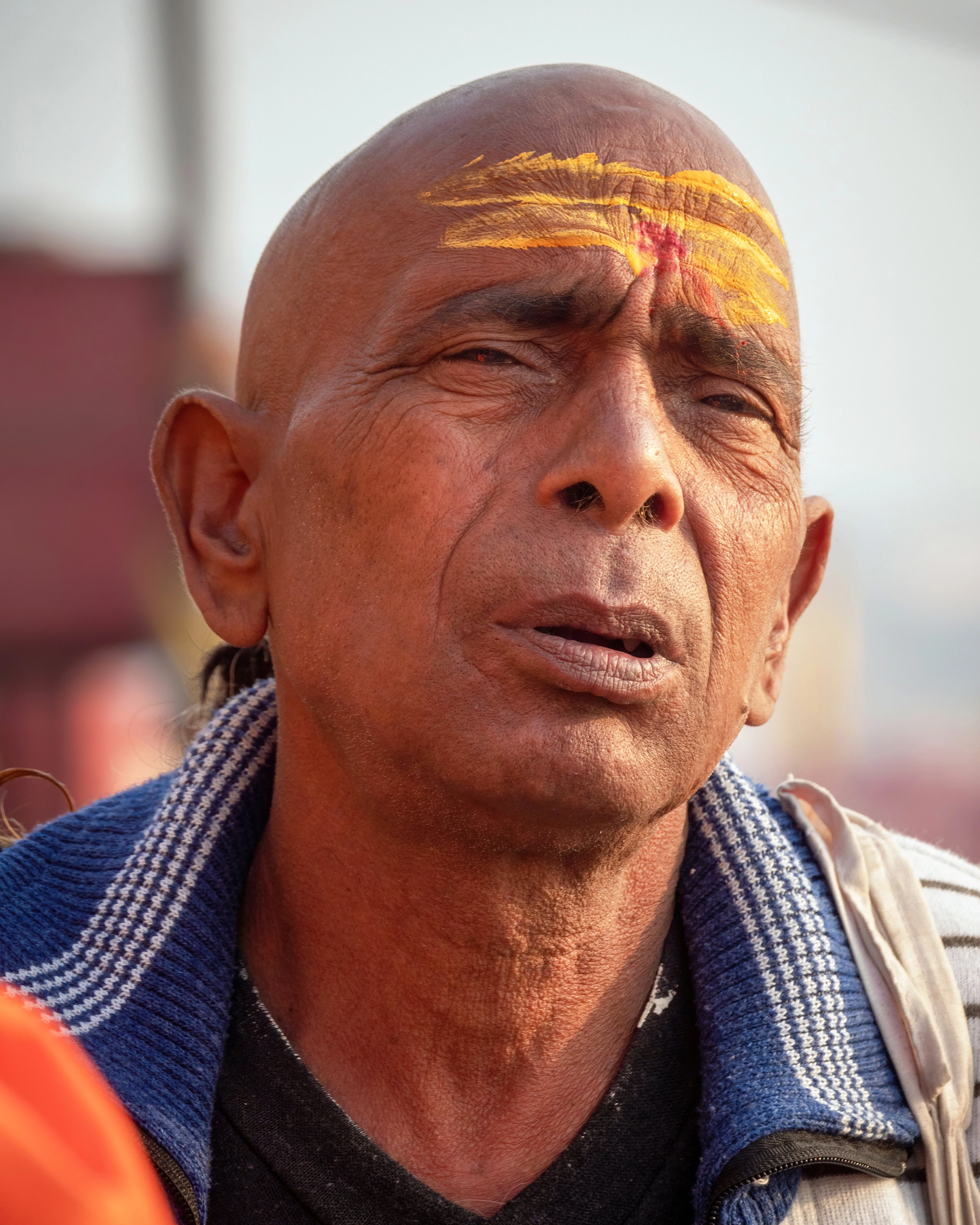
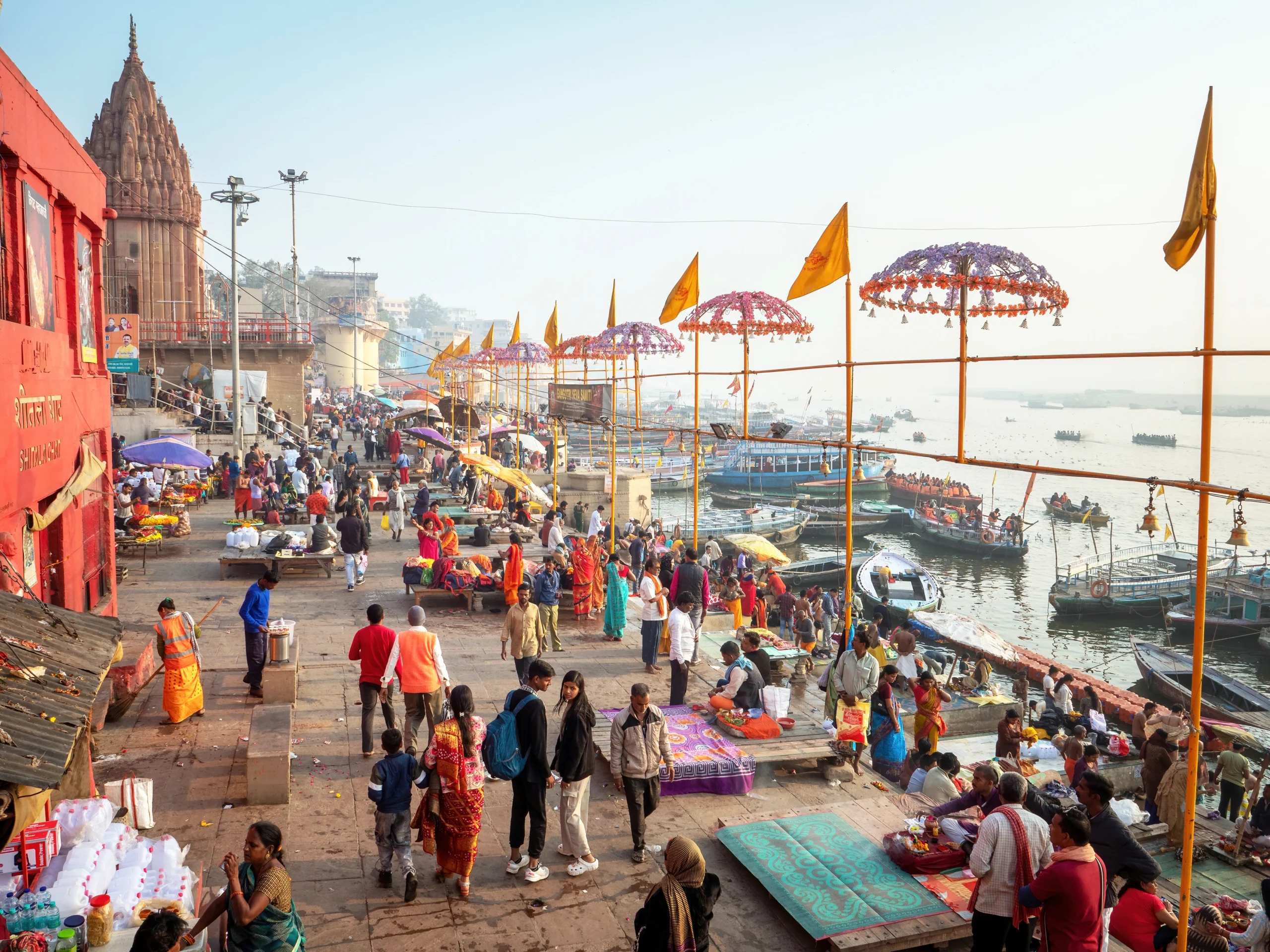
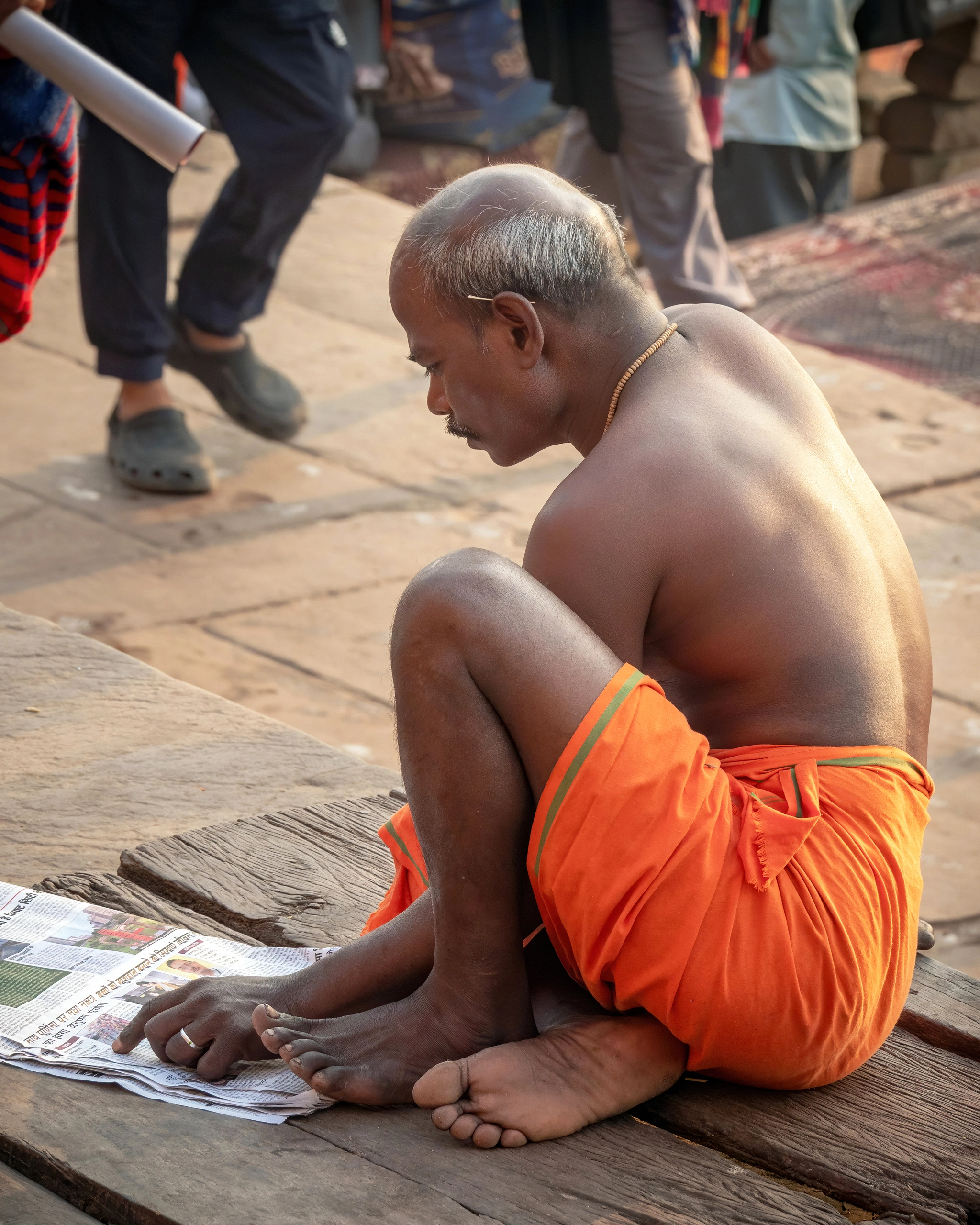
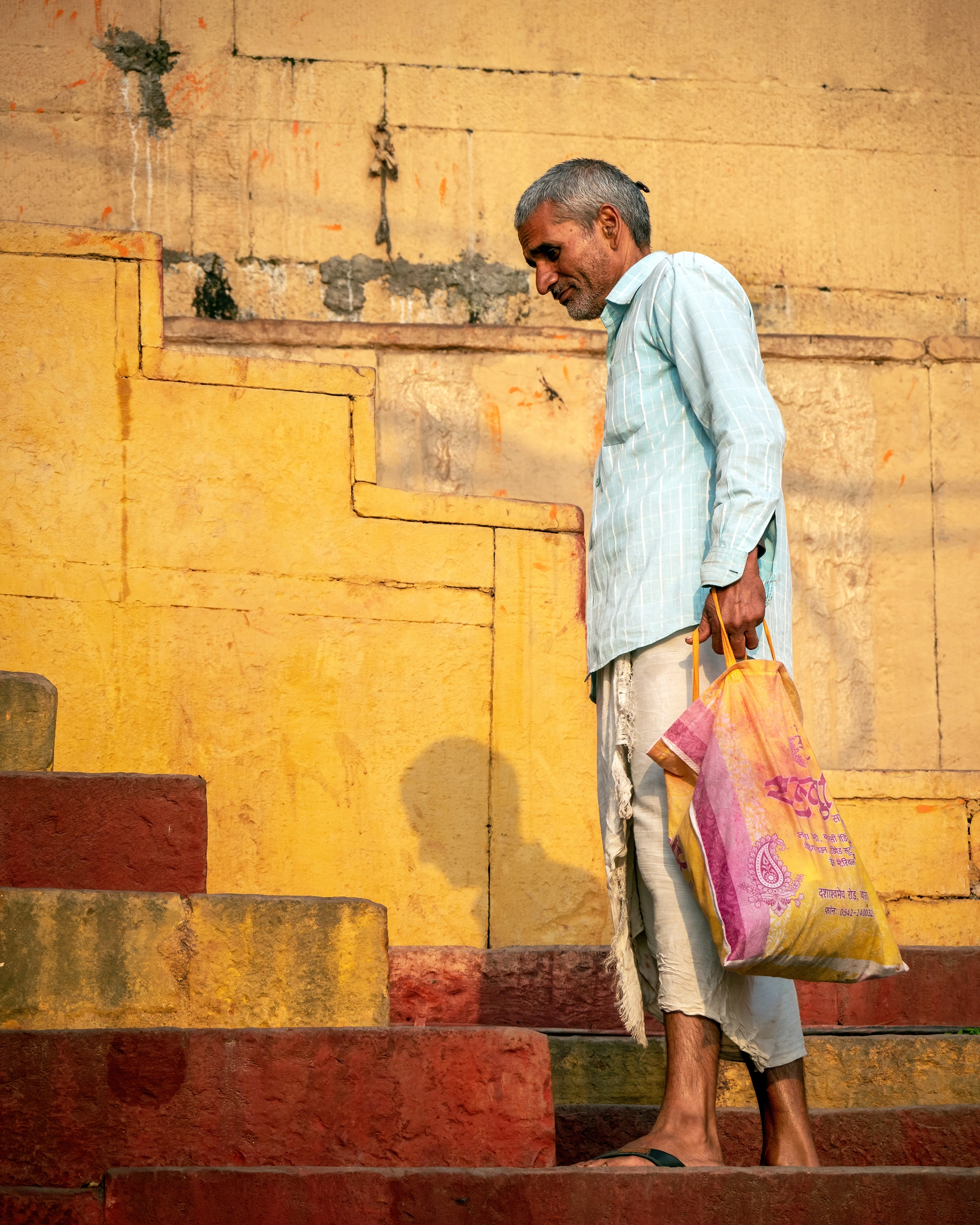
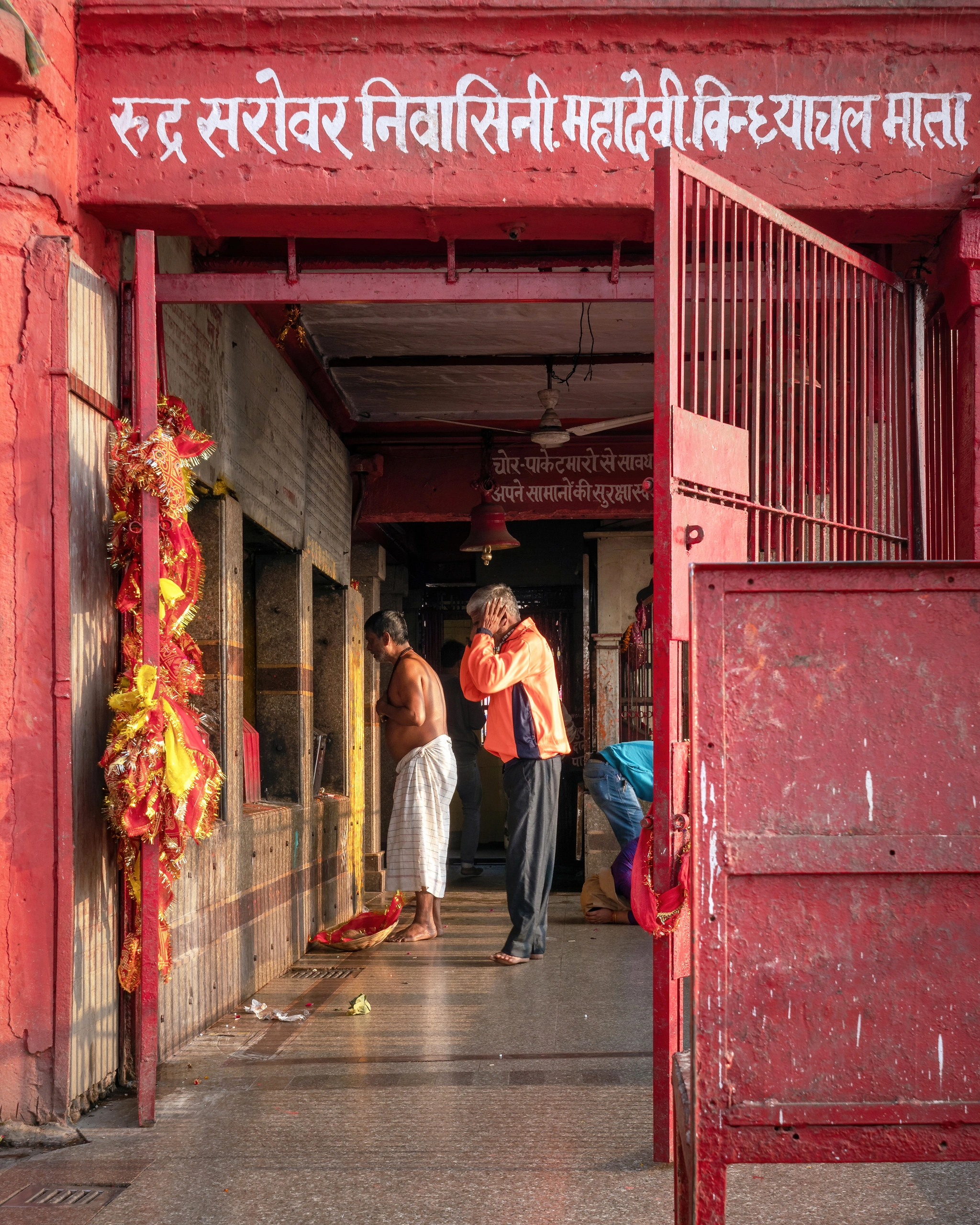
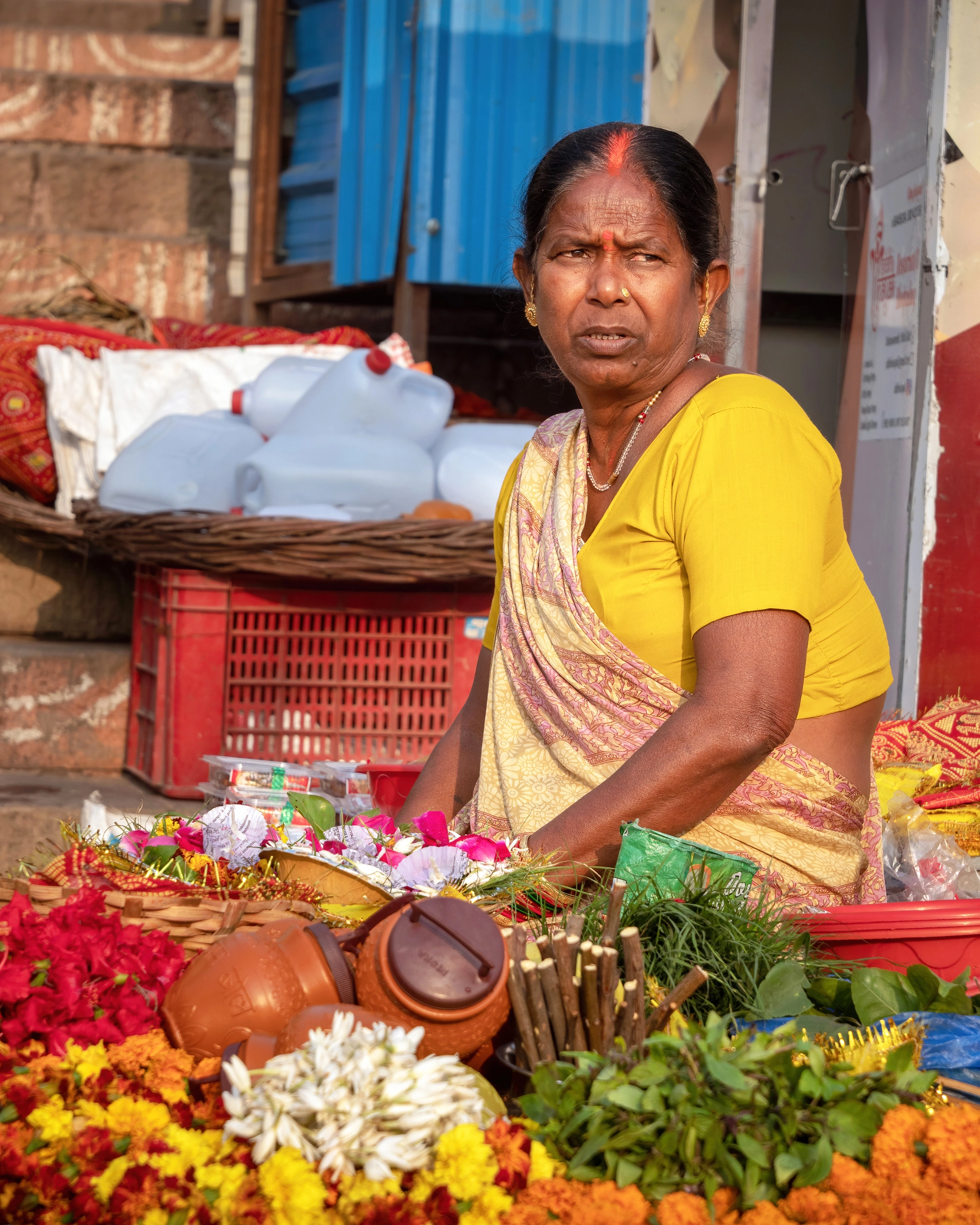
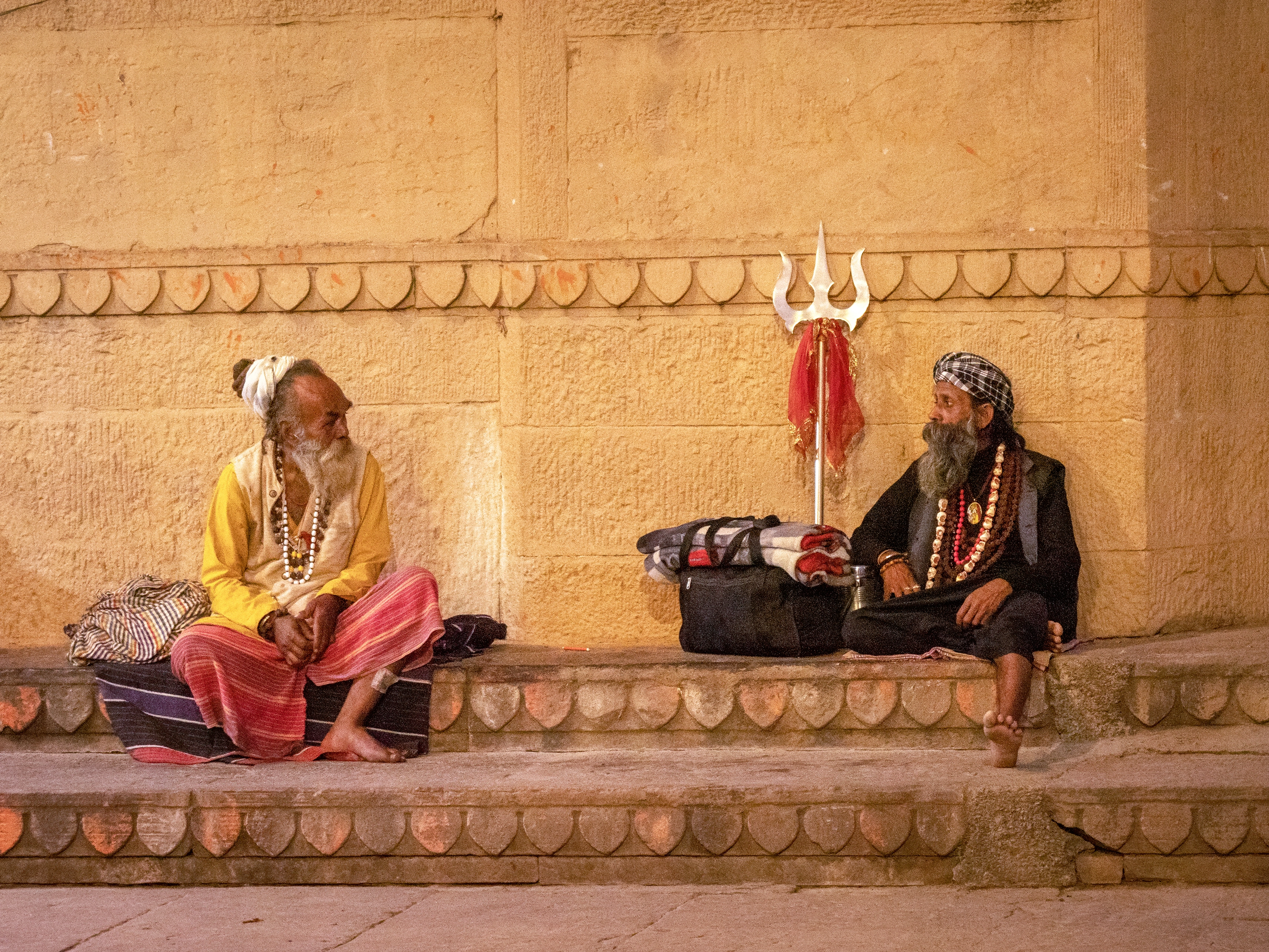
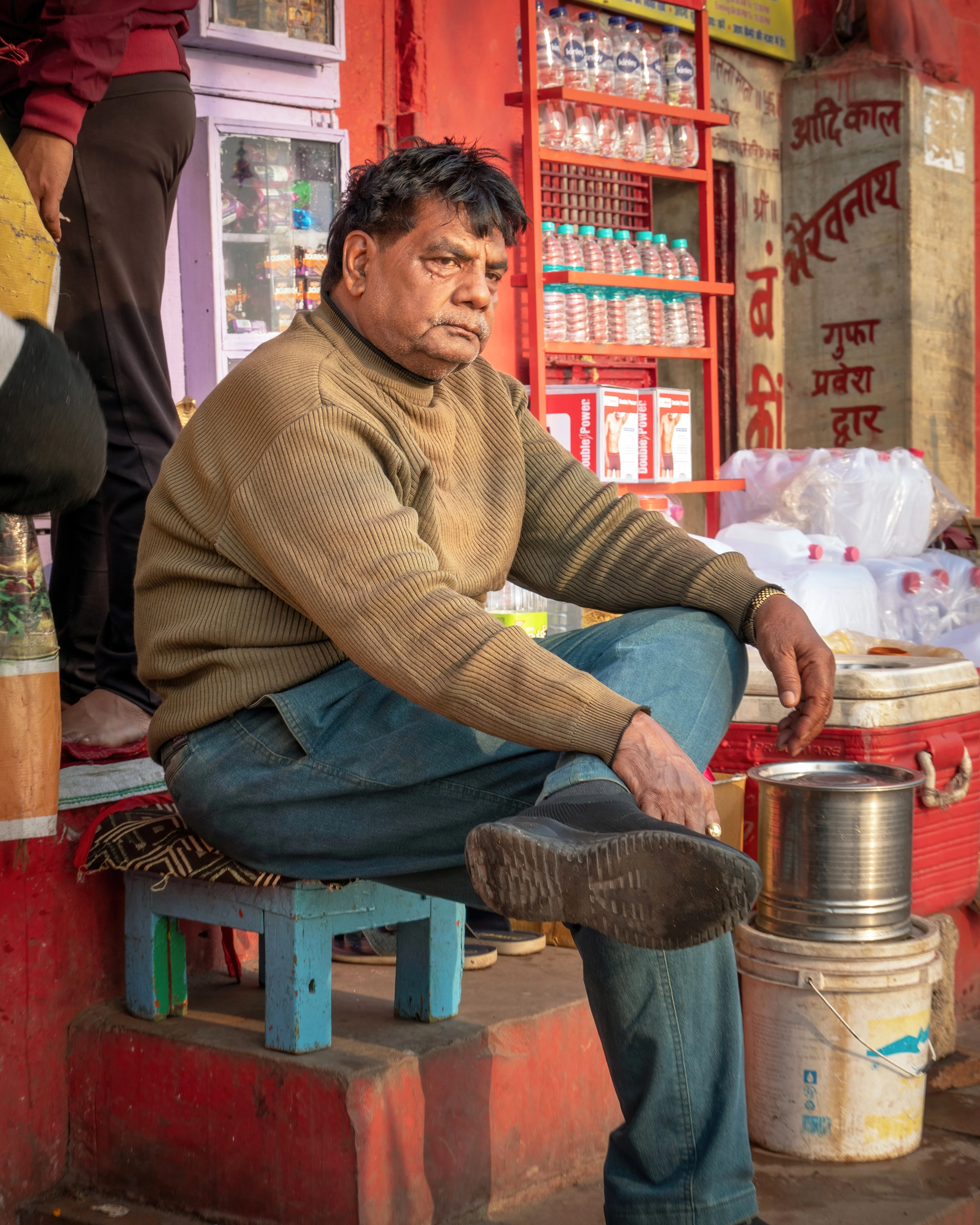
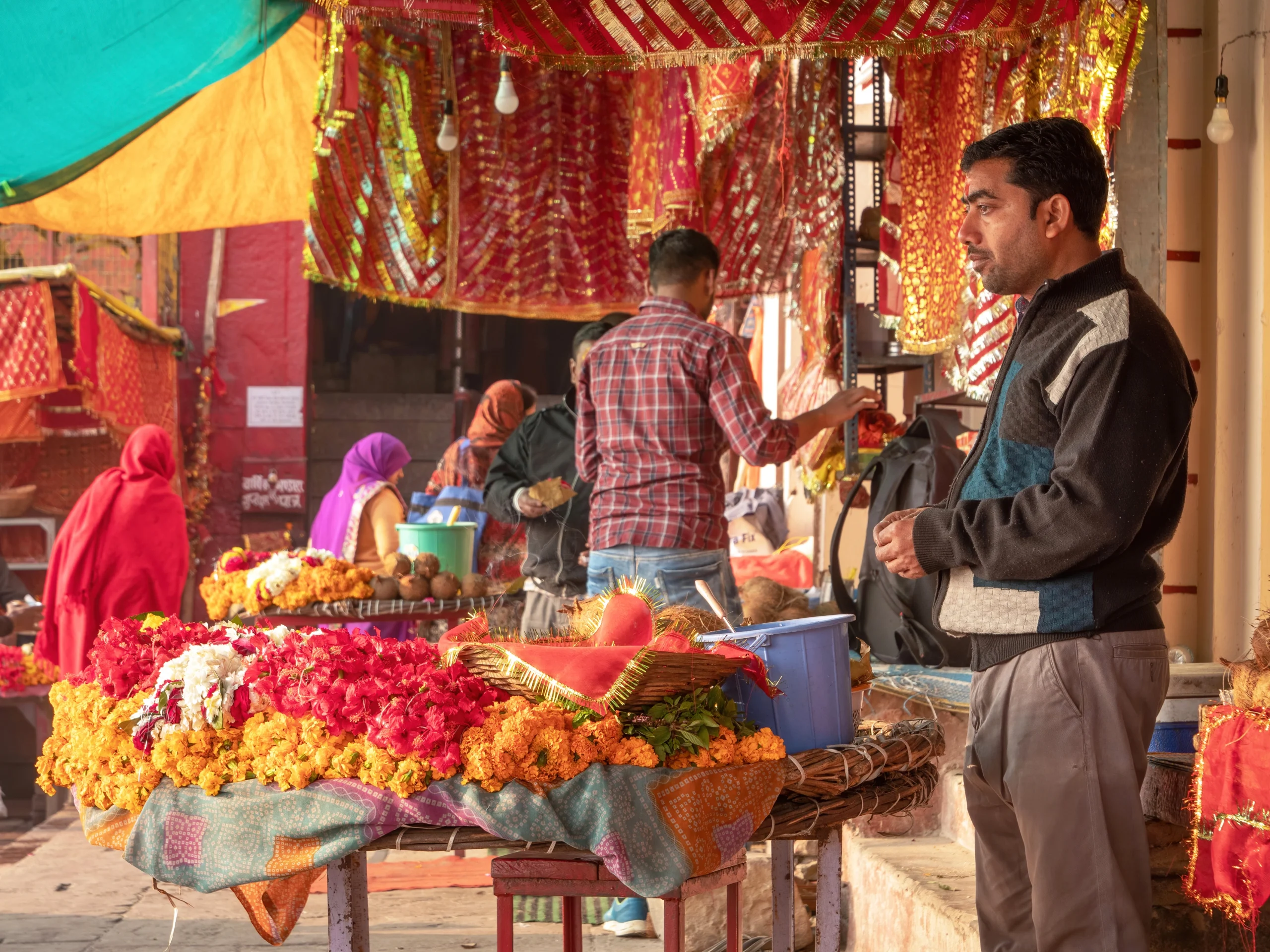
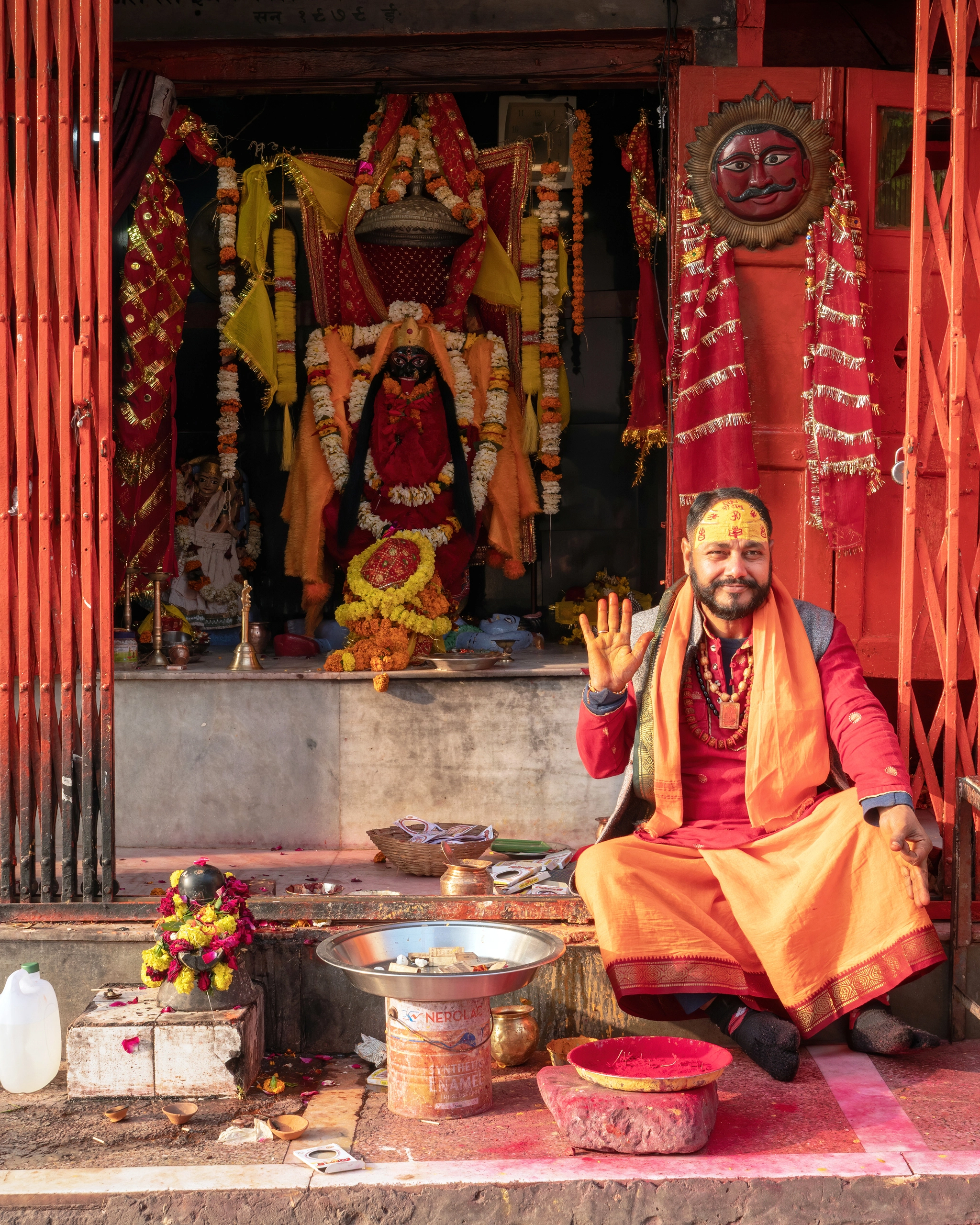
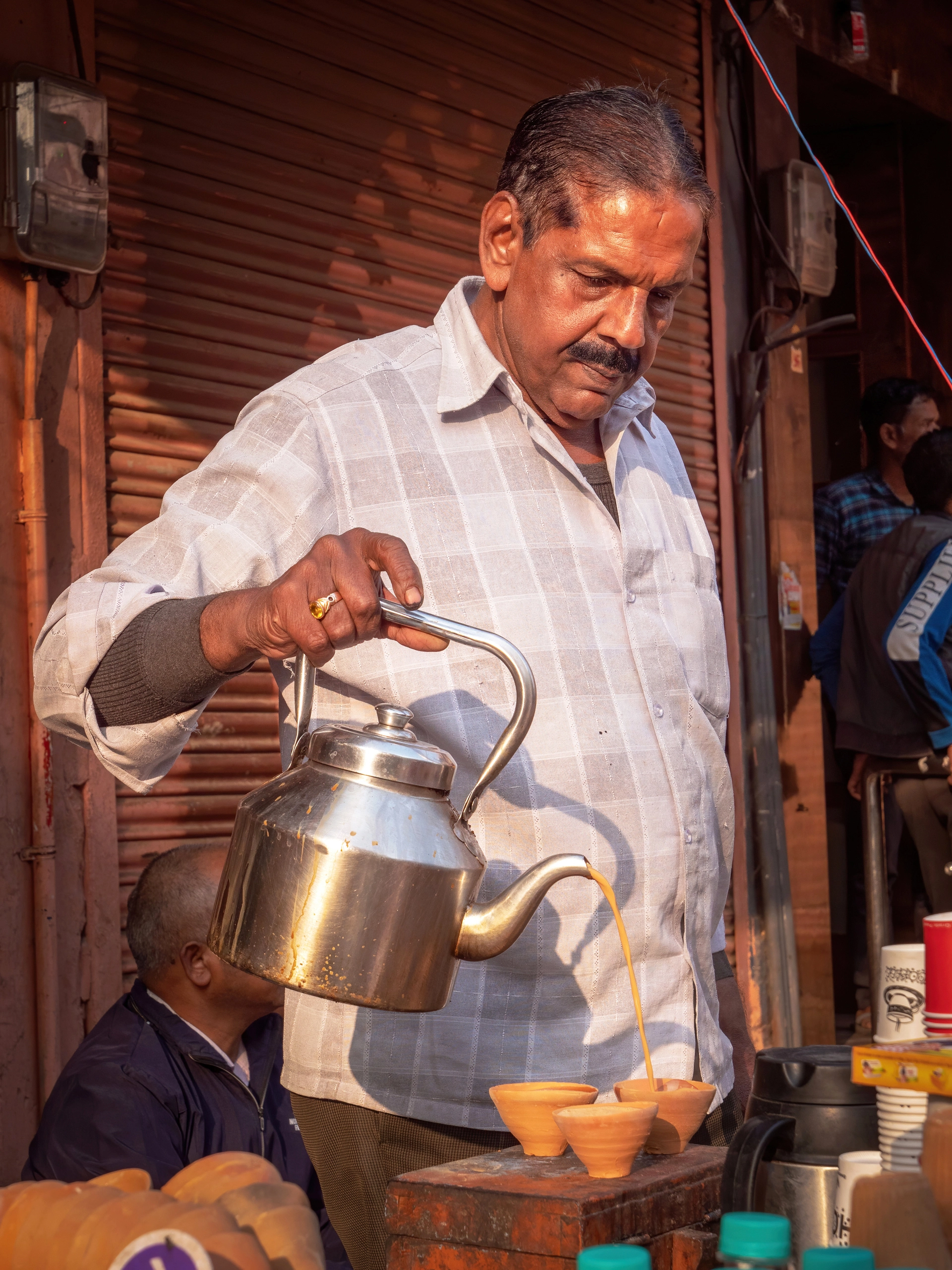
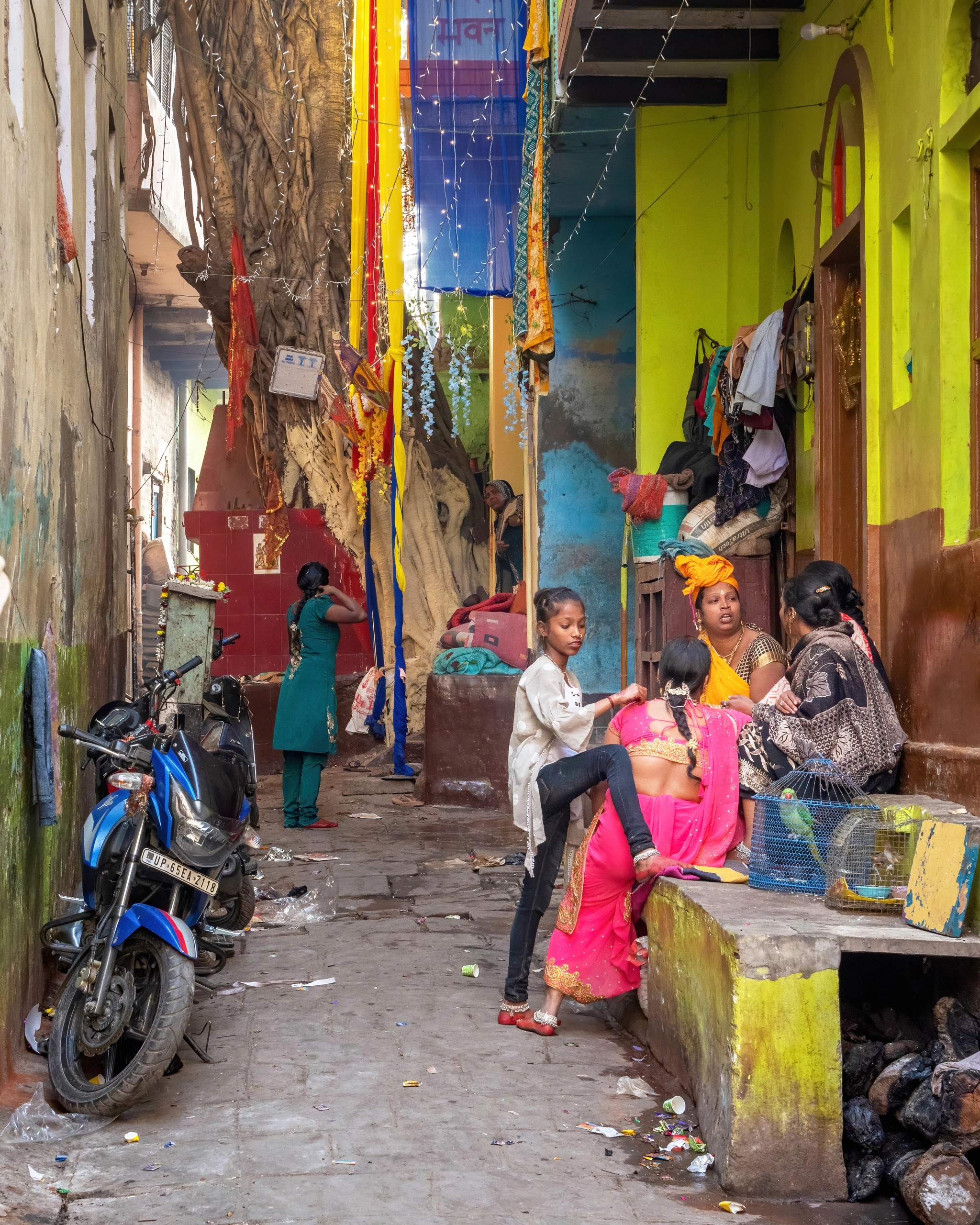
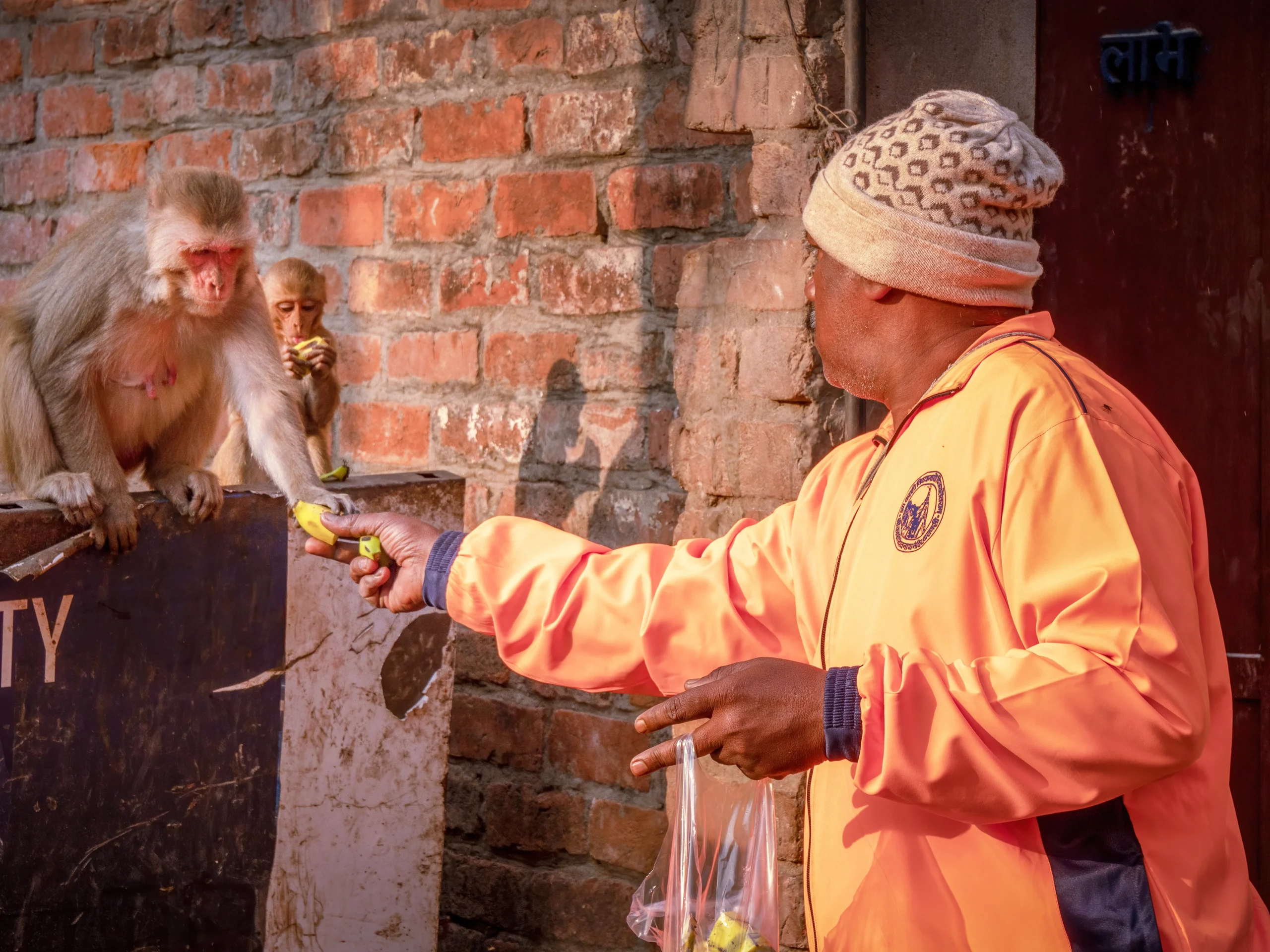
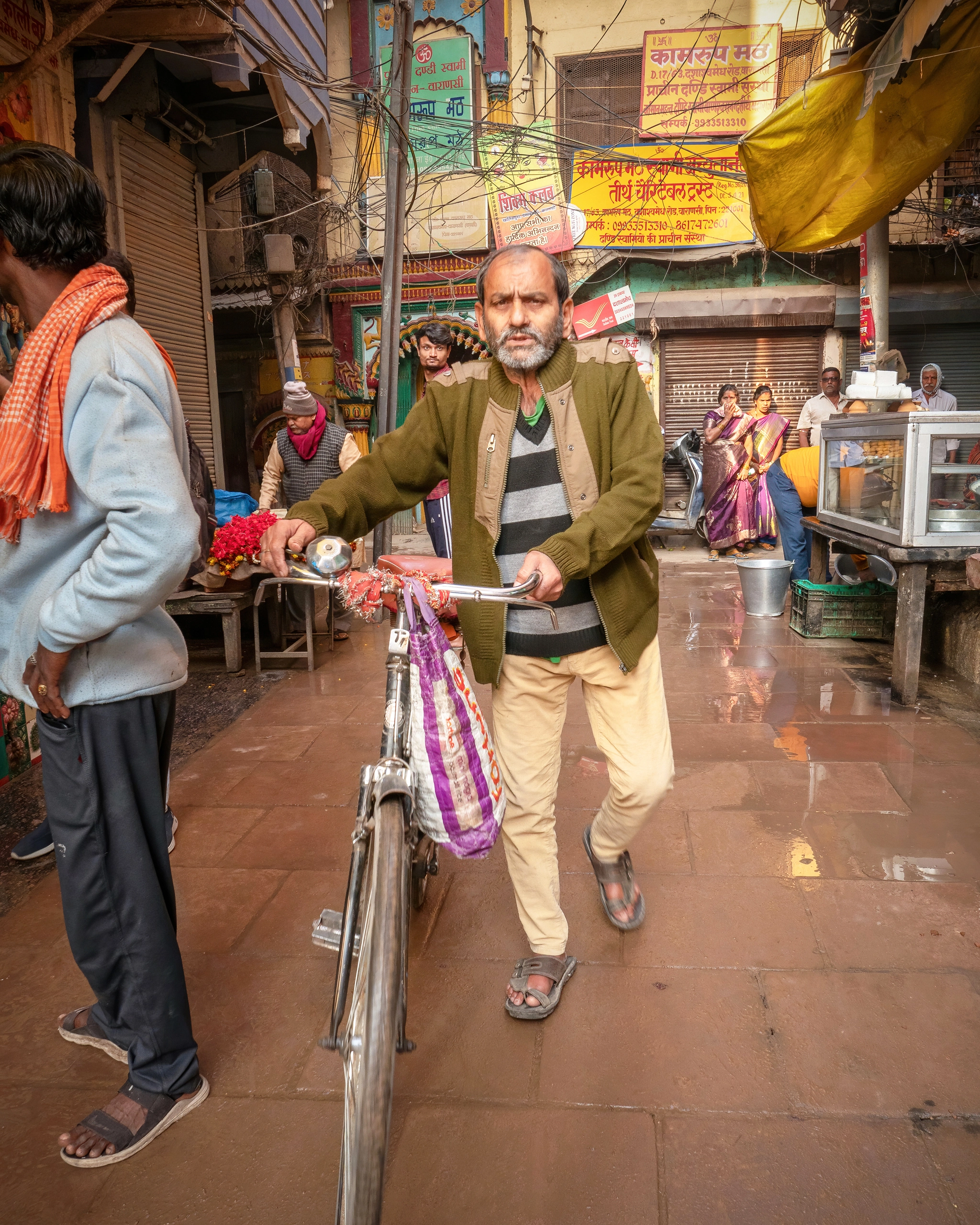
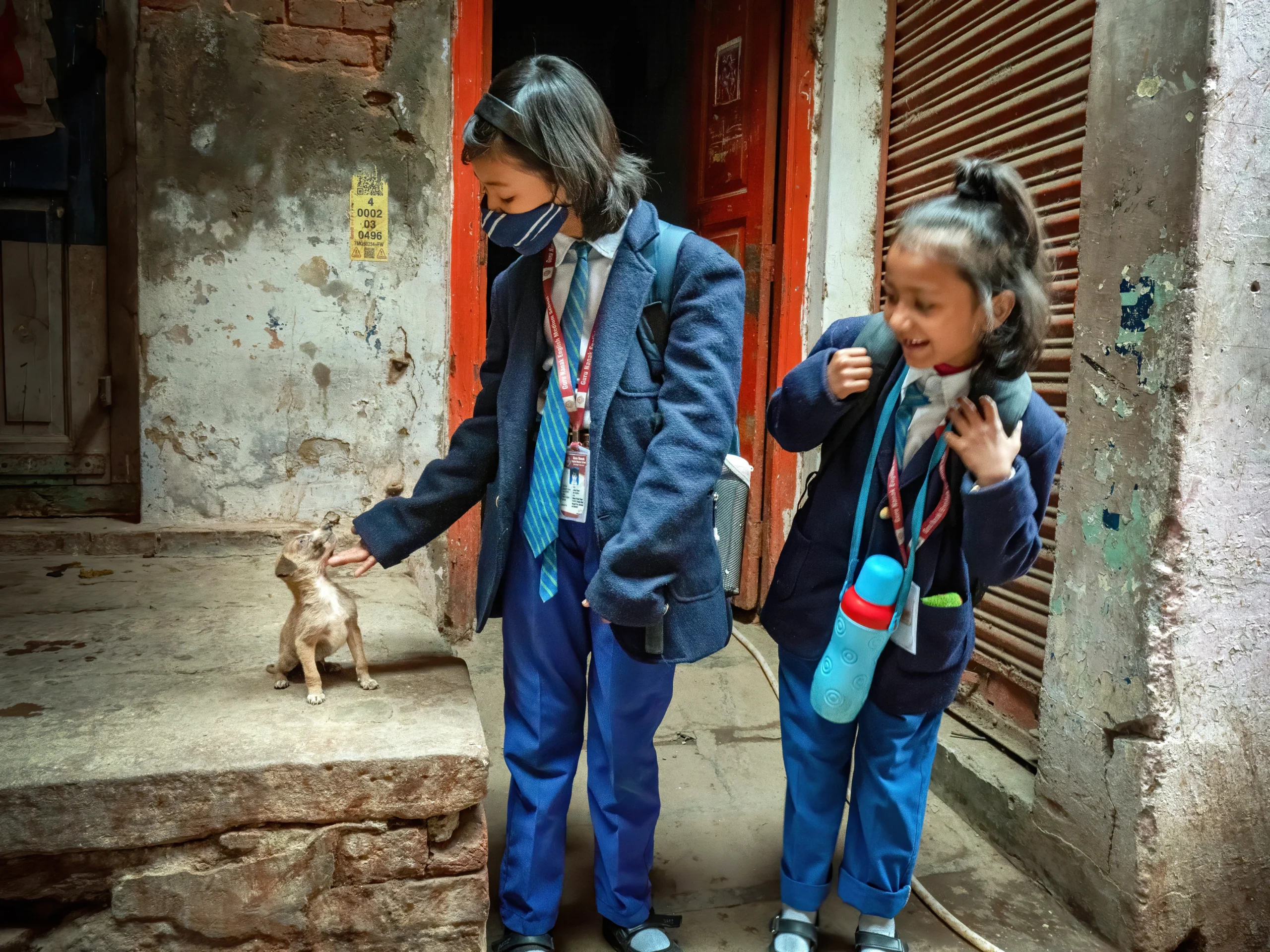
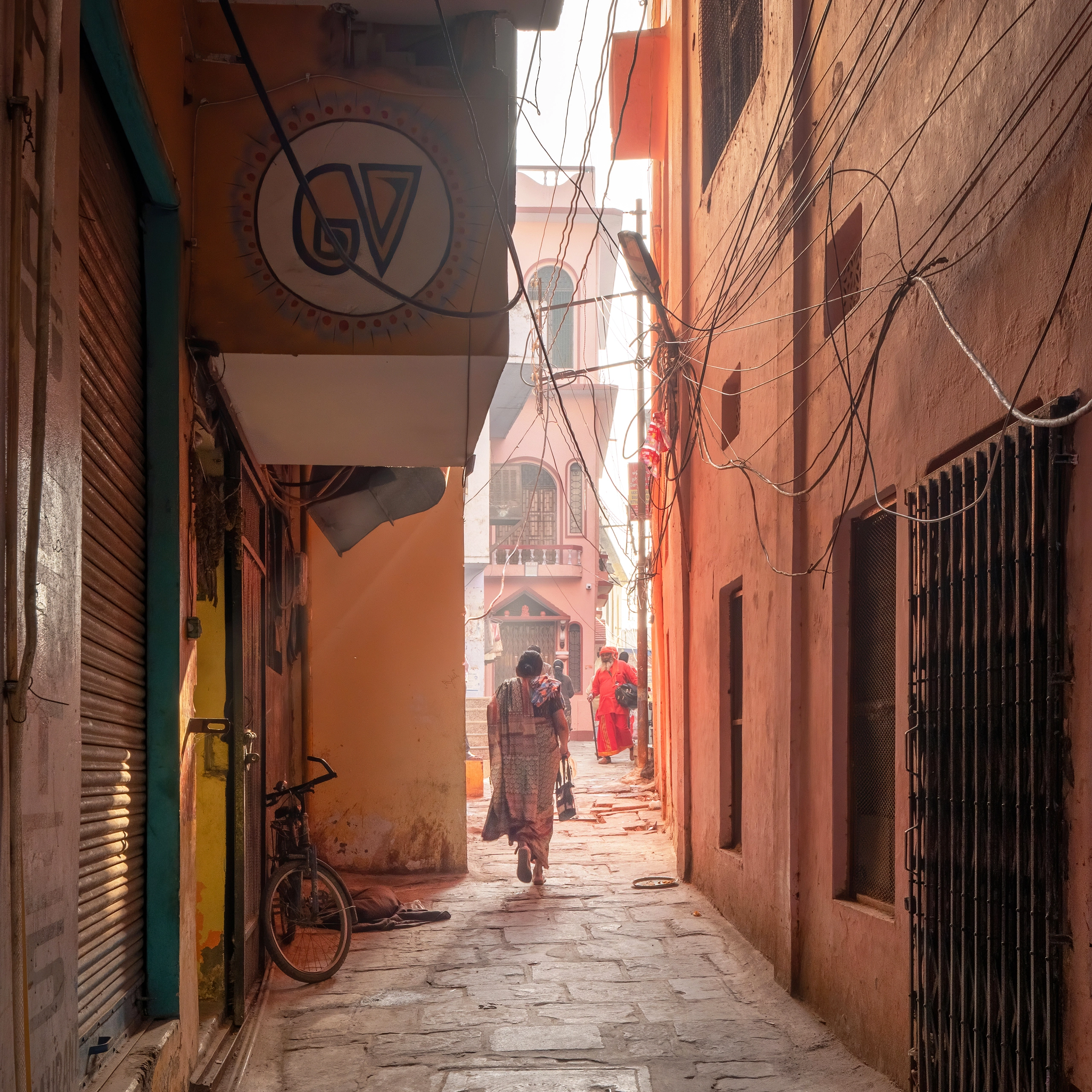
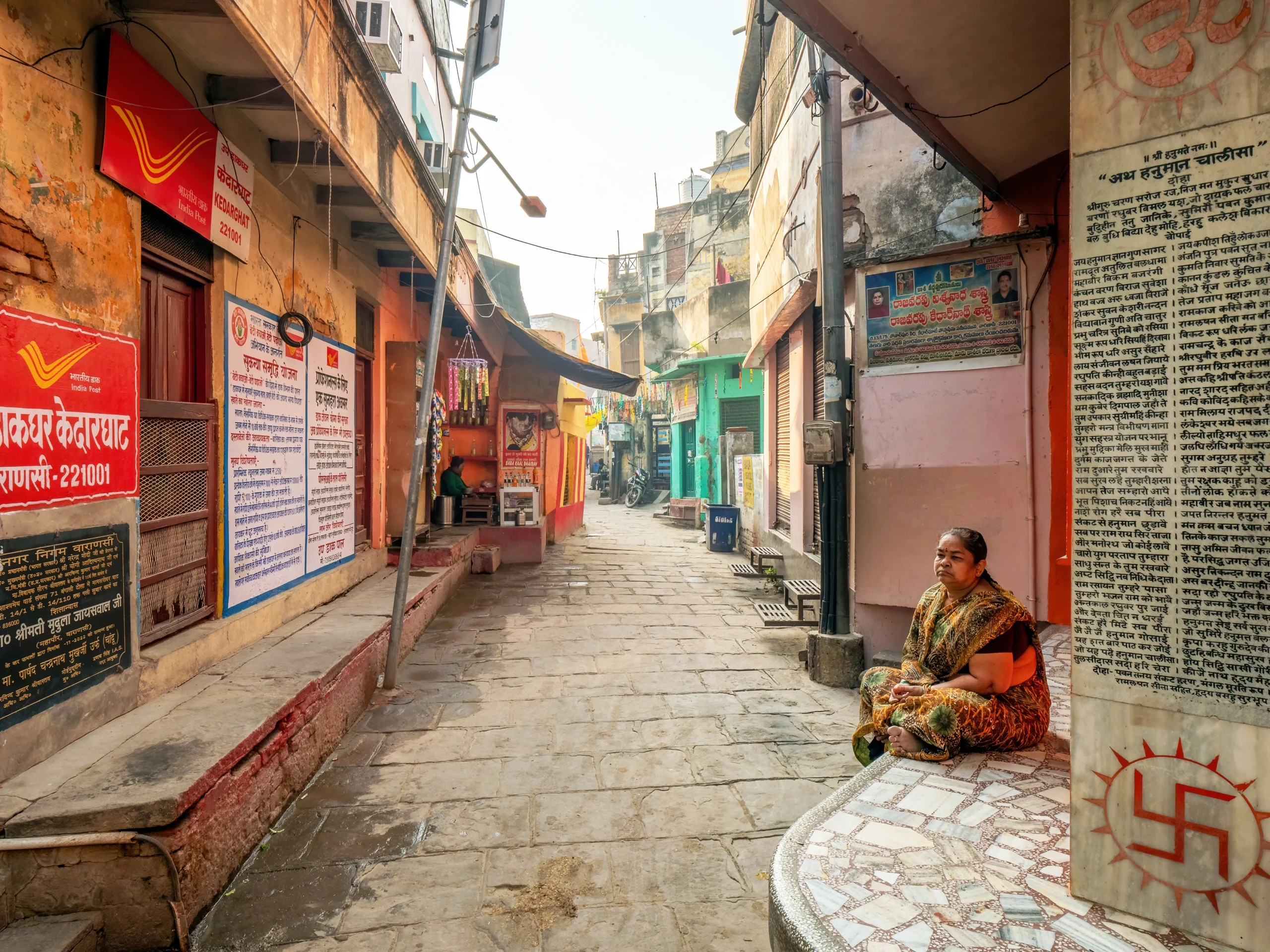
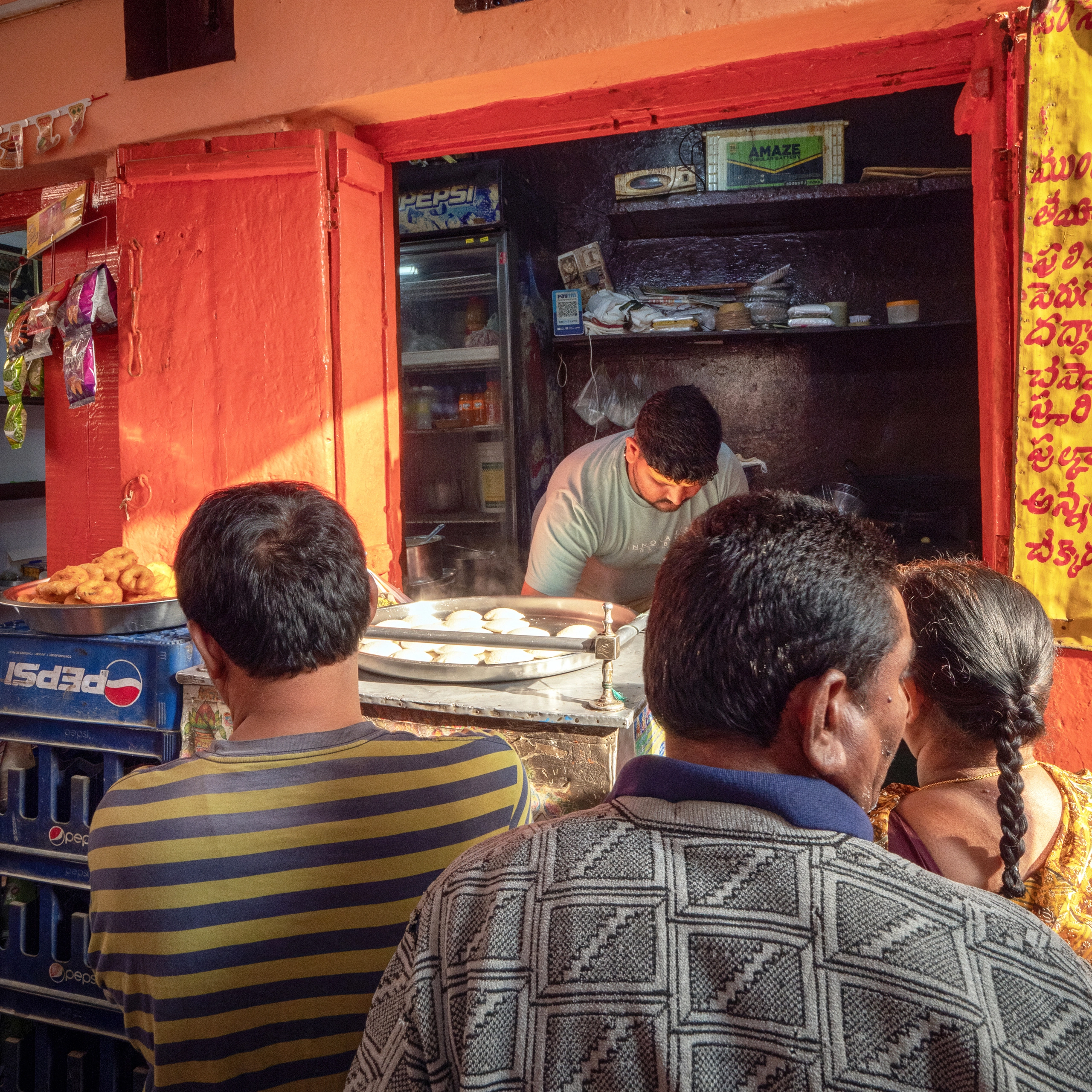
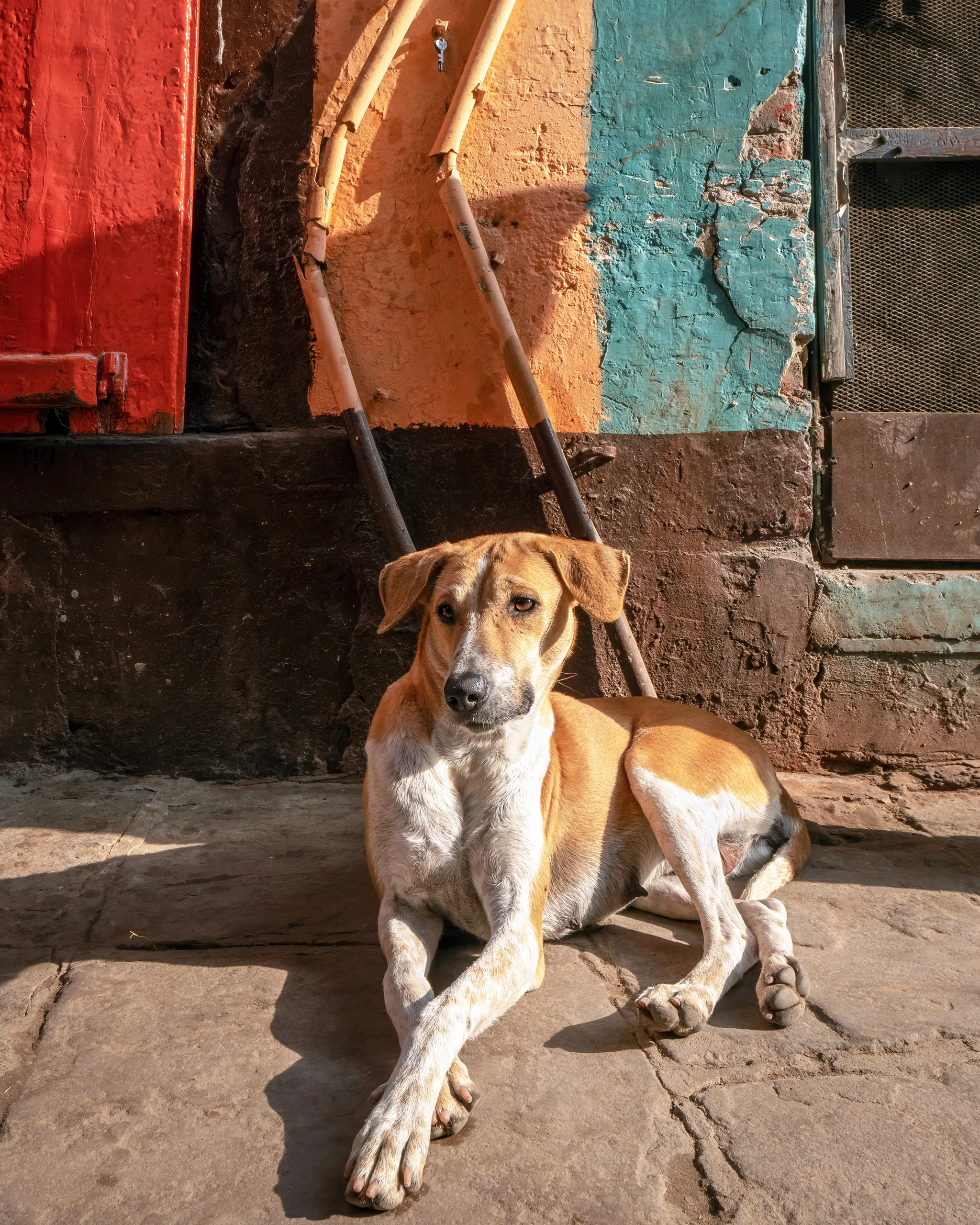
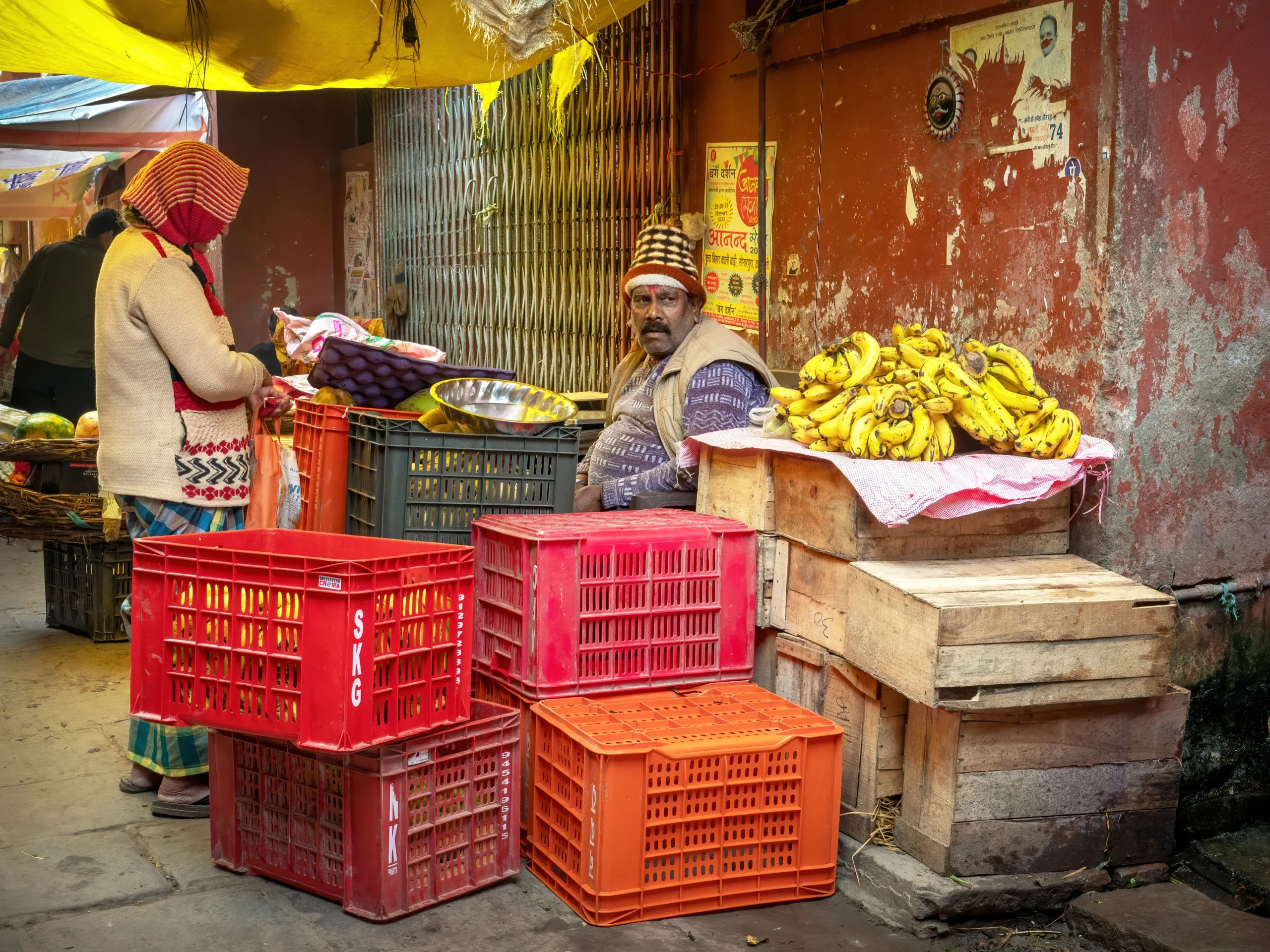
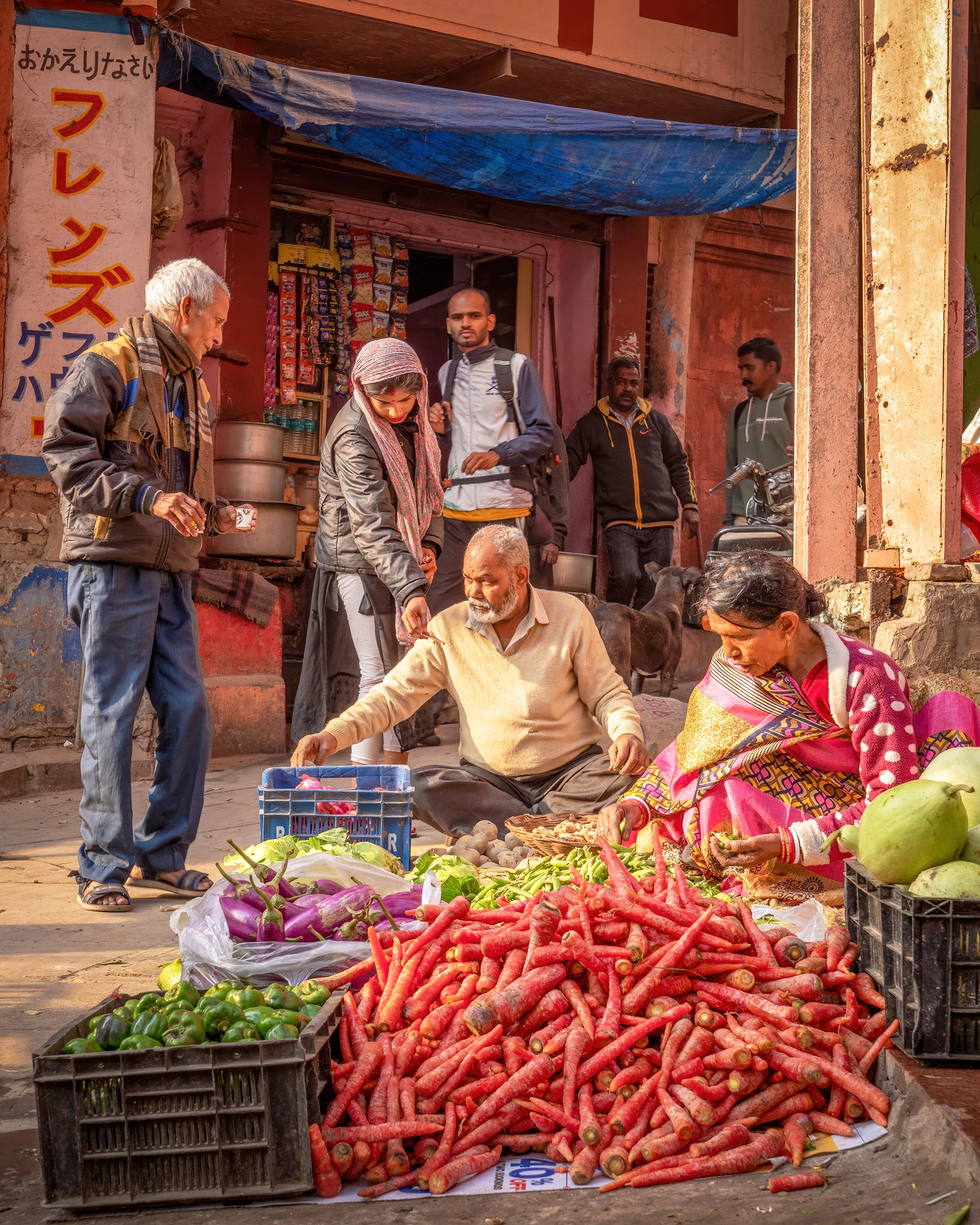
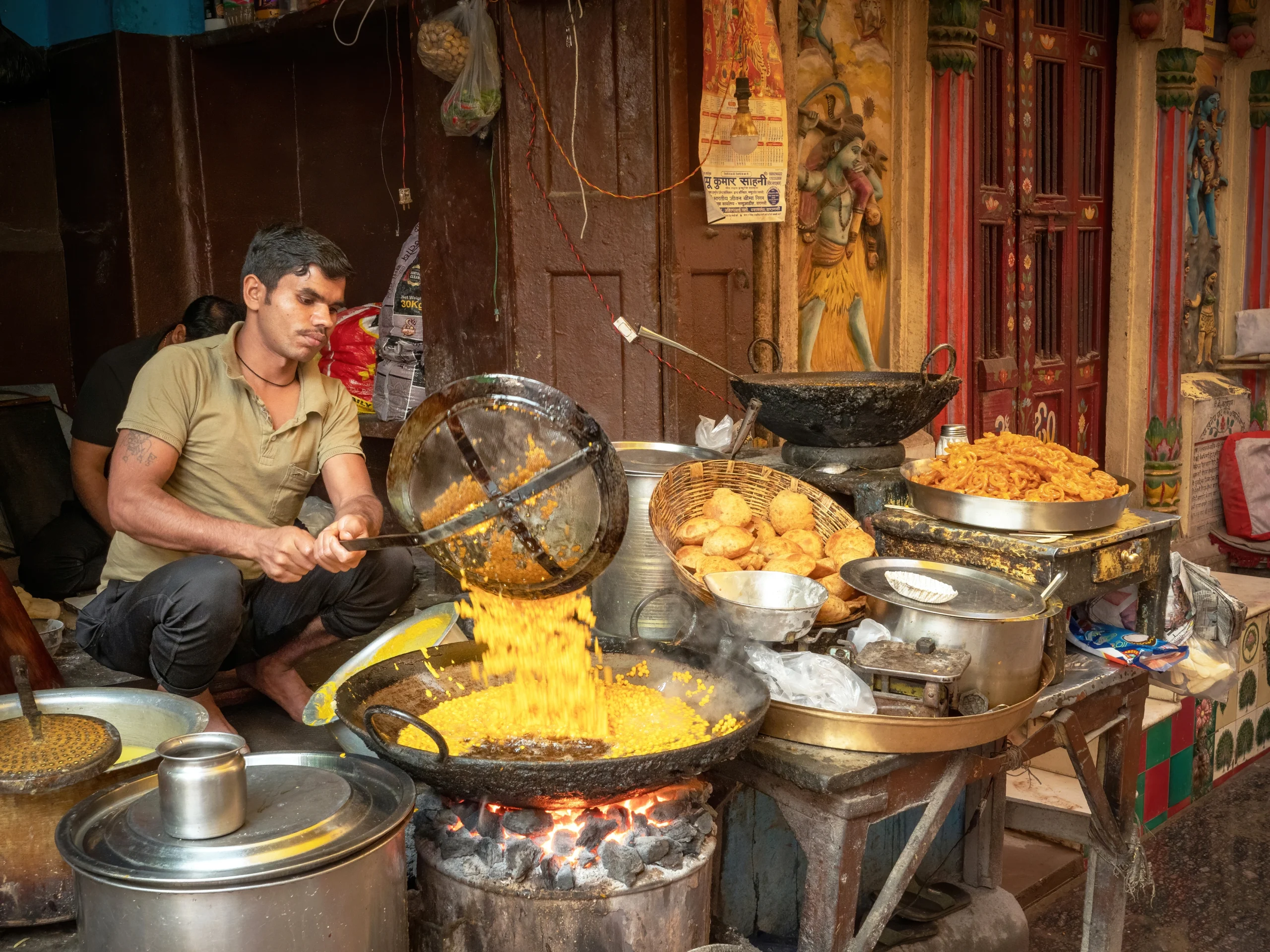
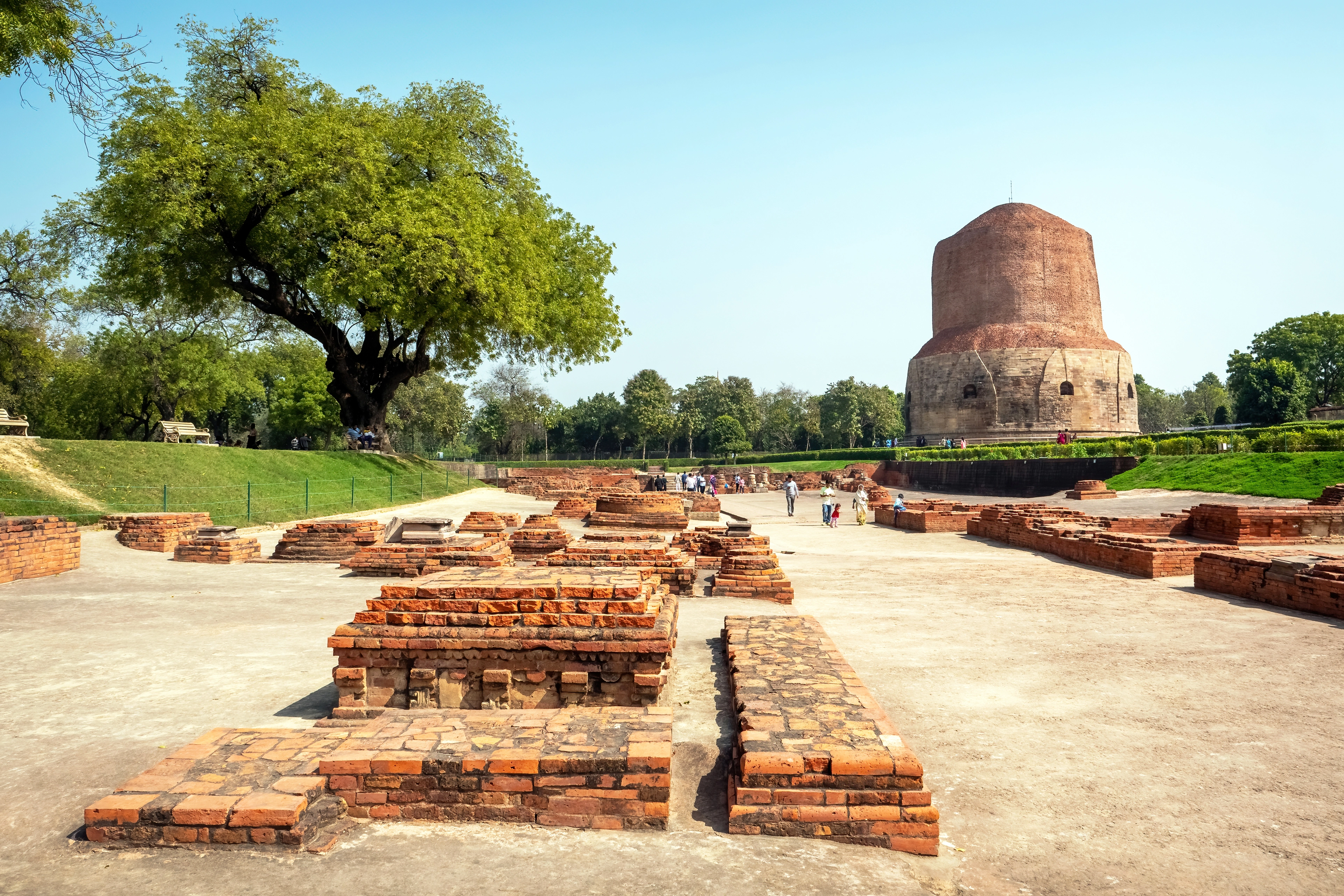
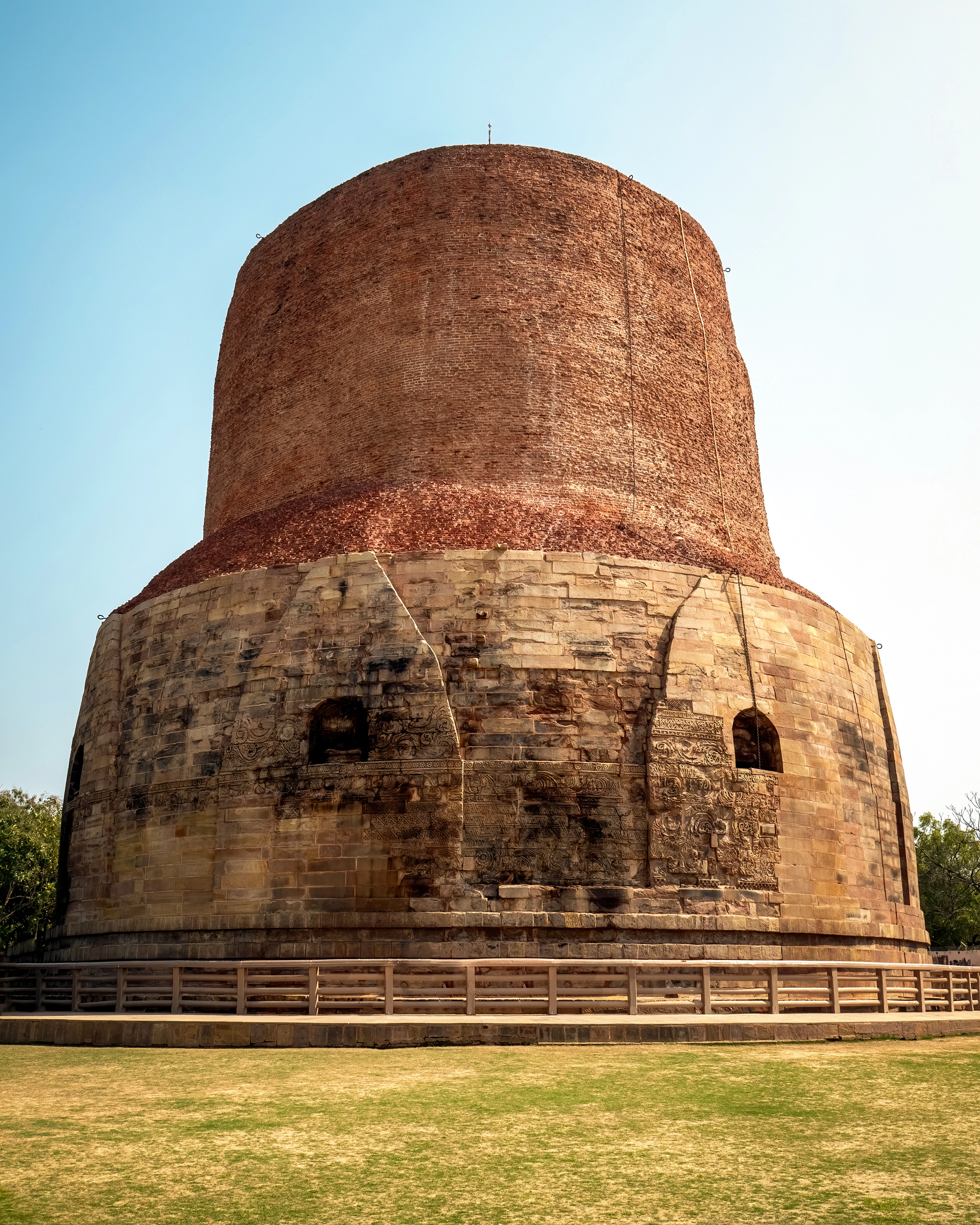
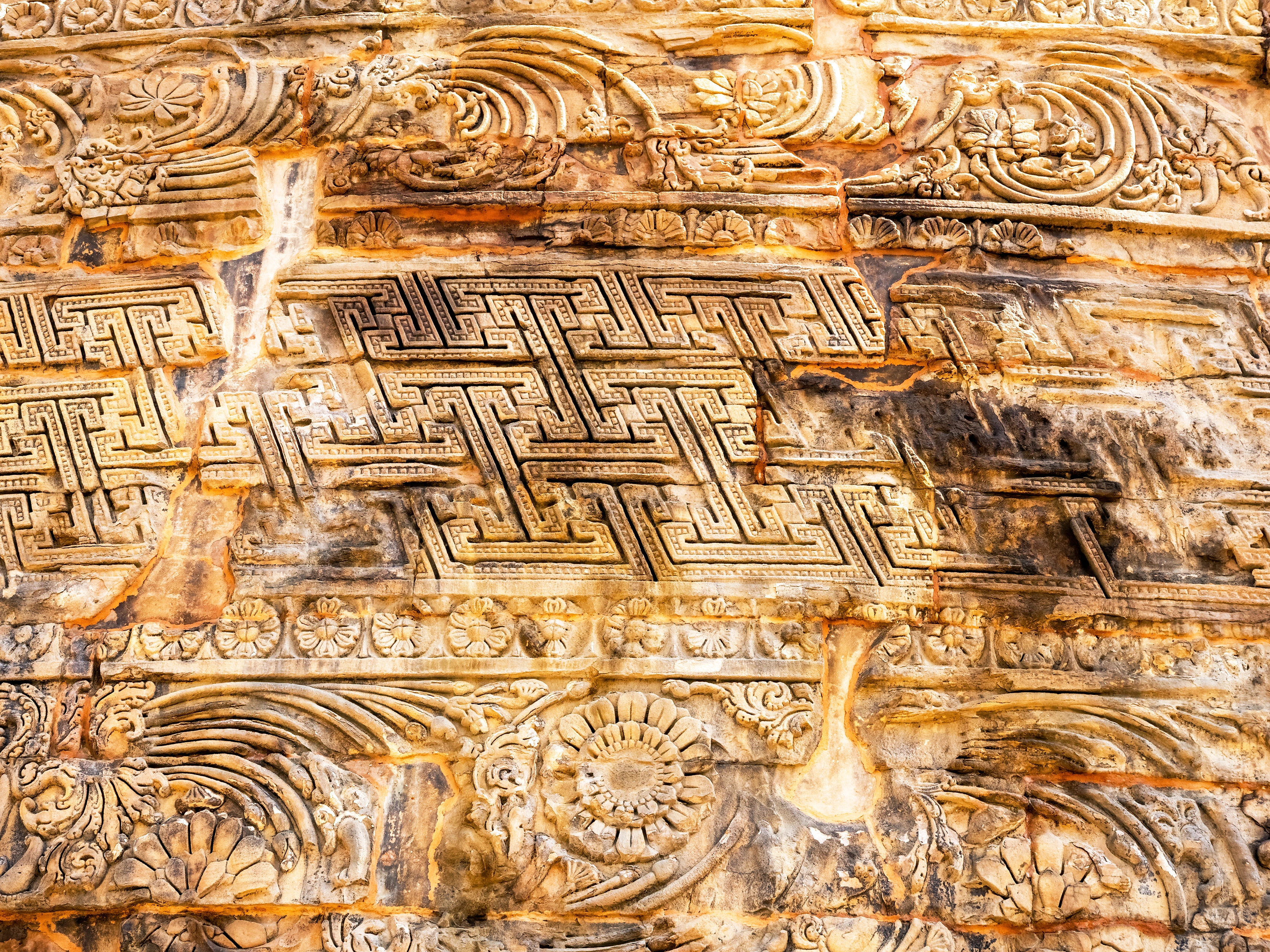
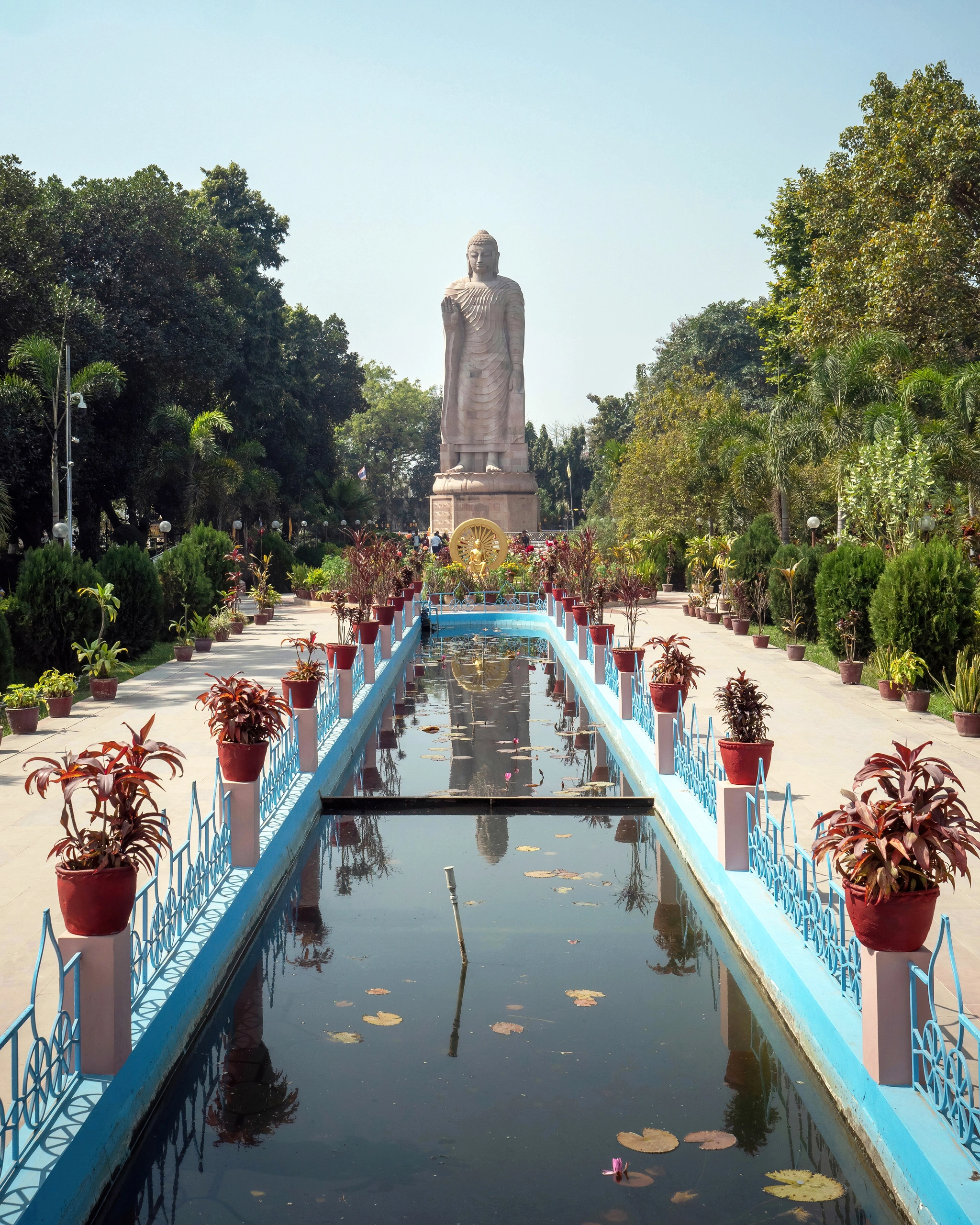
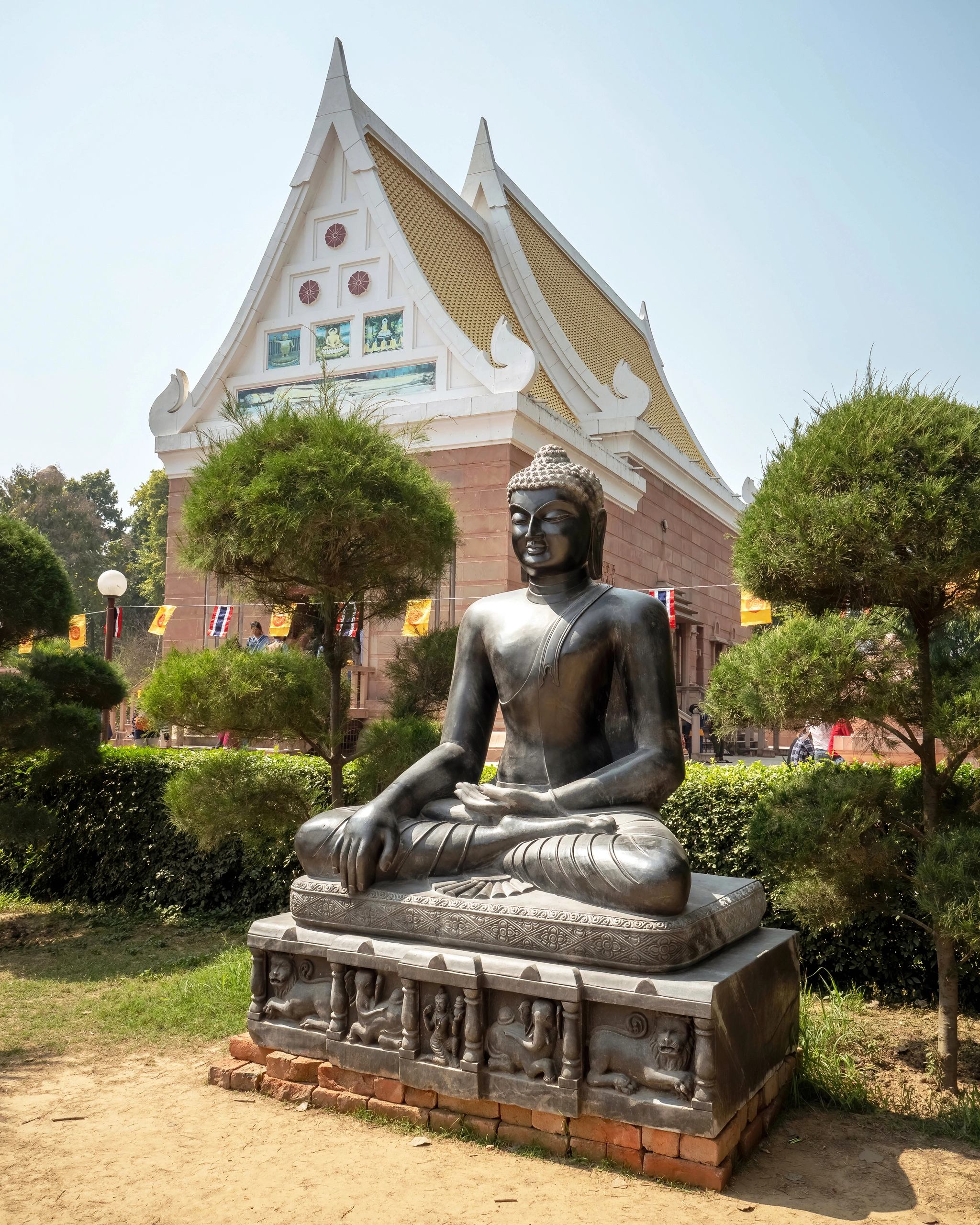
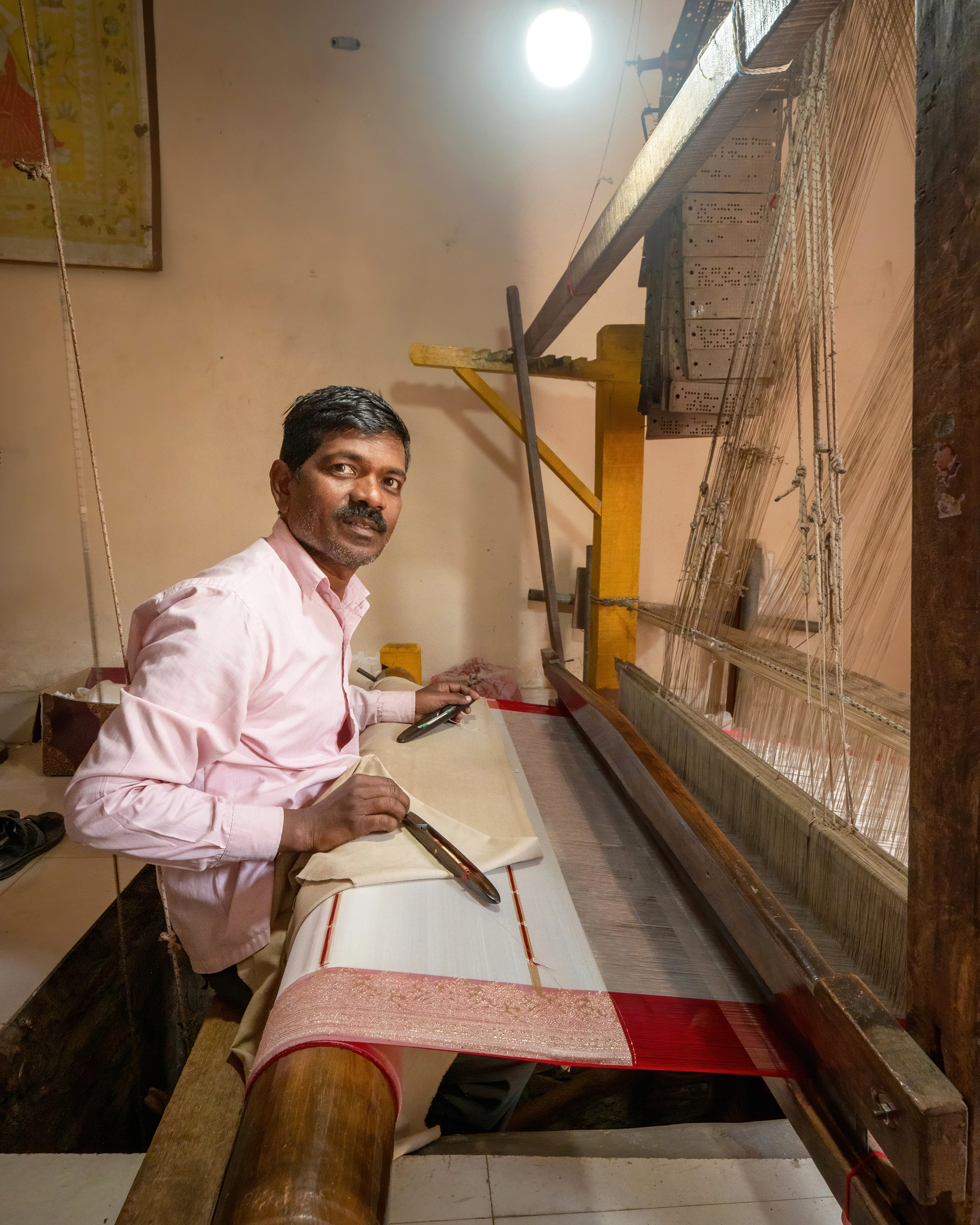
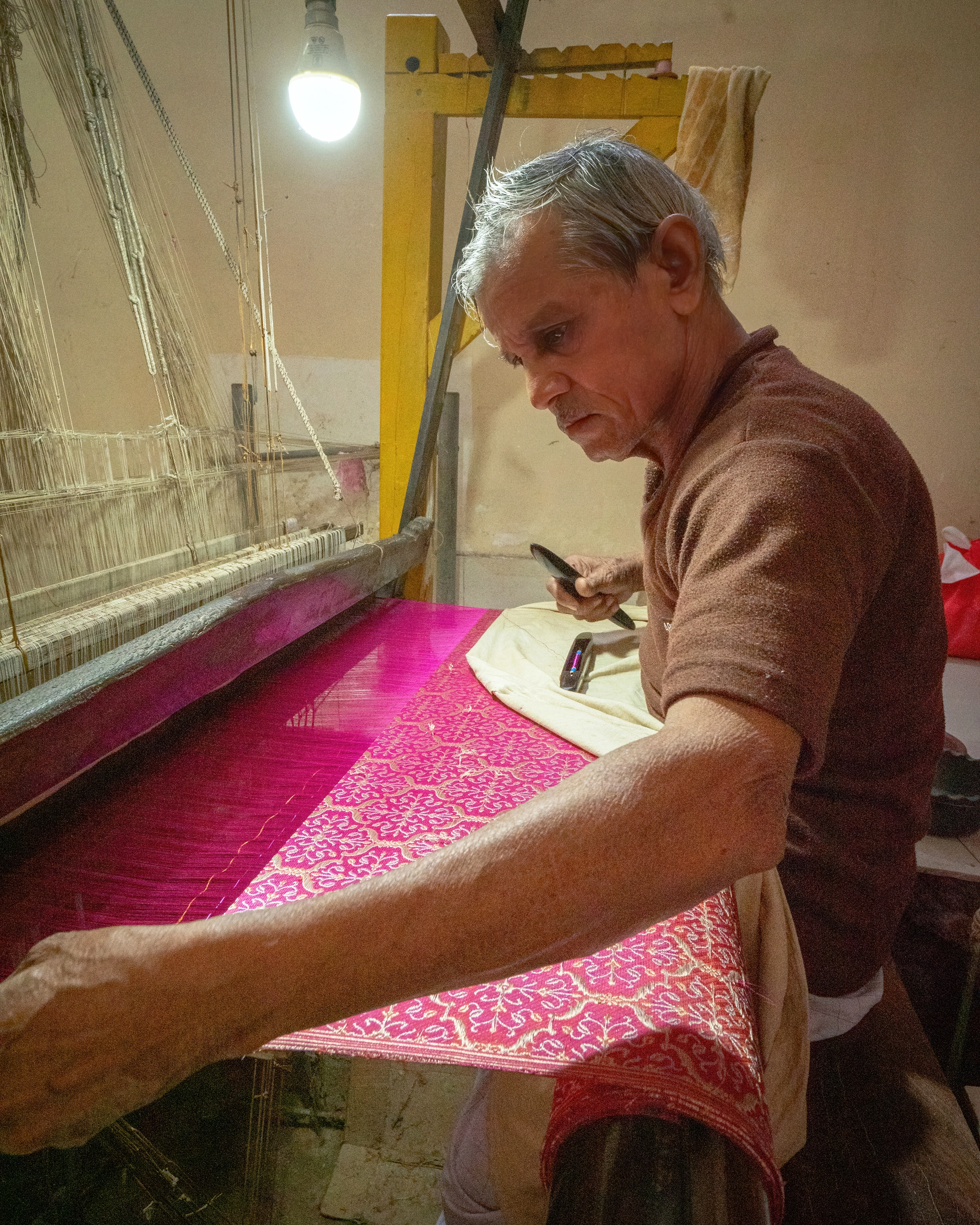
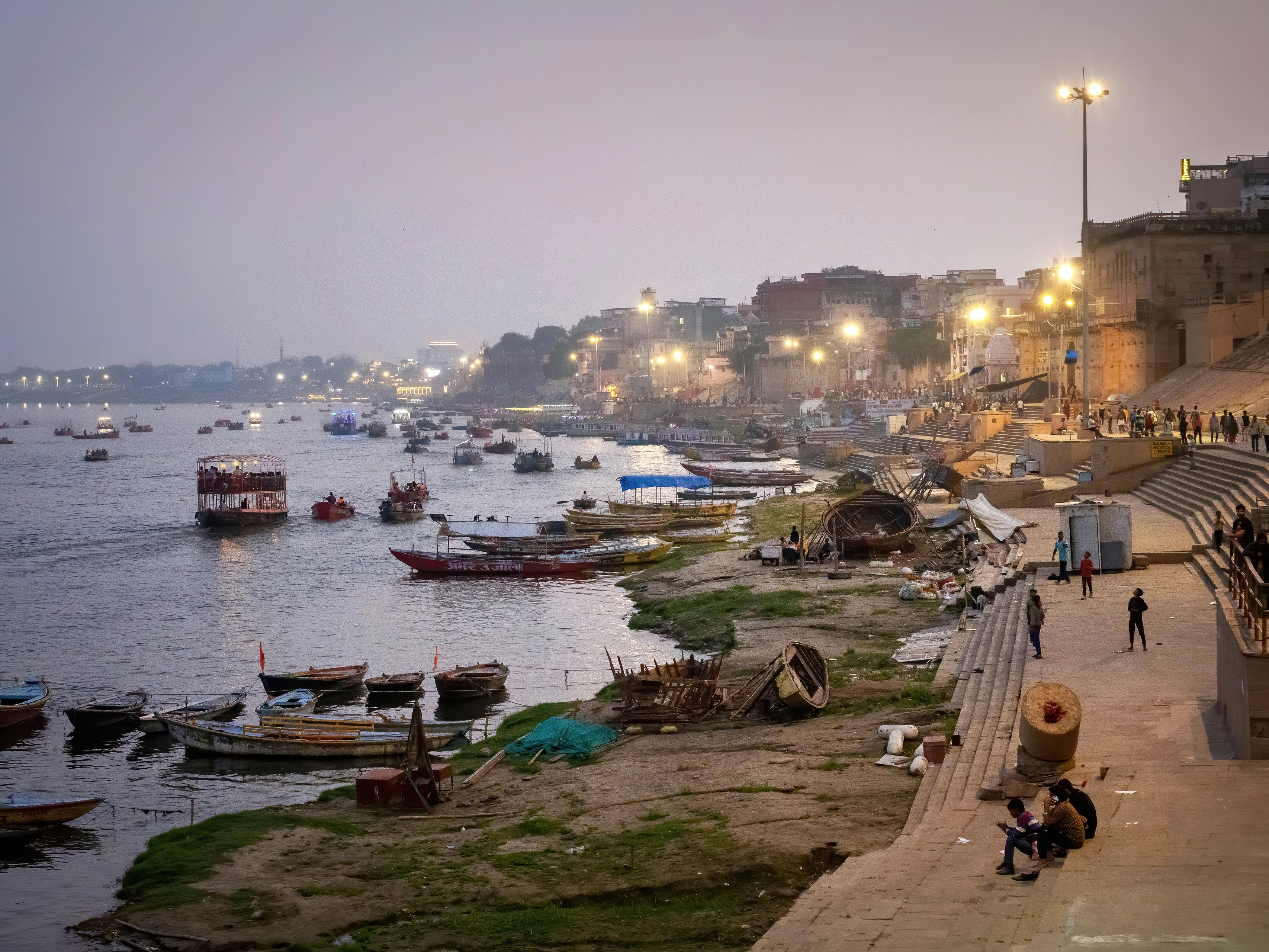
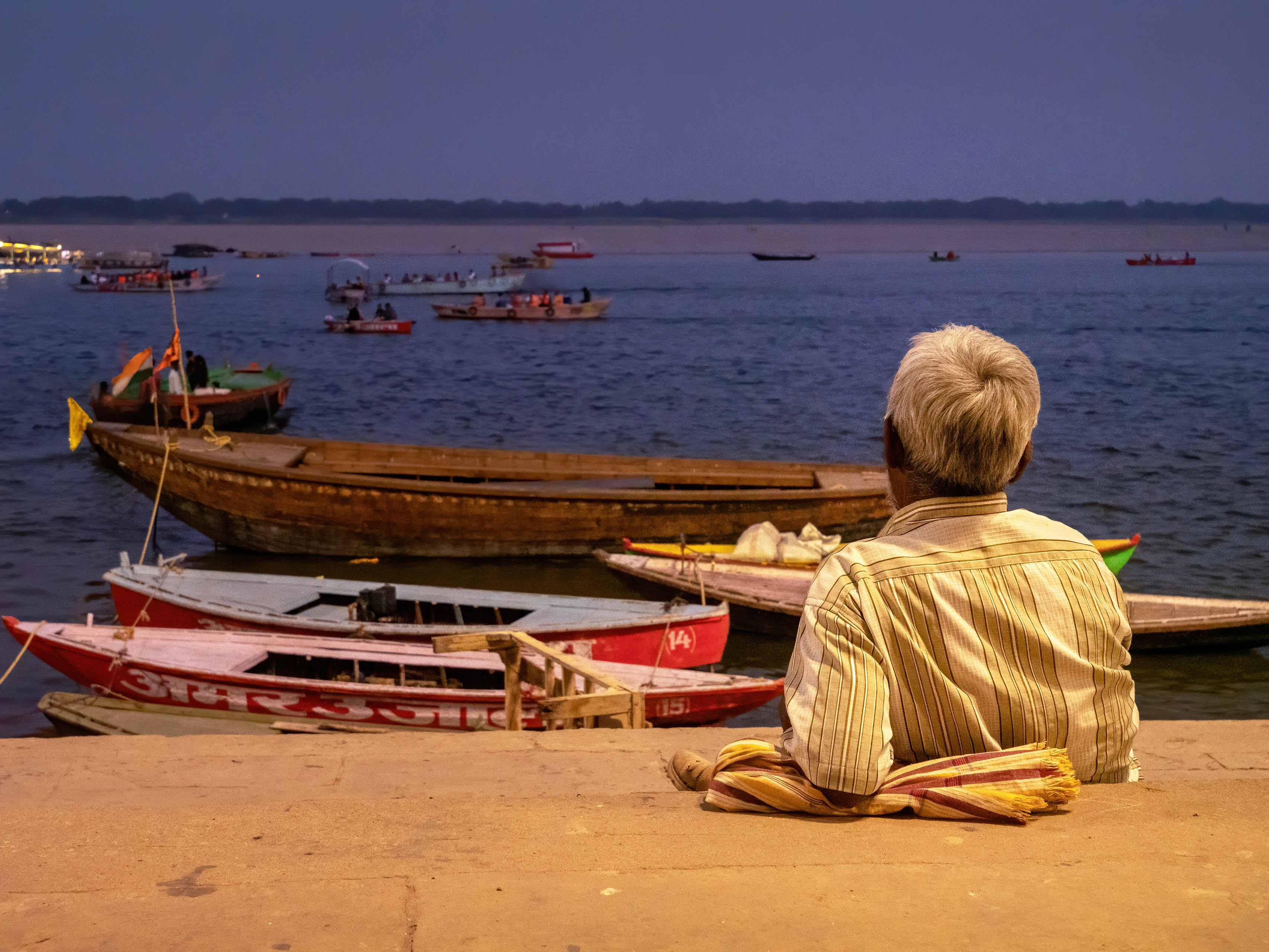
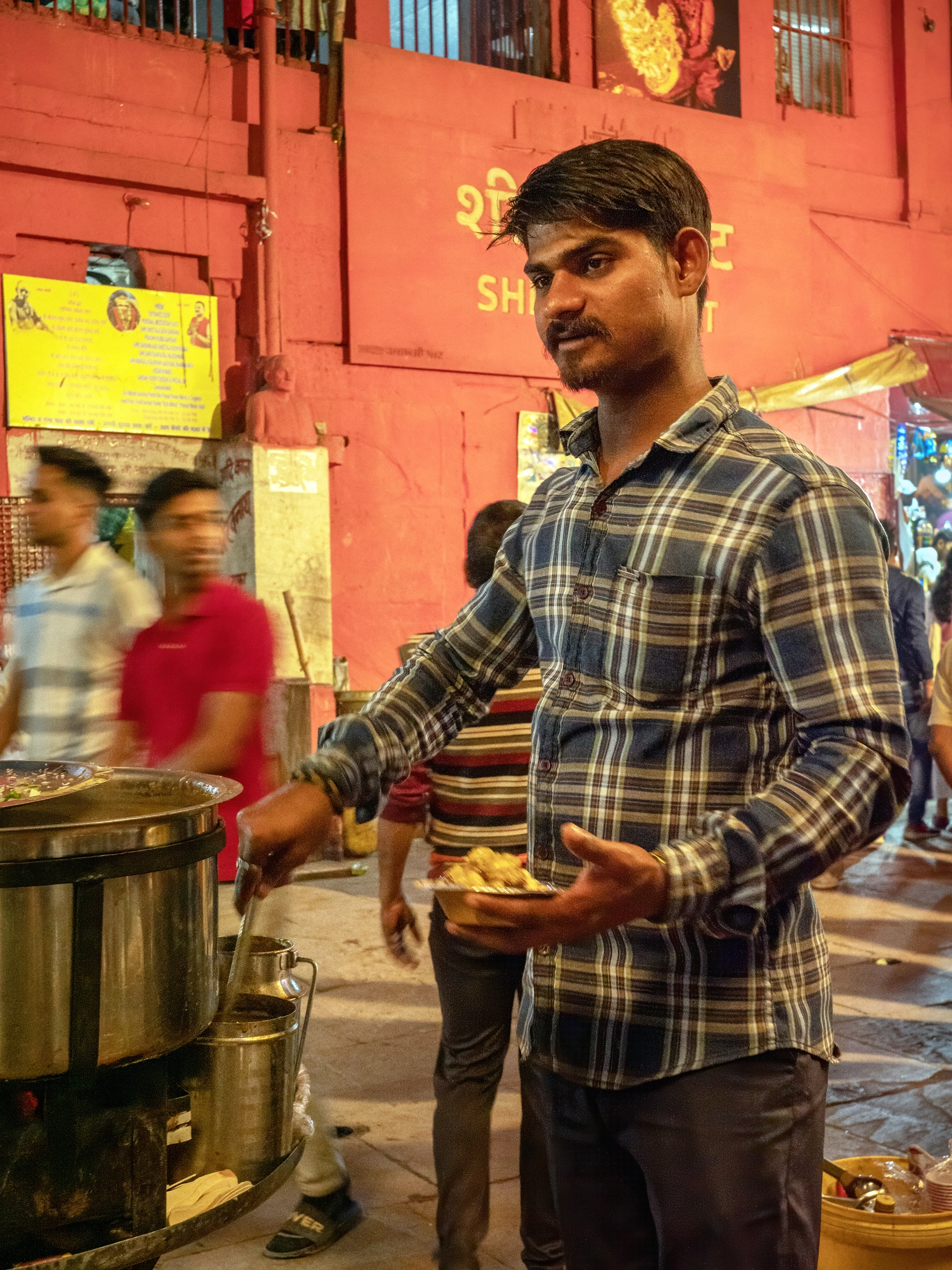
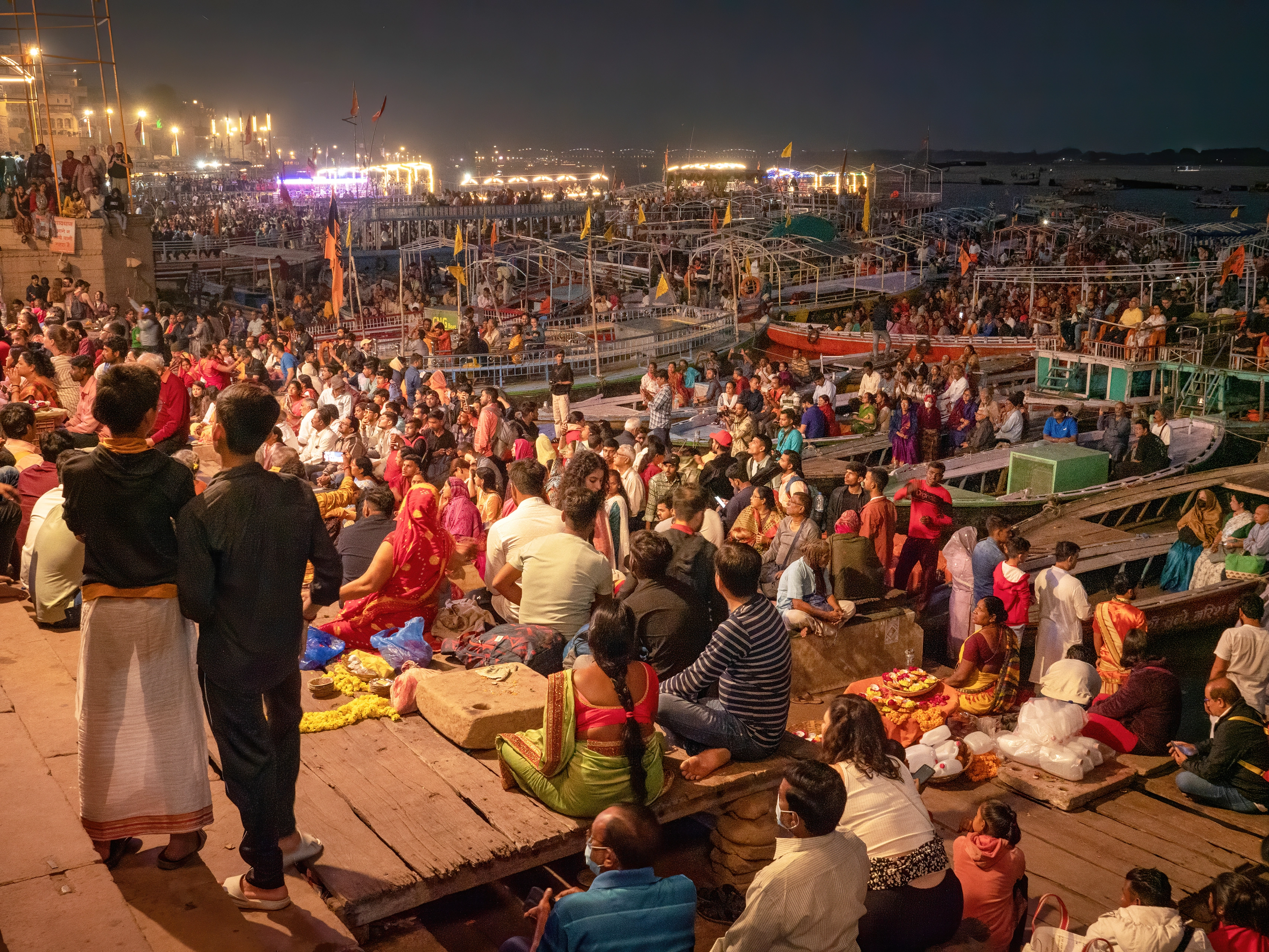
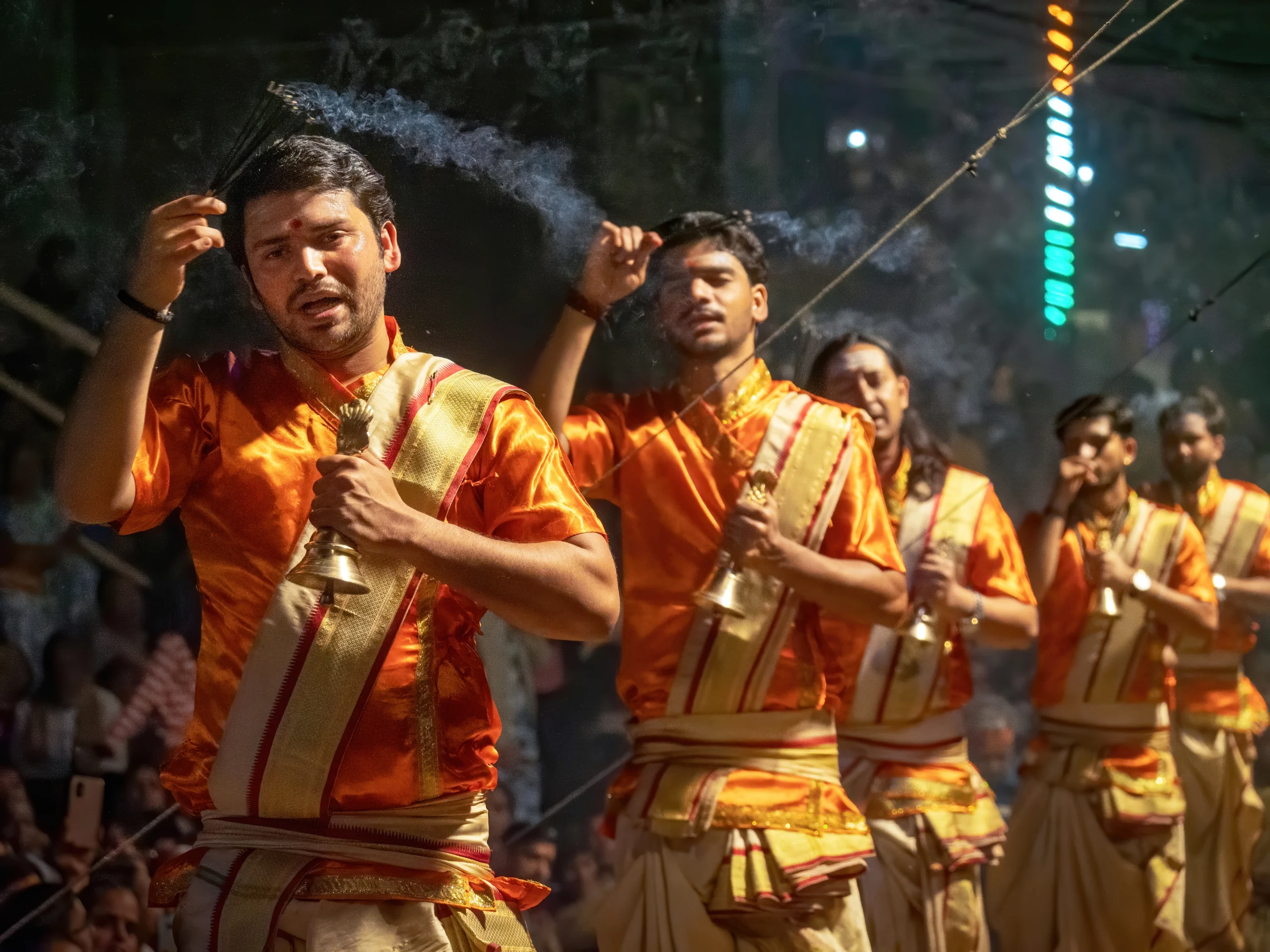
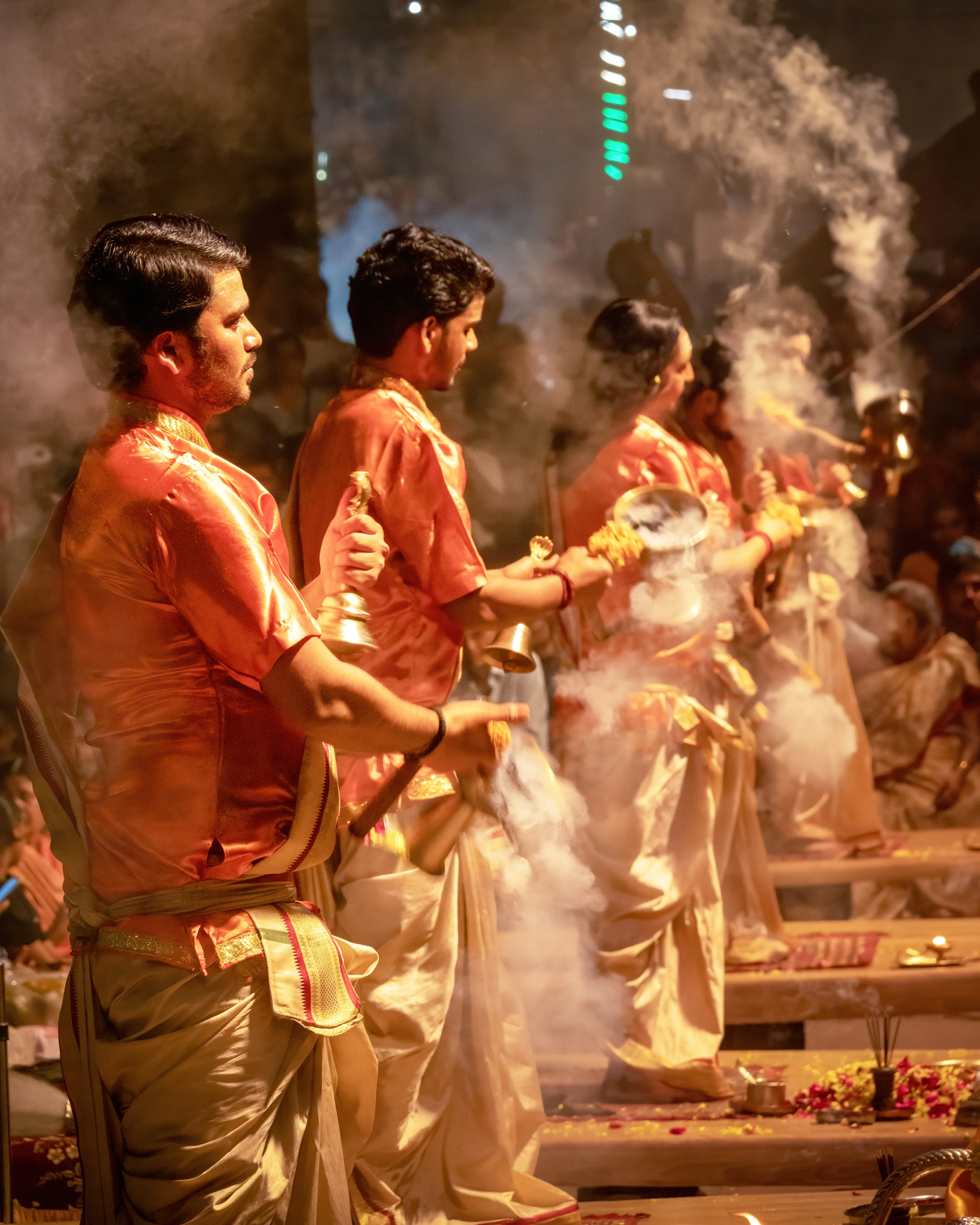
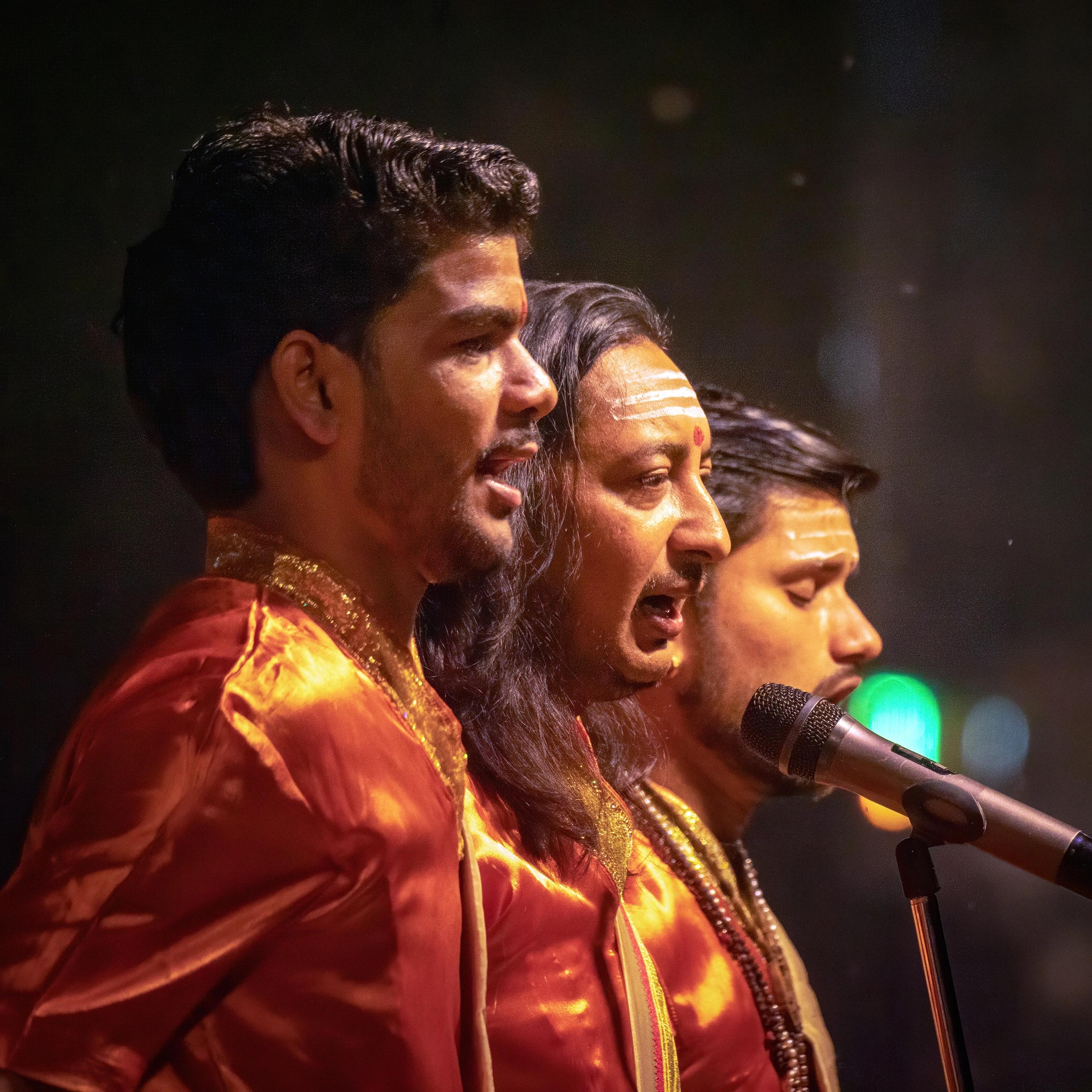
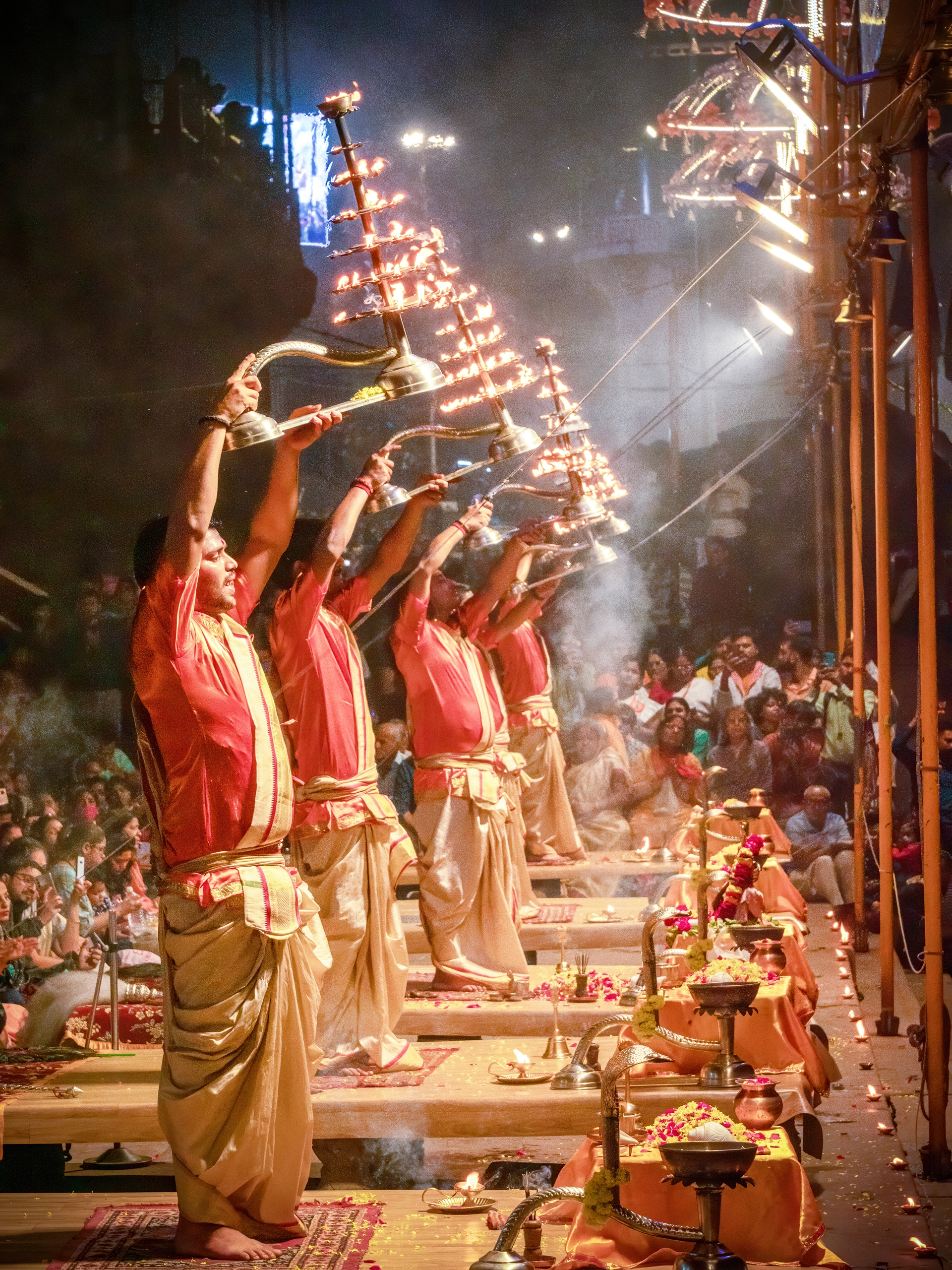
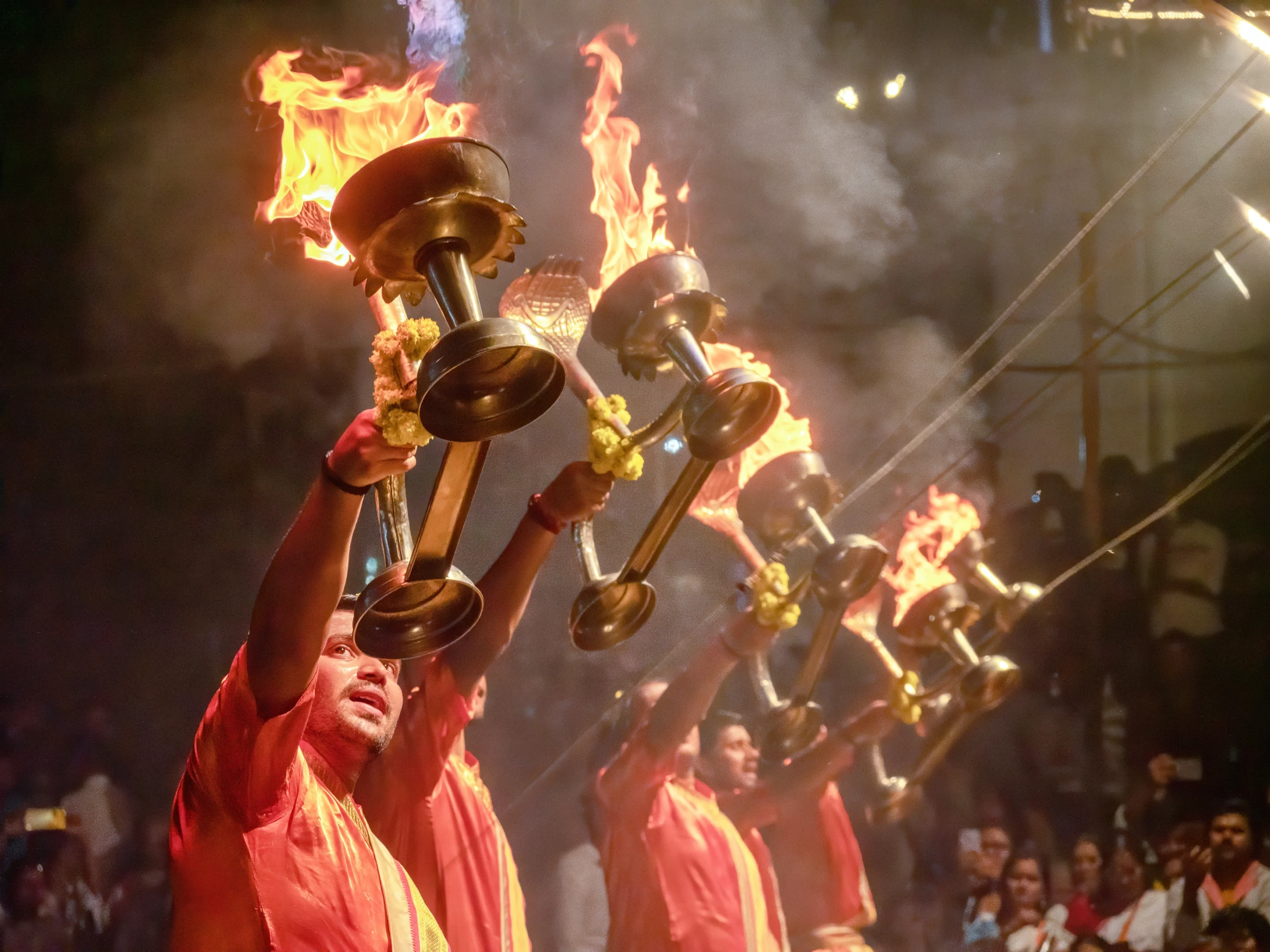
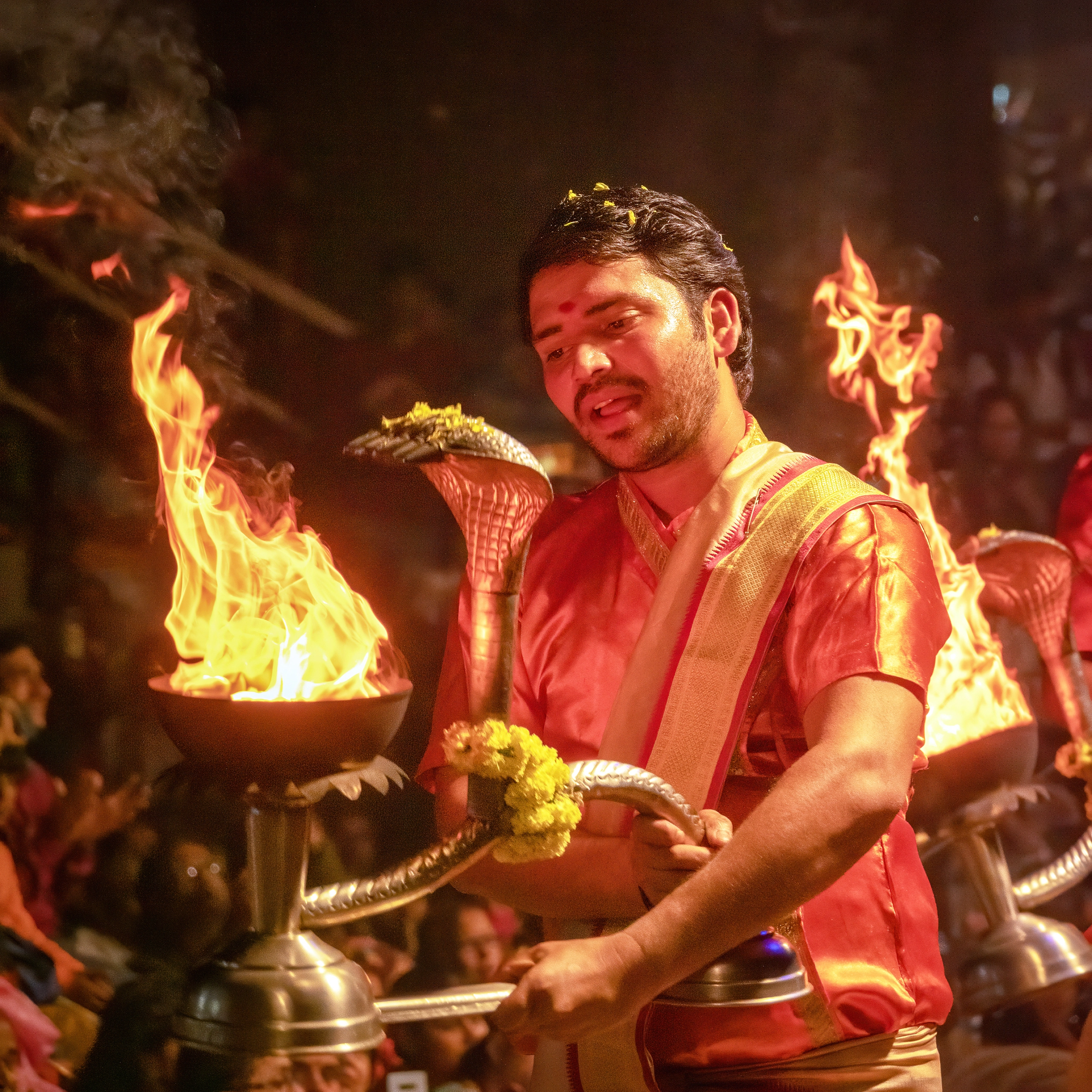
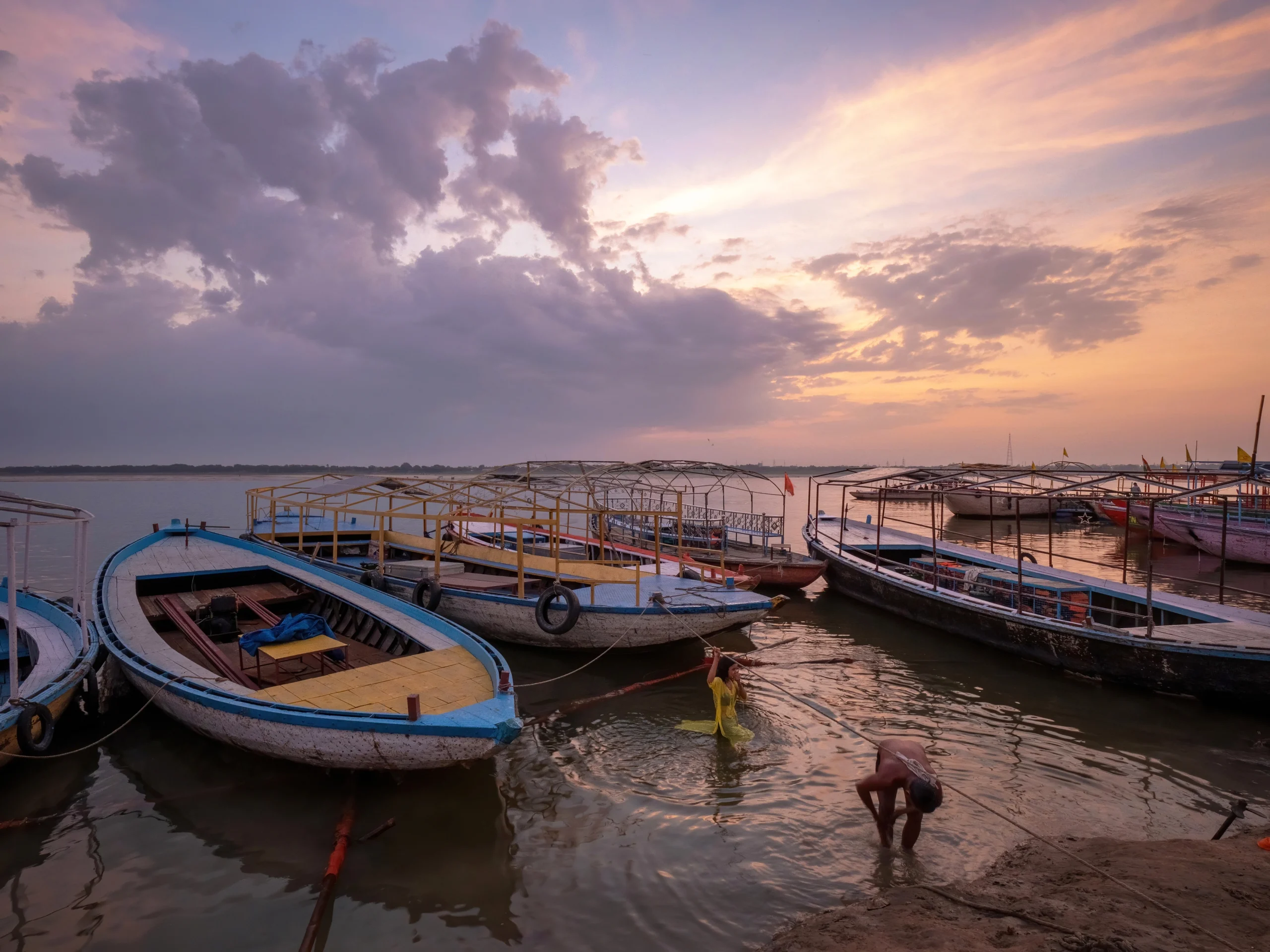
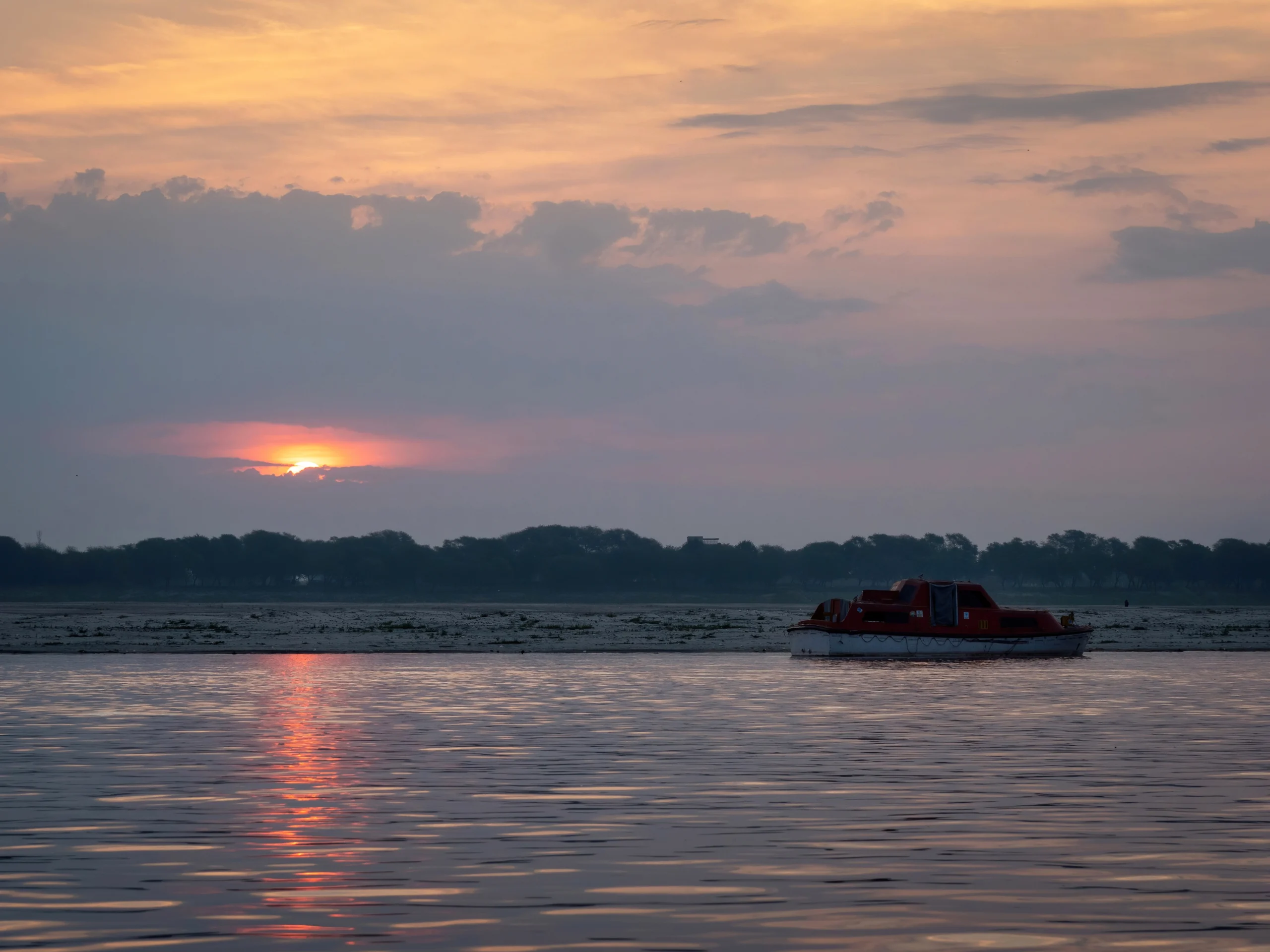
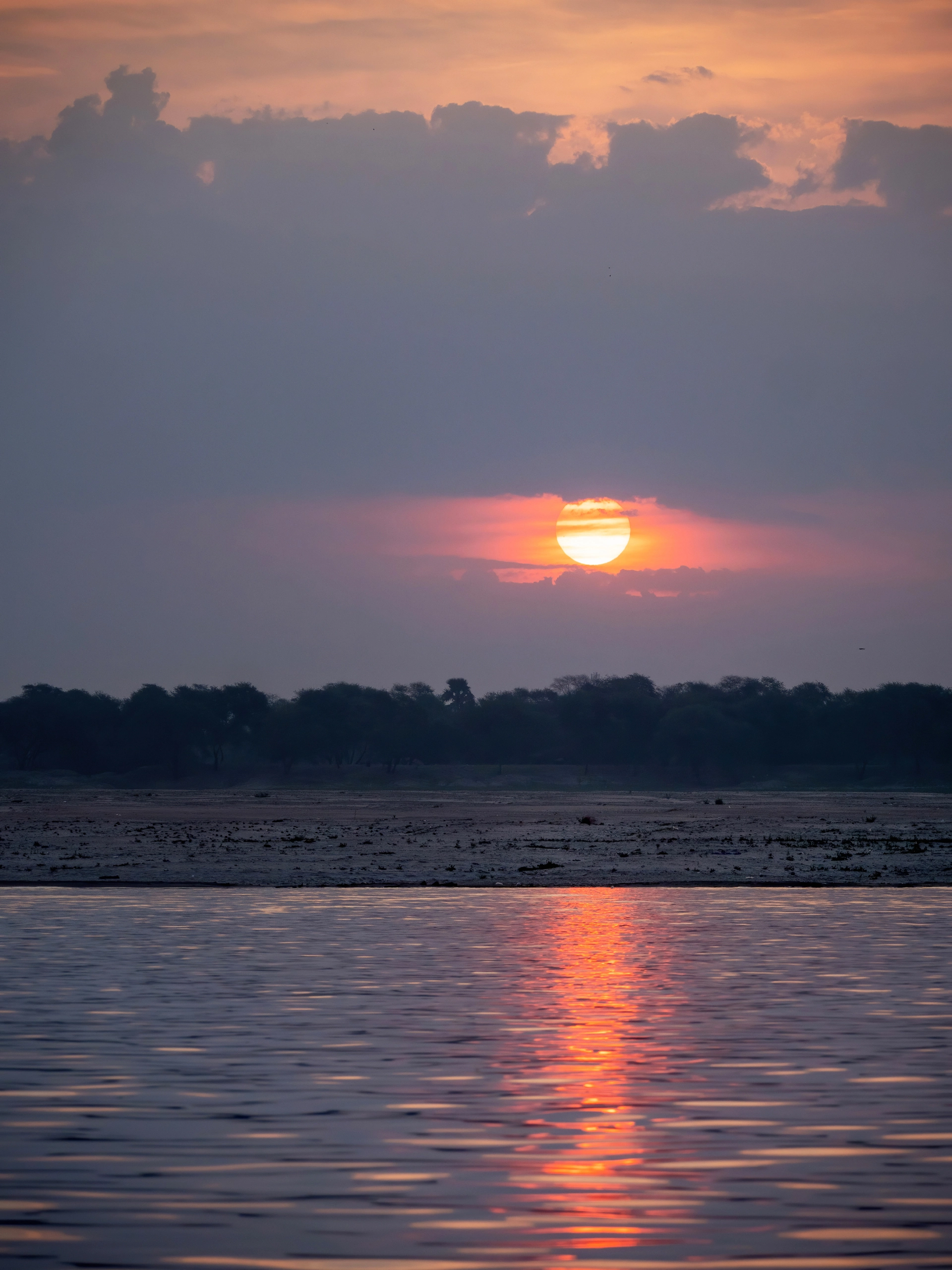
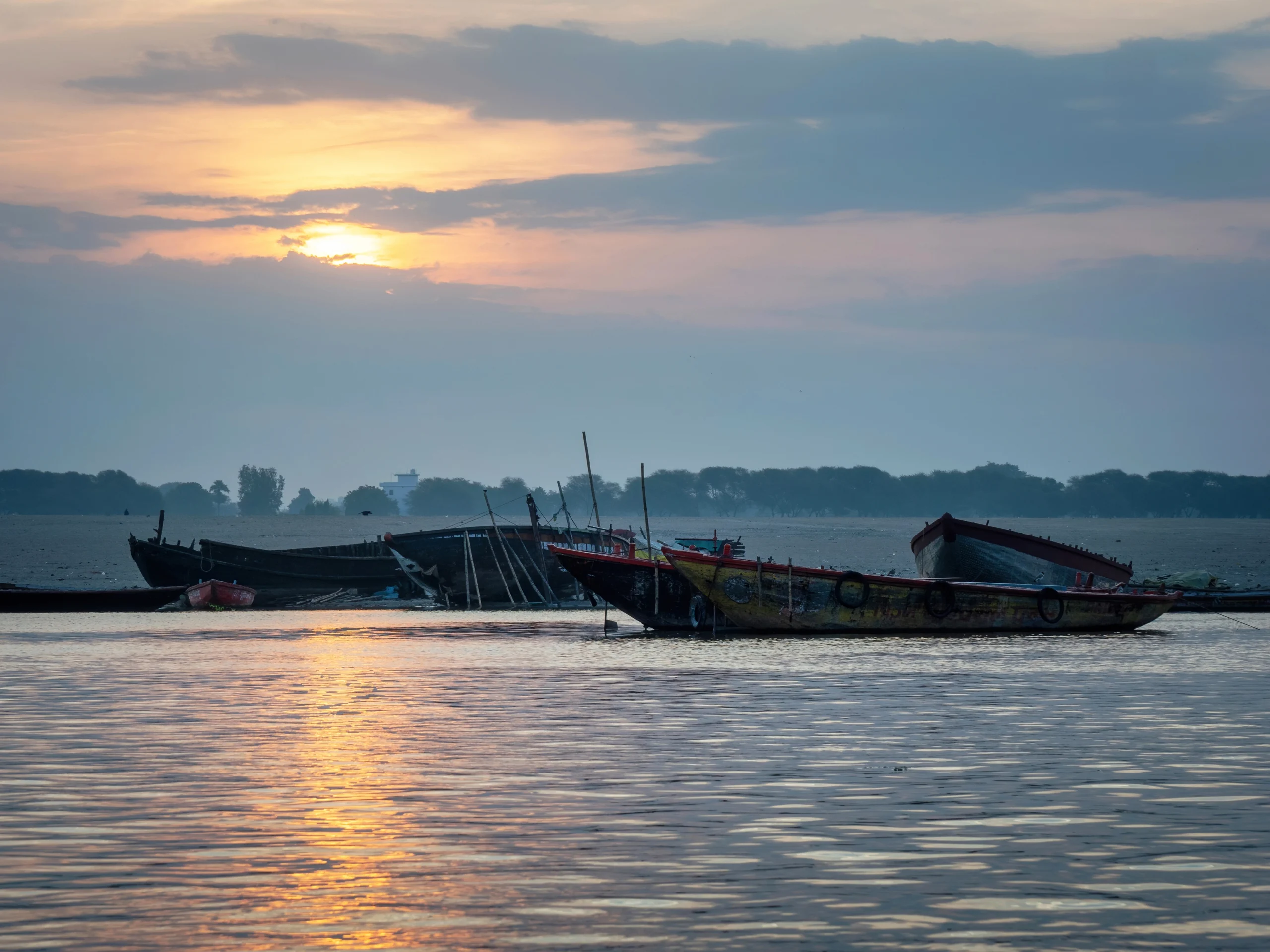
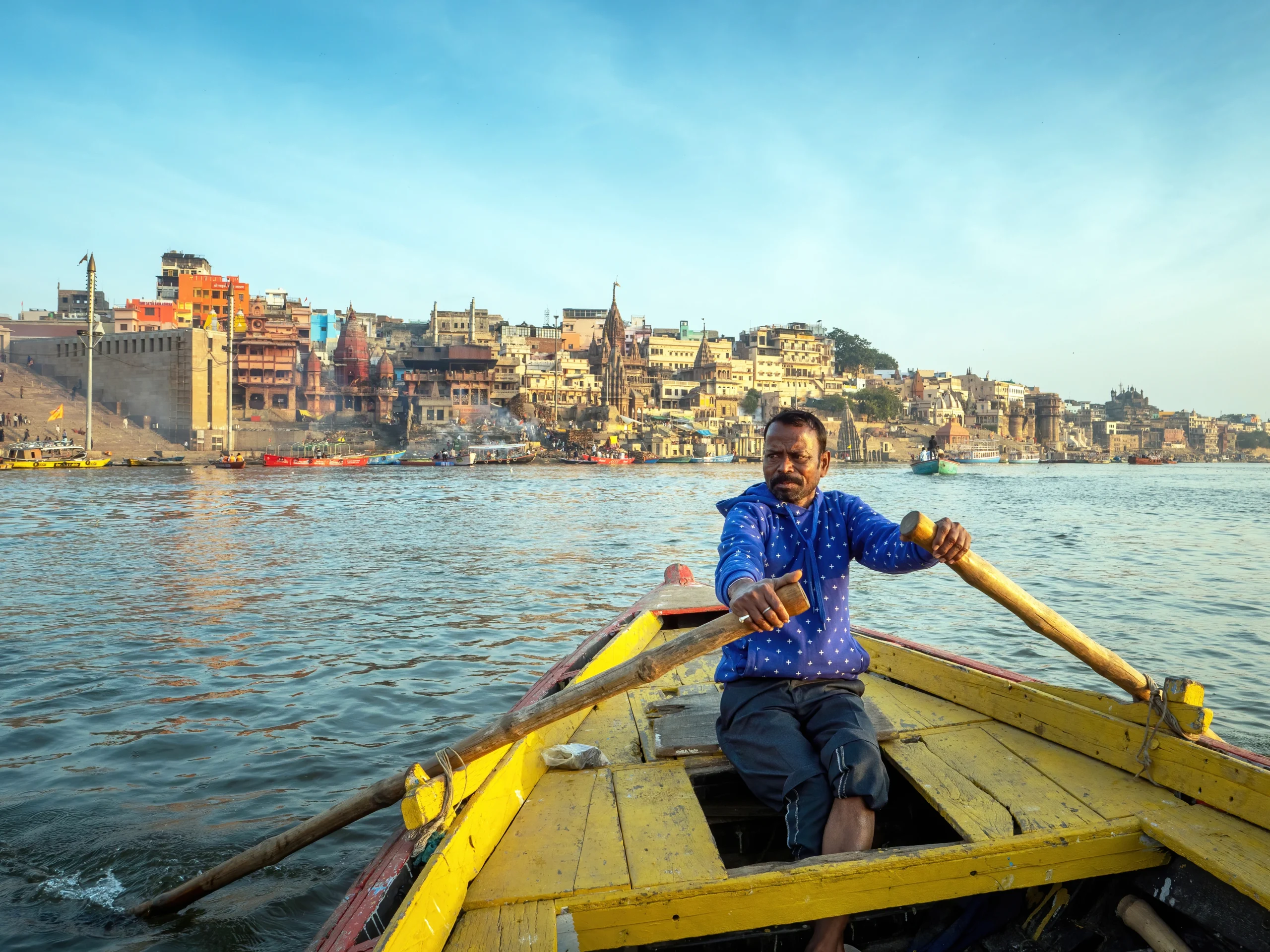
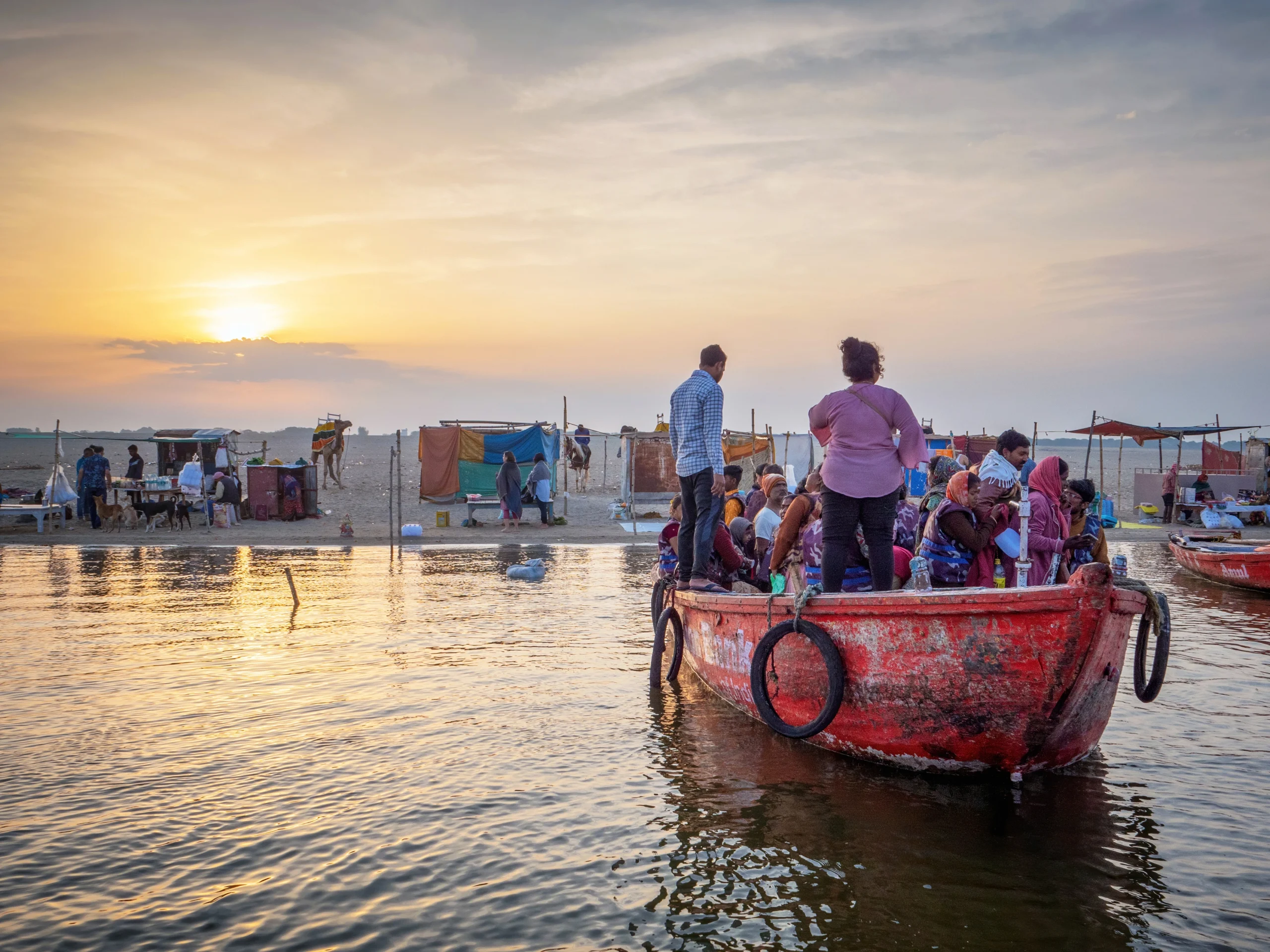
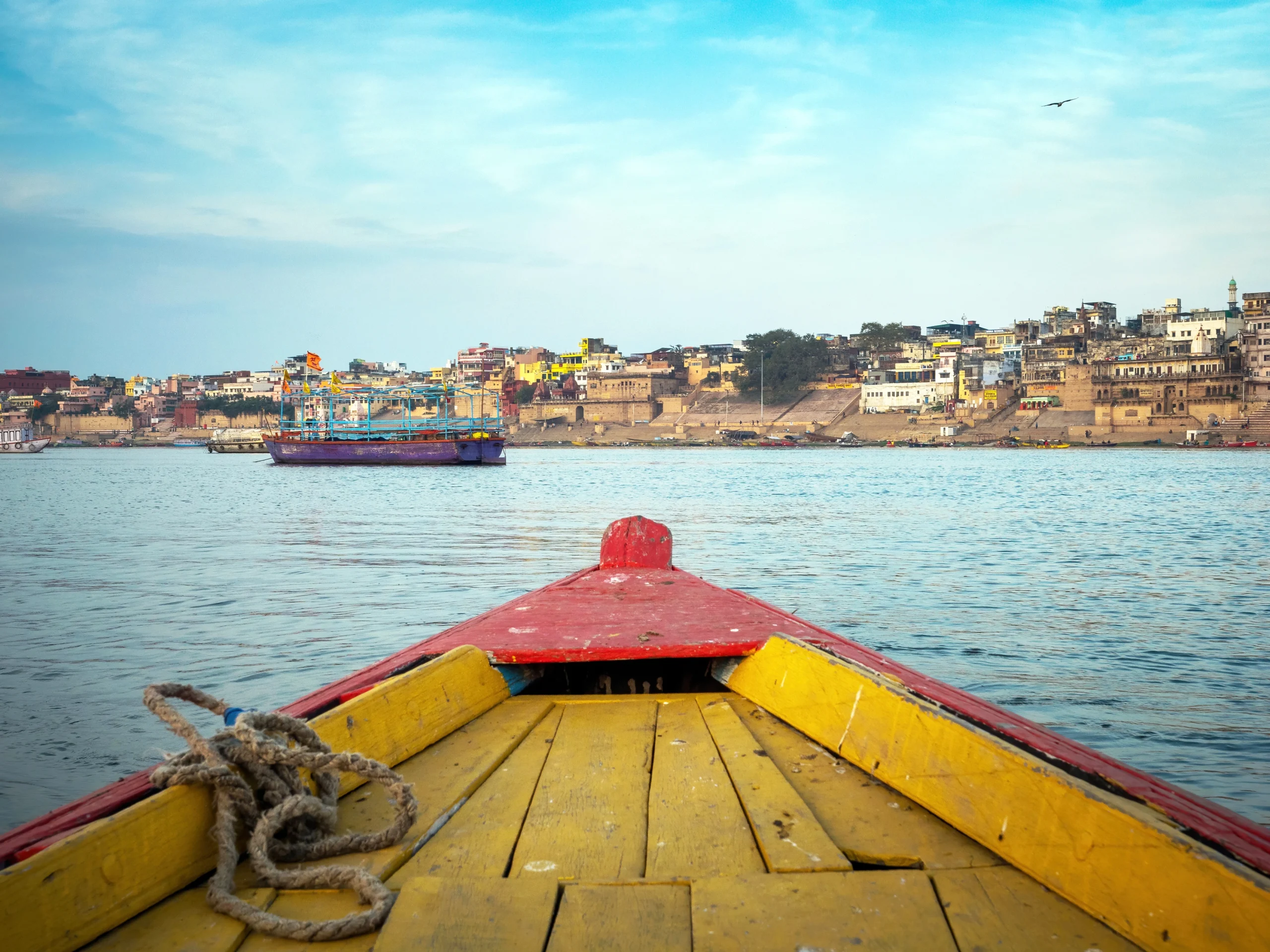
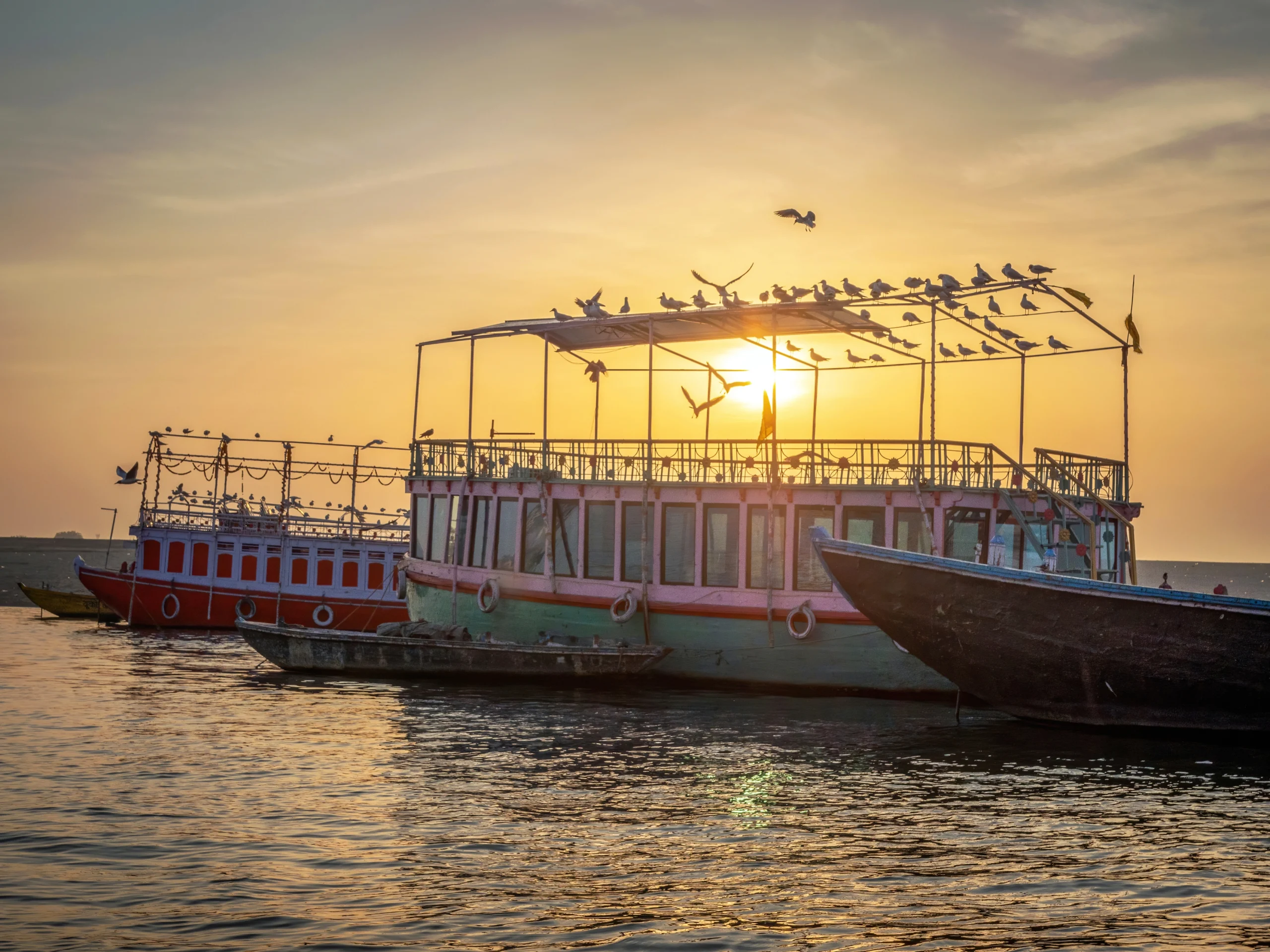
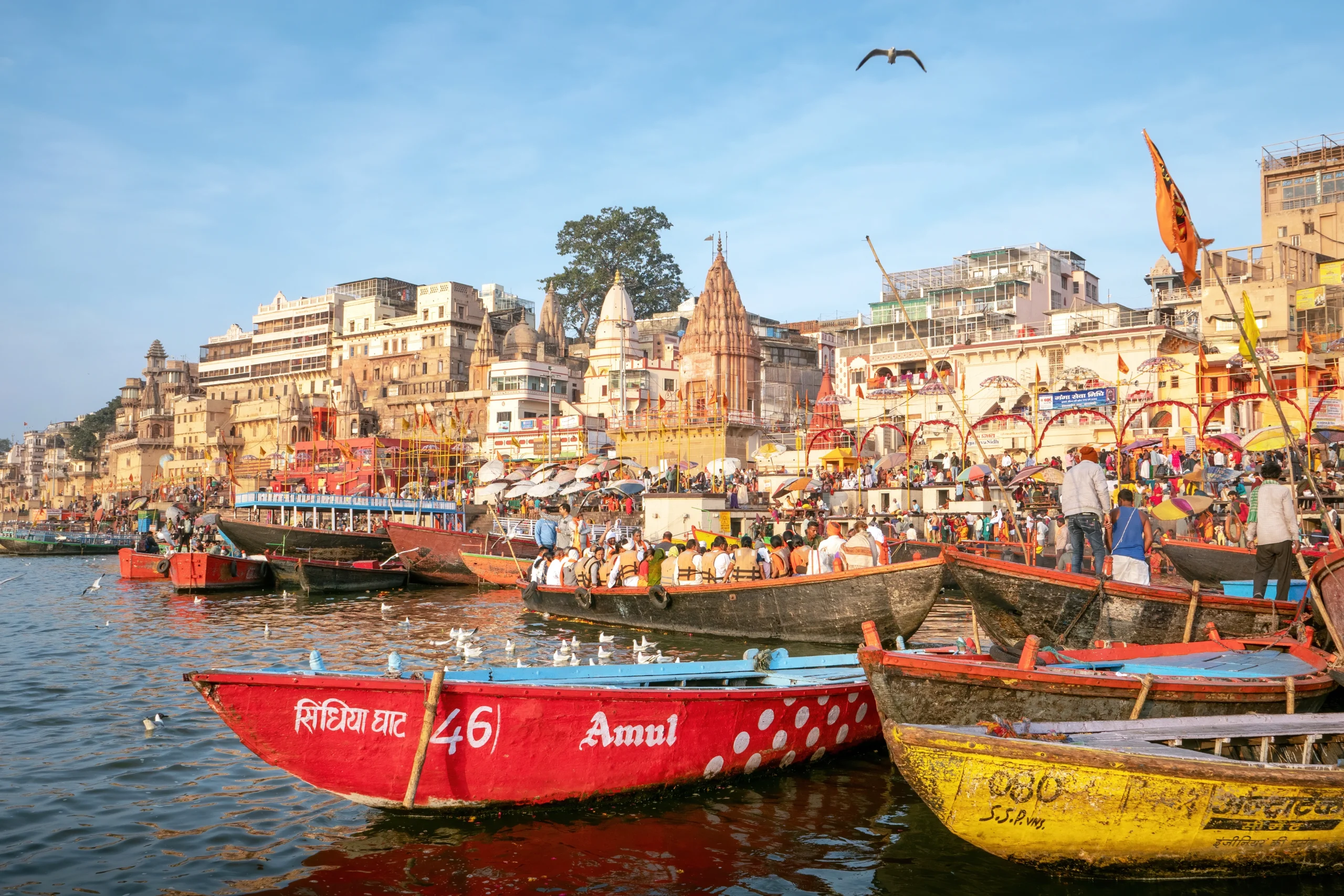
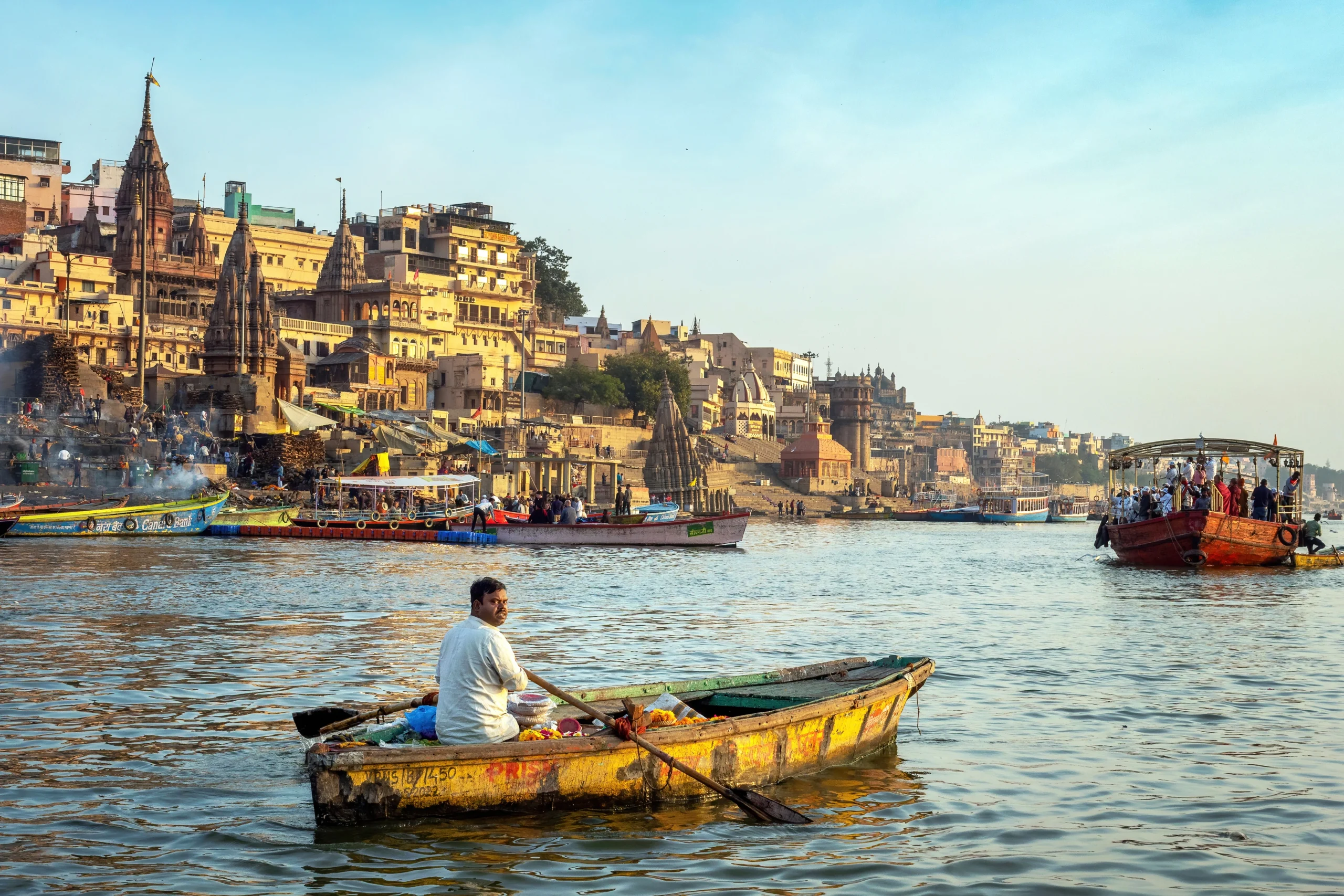
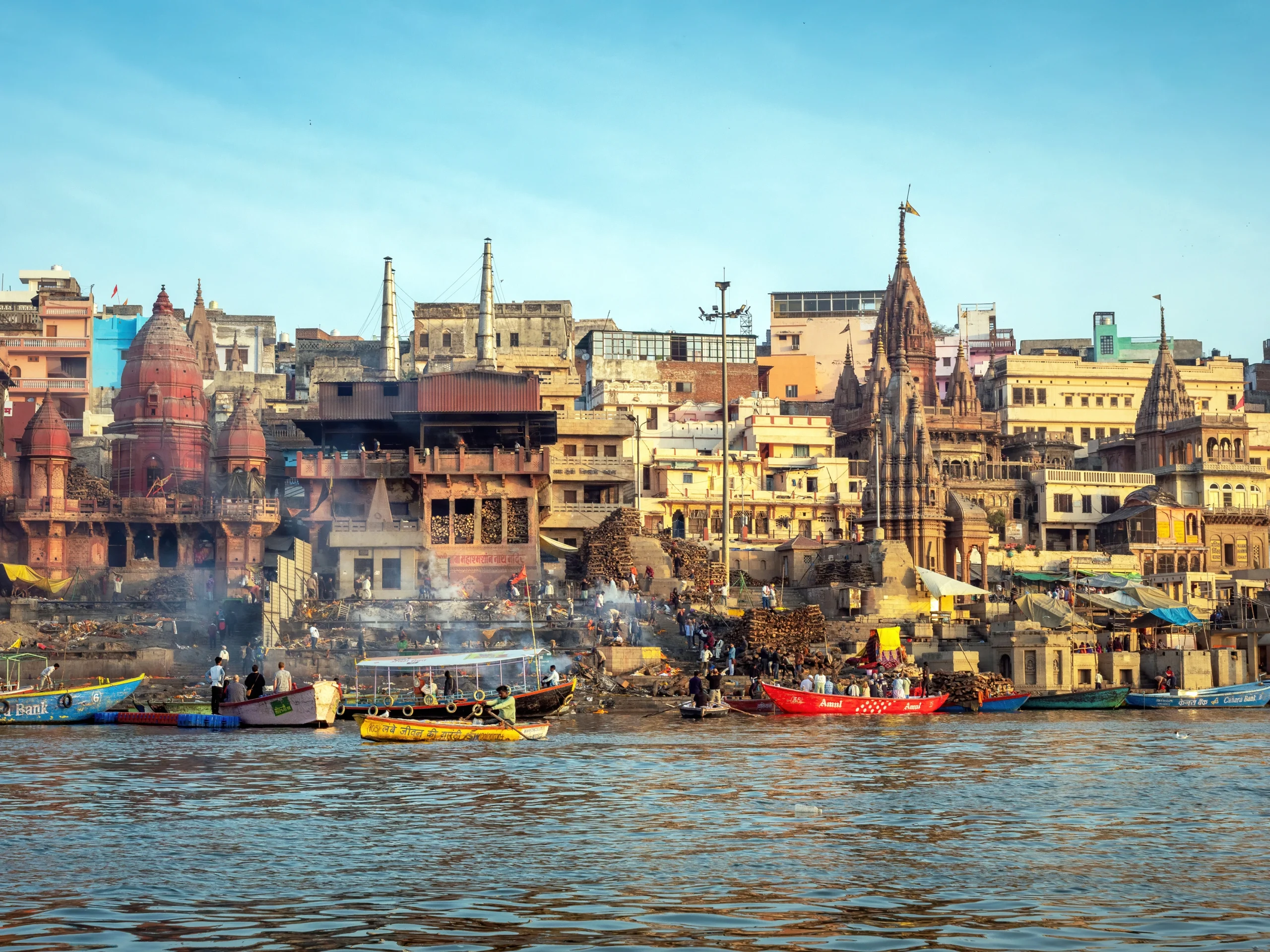
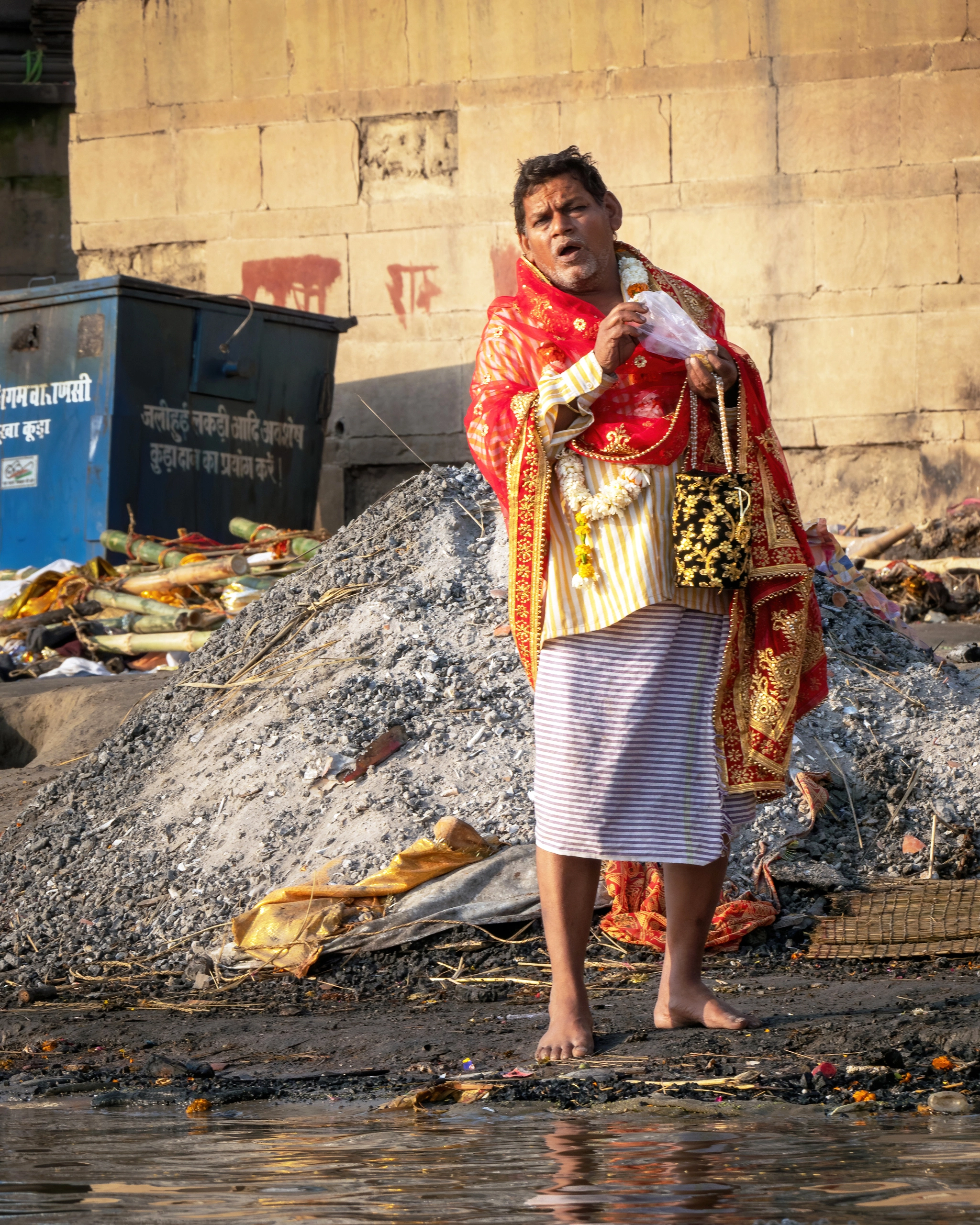
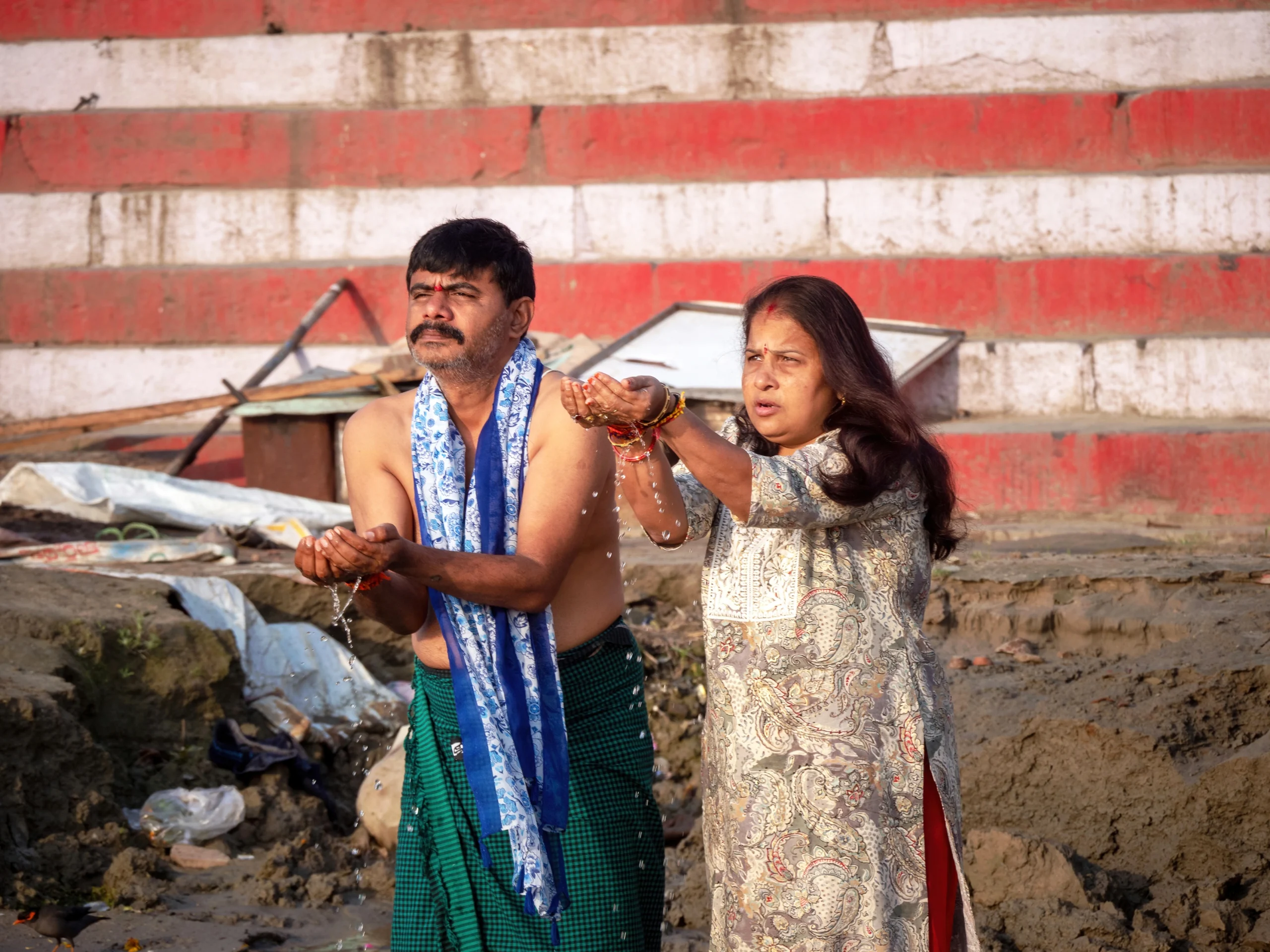
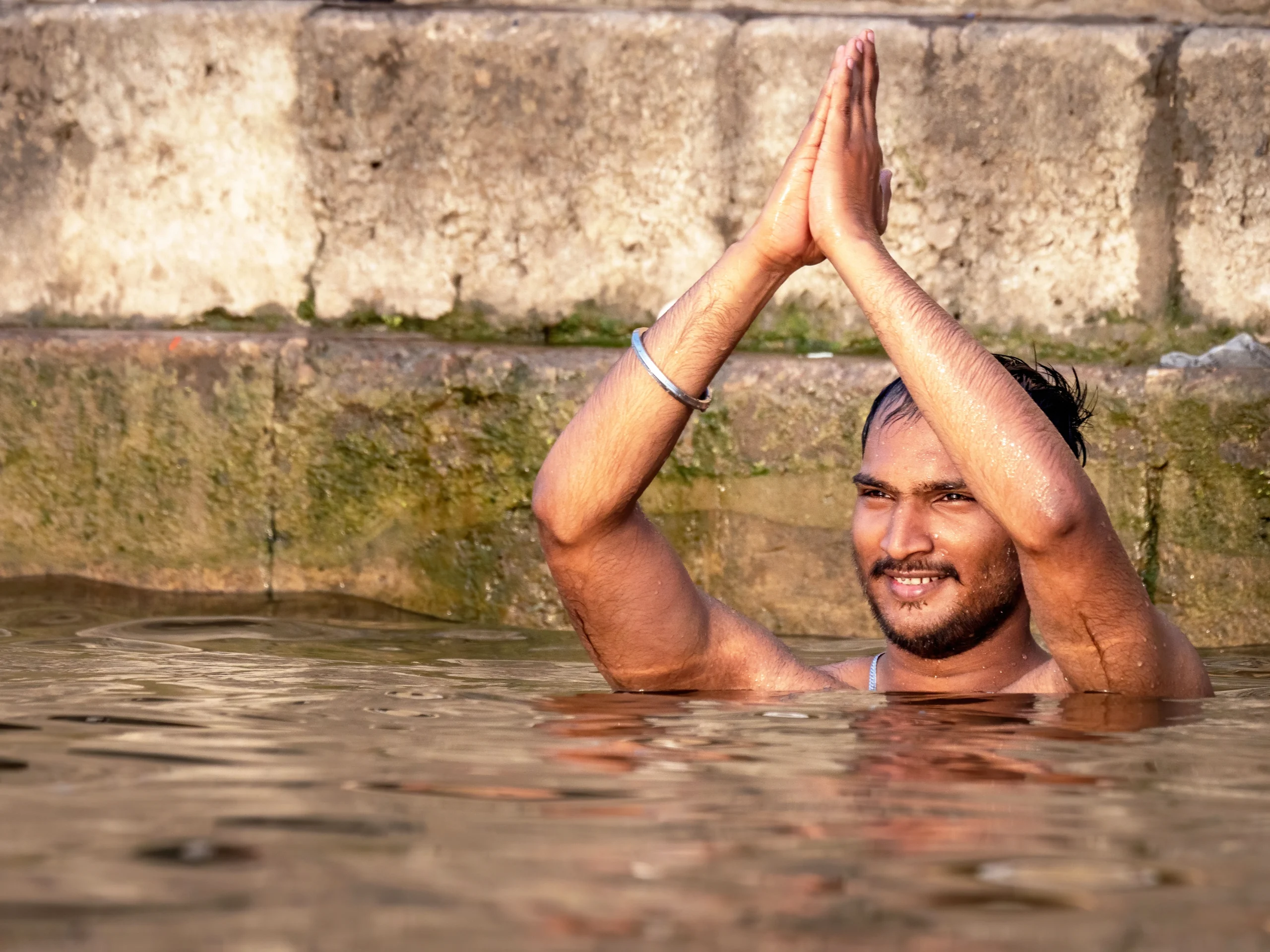
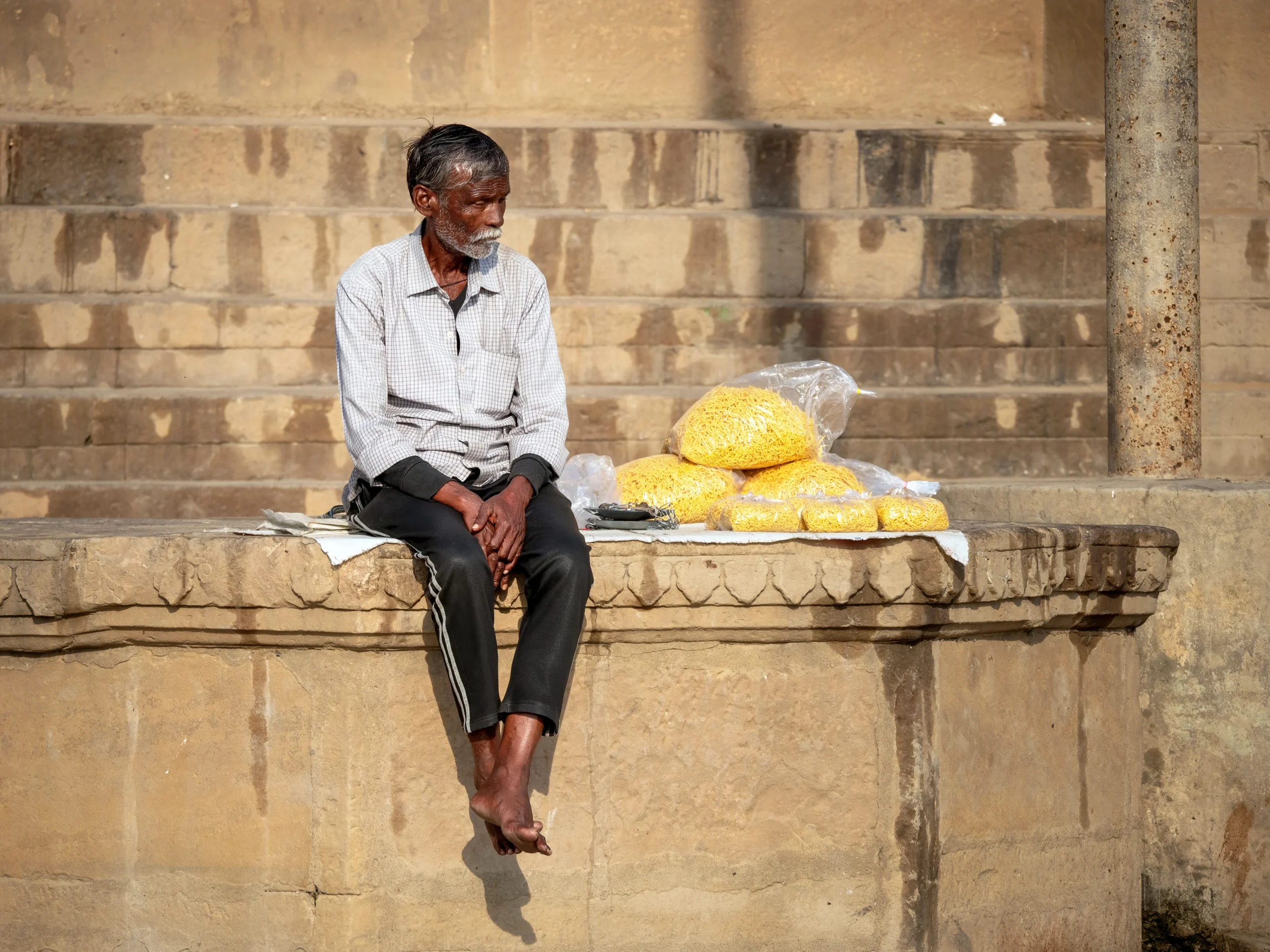
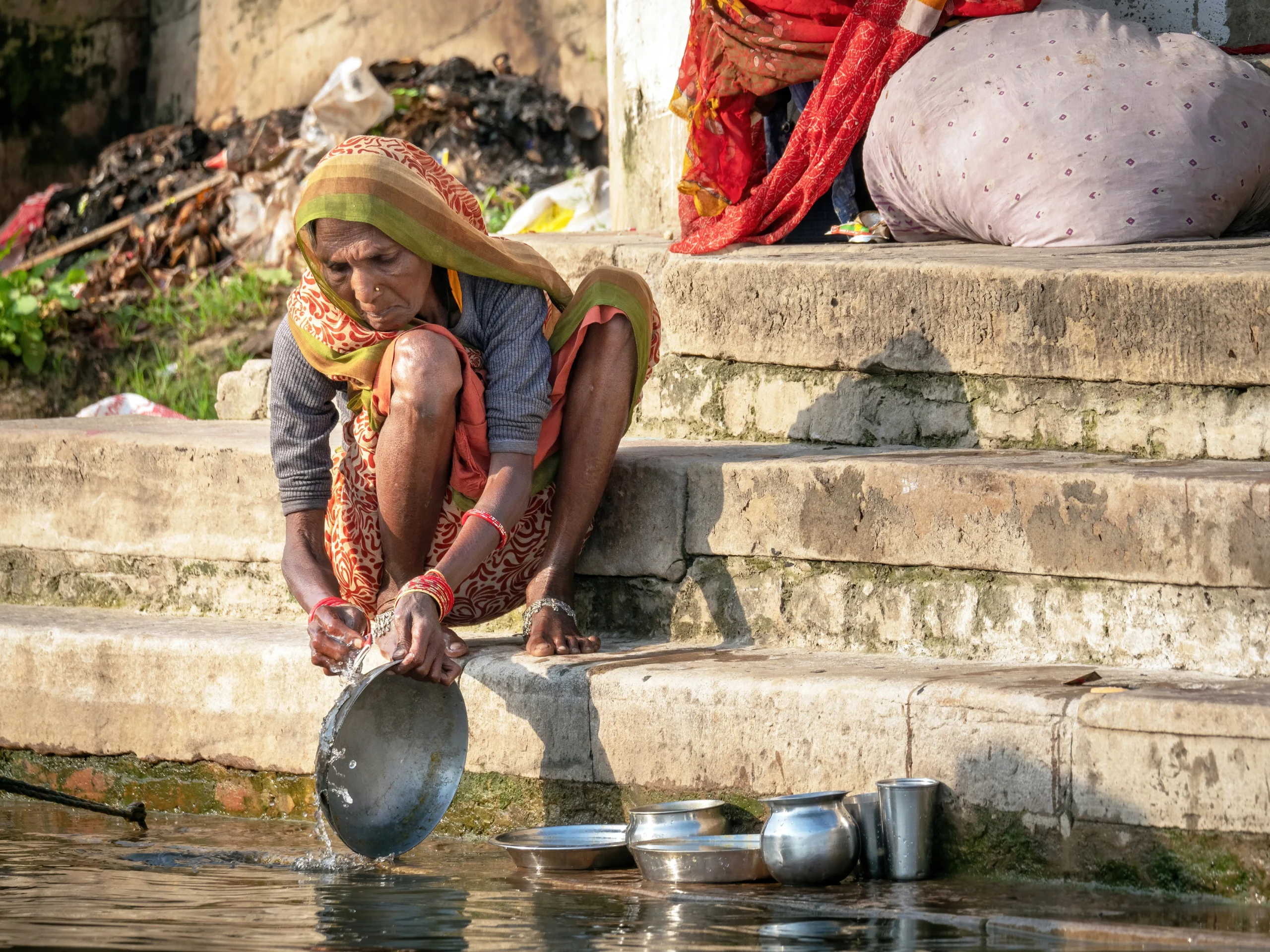
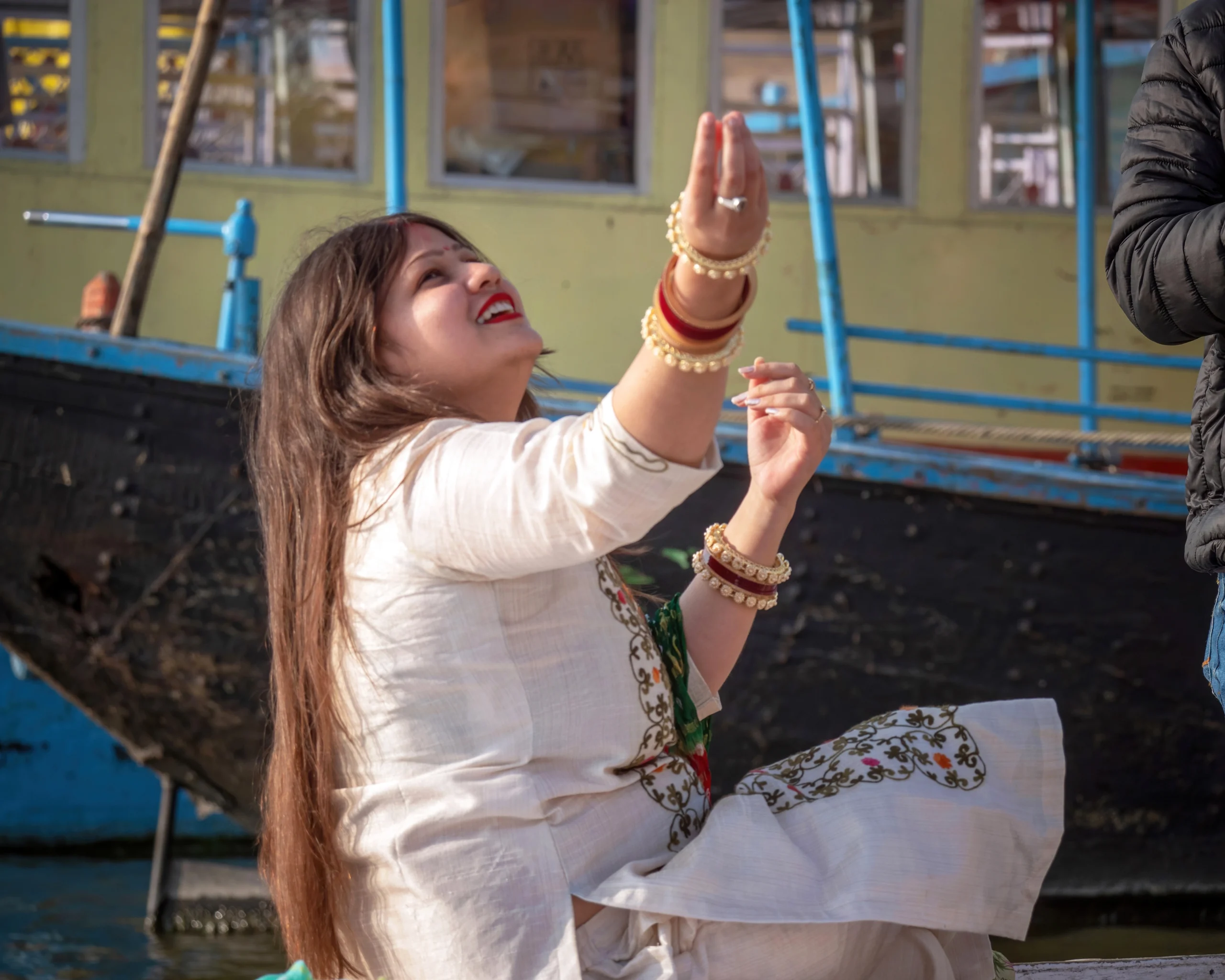
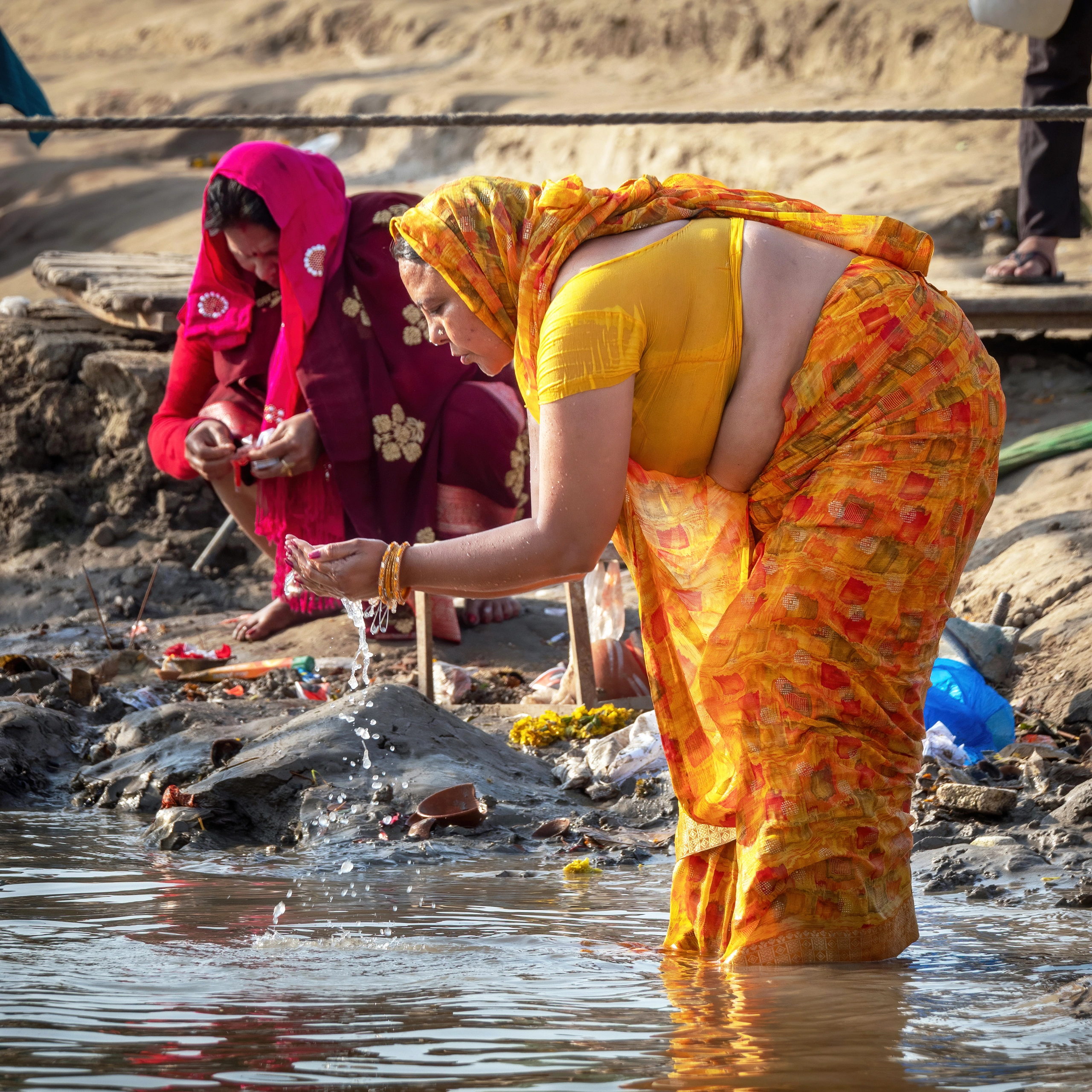
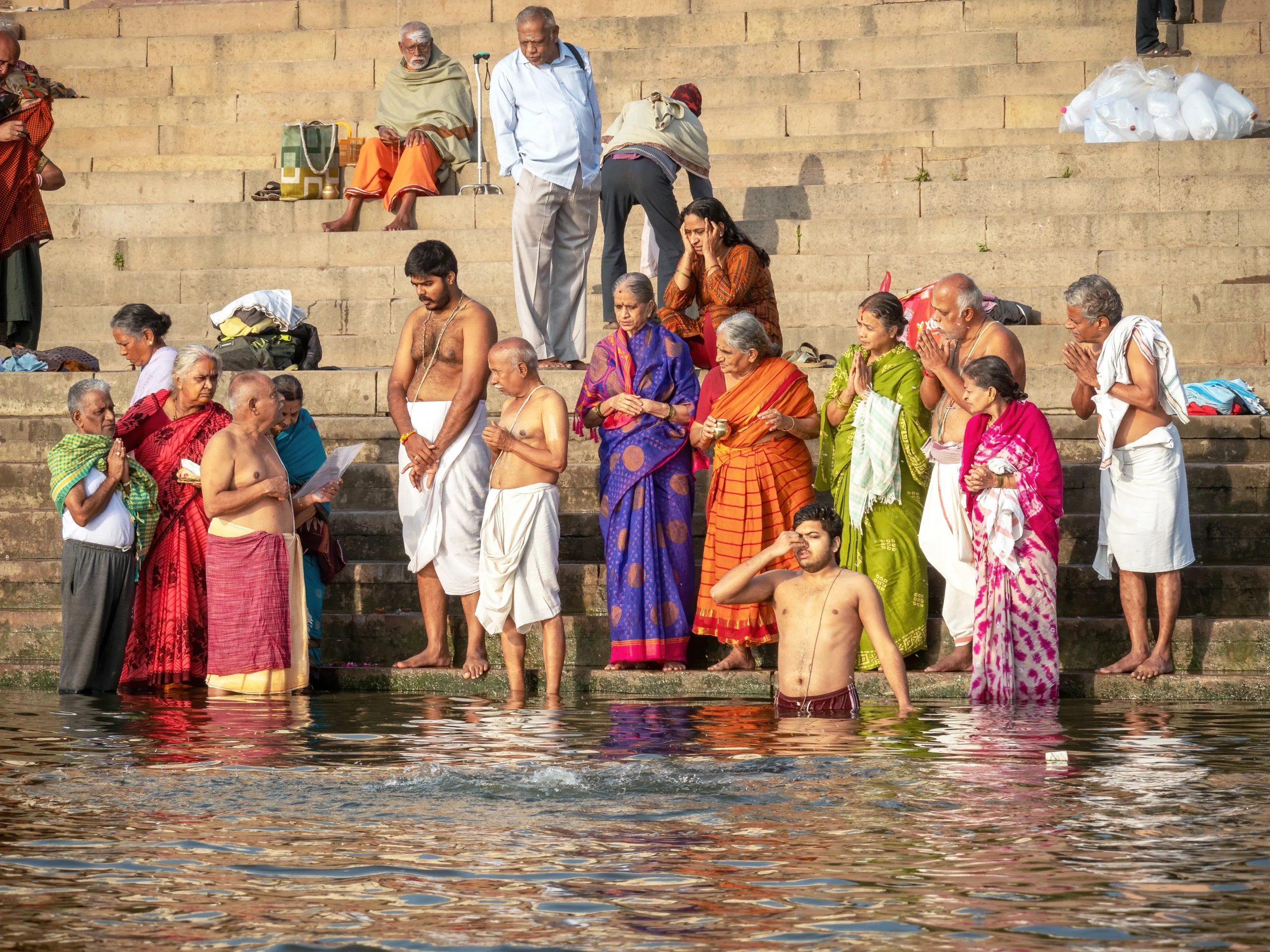
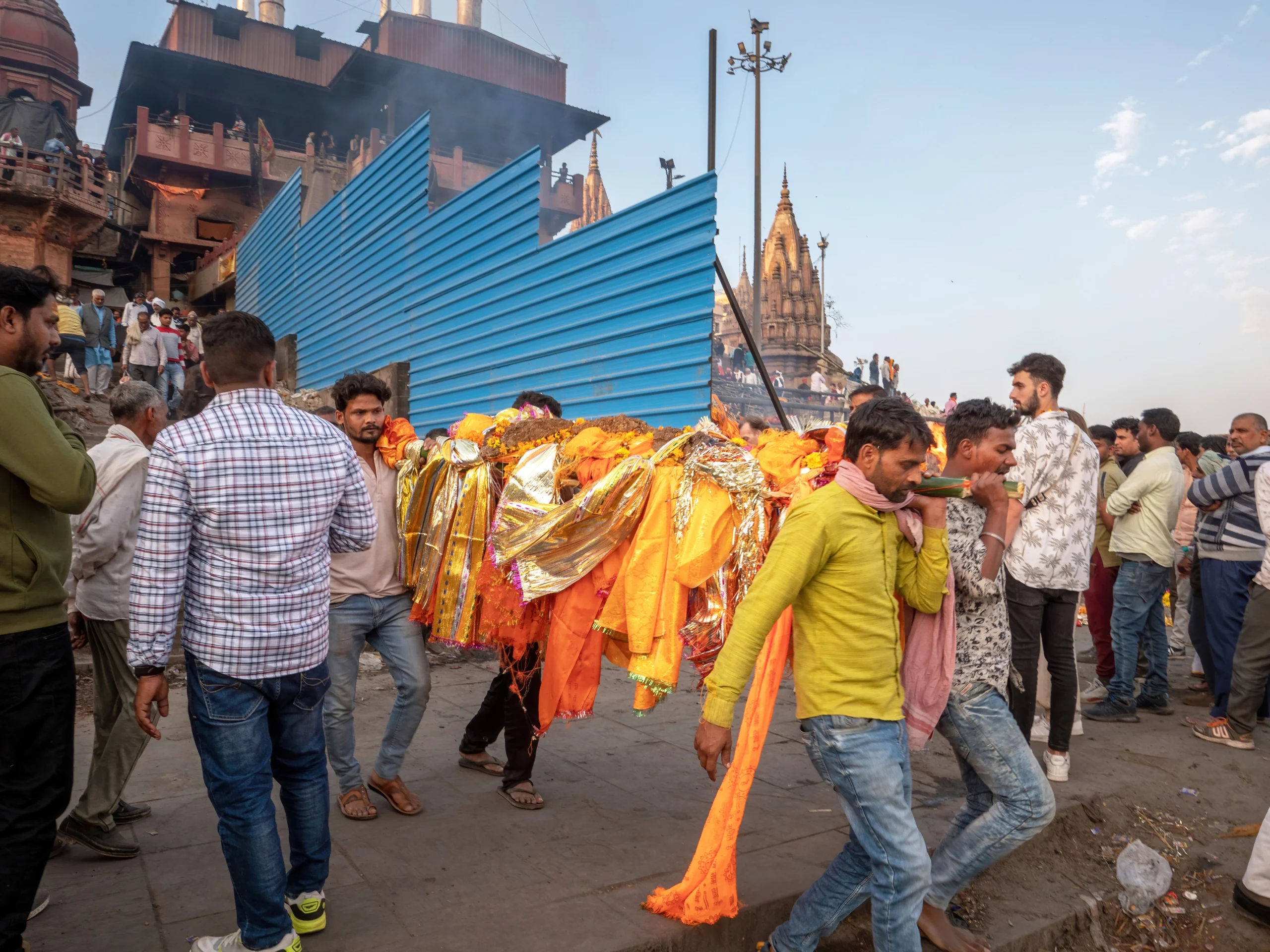
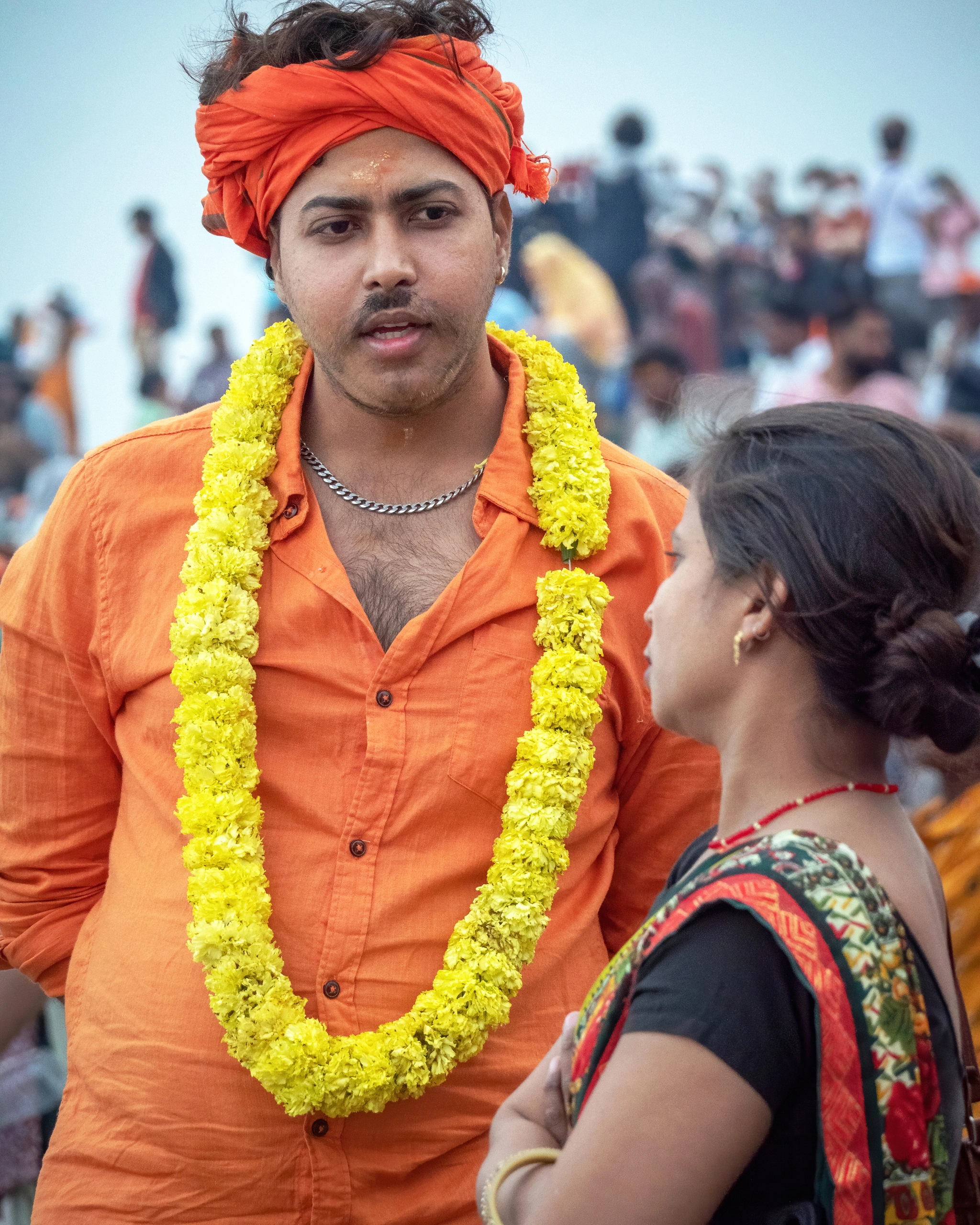
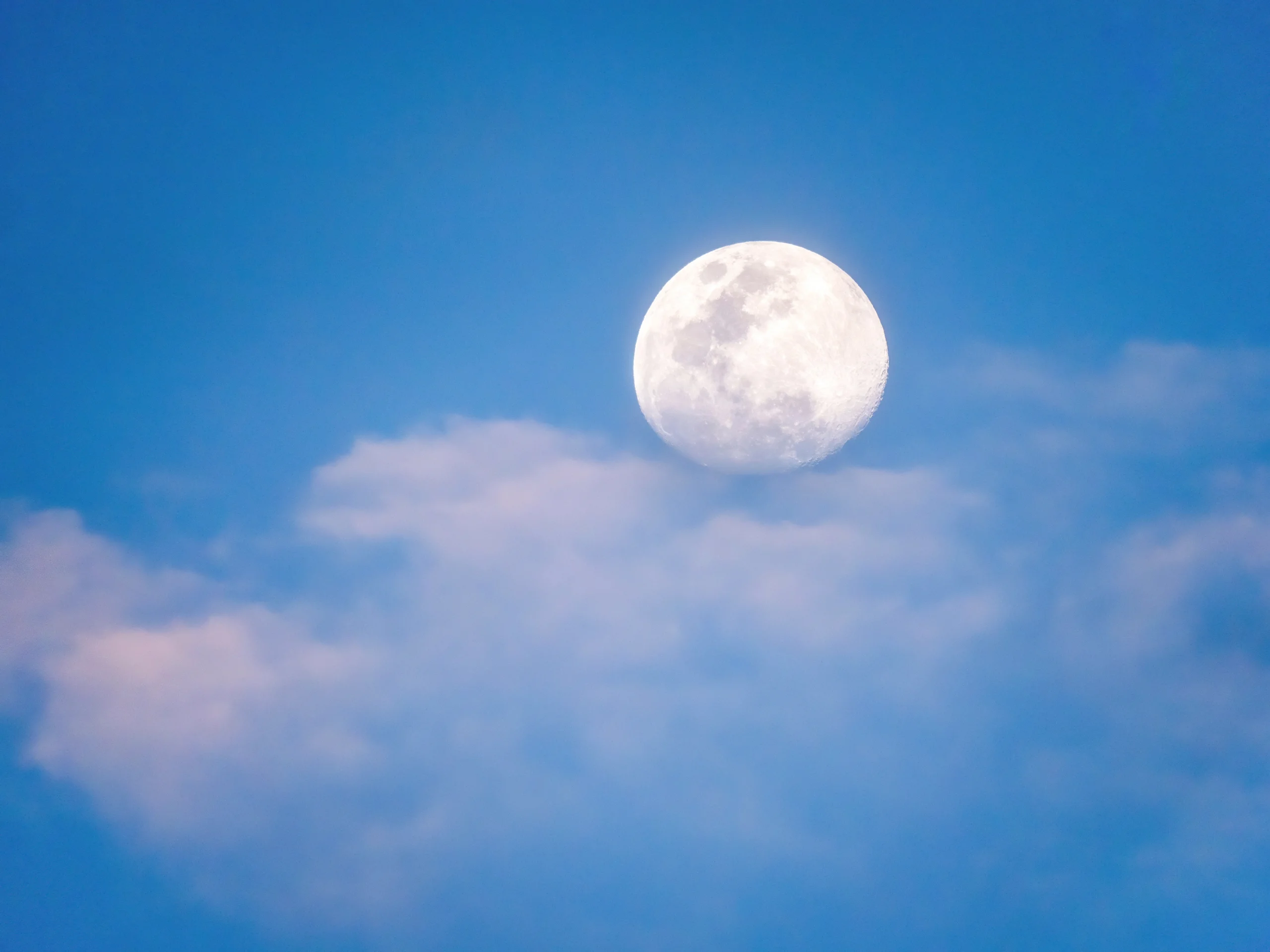
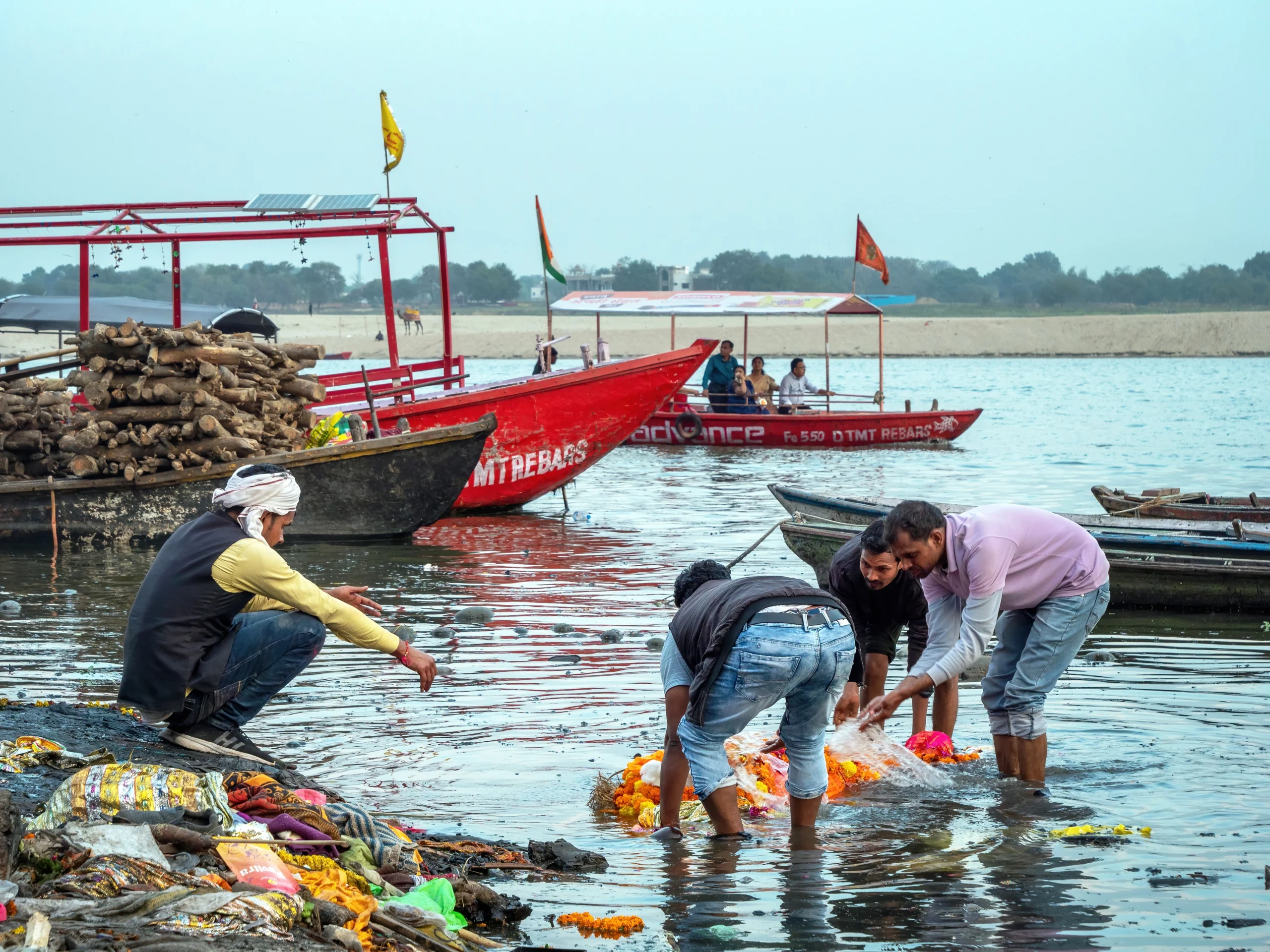
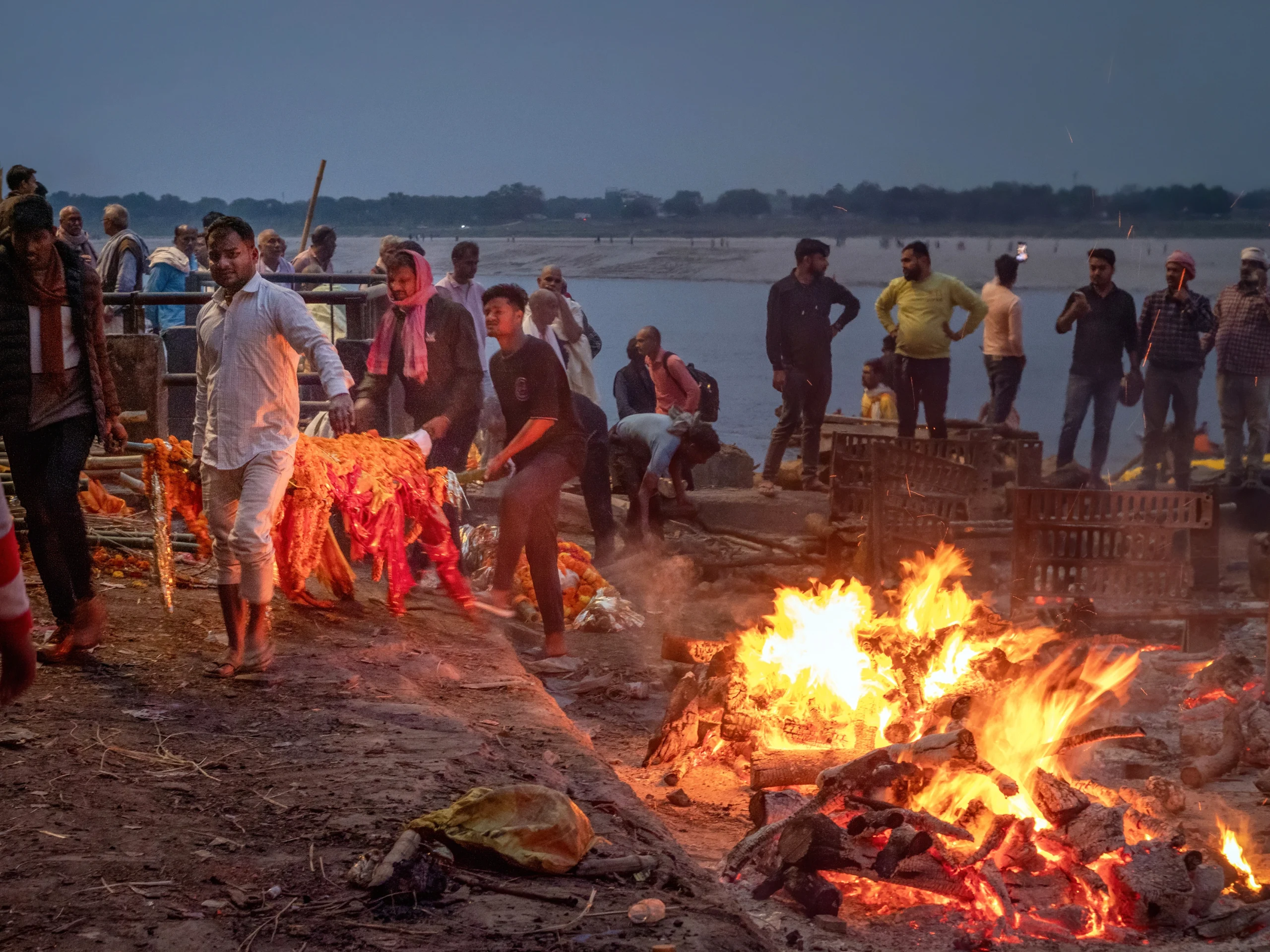
Evan, I really enjoyed each and every photo. I especially loved the narrative and gained a different perspective on this amazing culture. Thank you for sharing this. So much time and effort was put into this. You have amazing talent!!!!!!